SELECTION OF WORKS
(2014 – 2025)
Last update took place on Wednesday, October 1st, 2025, at 00:19h


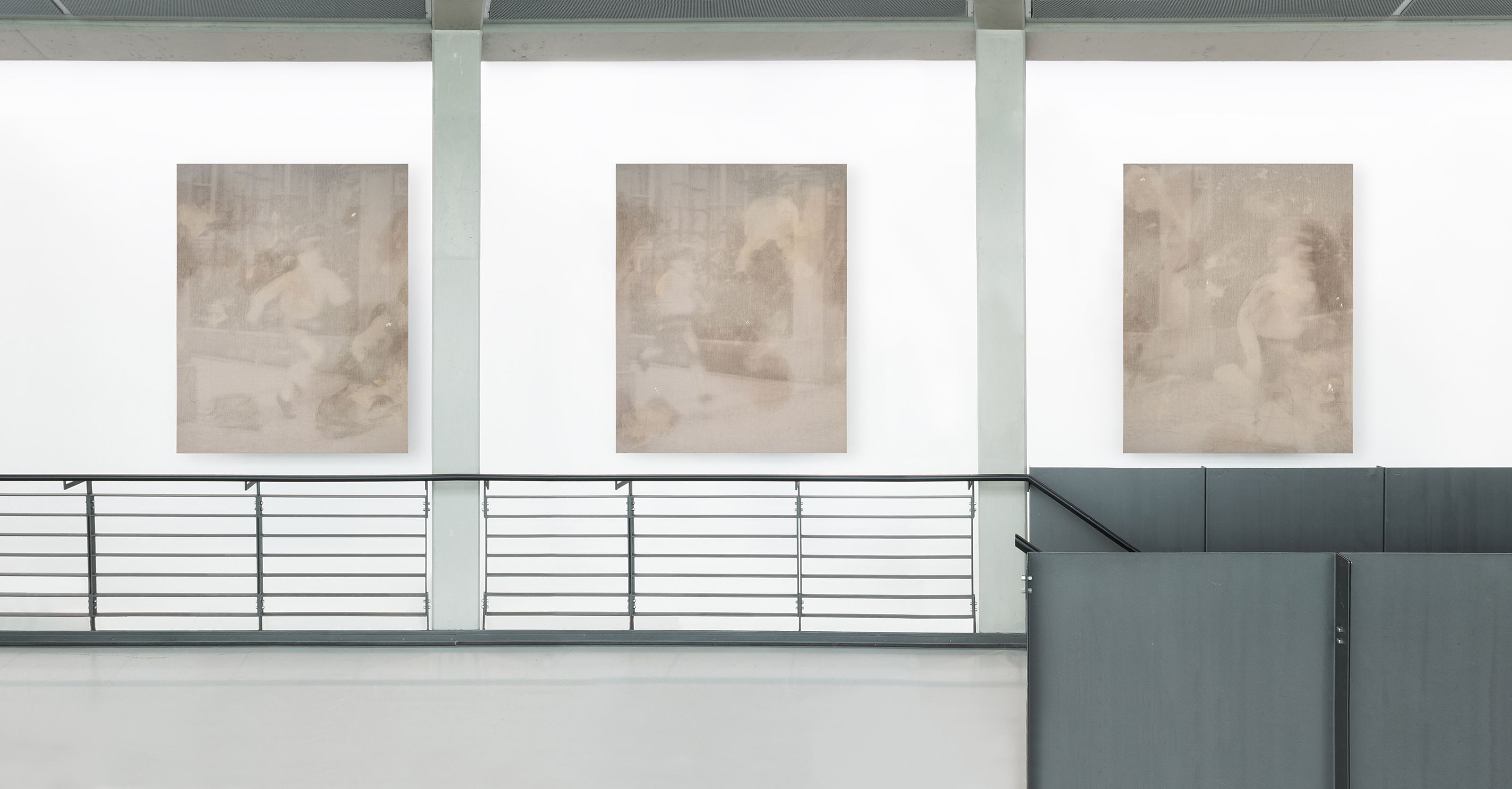
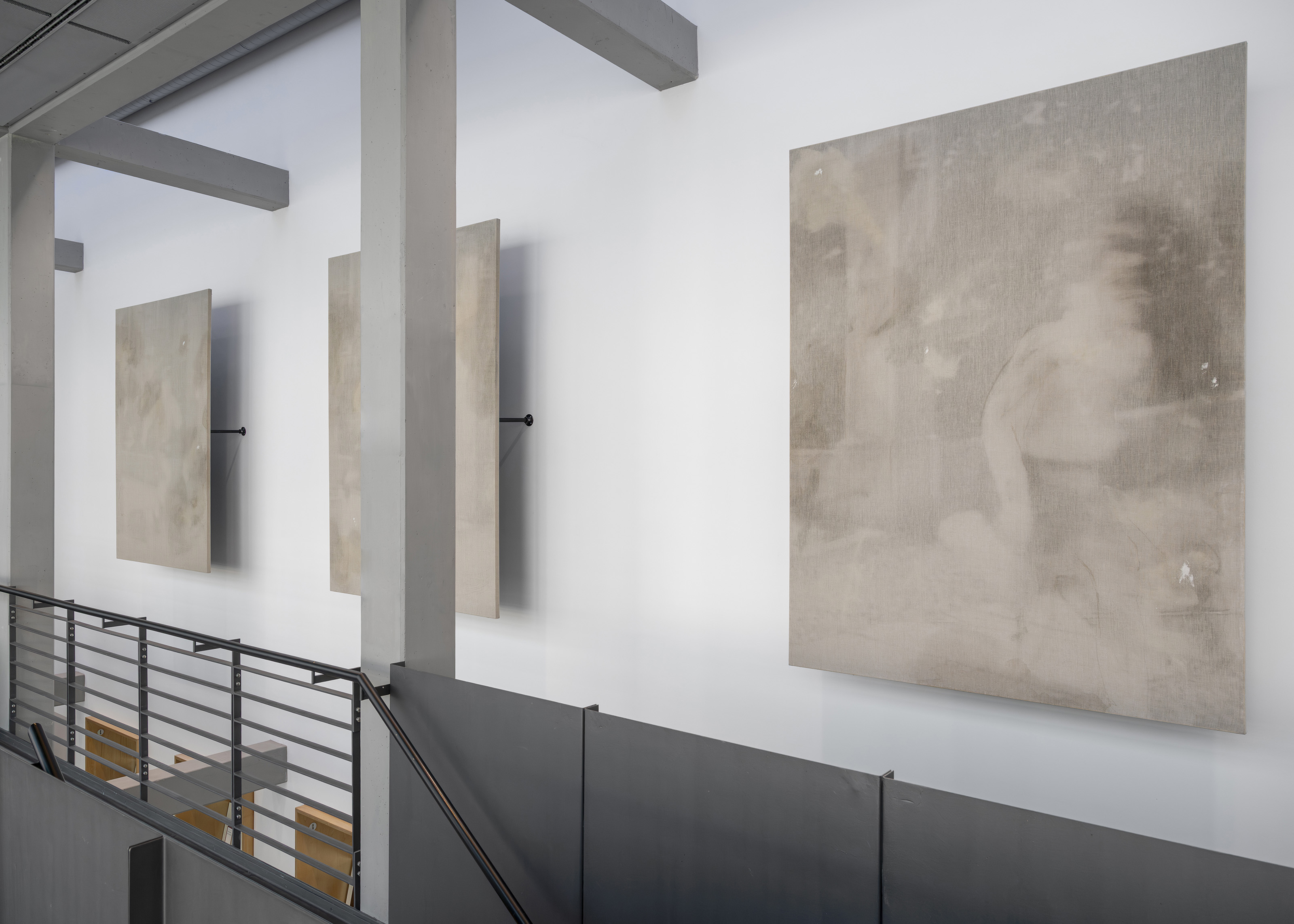
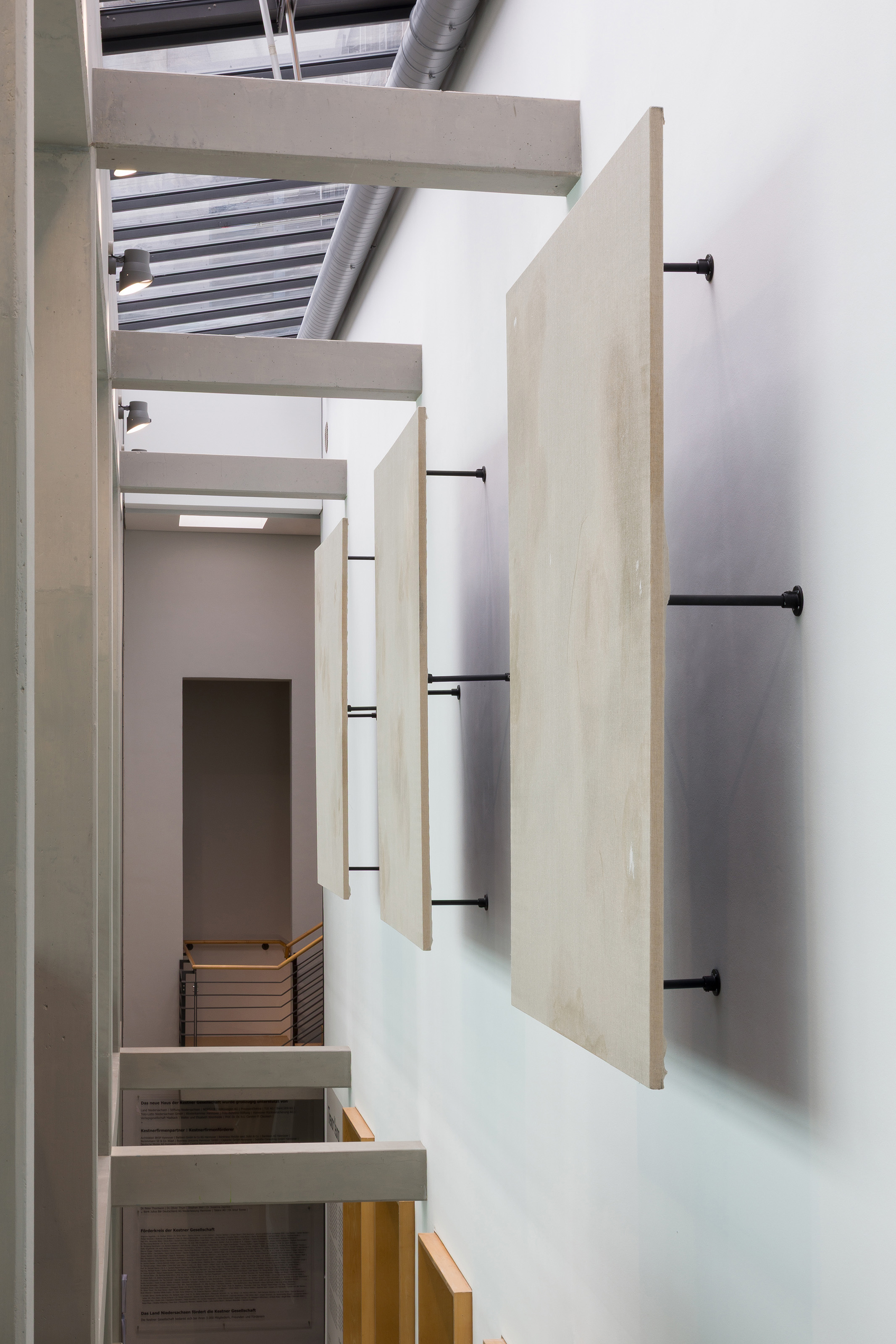
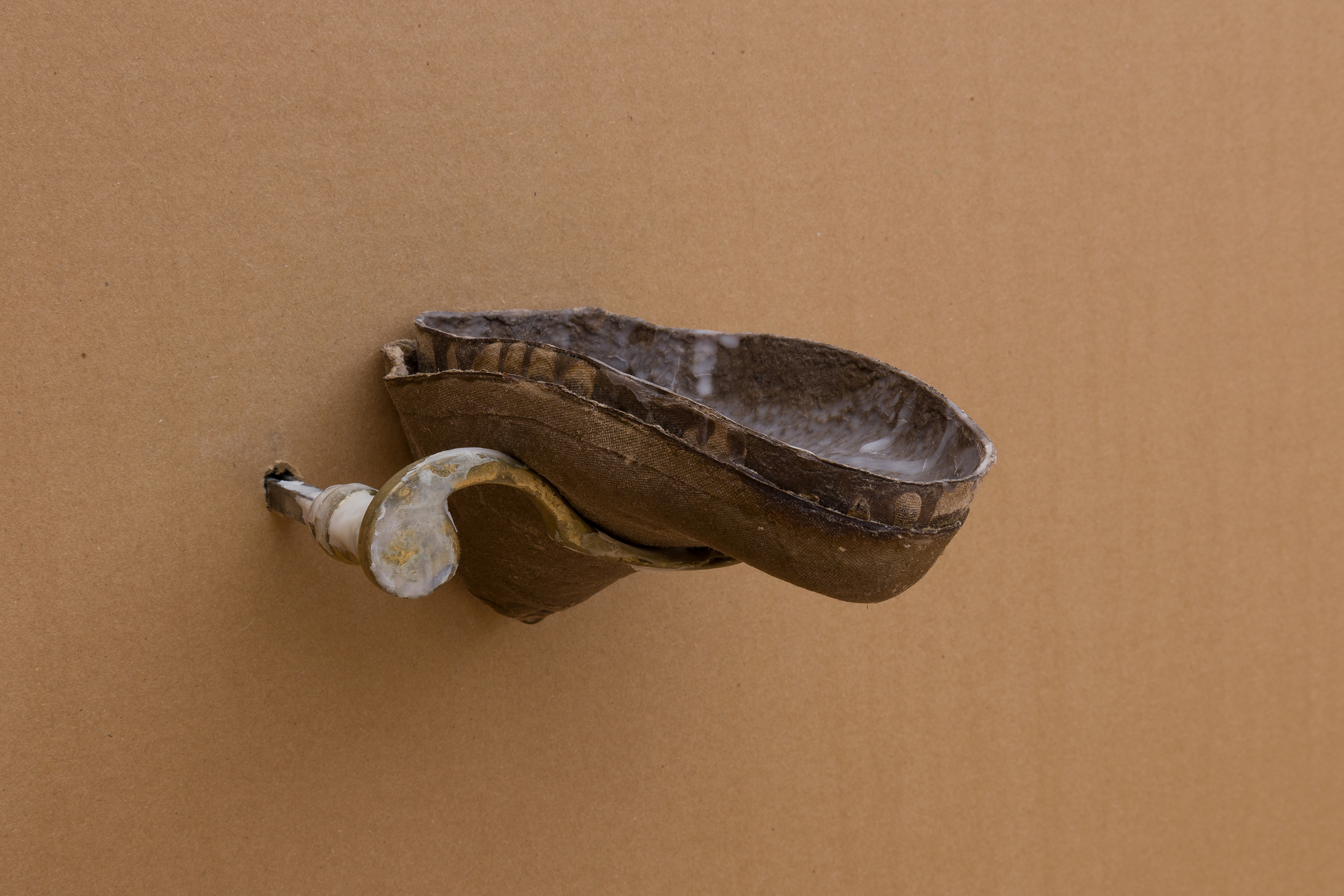
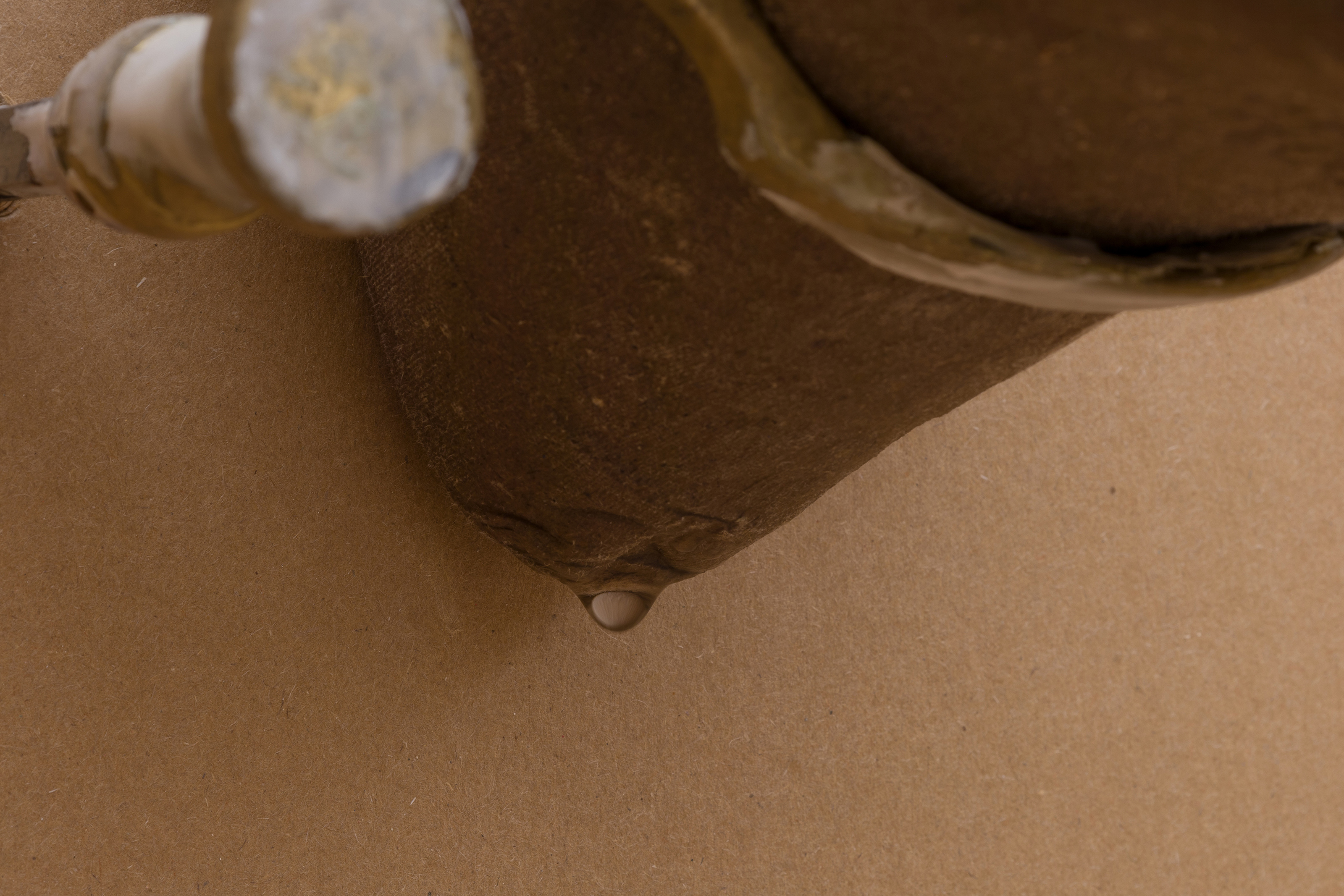
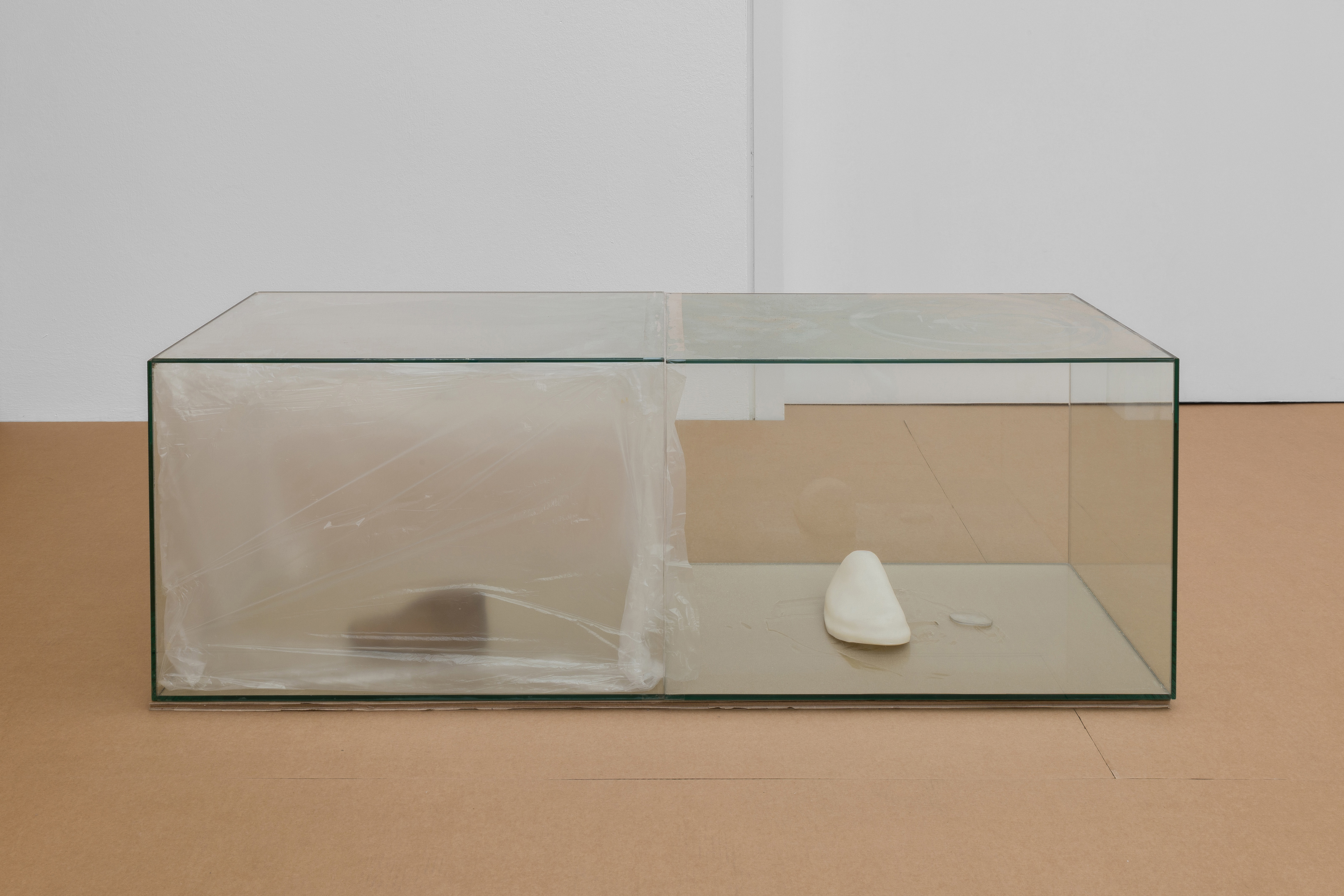
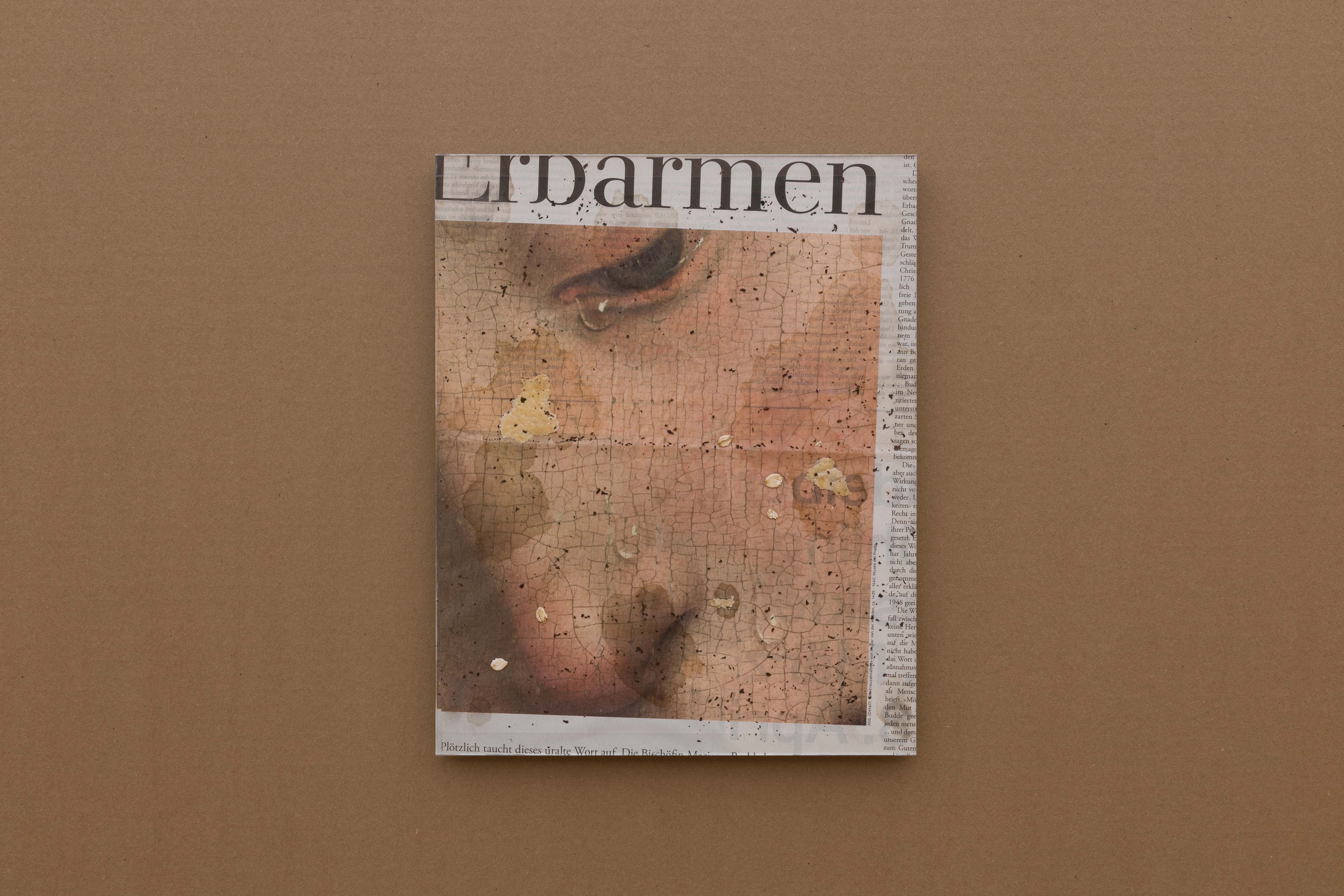
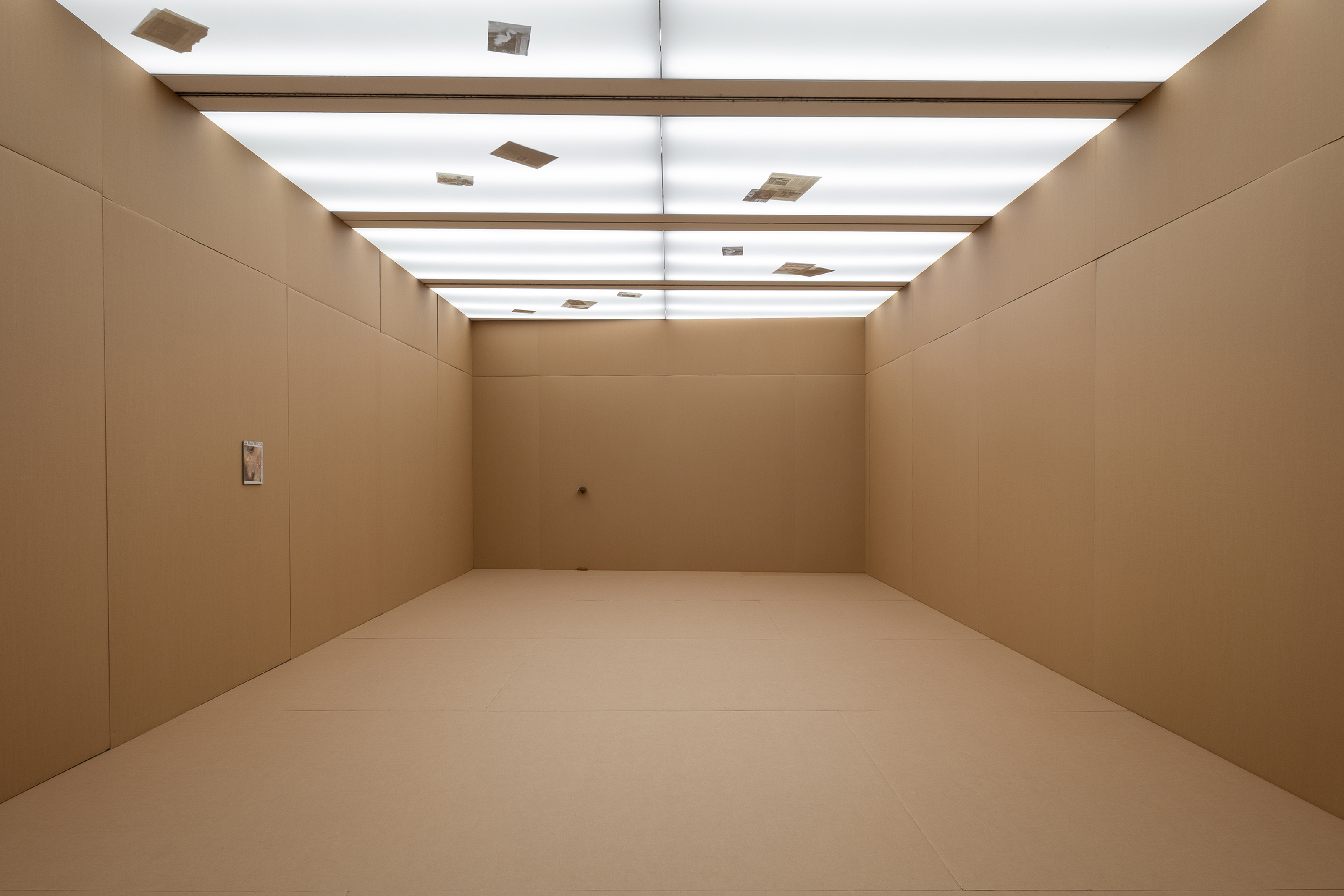
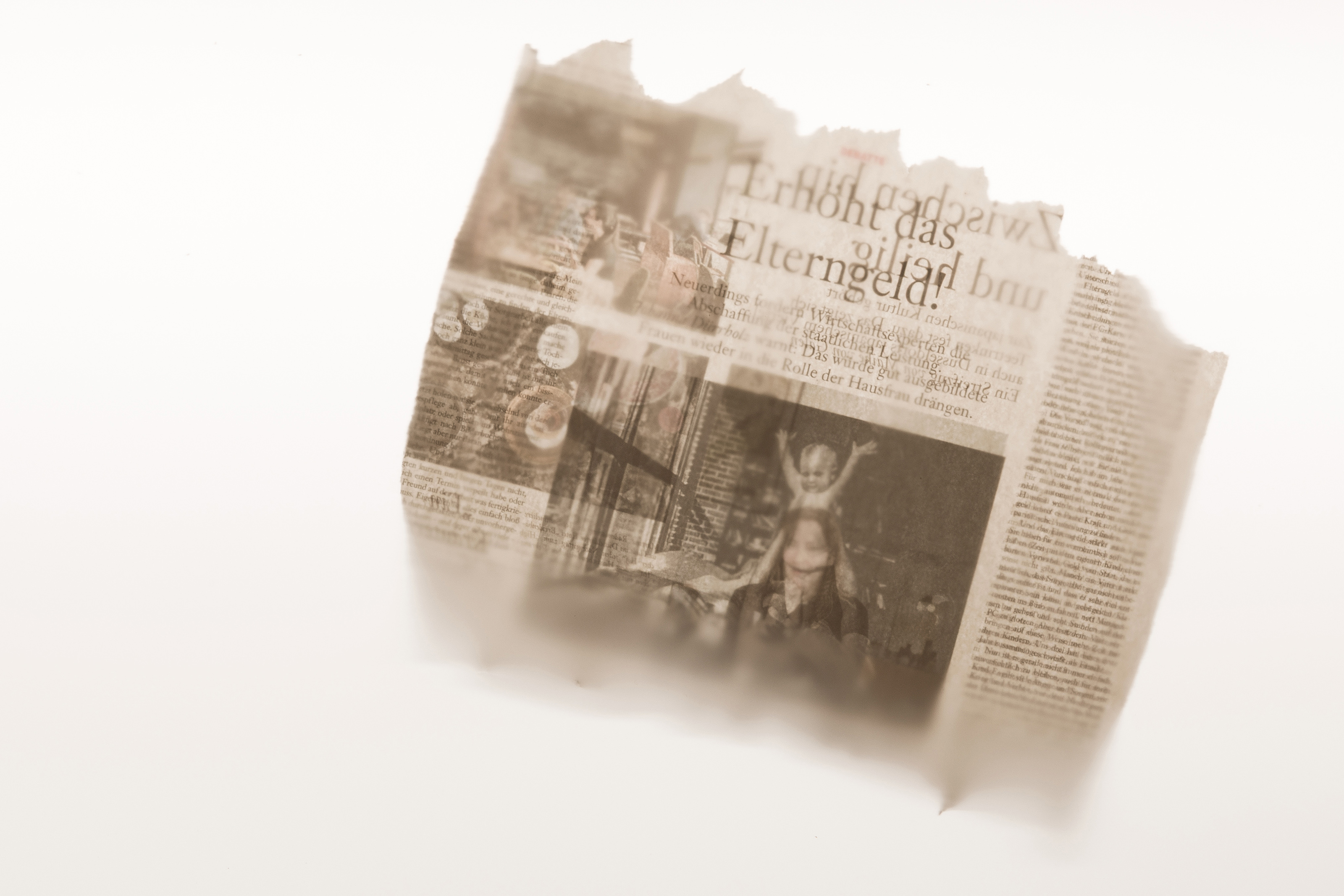
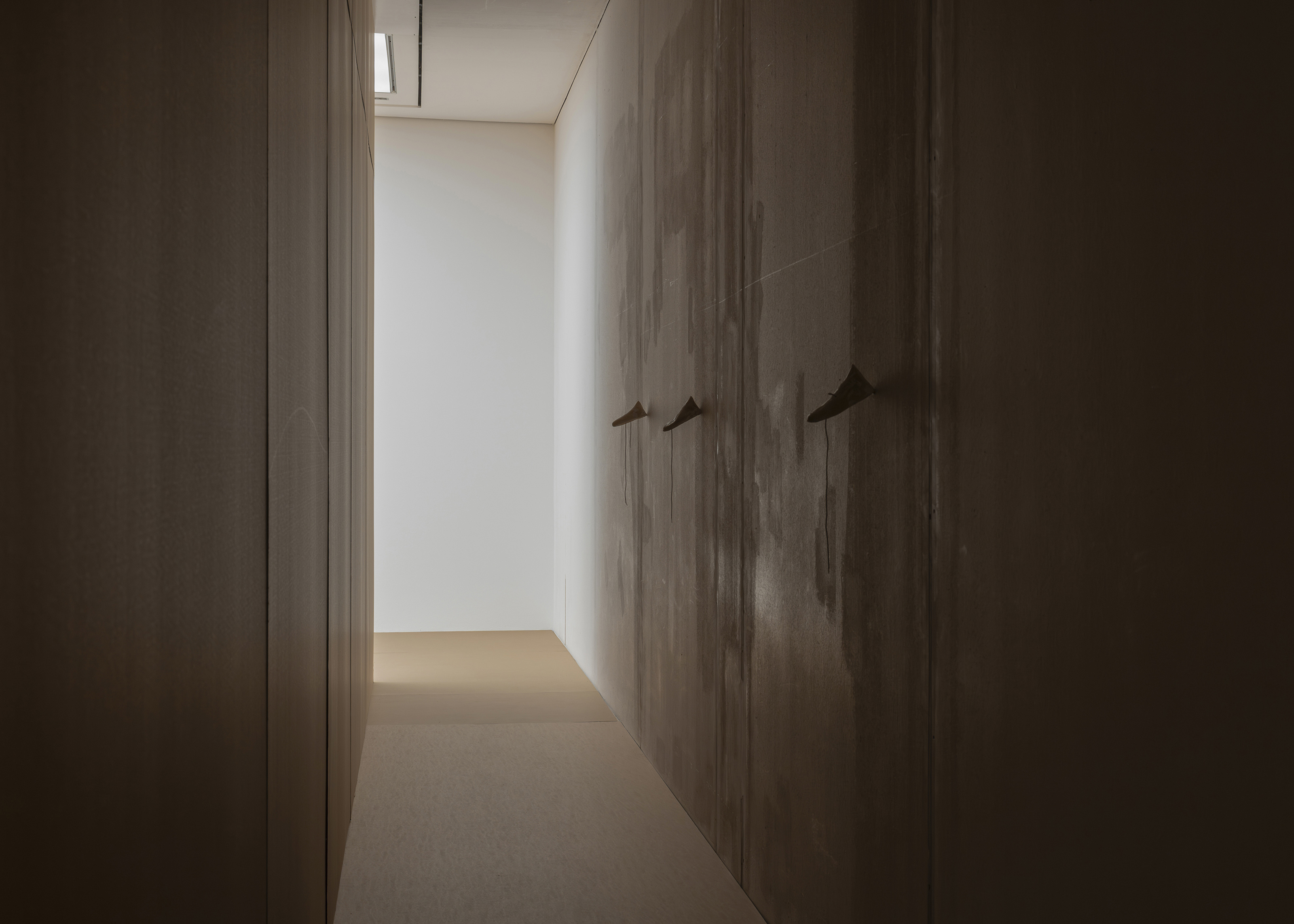
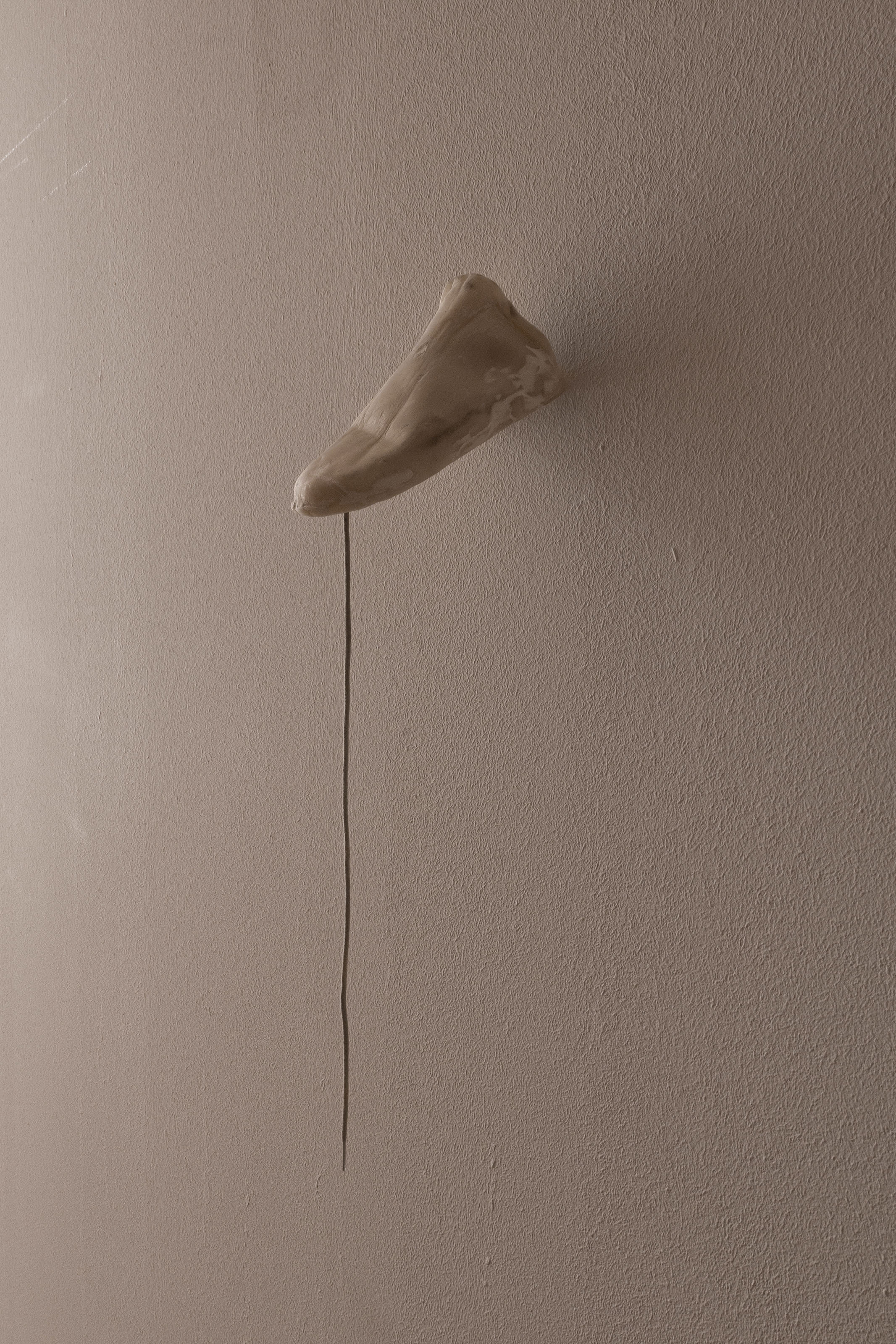
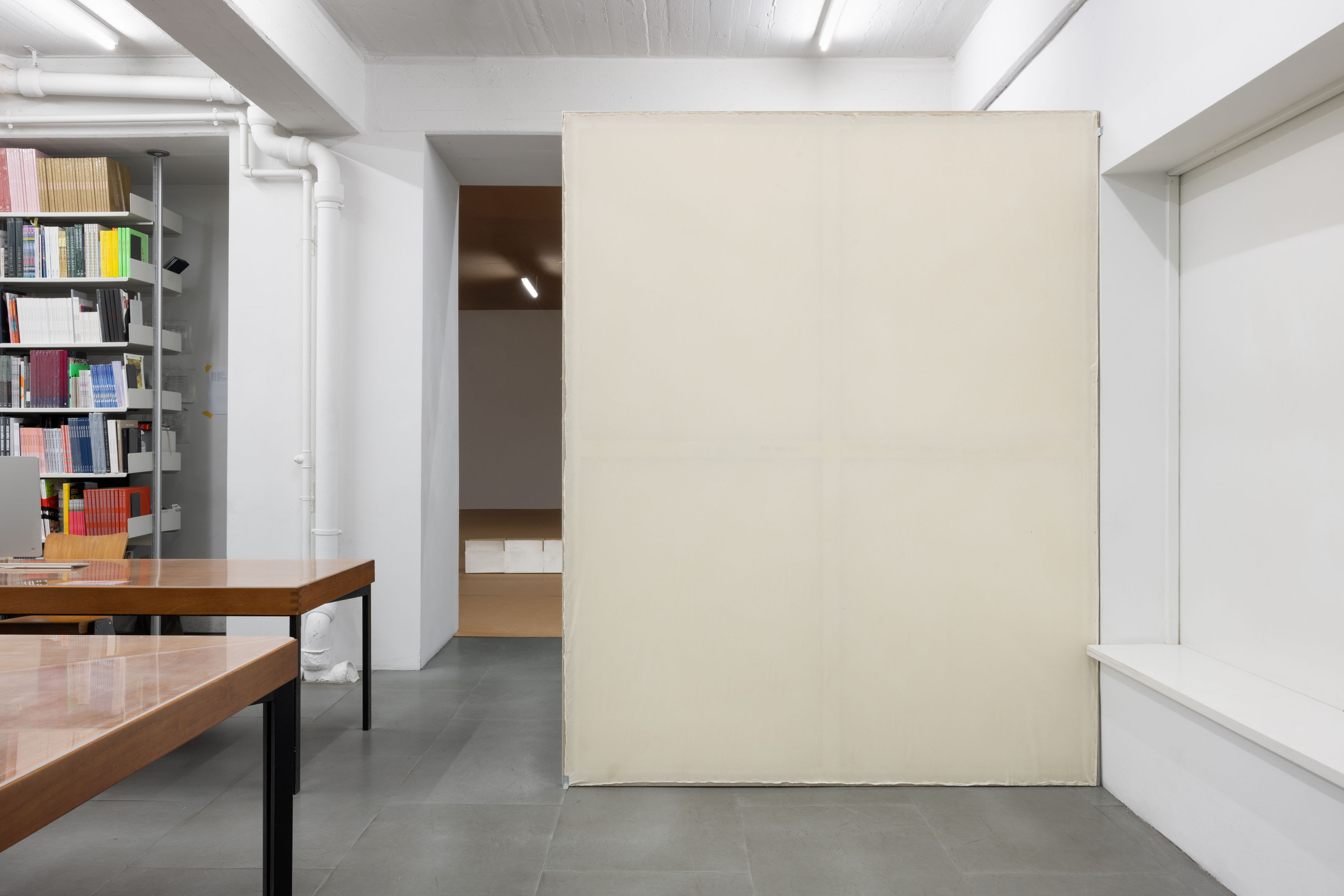
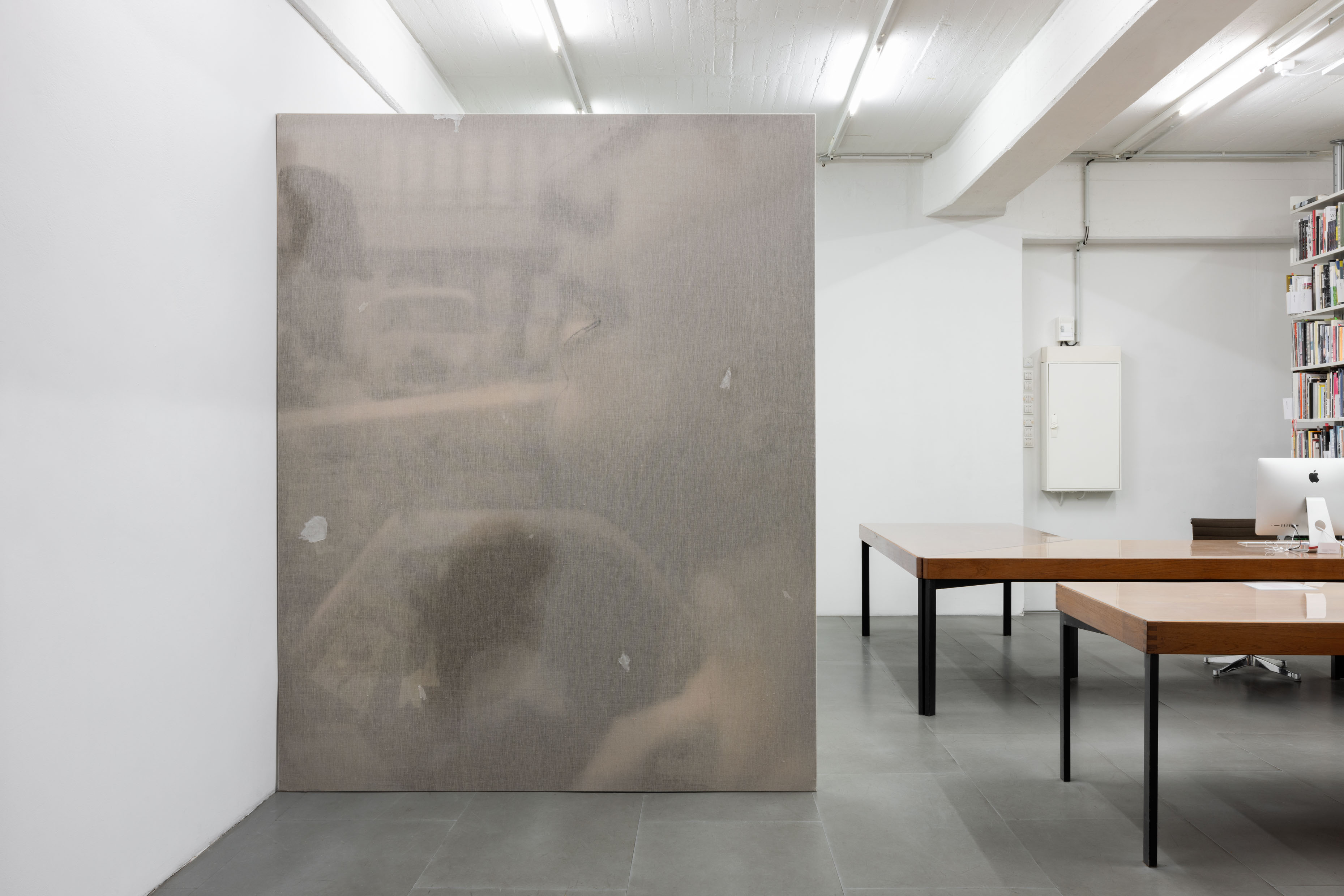
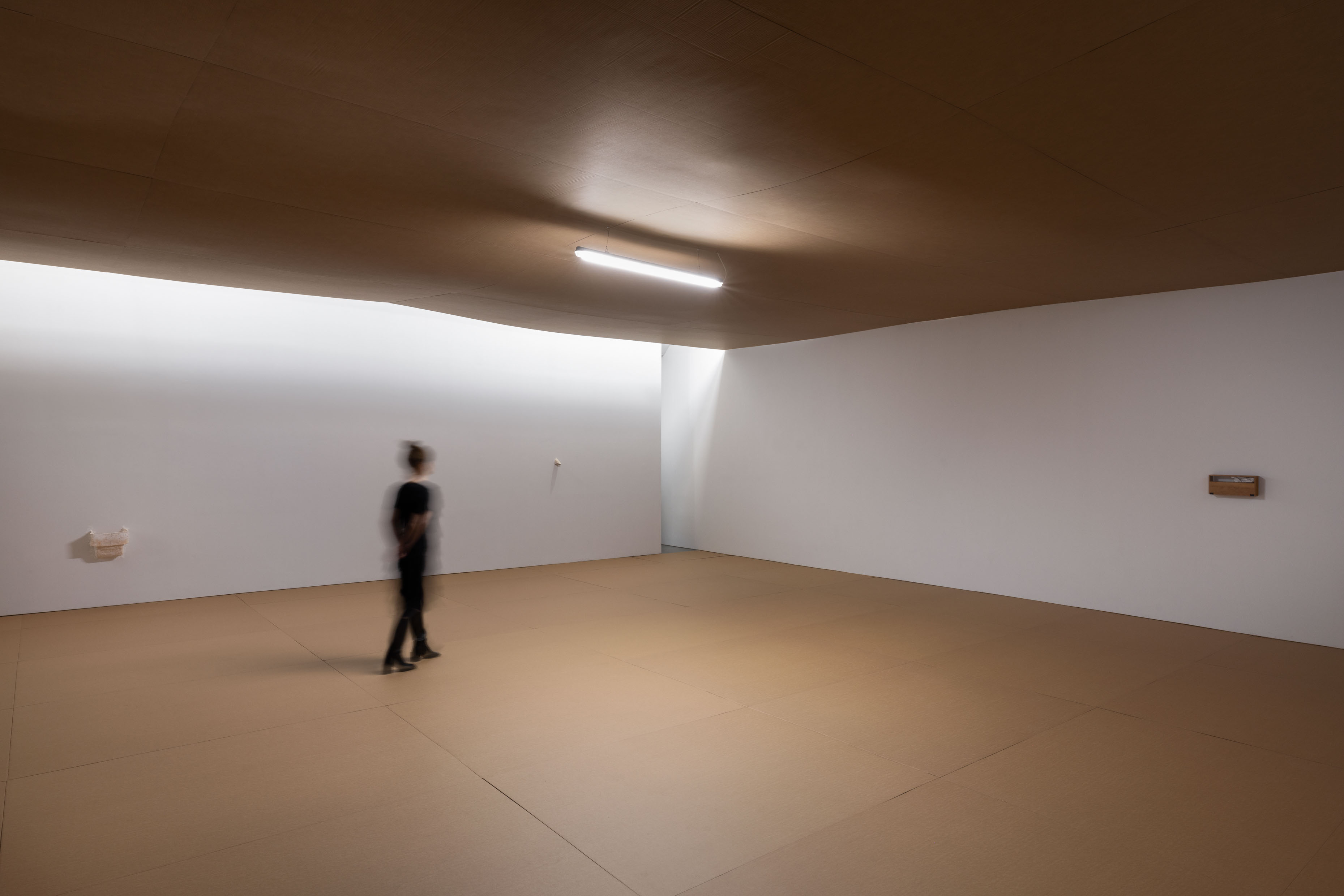

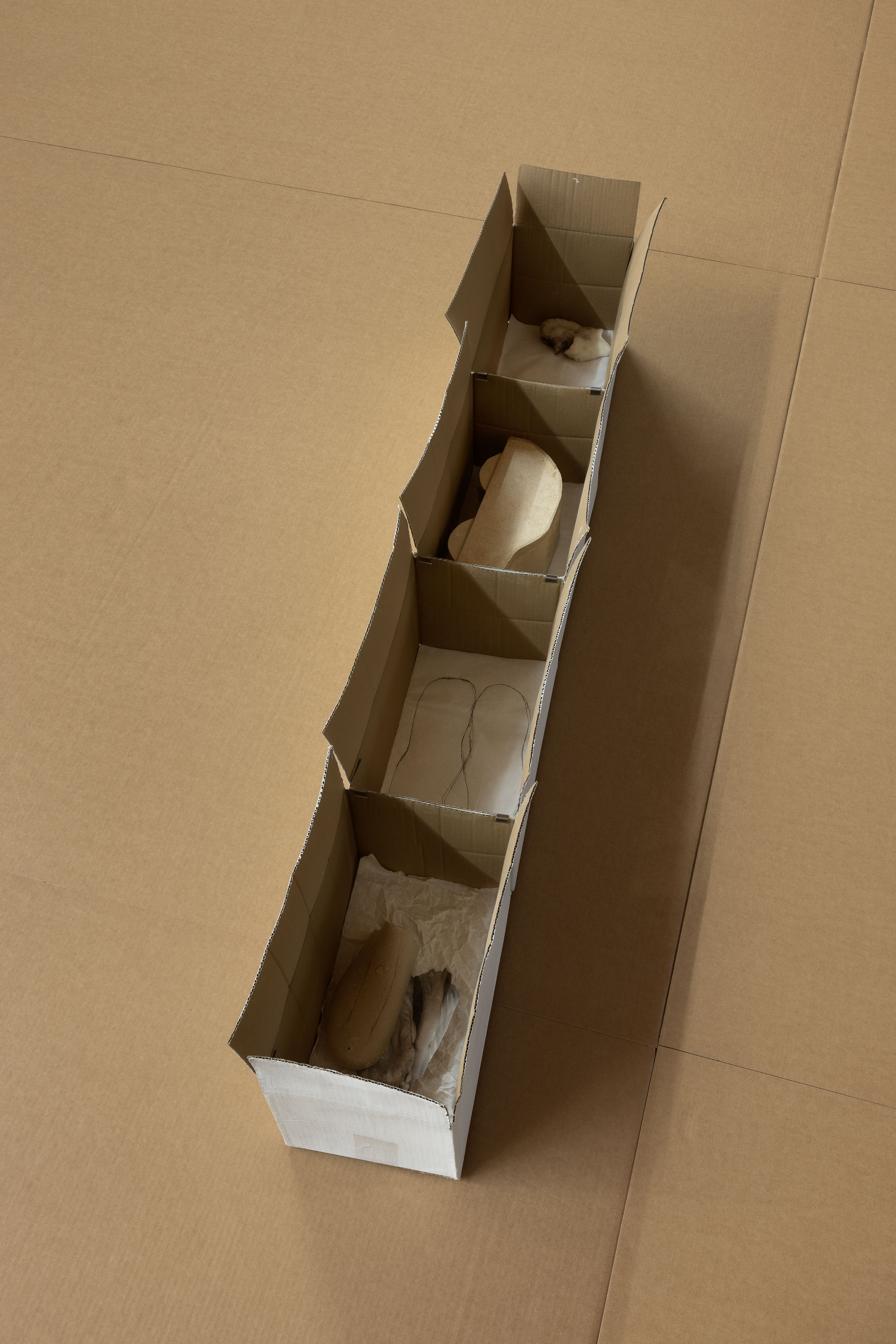
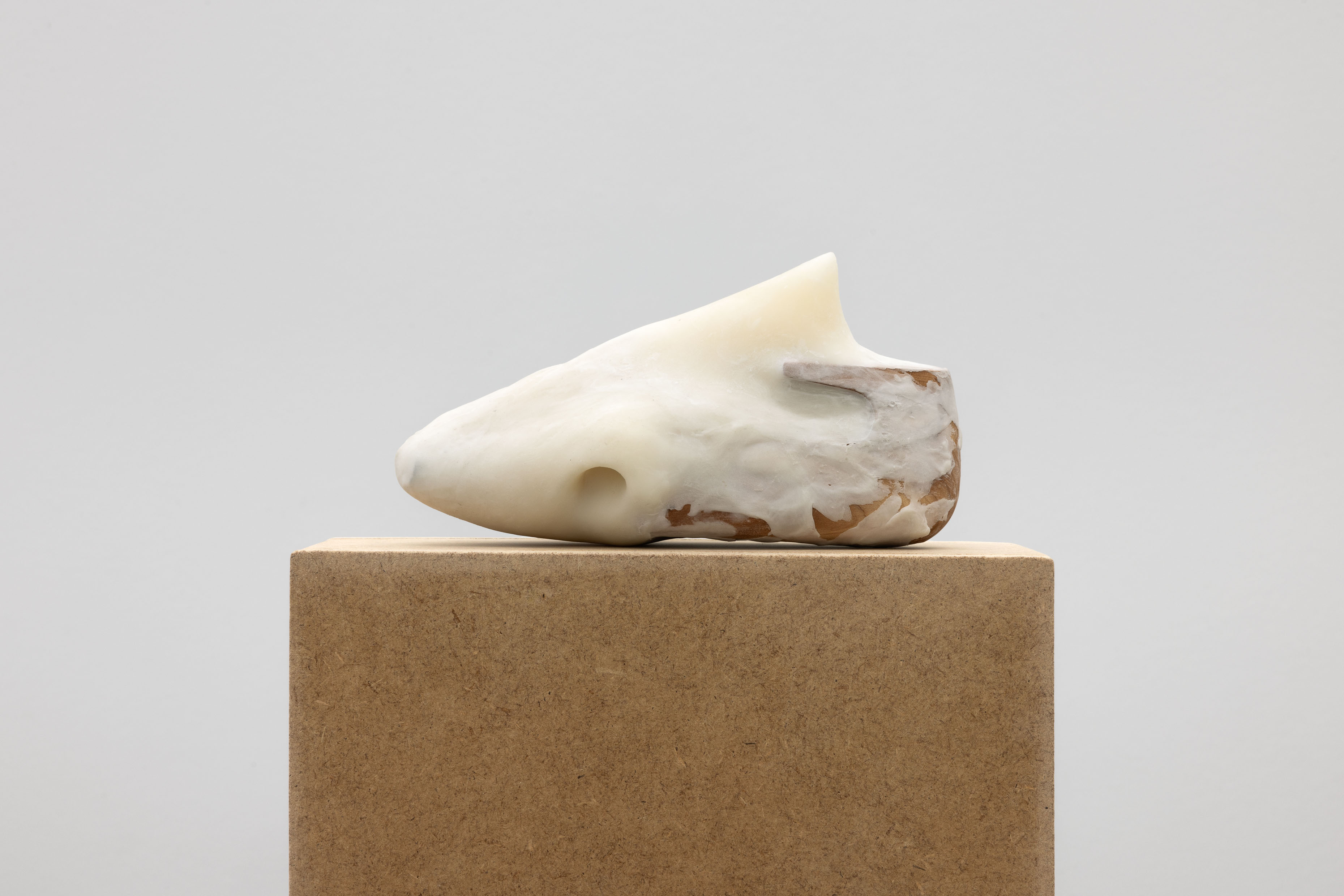
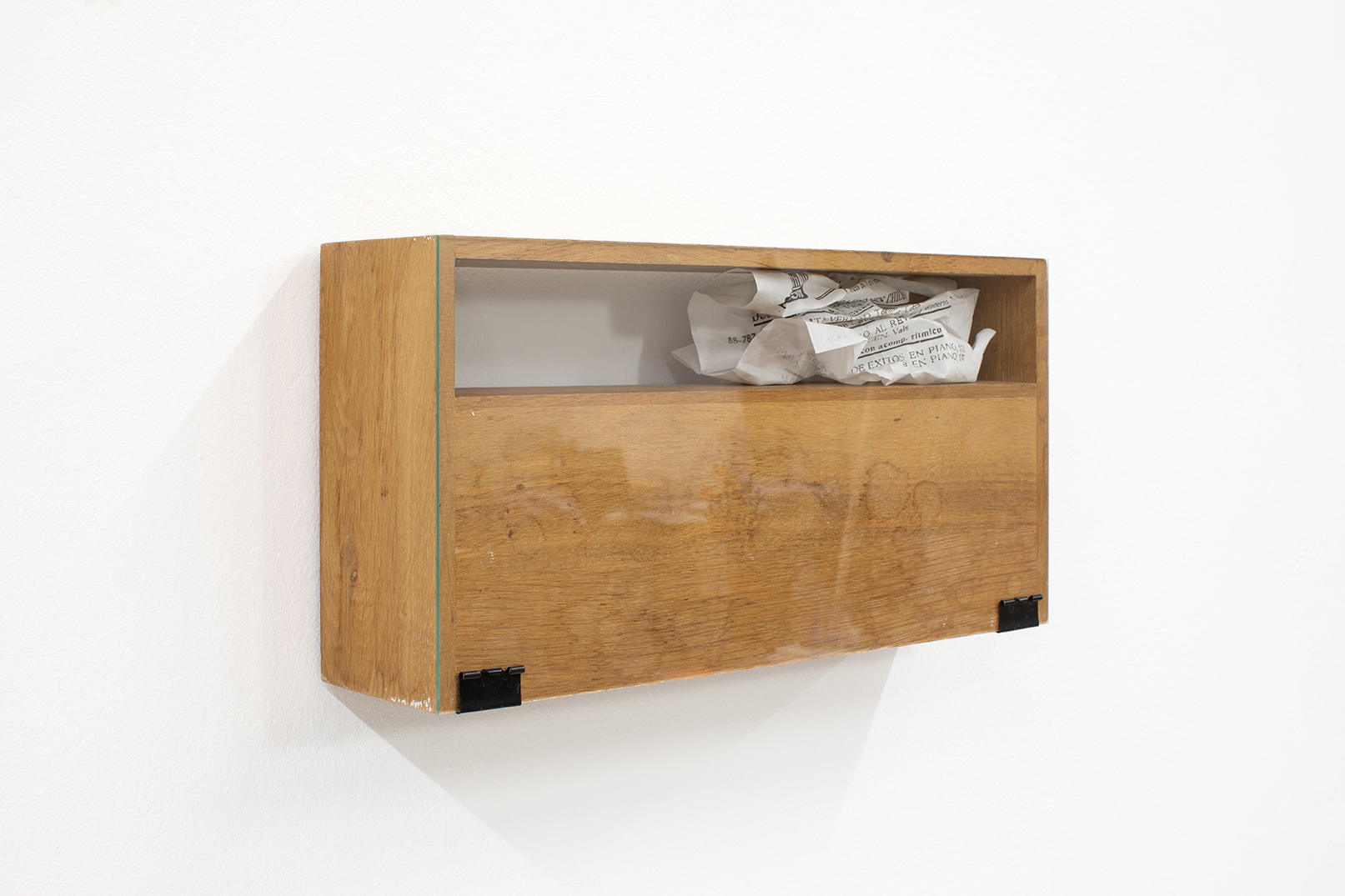
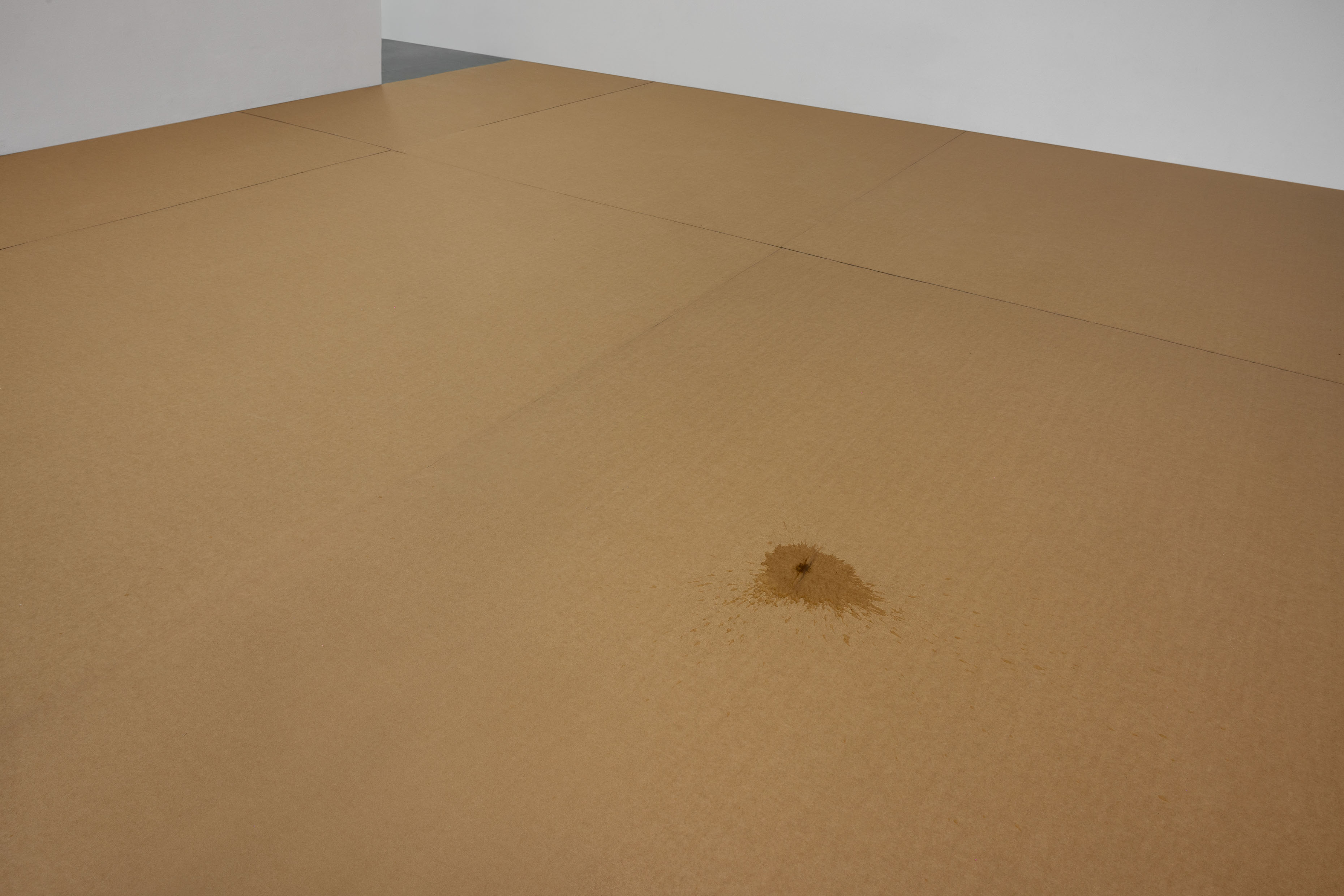
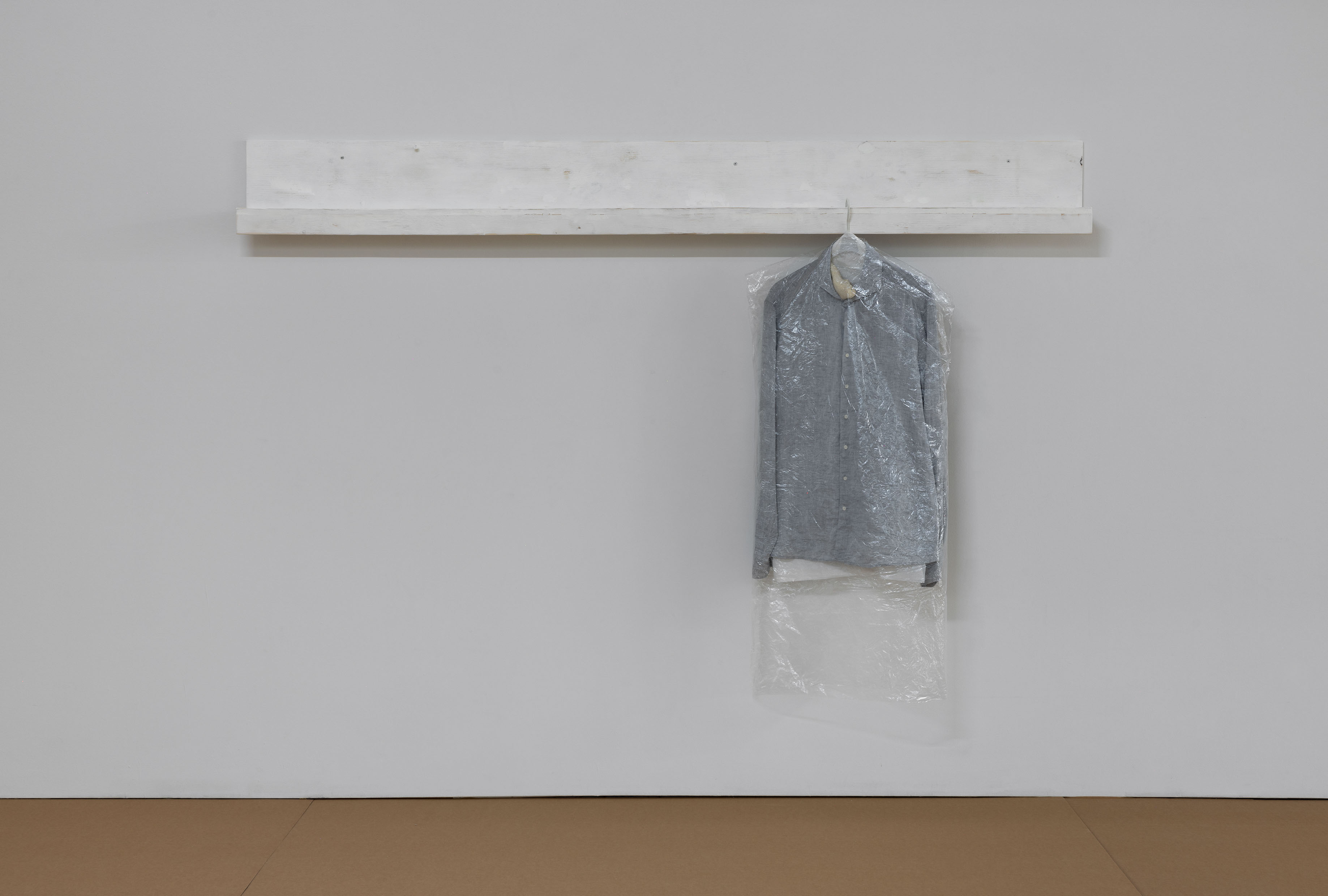
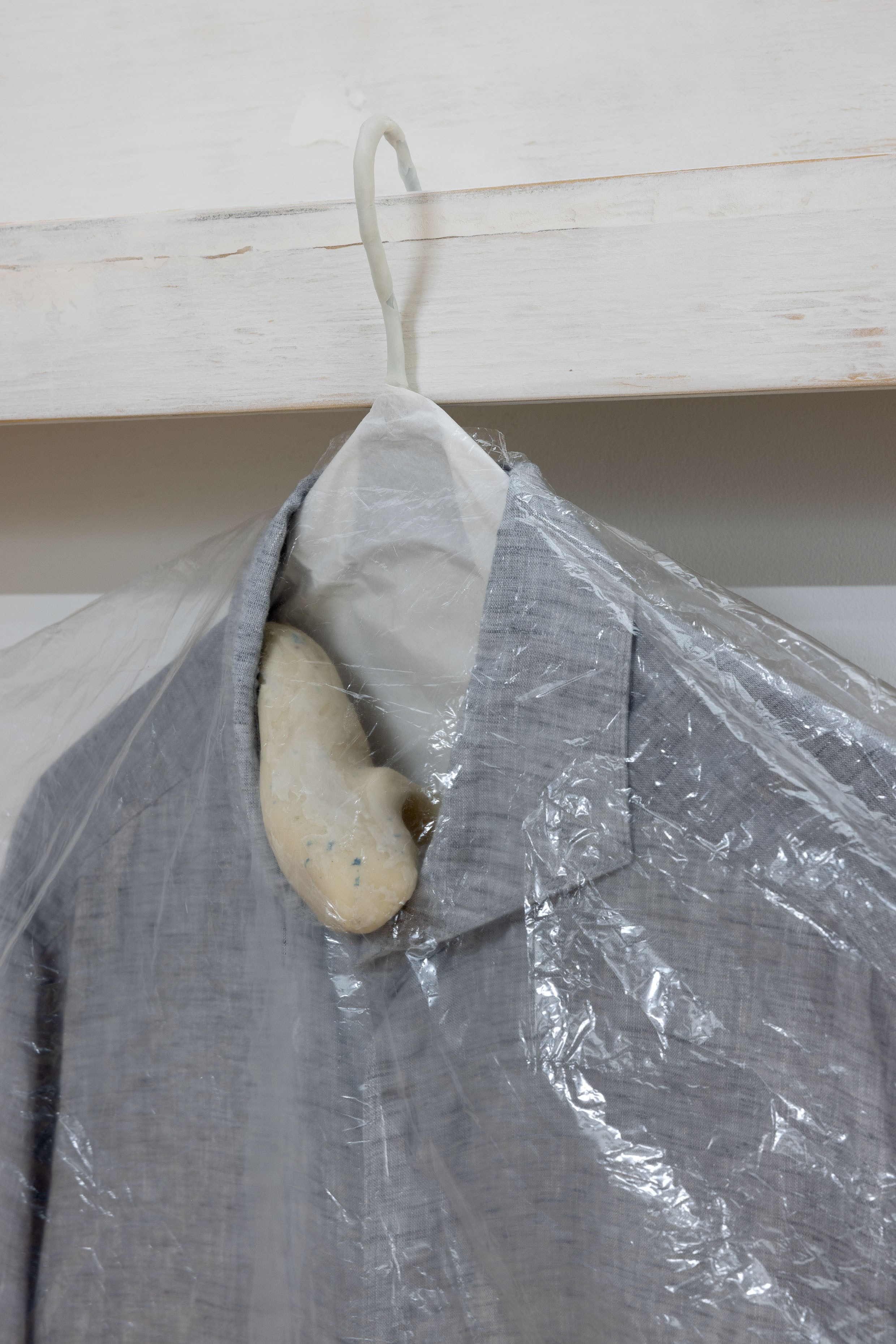
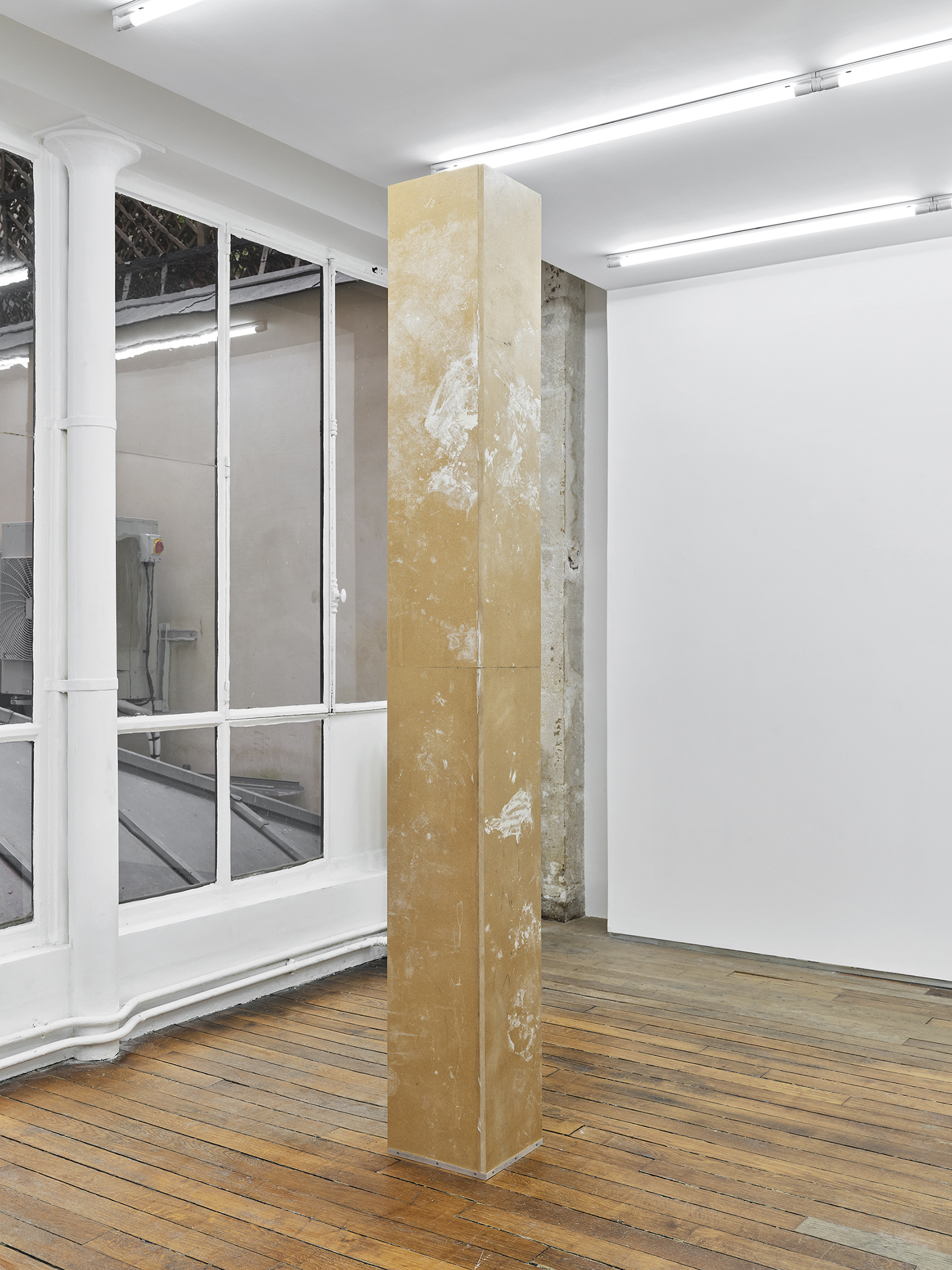
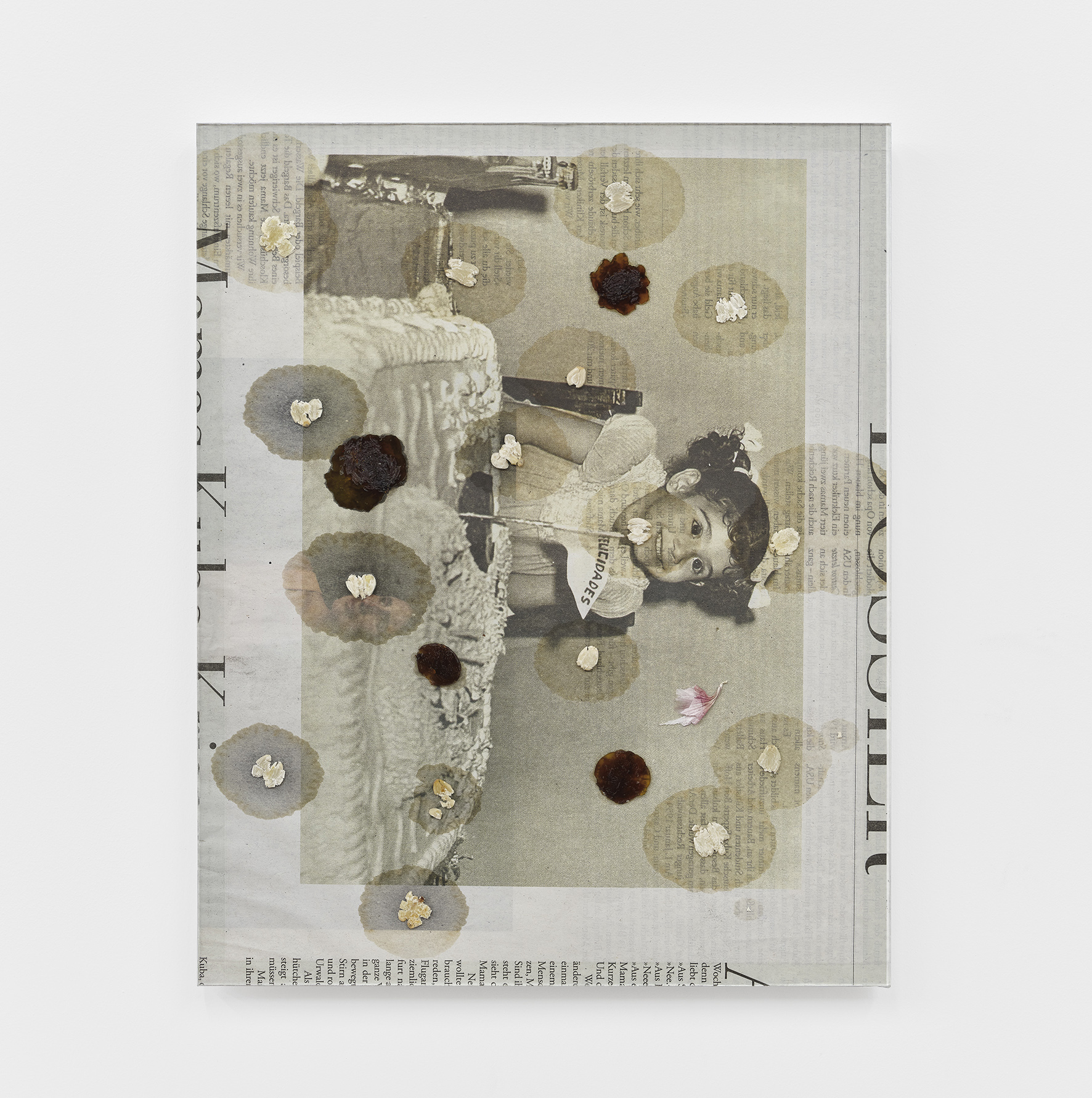
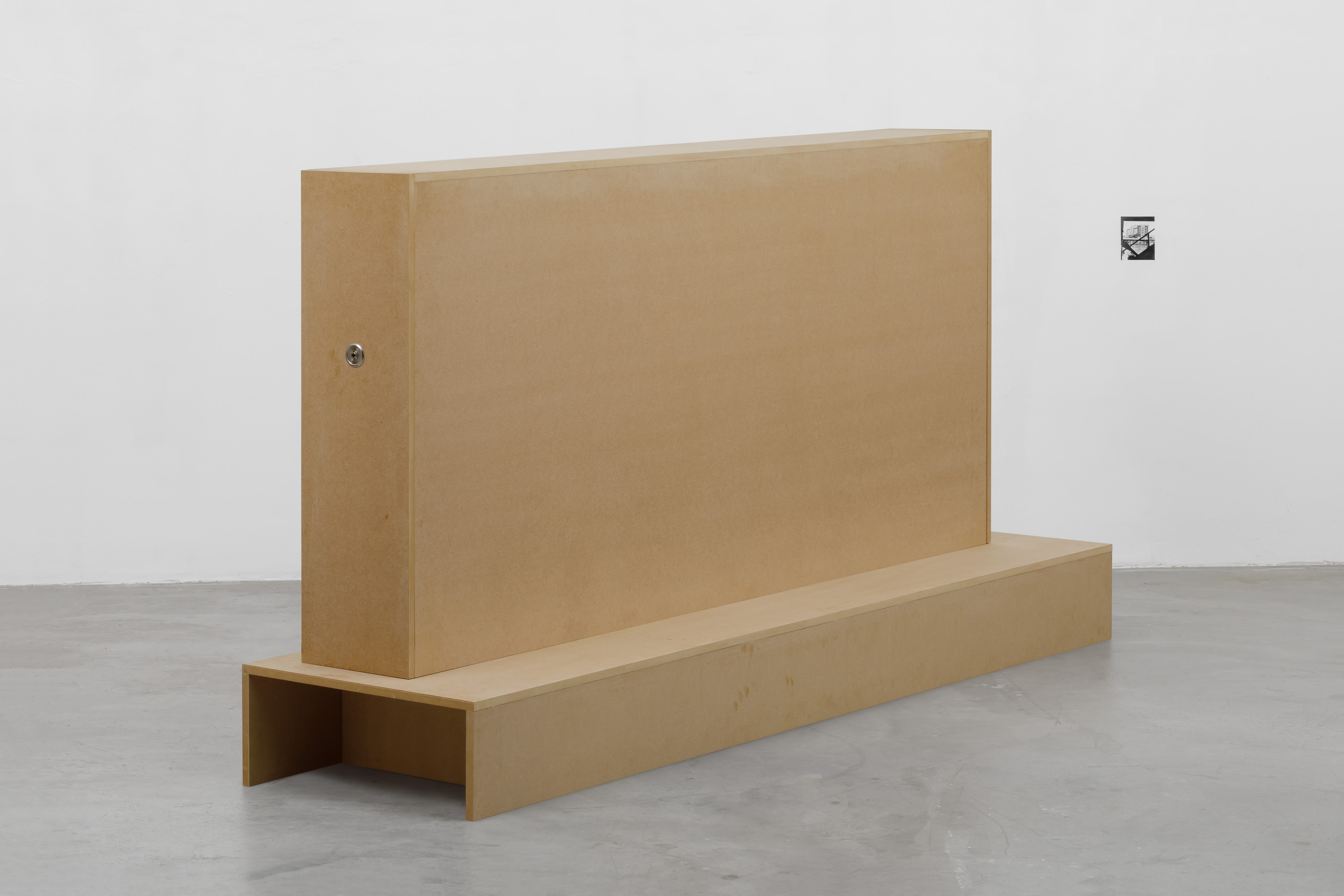
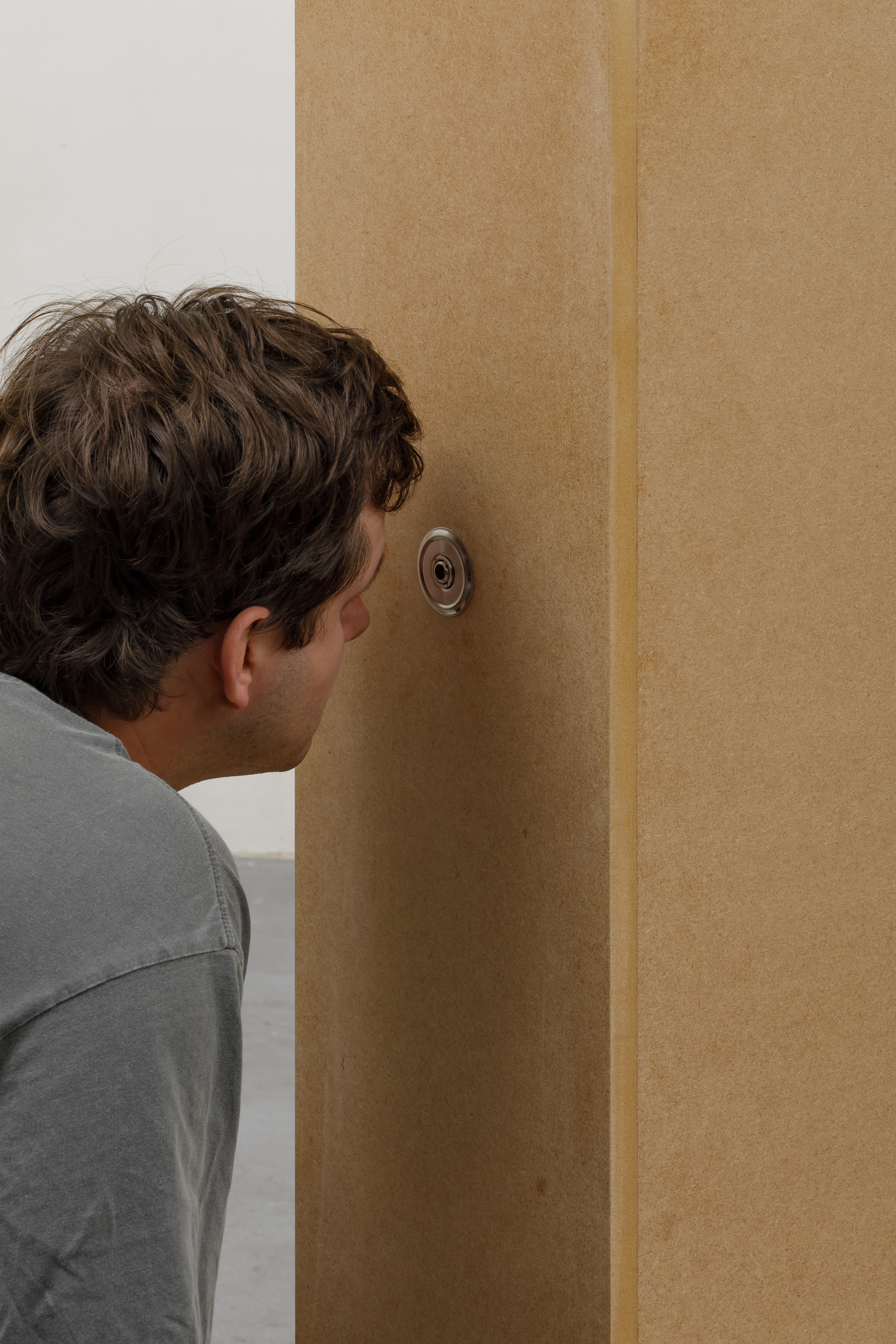
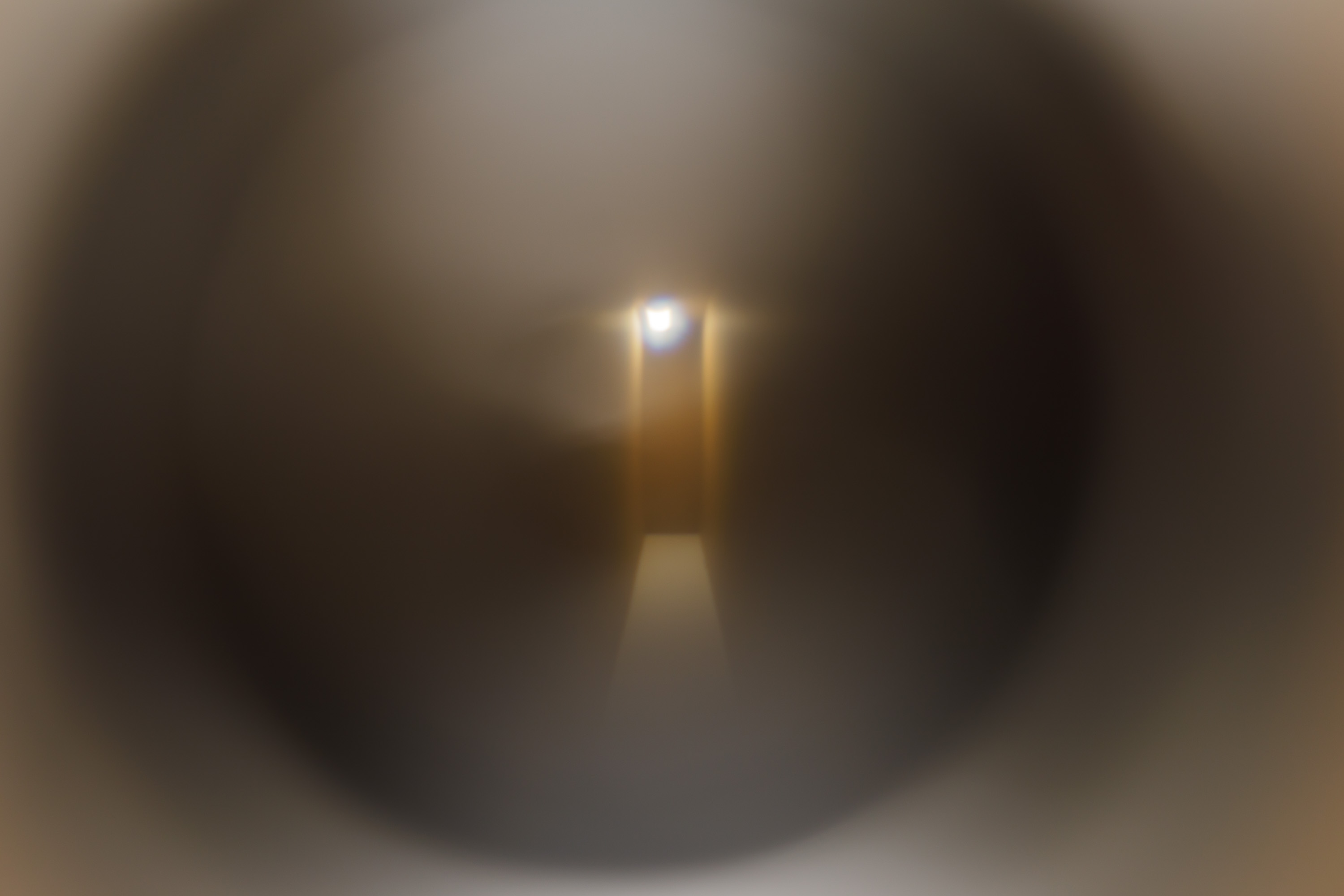
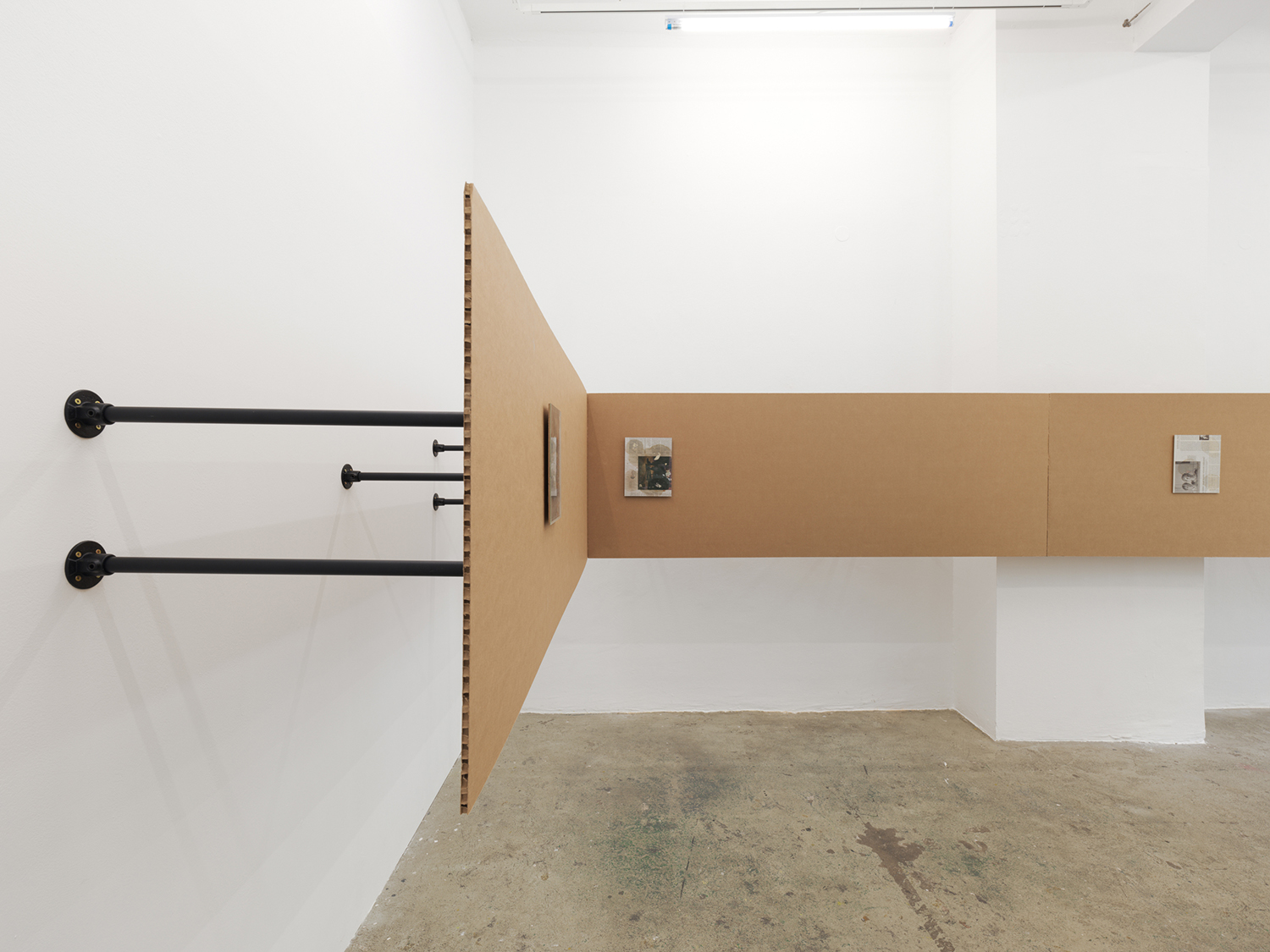
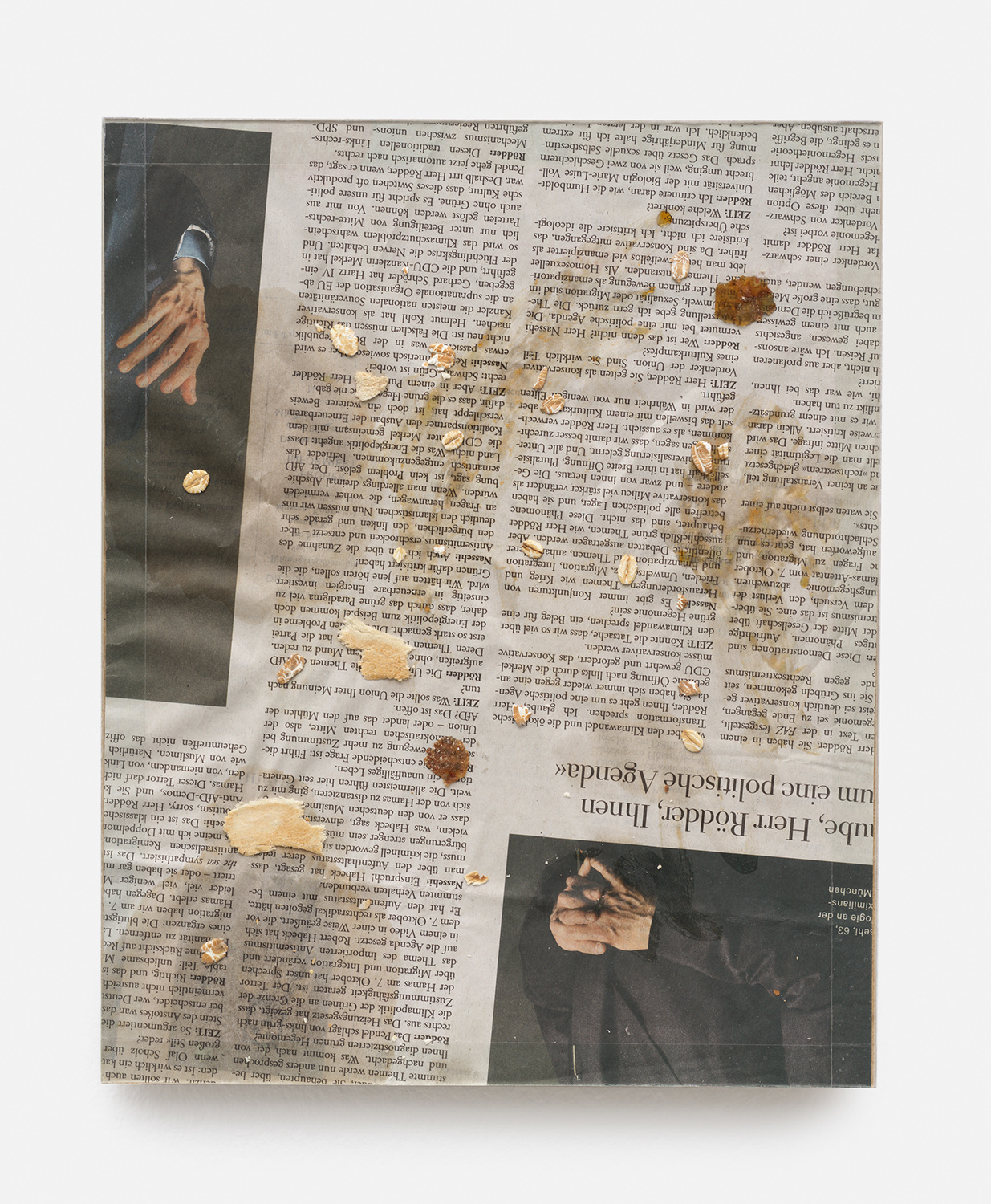
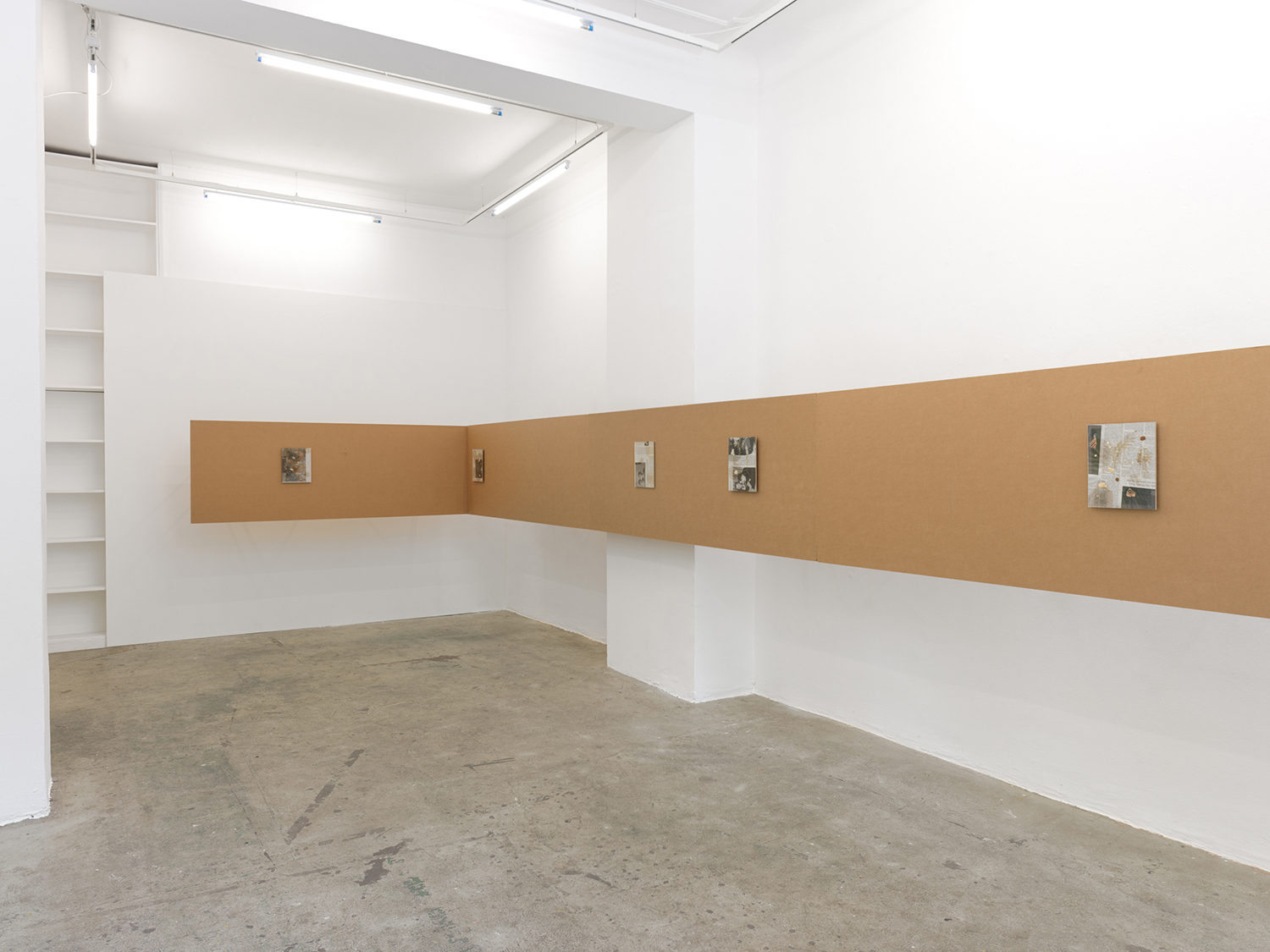
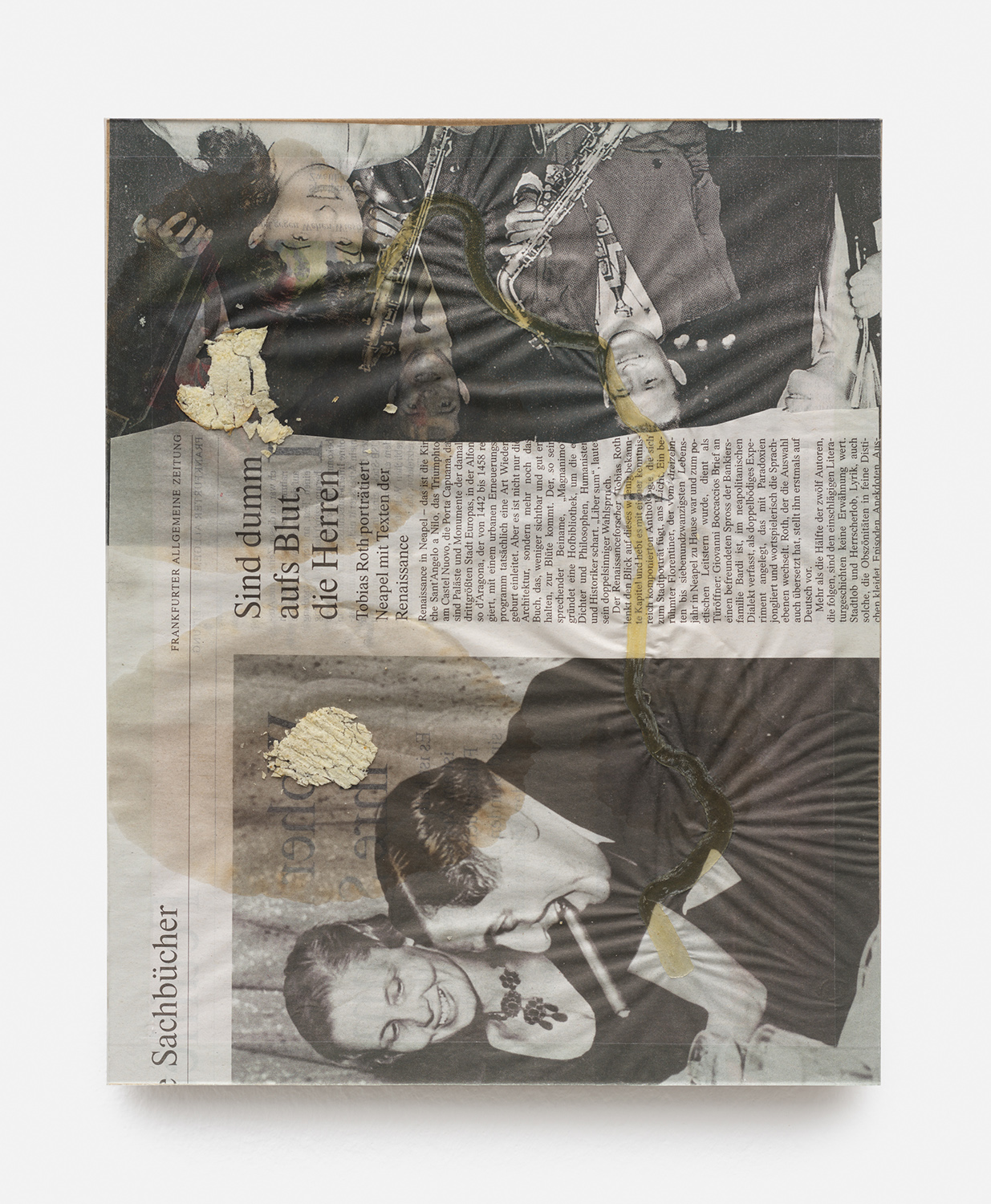



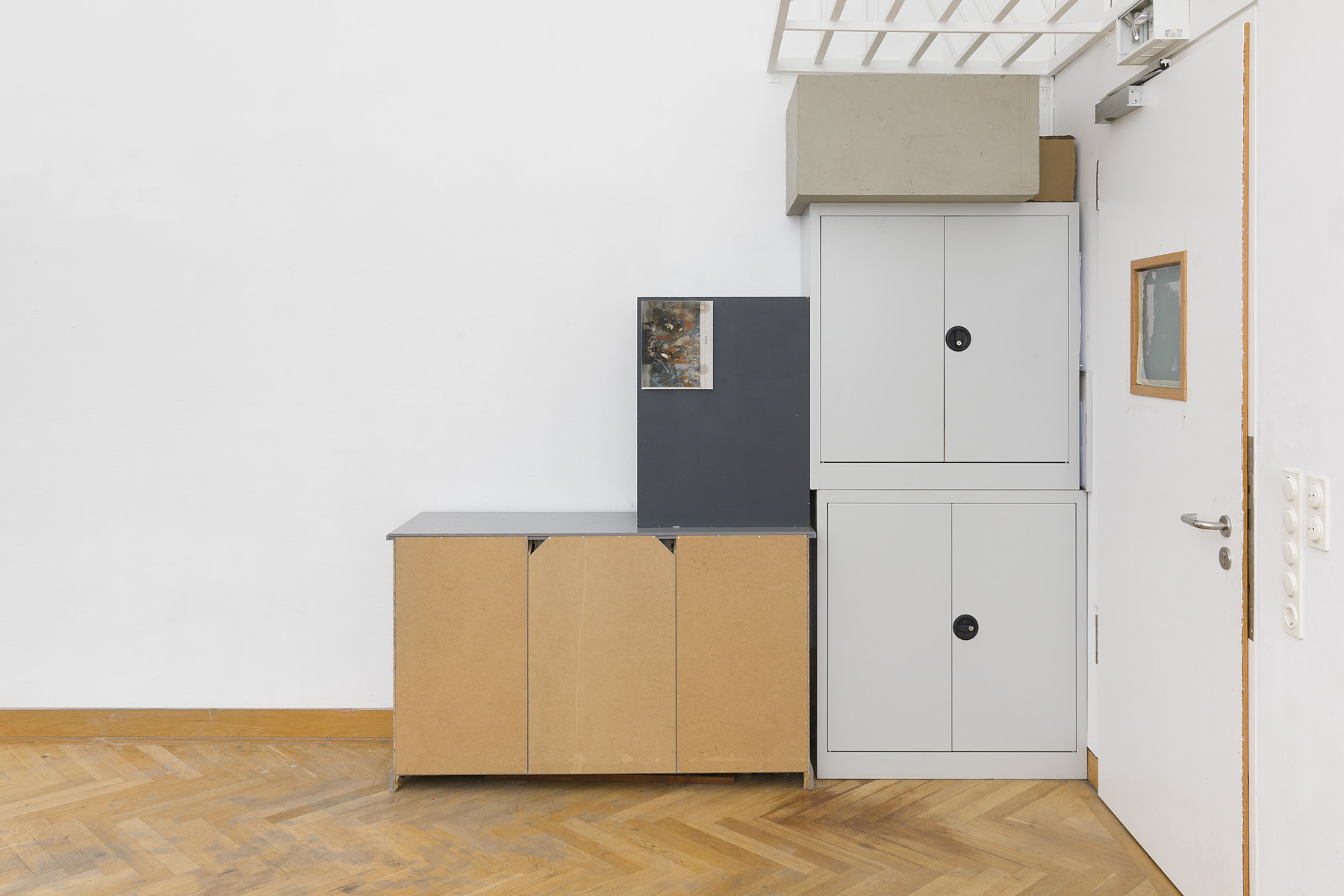
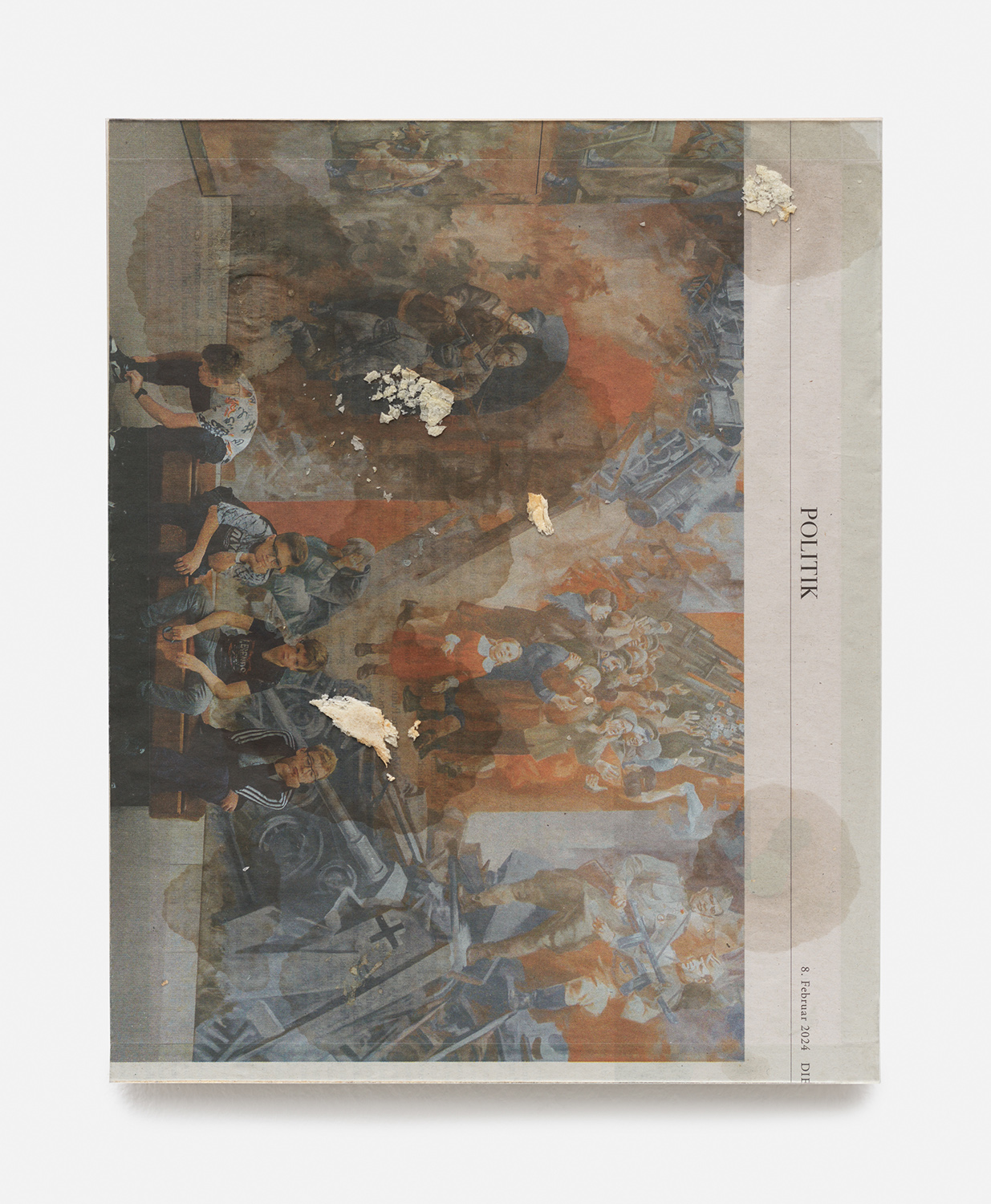
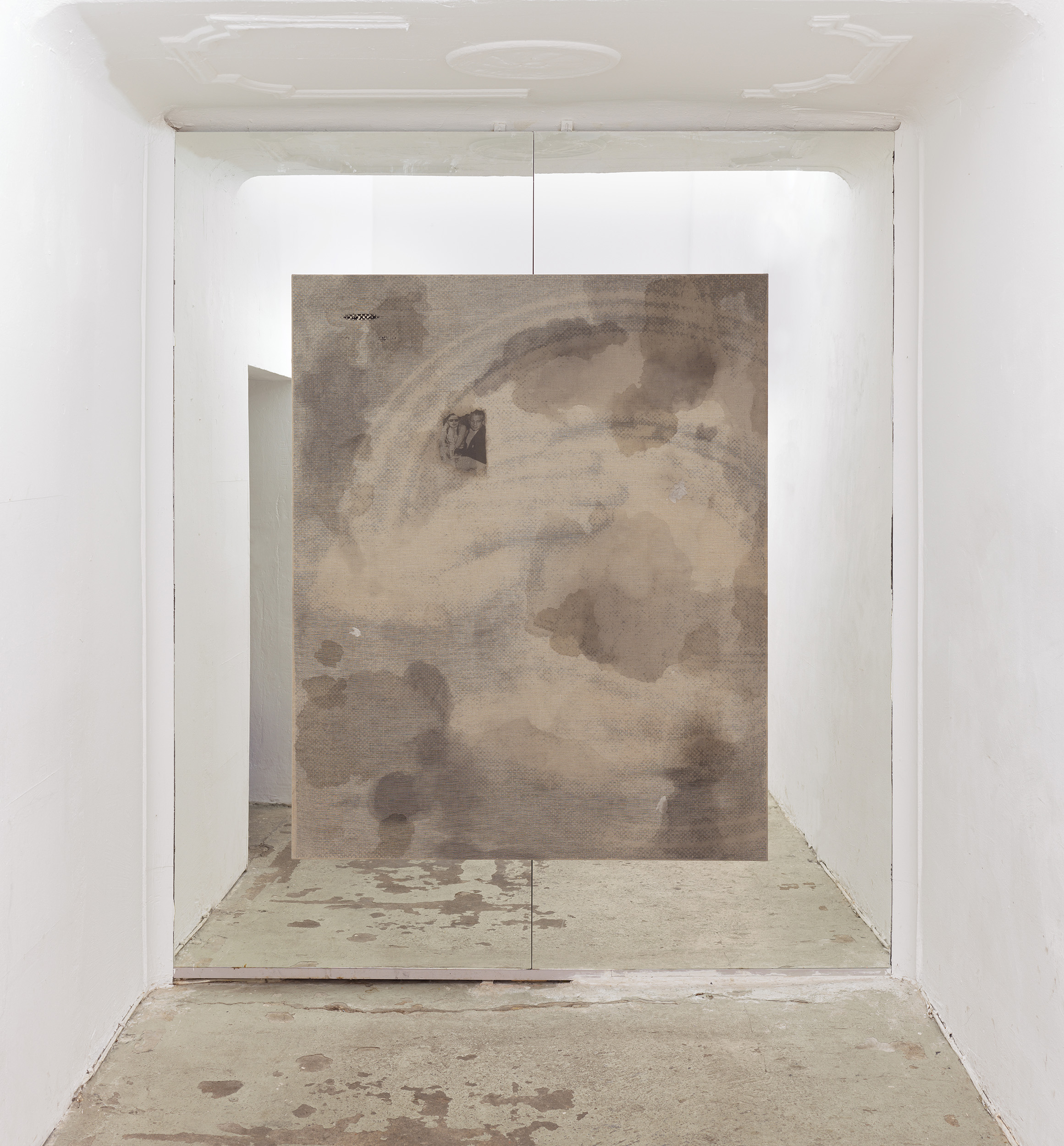
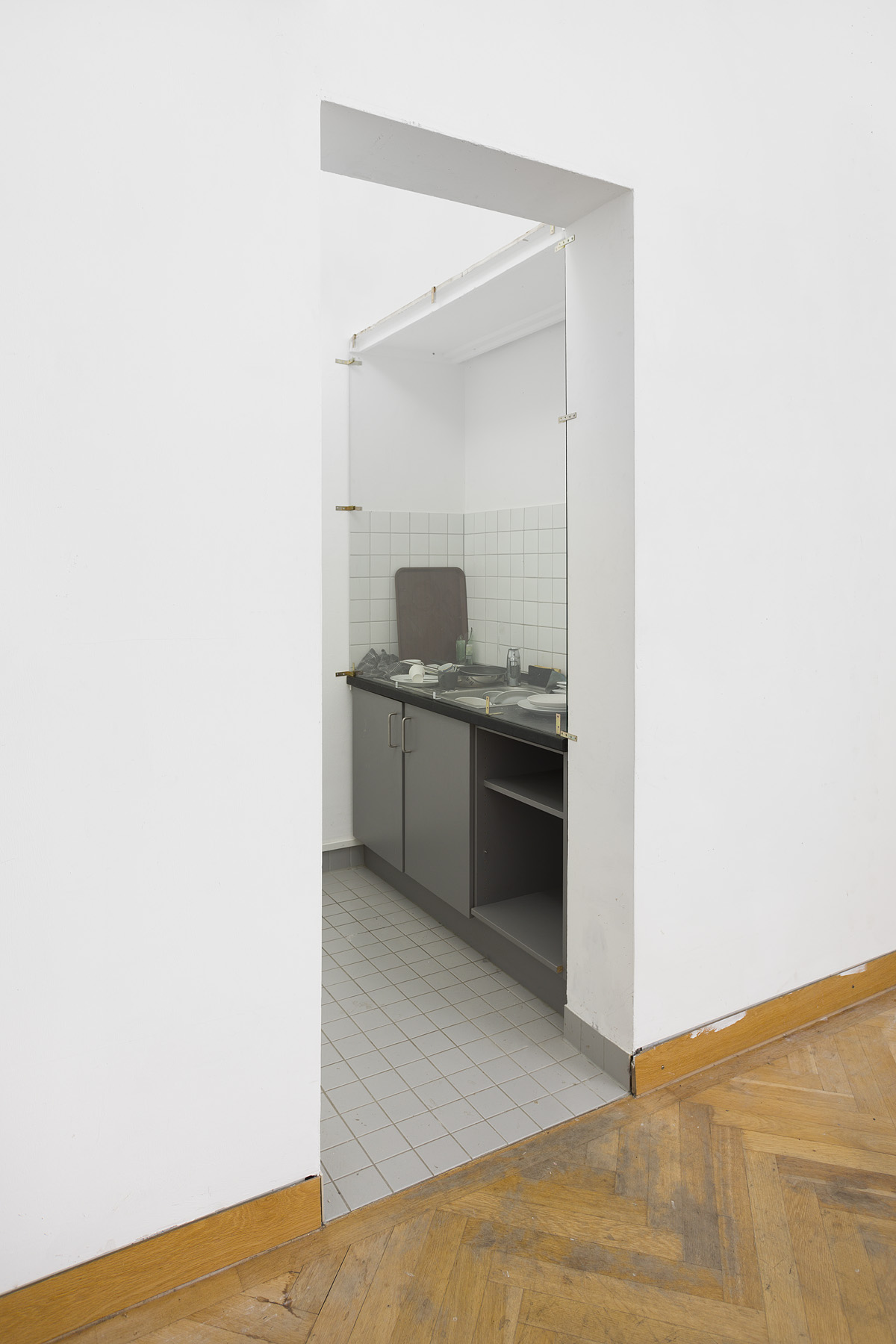
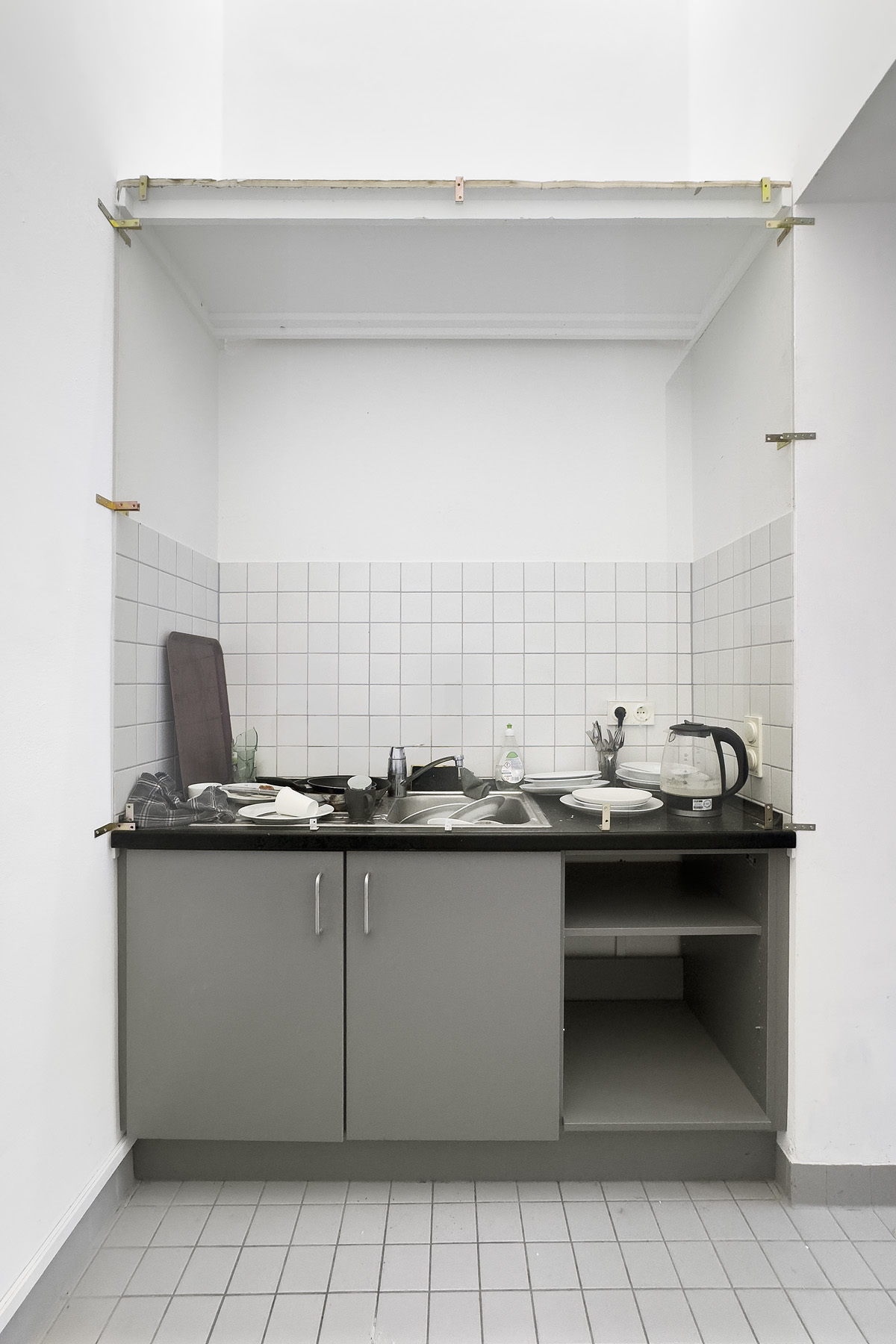
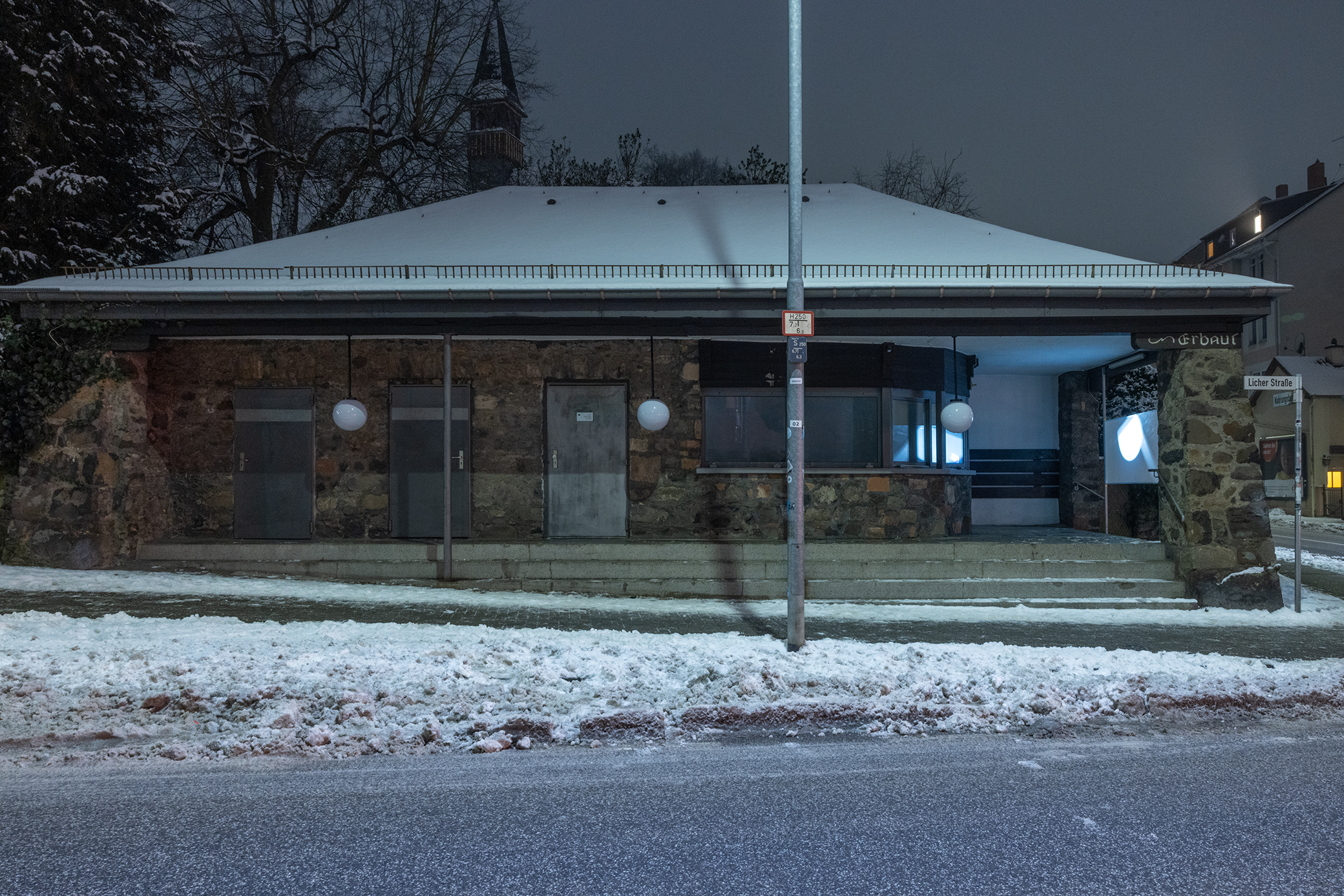
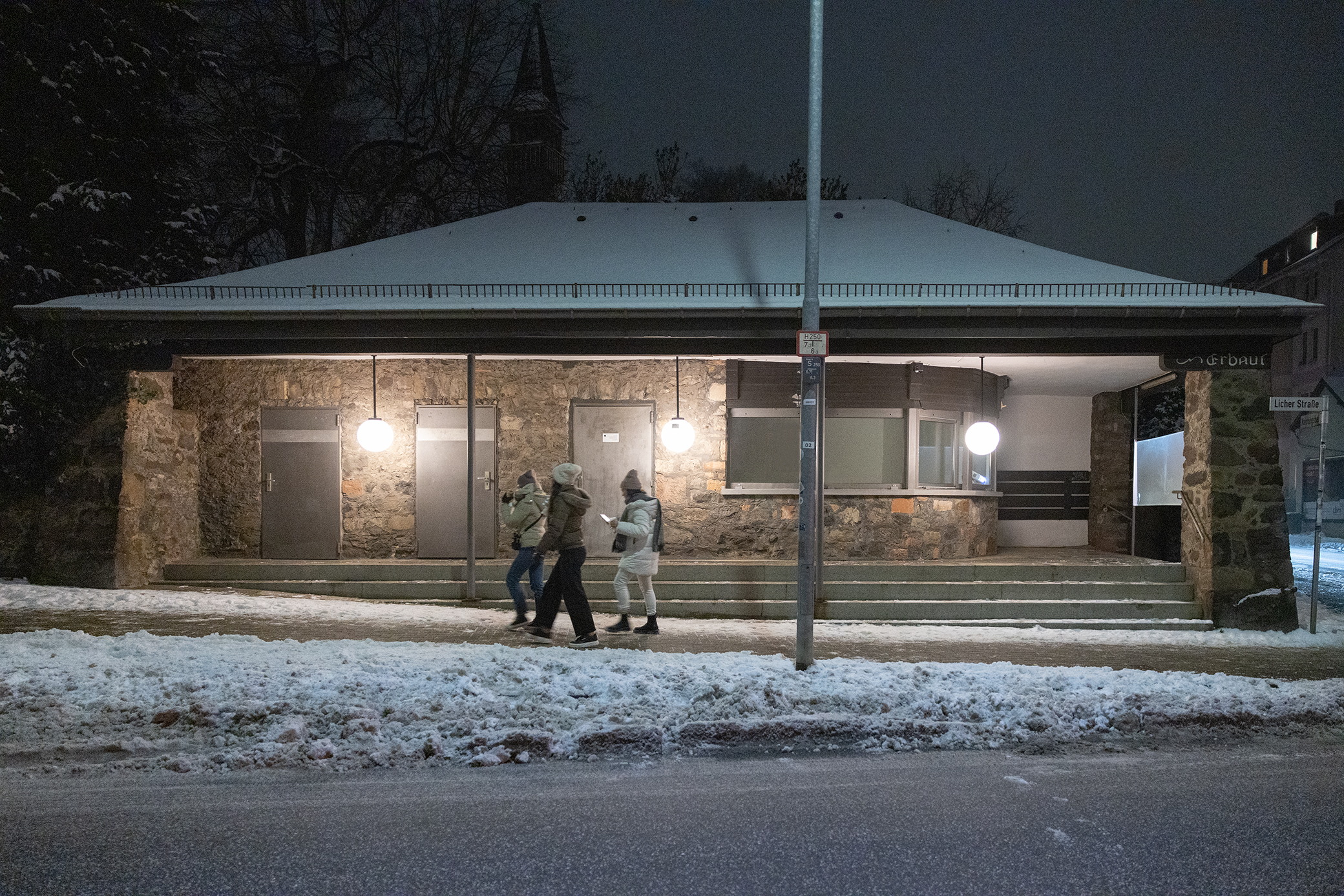
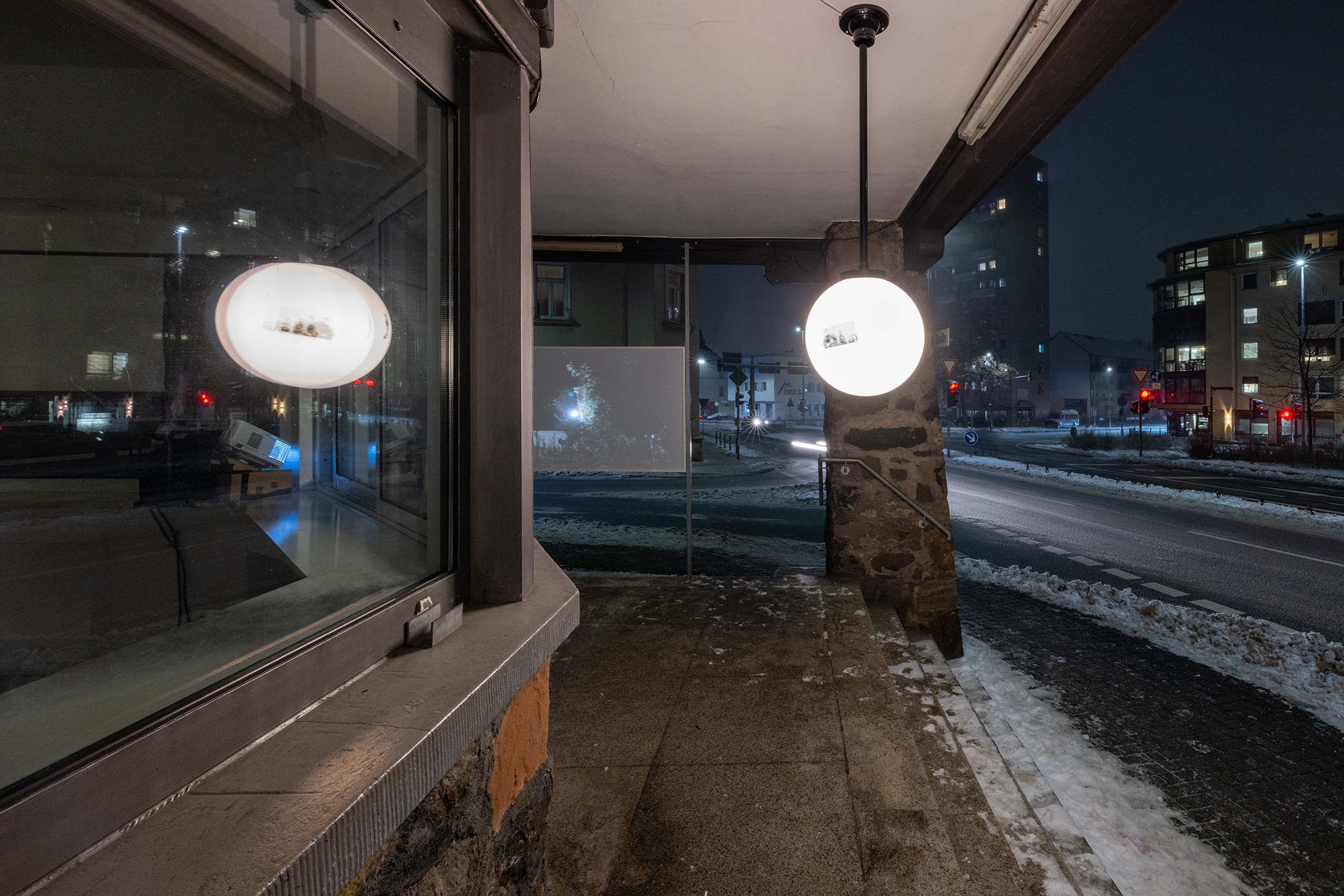
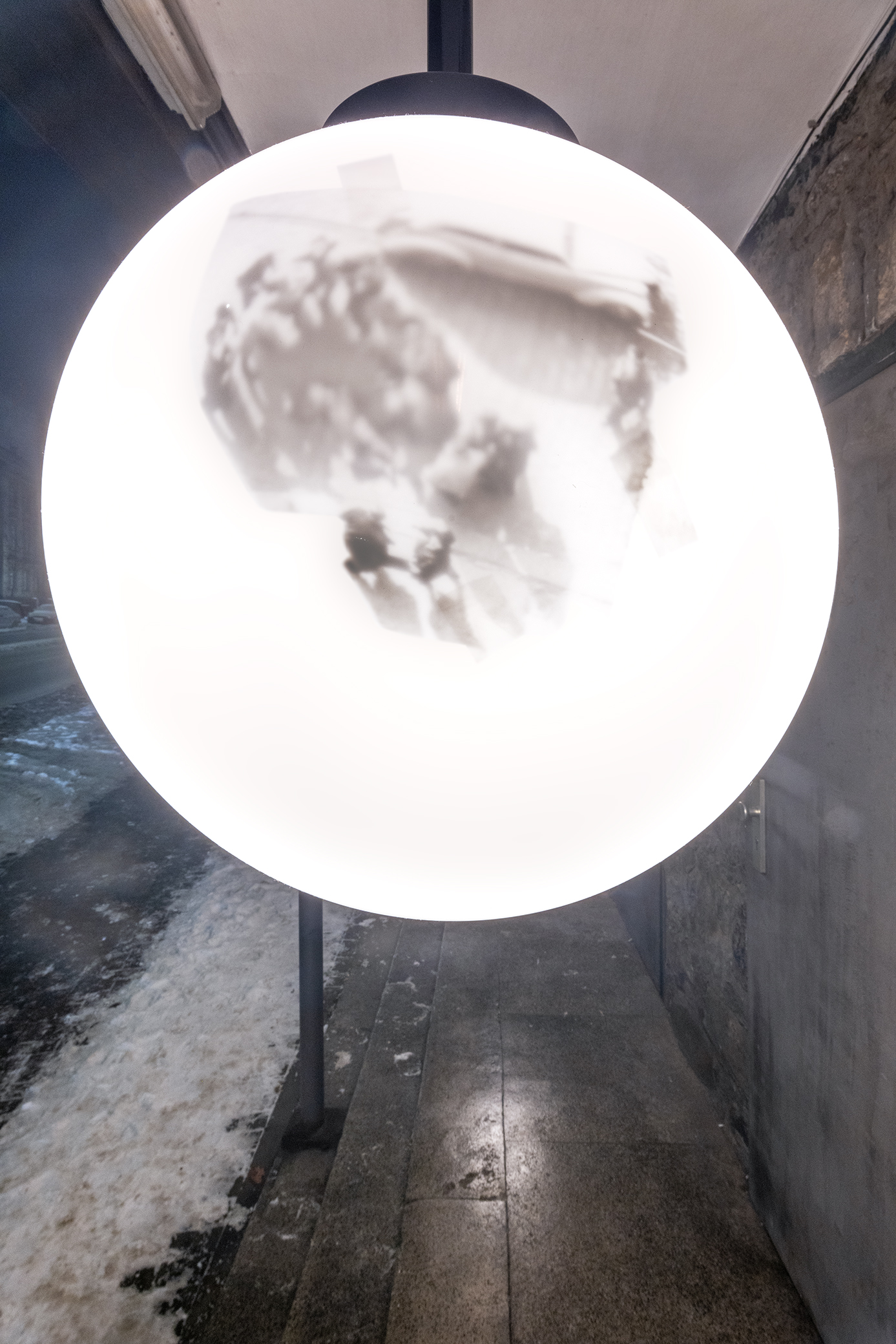
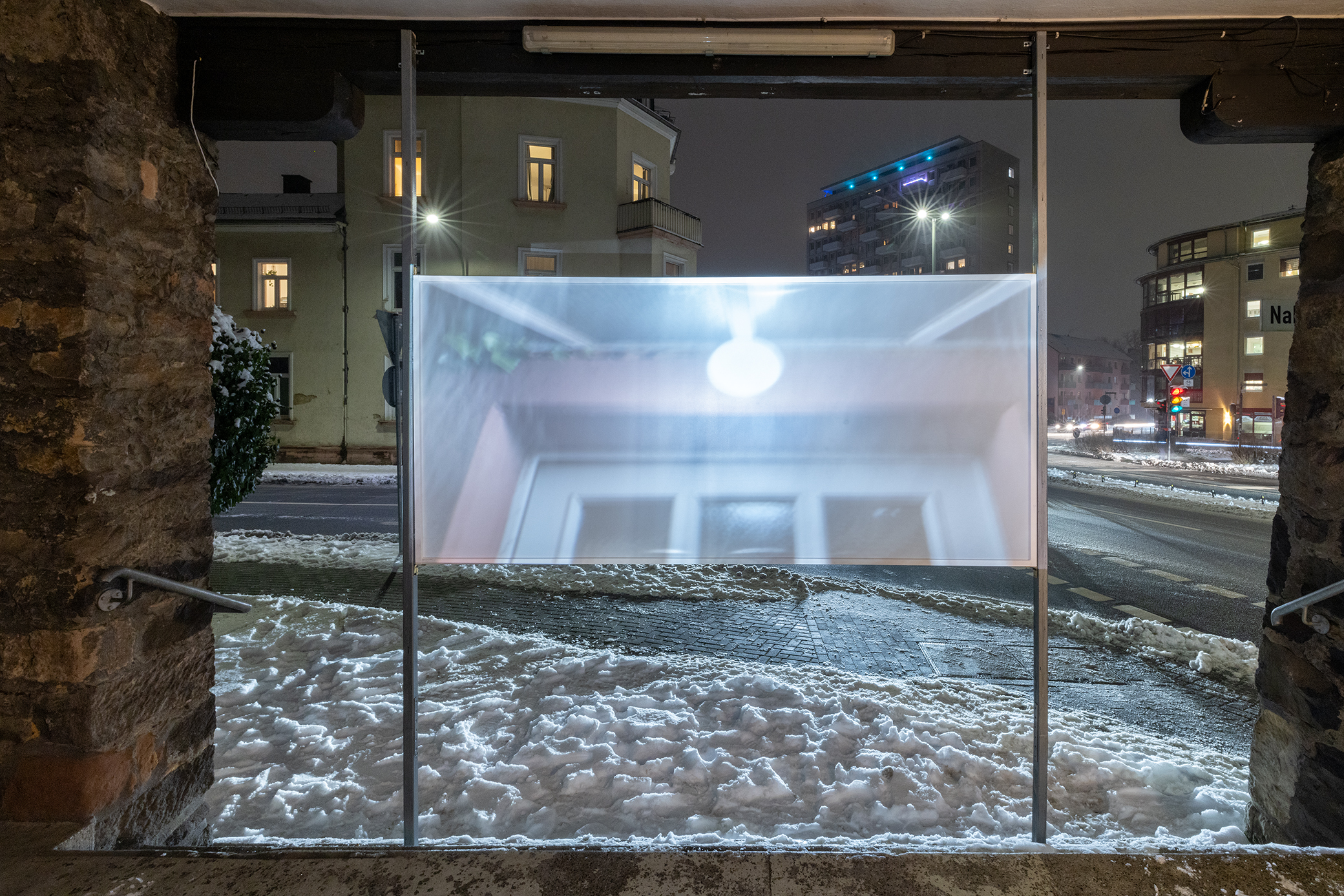
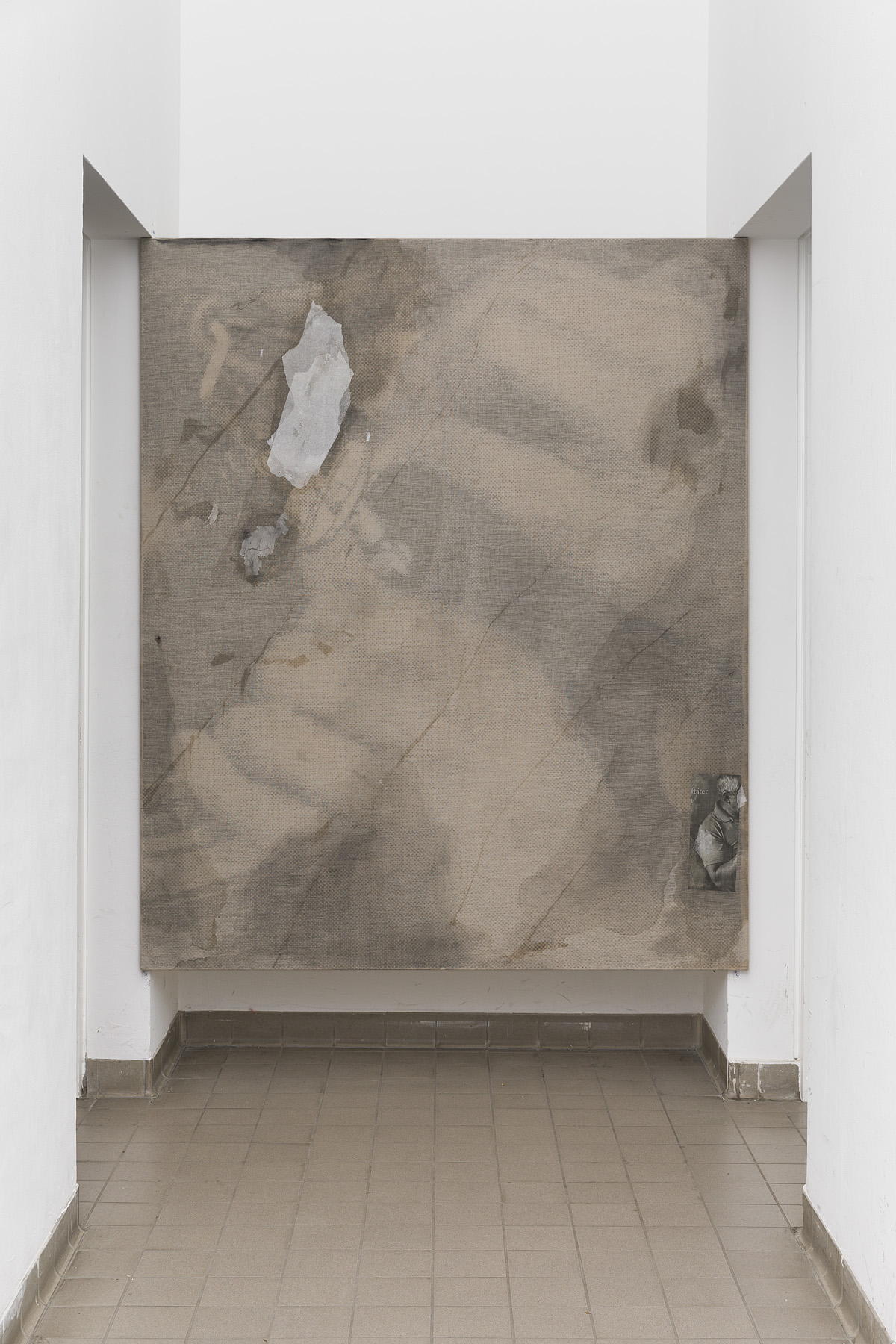
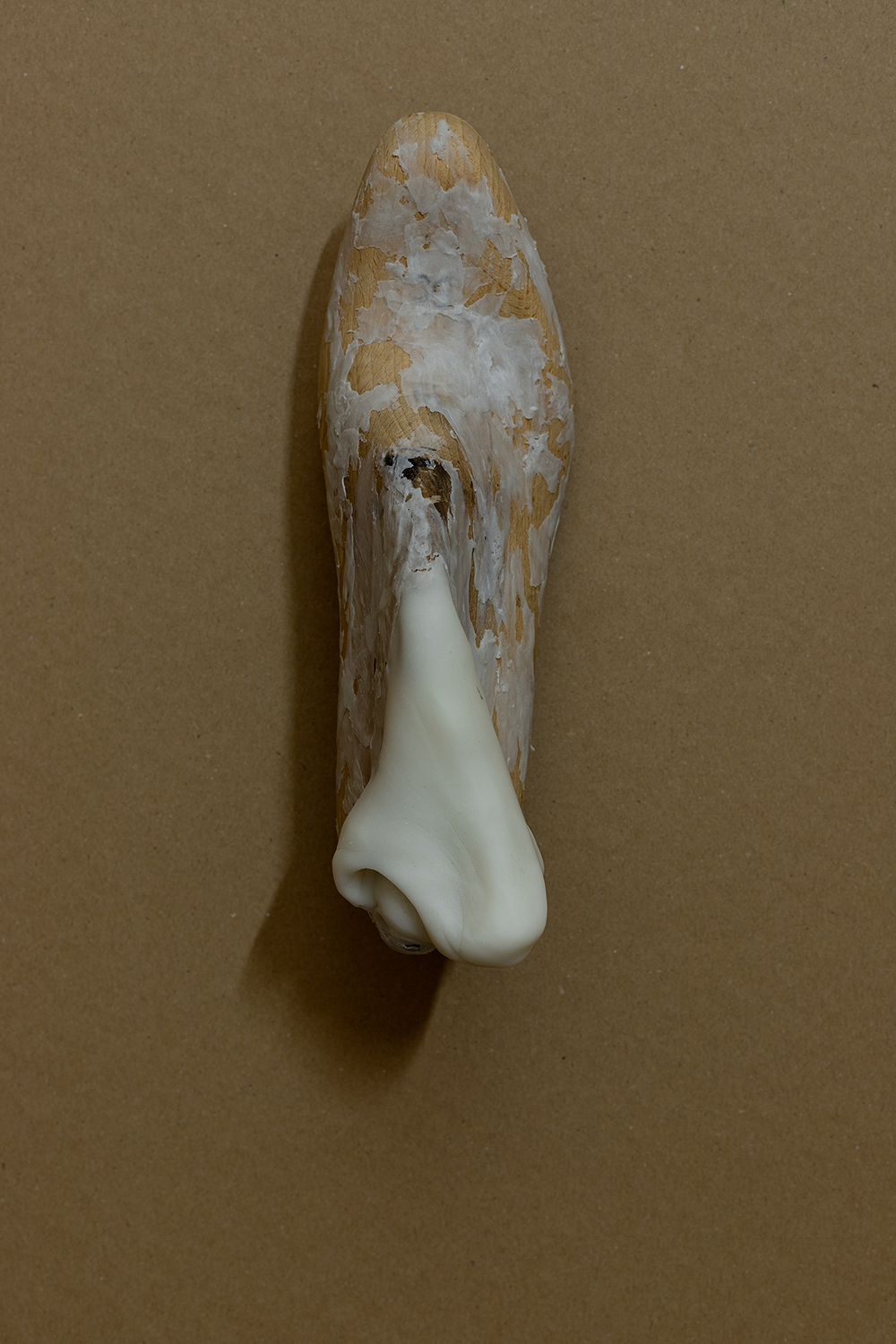
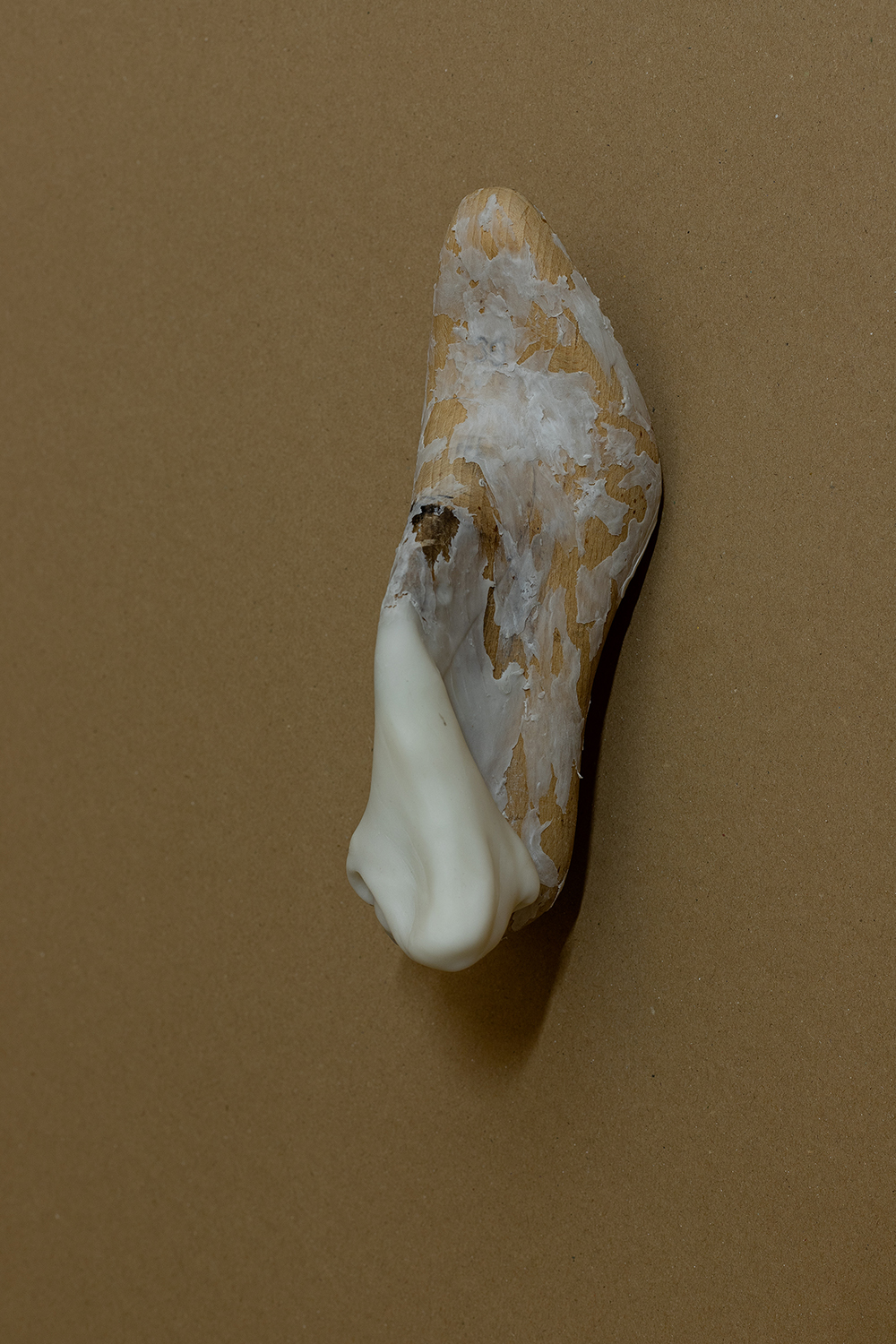
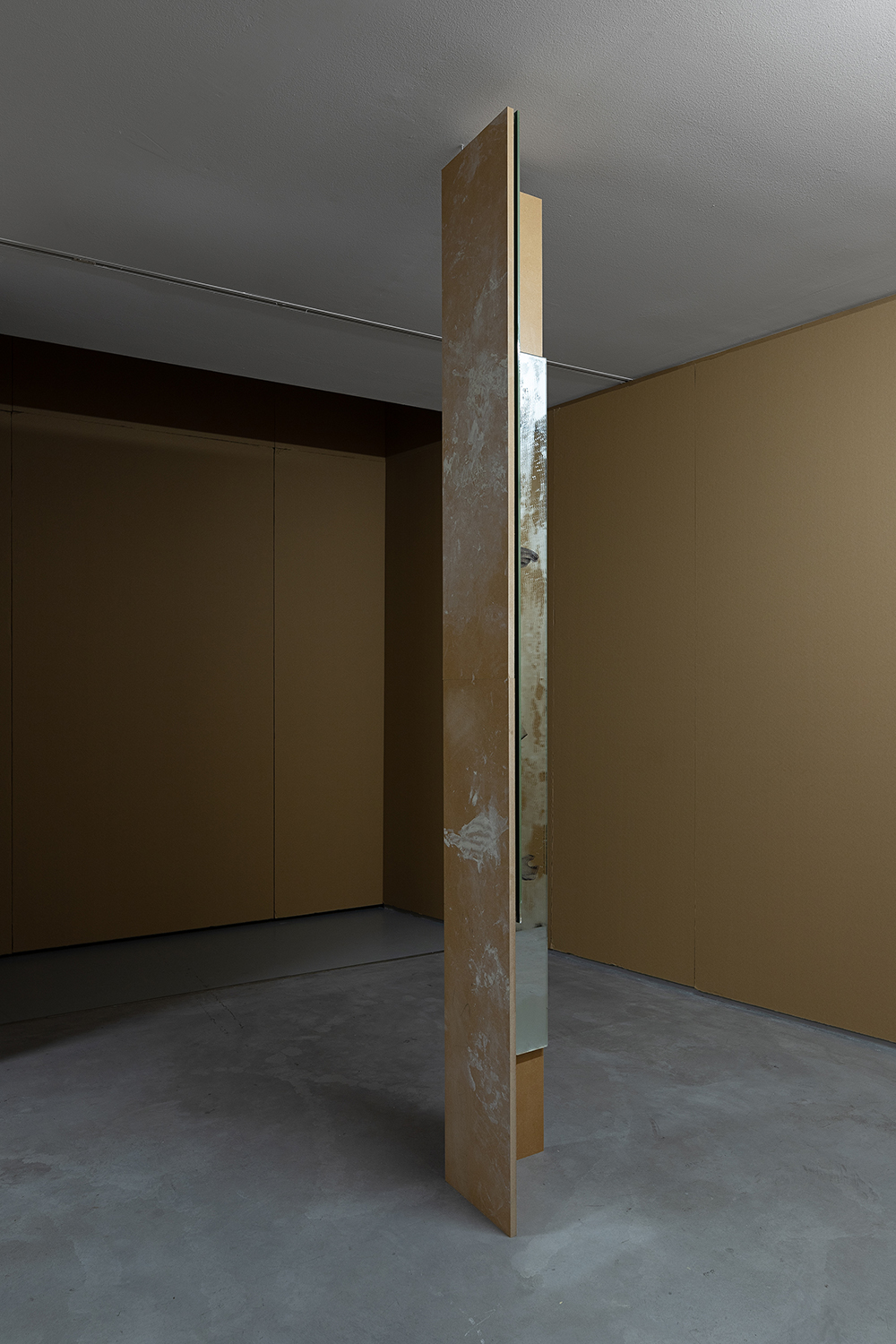

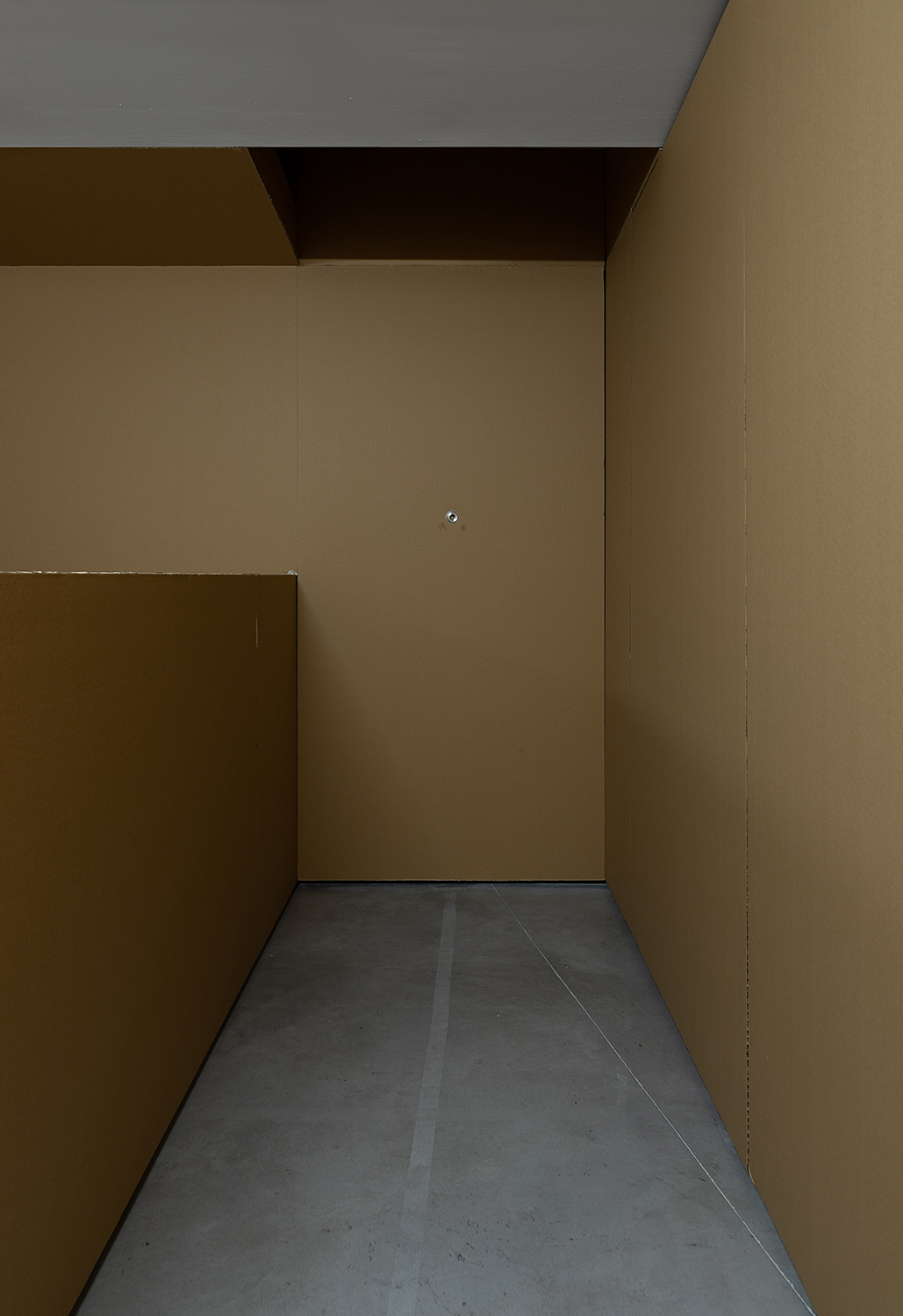
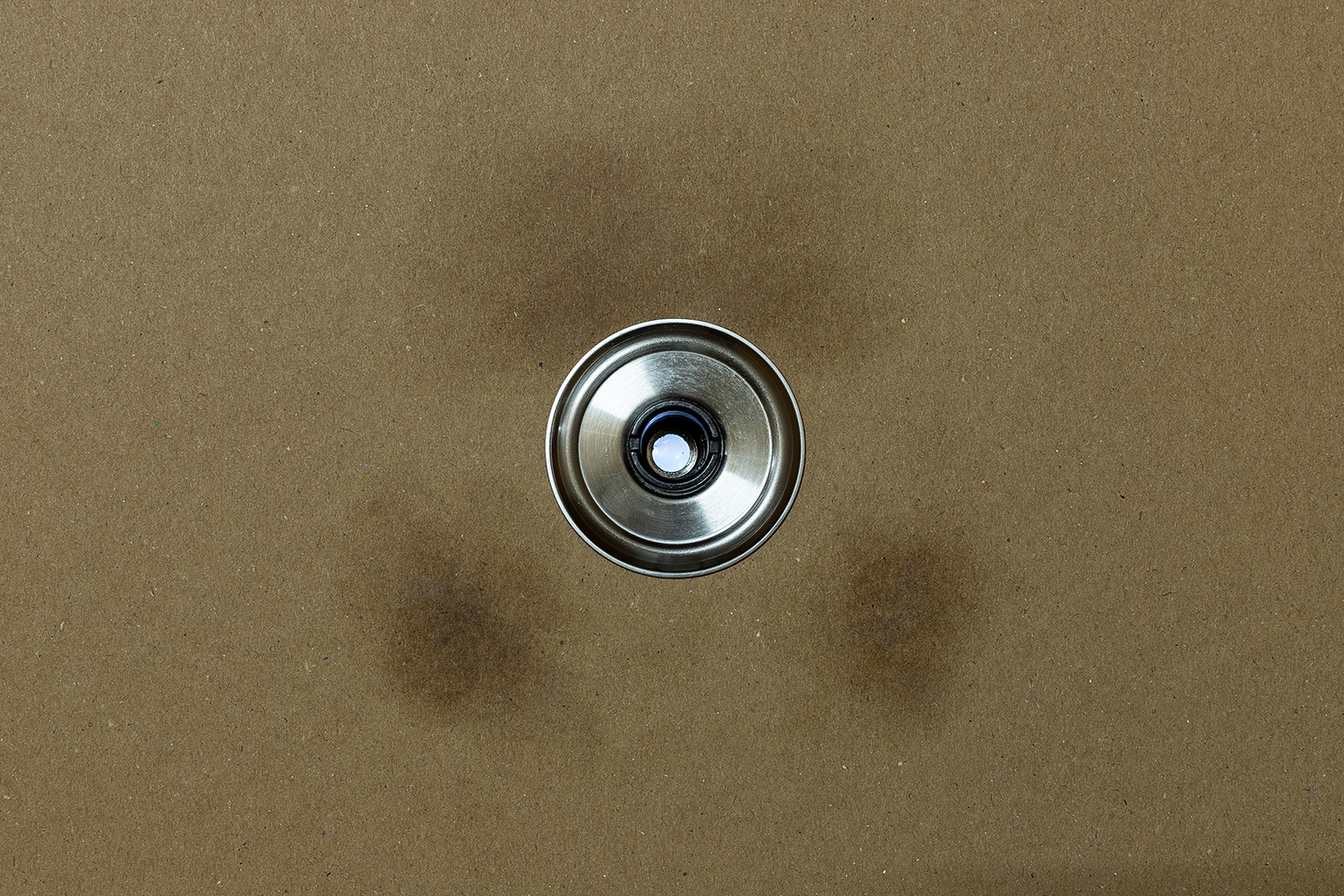
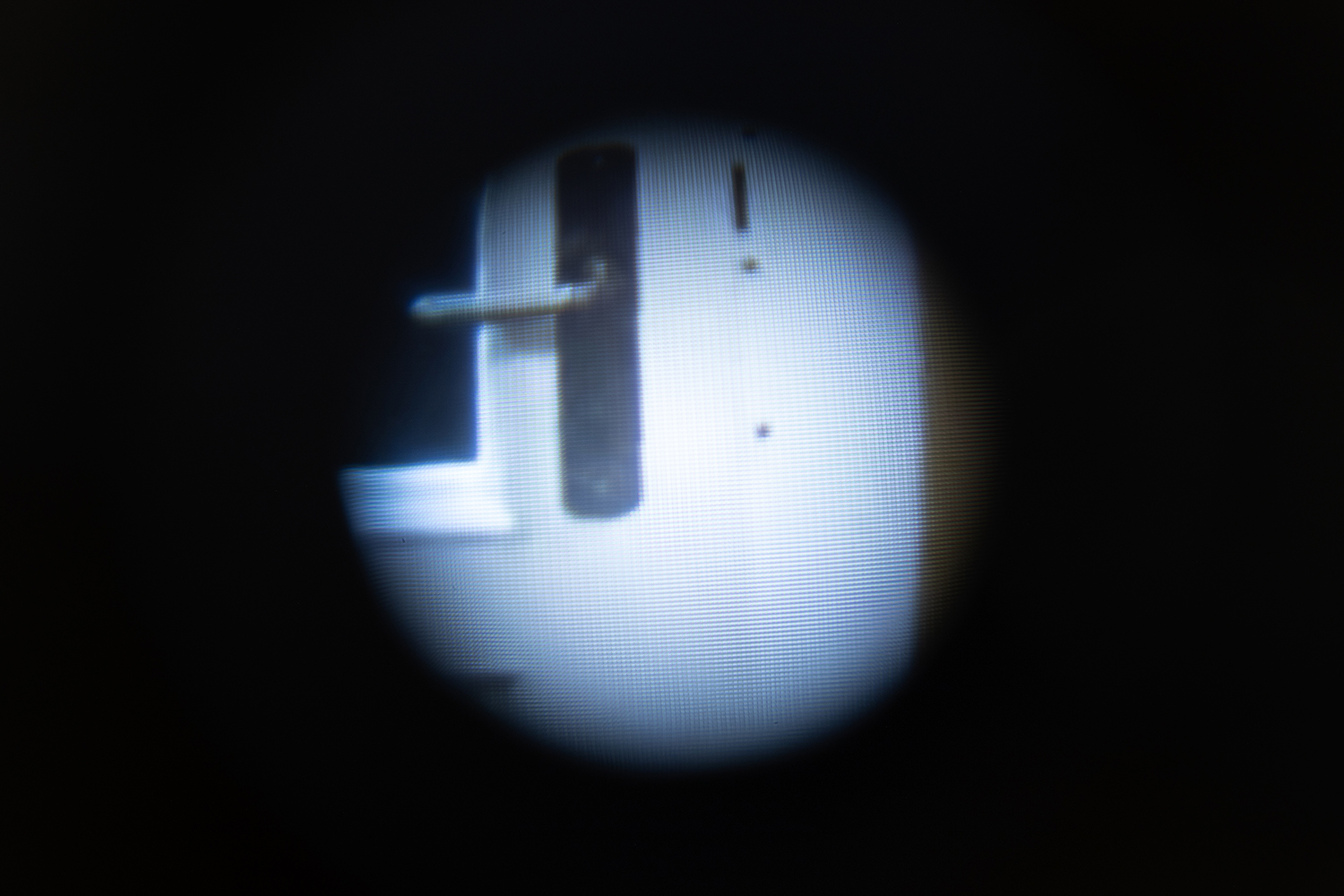
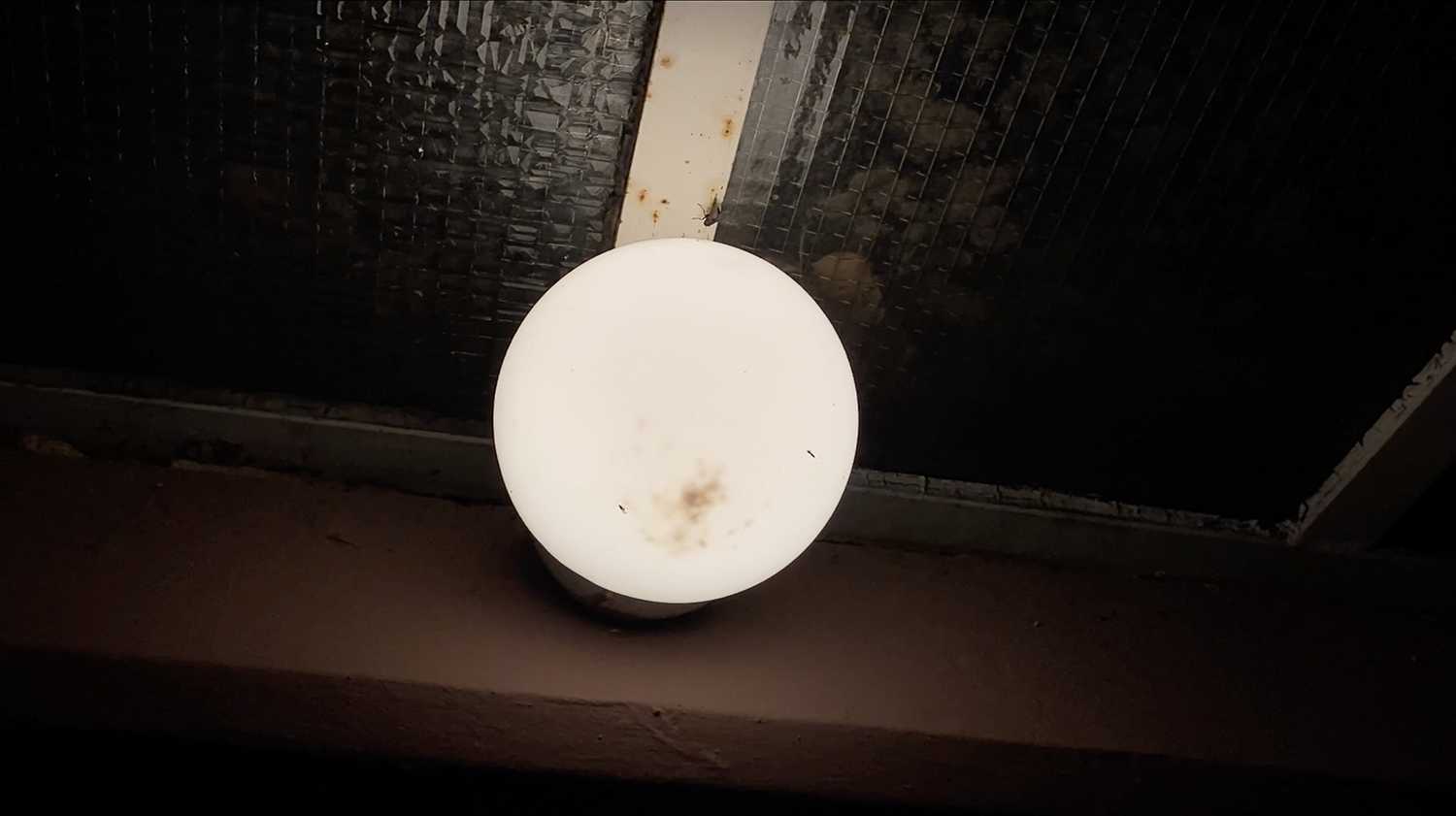
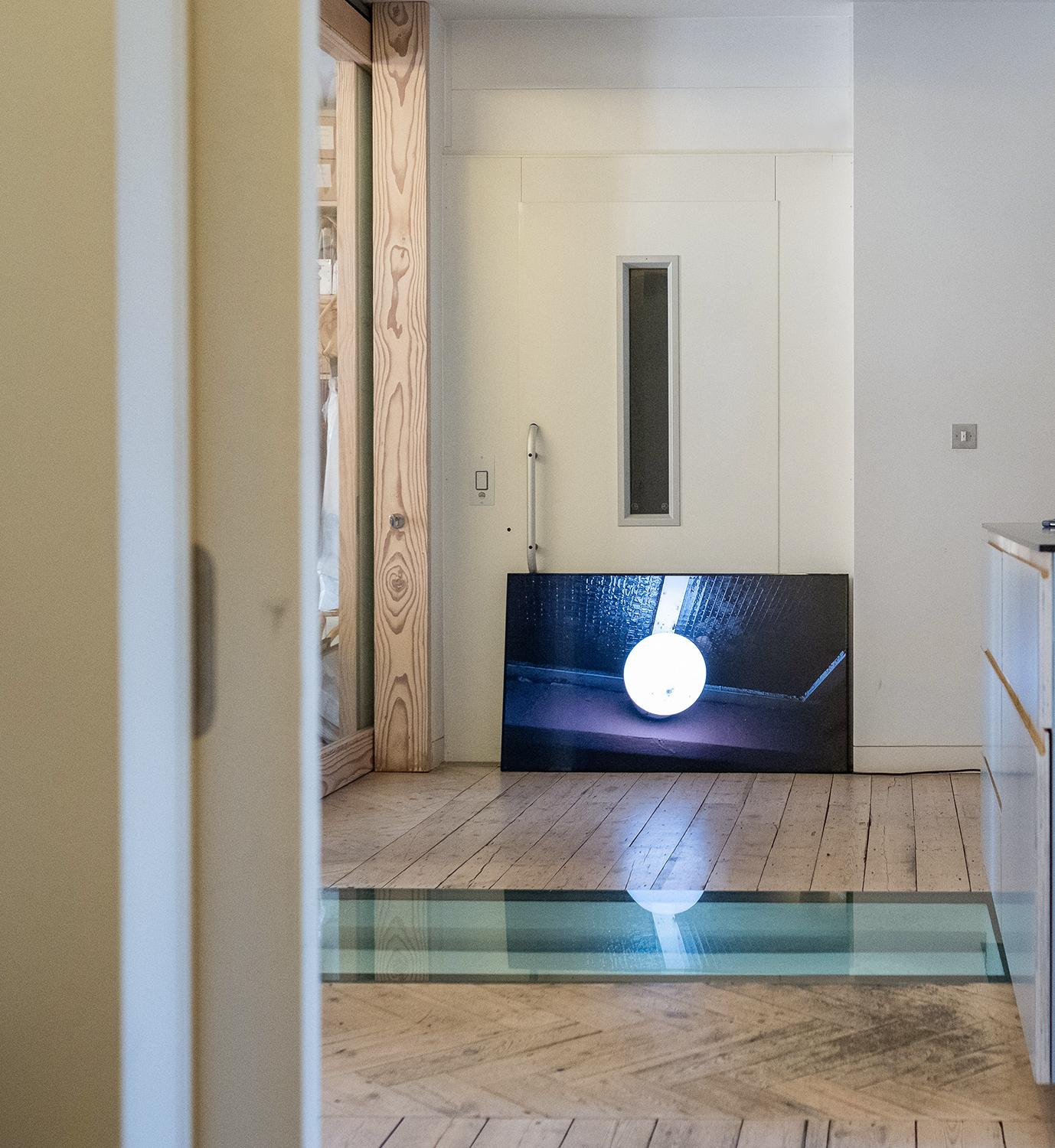
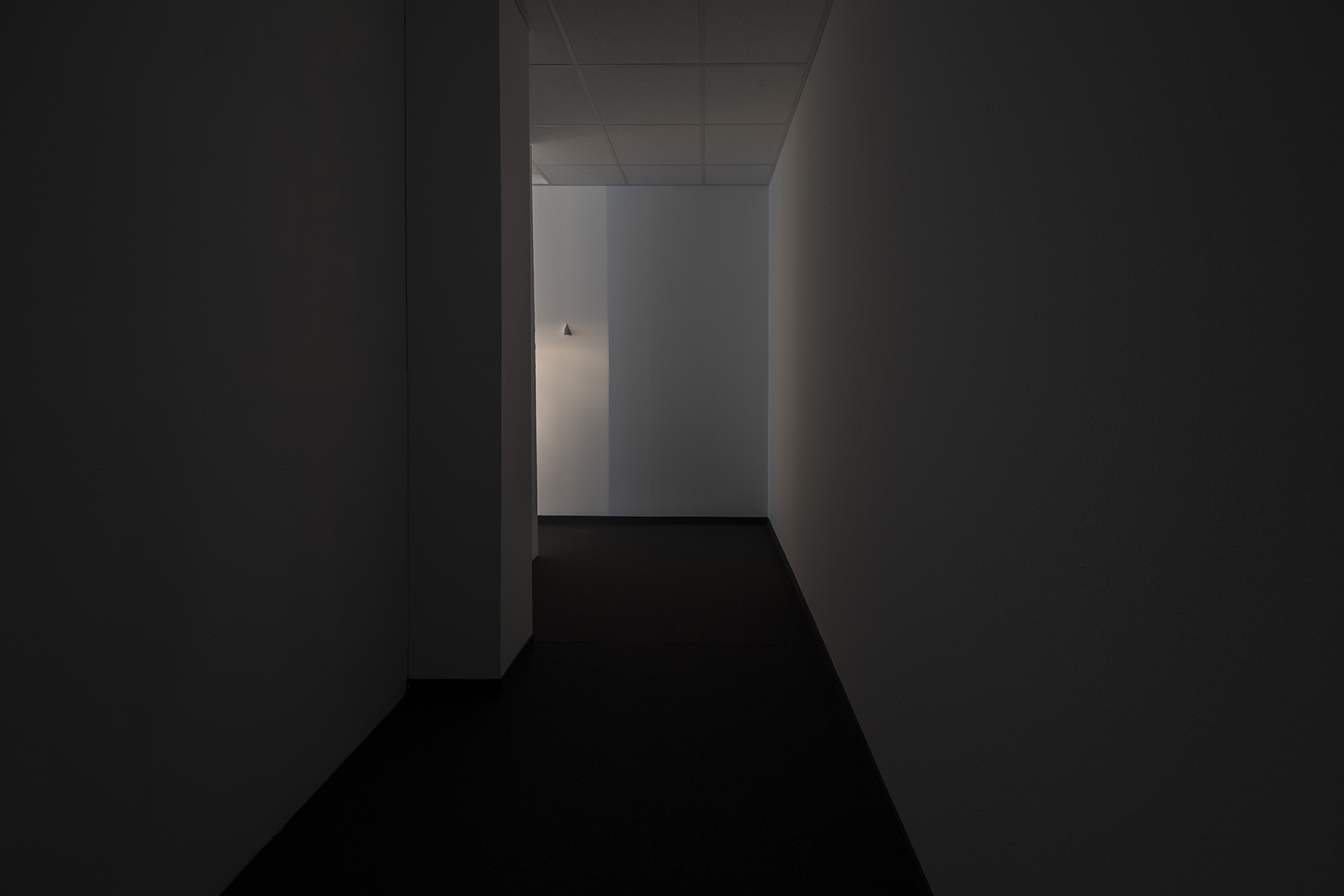
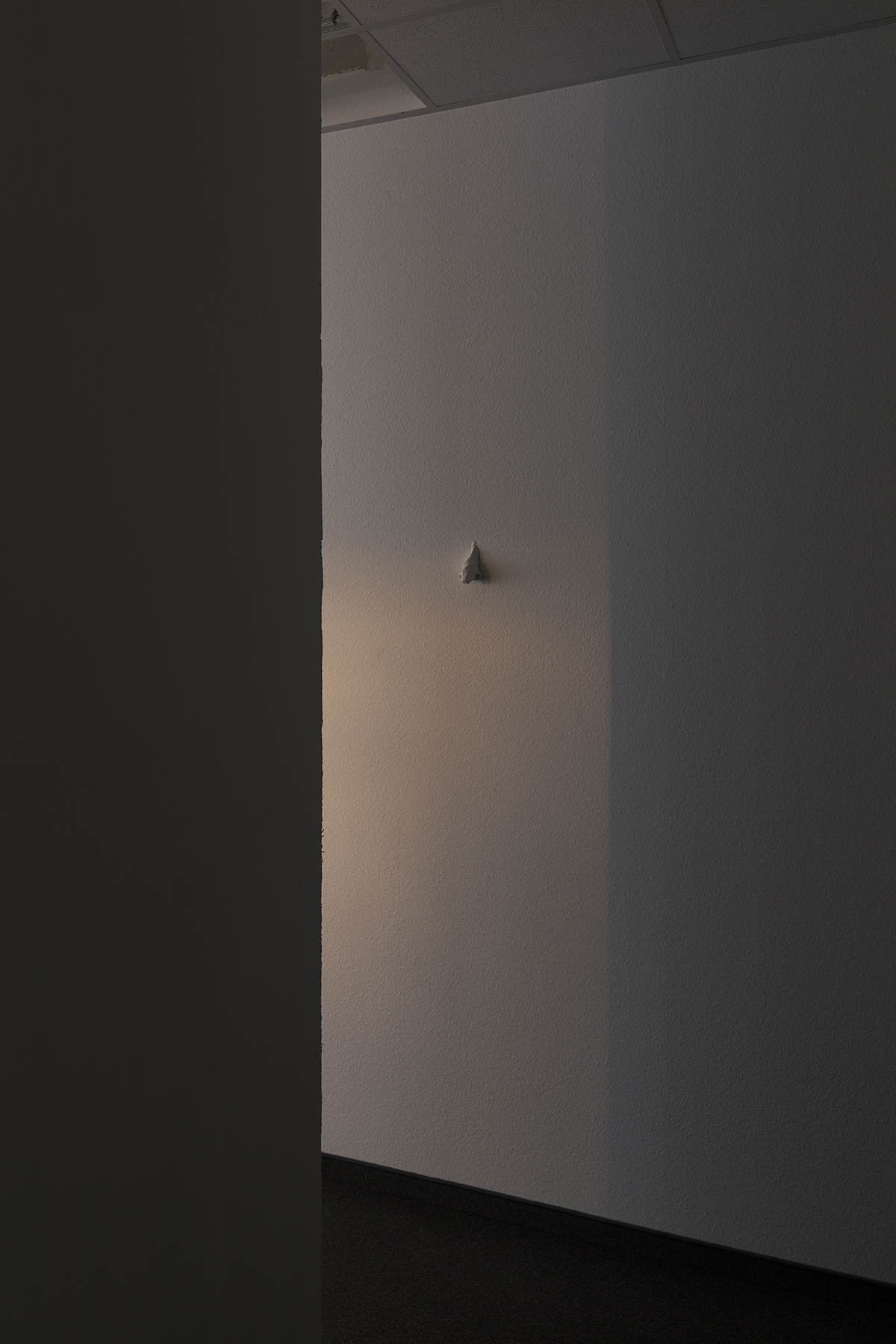
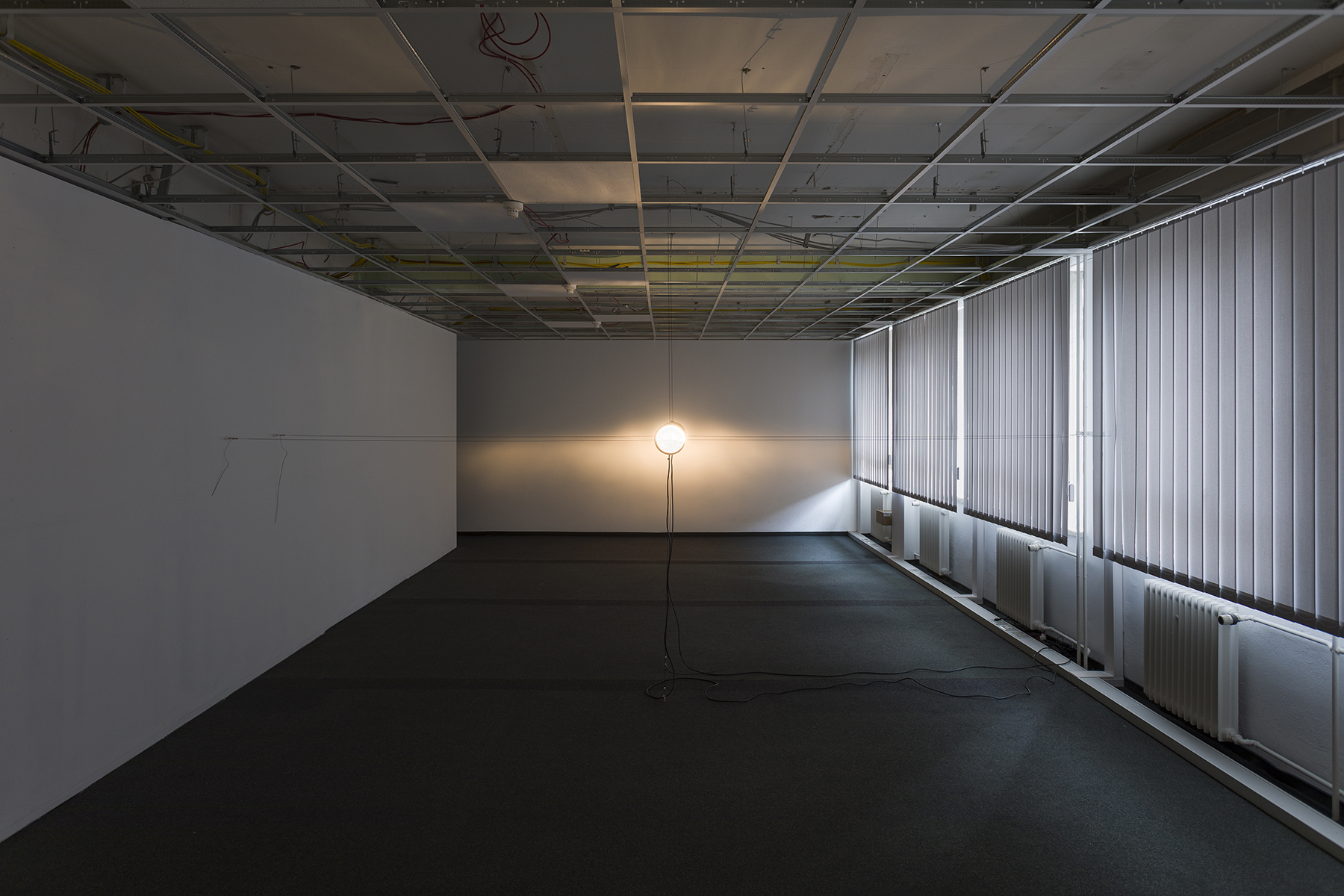
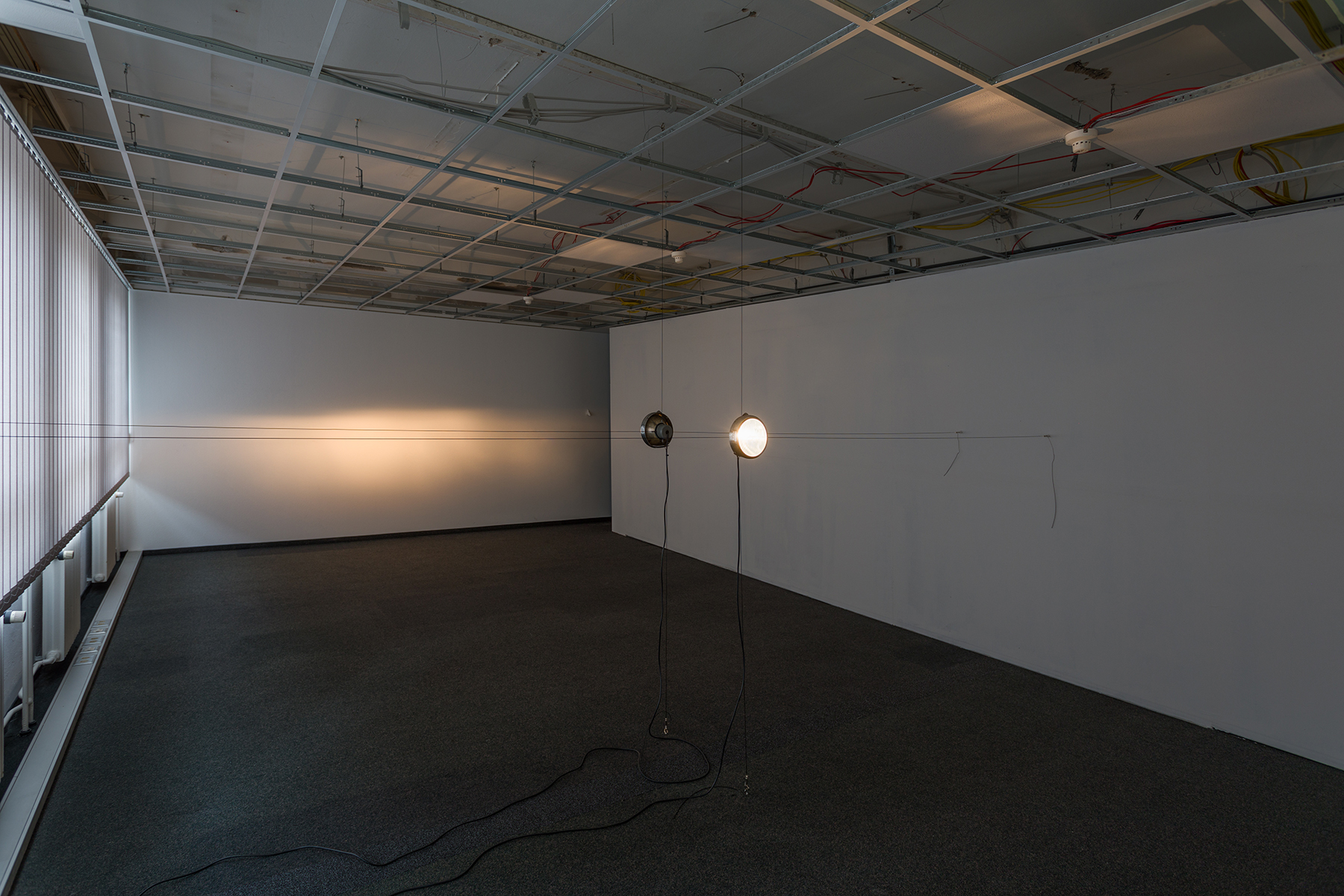
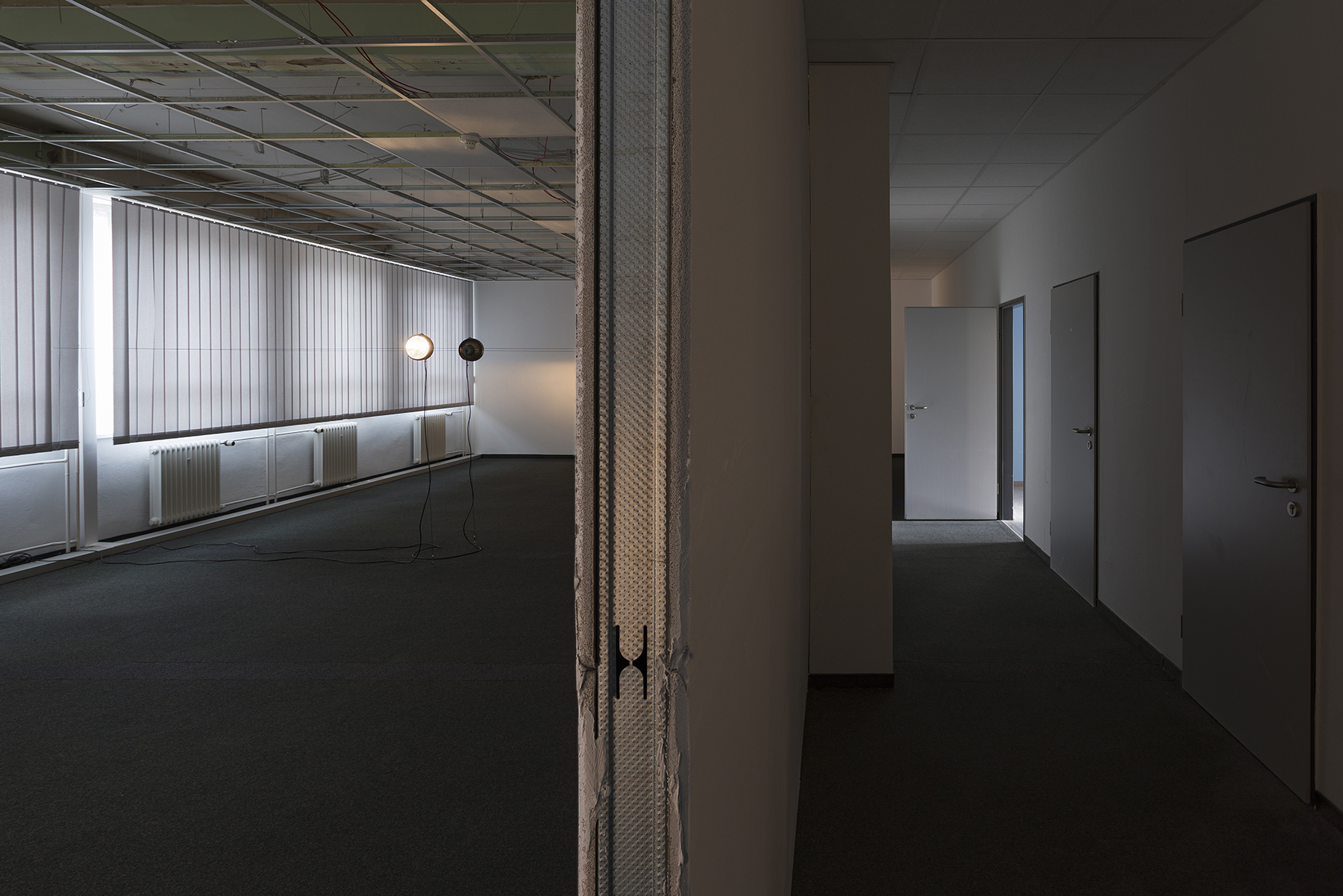
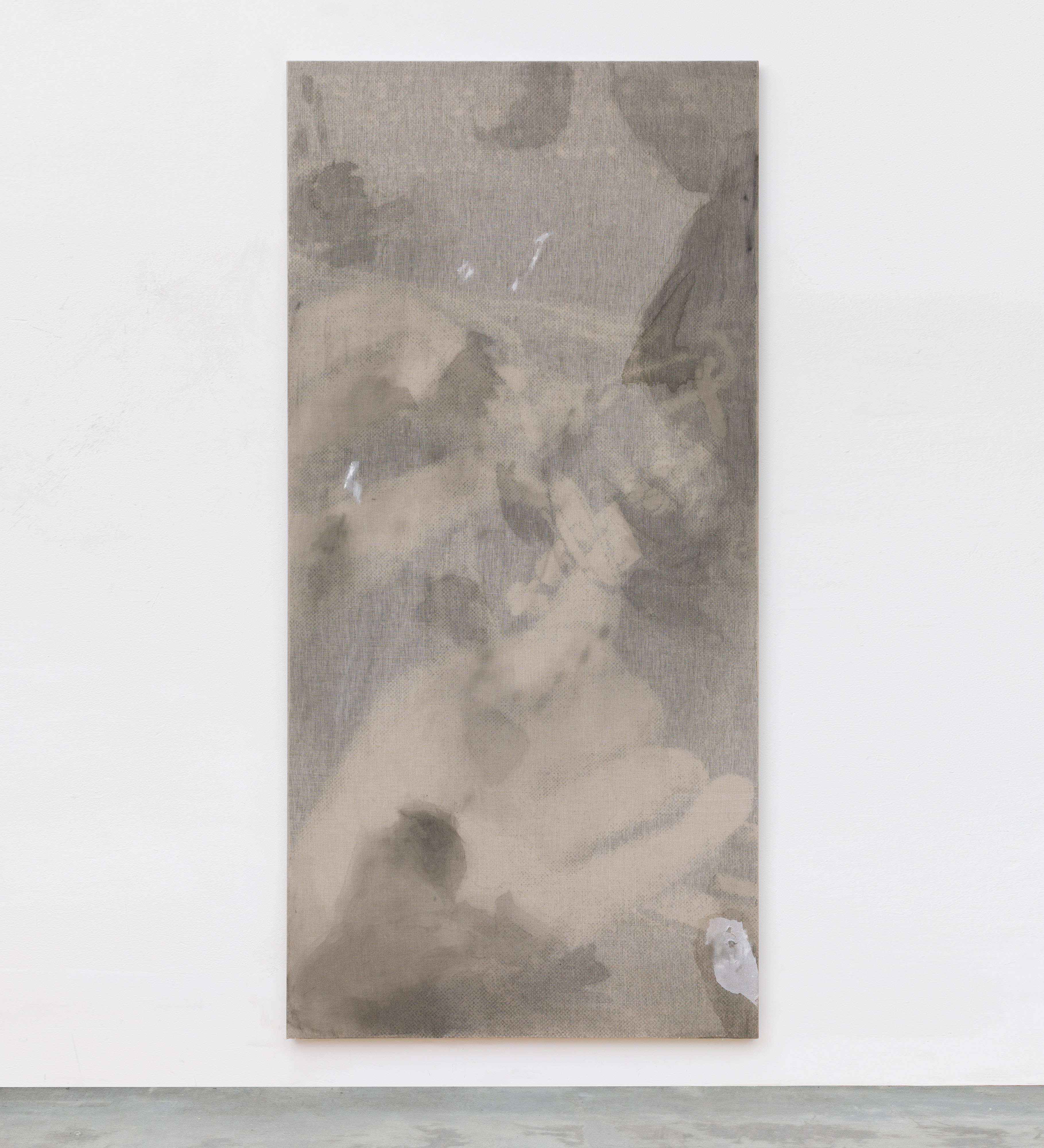
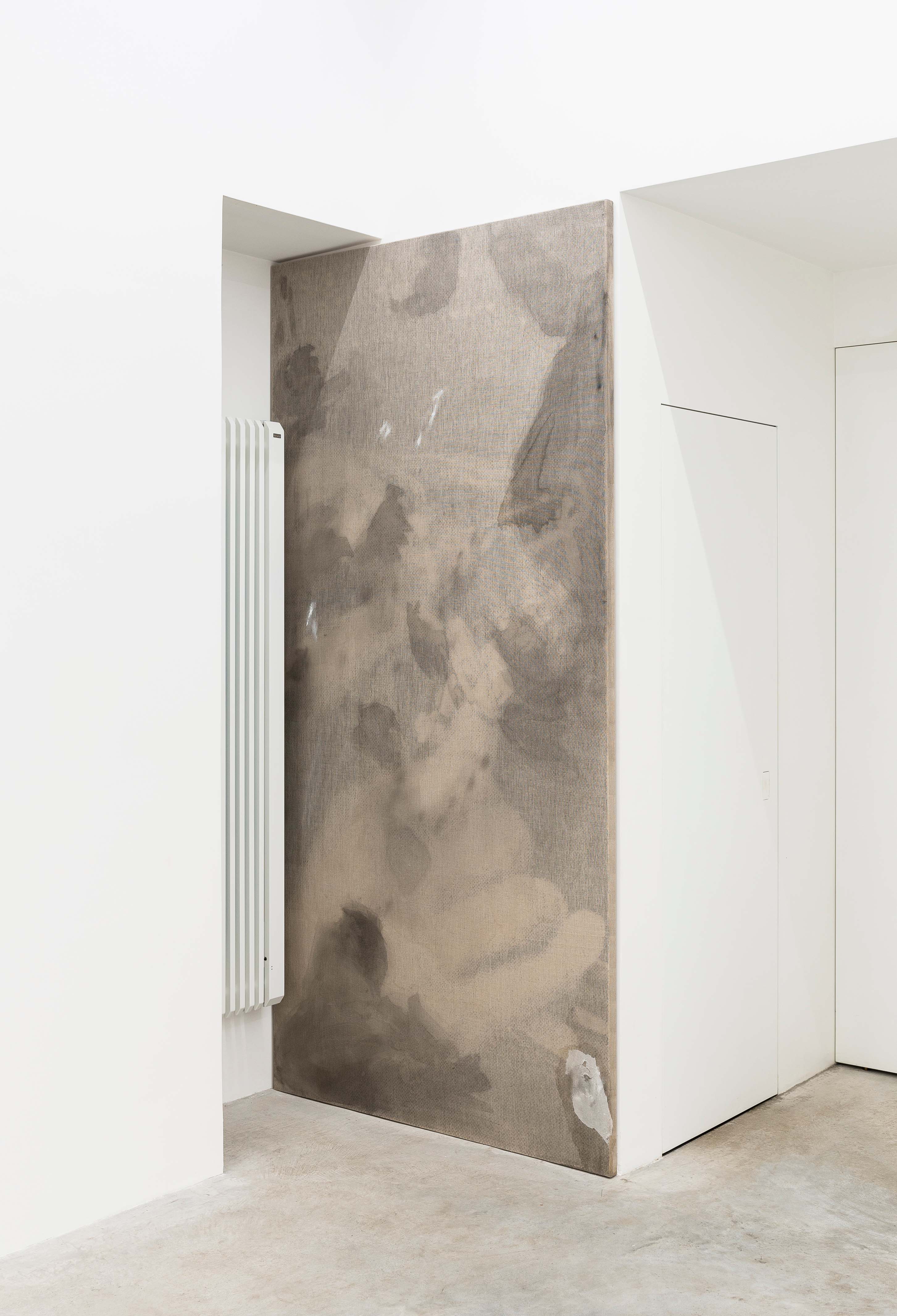
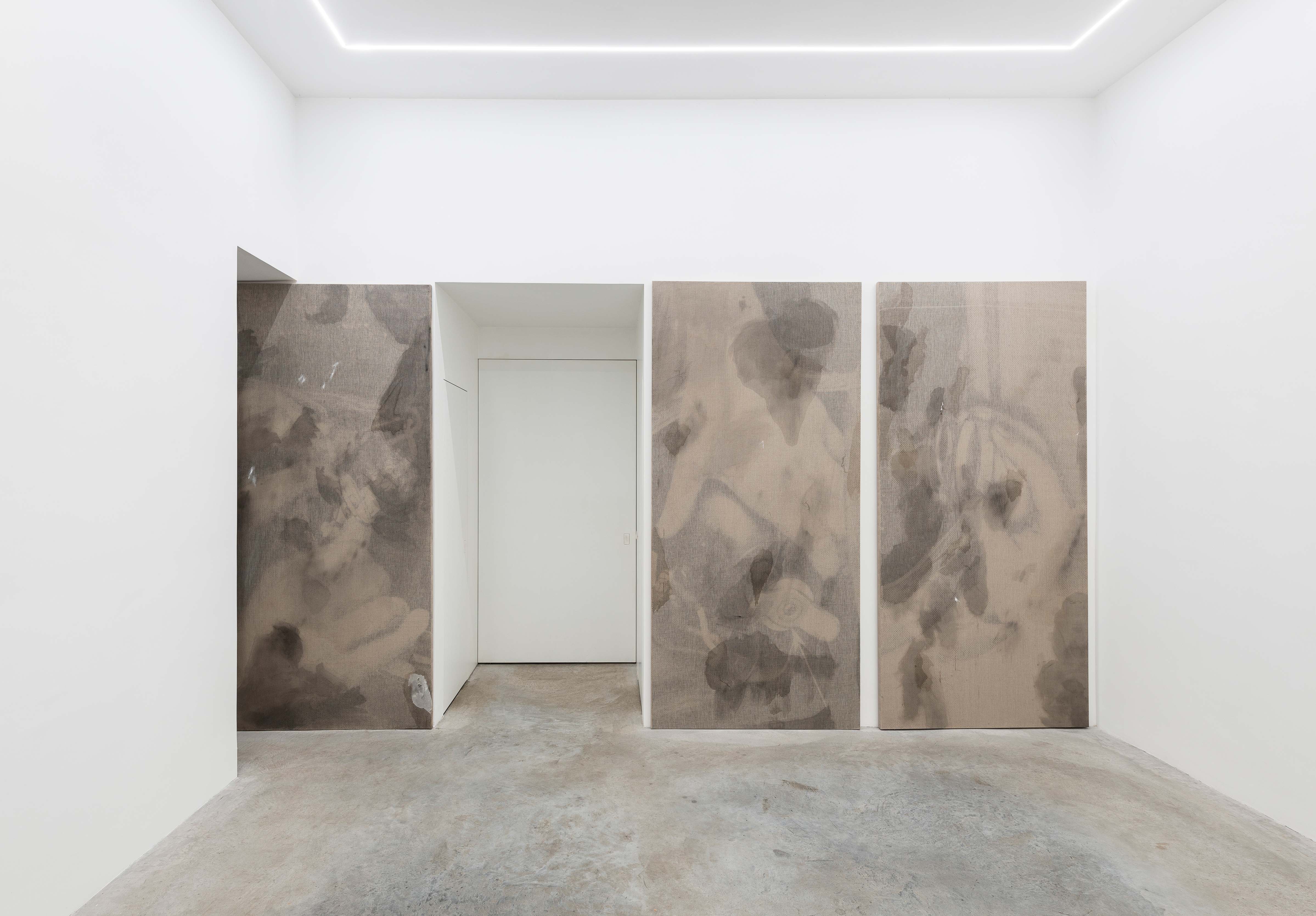
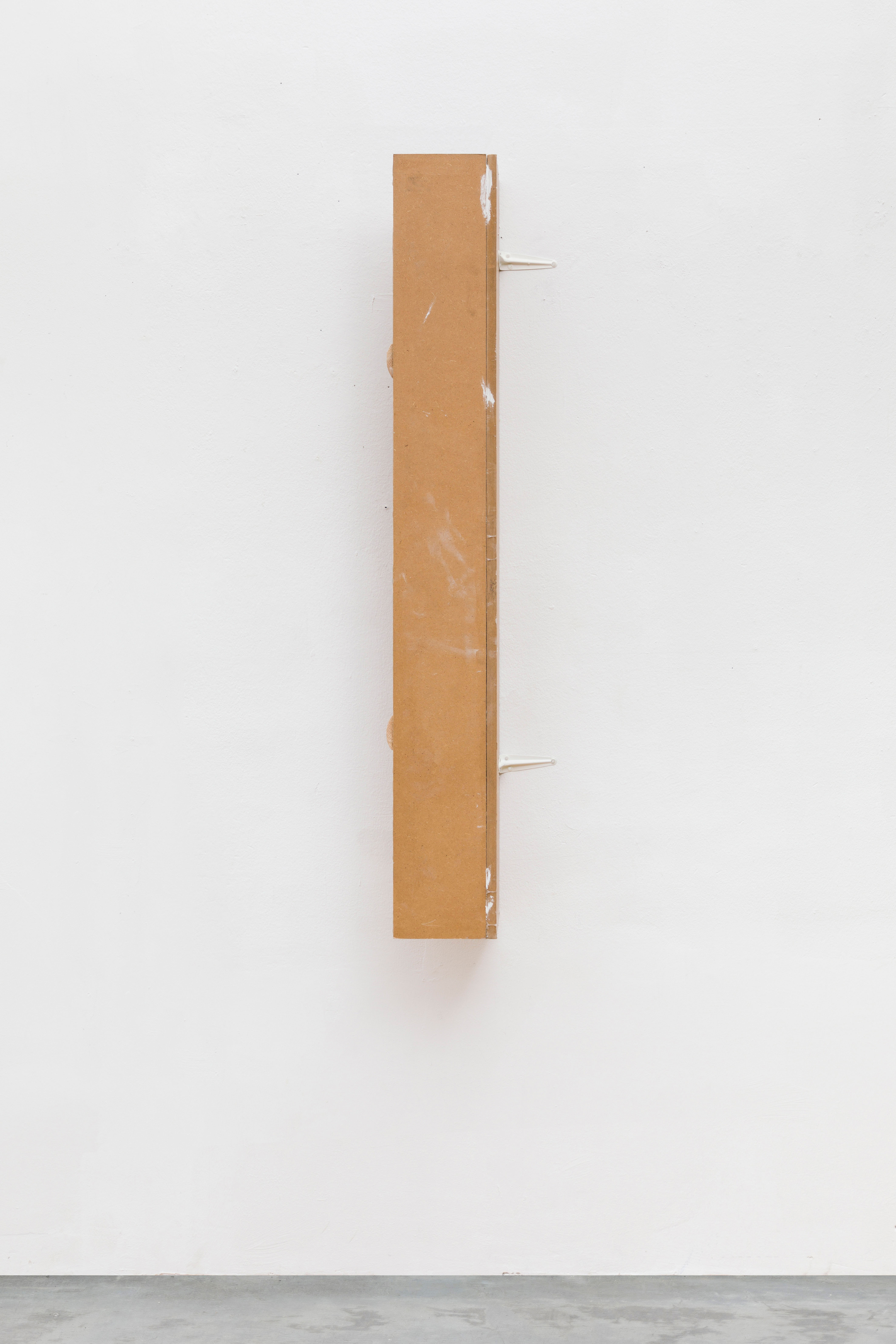
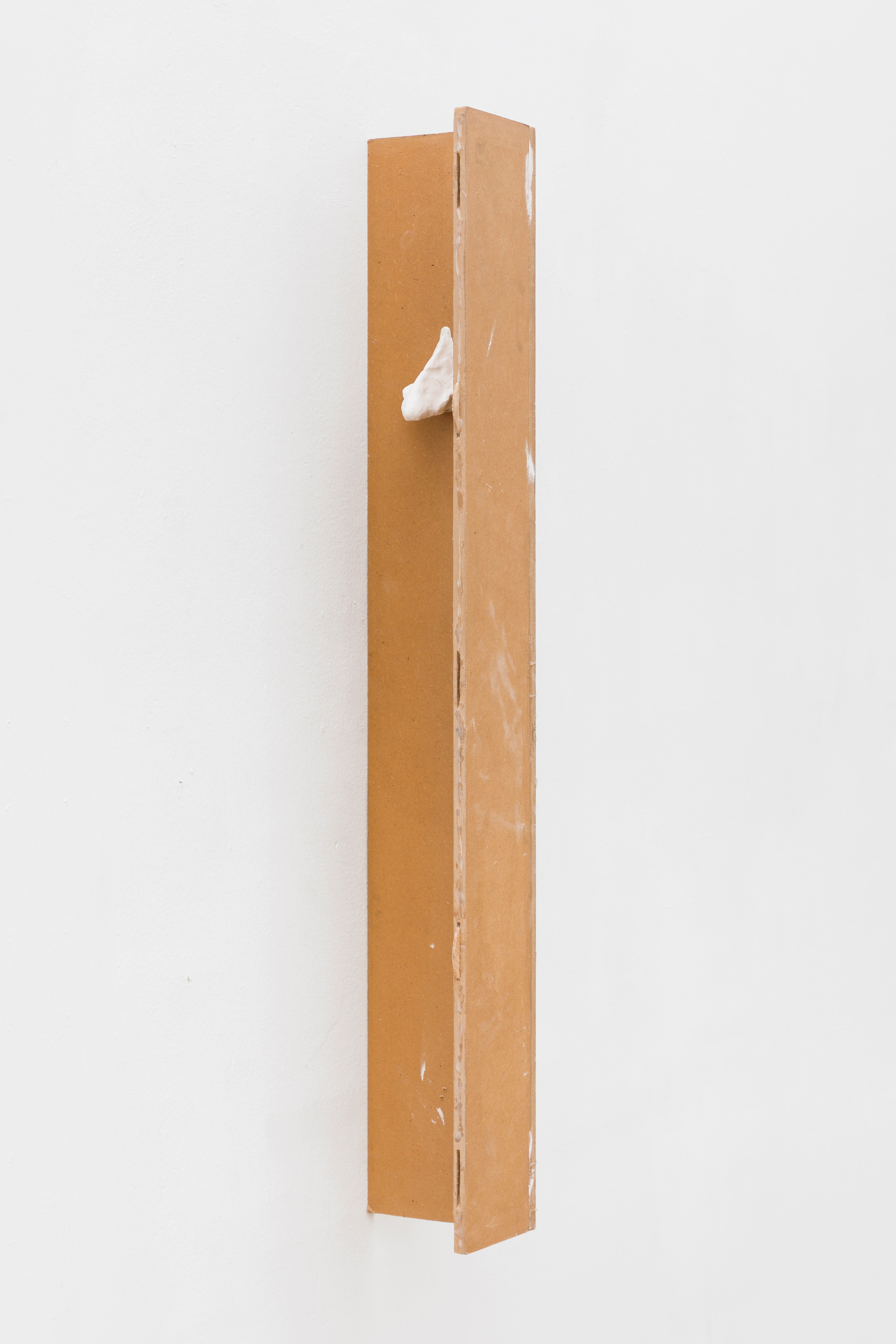
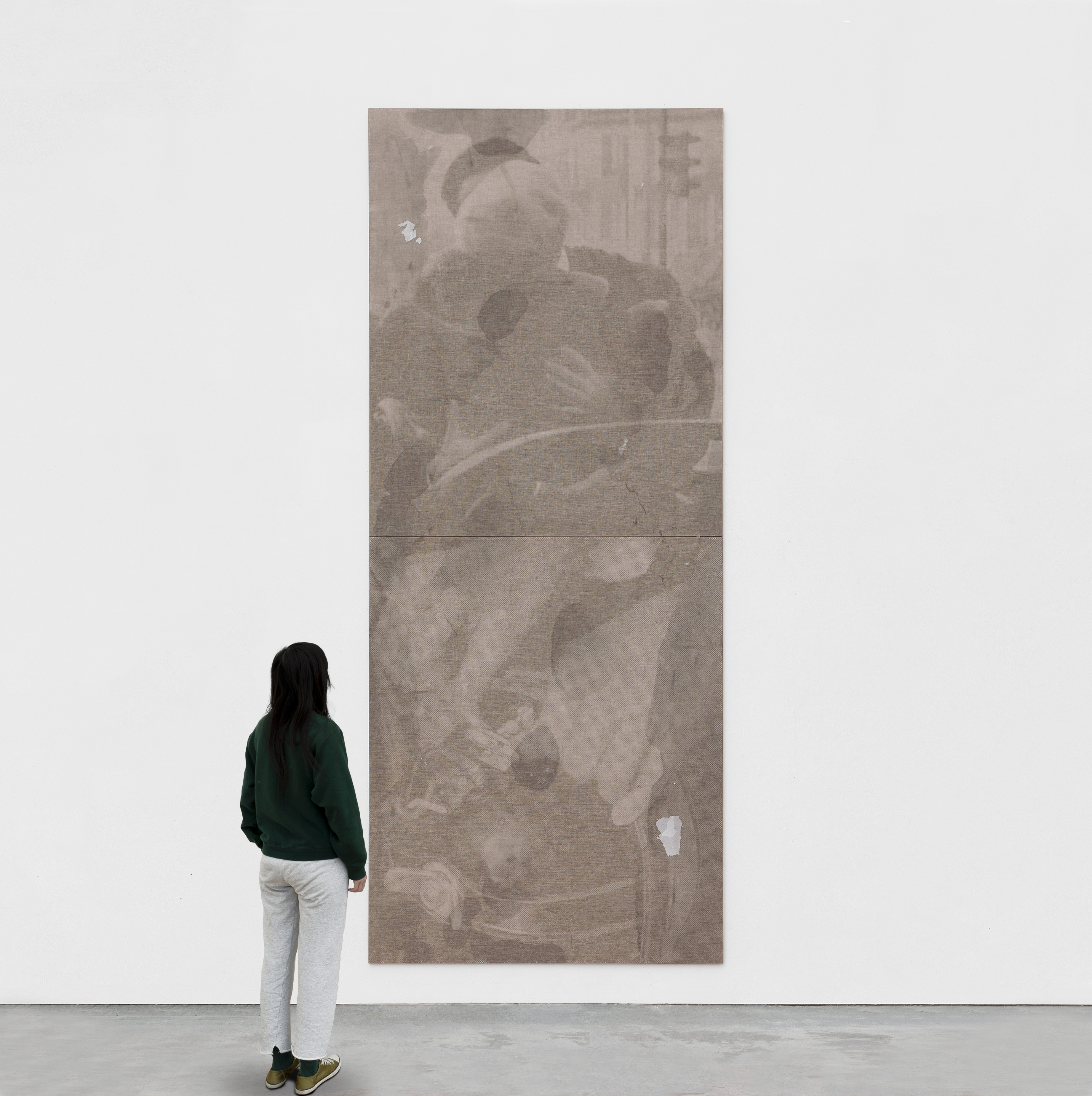
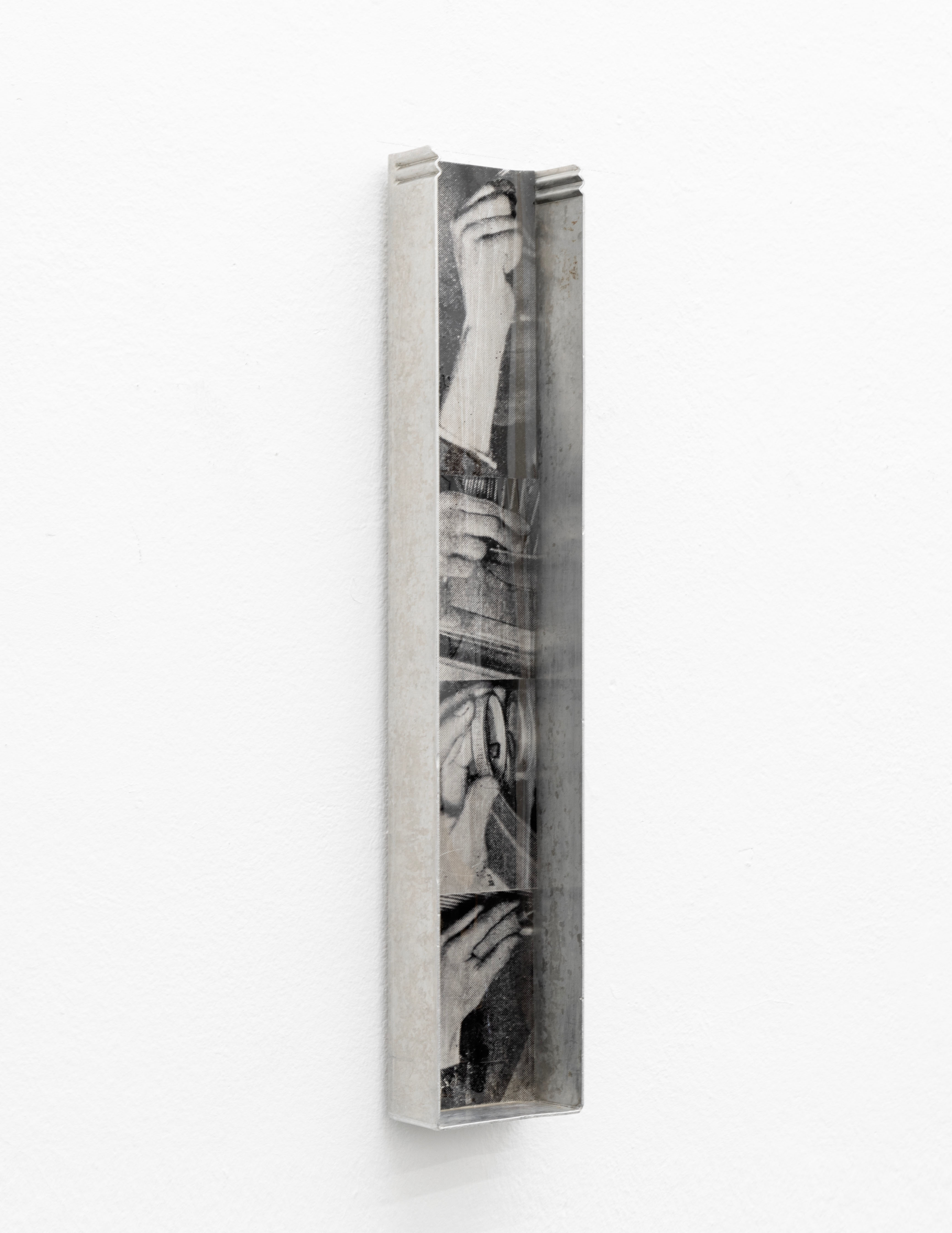
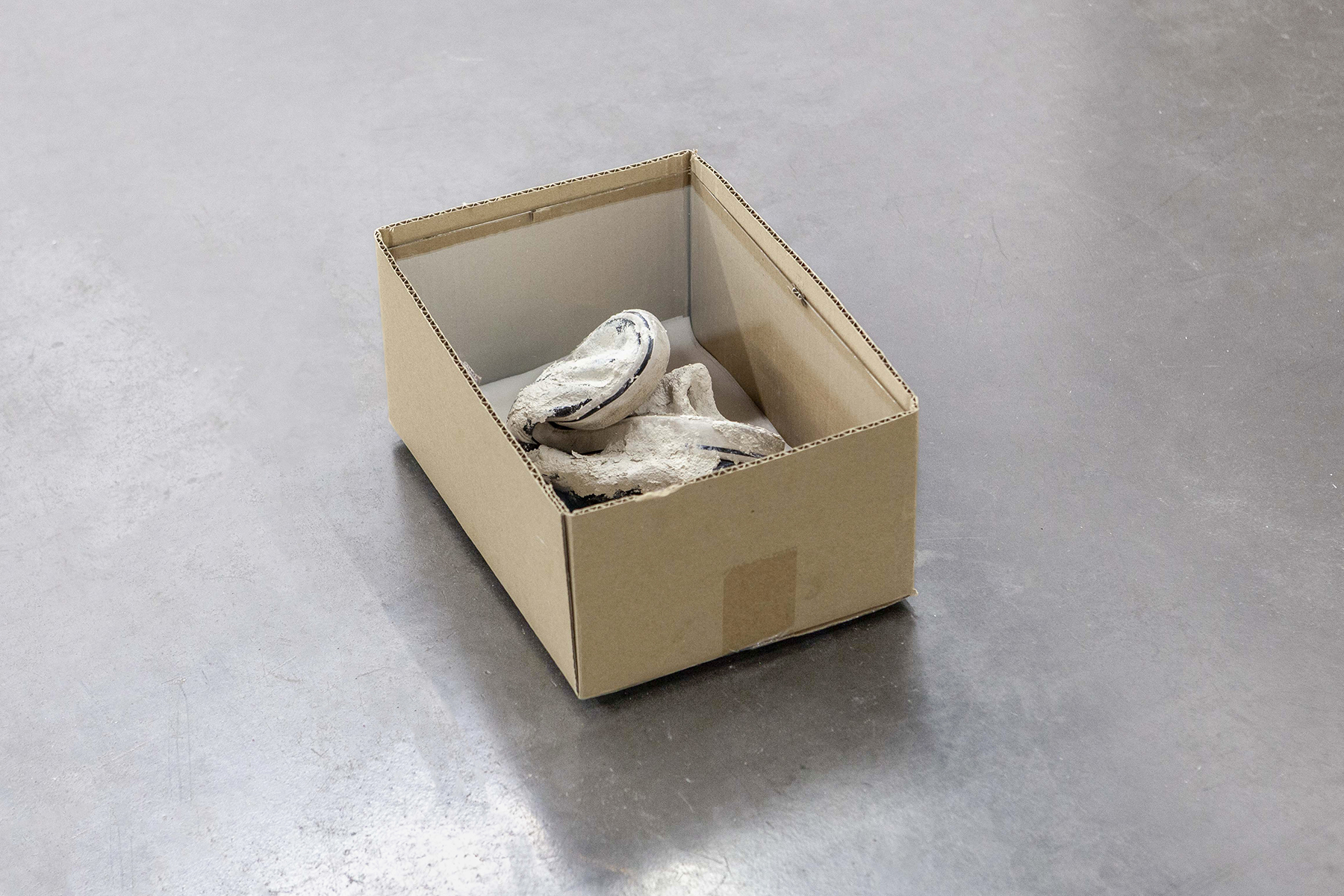
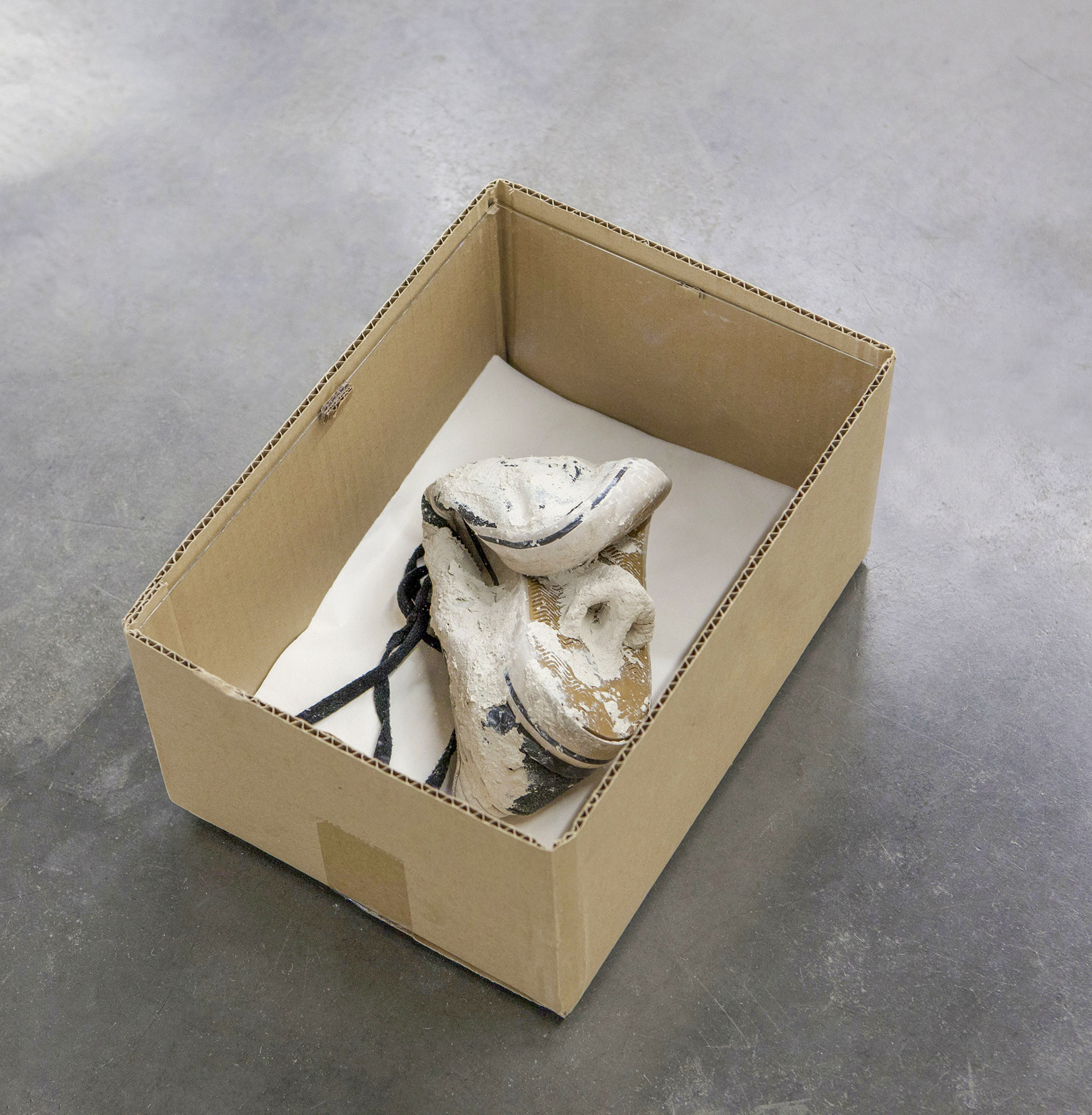
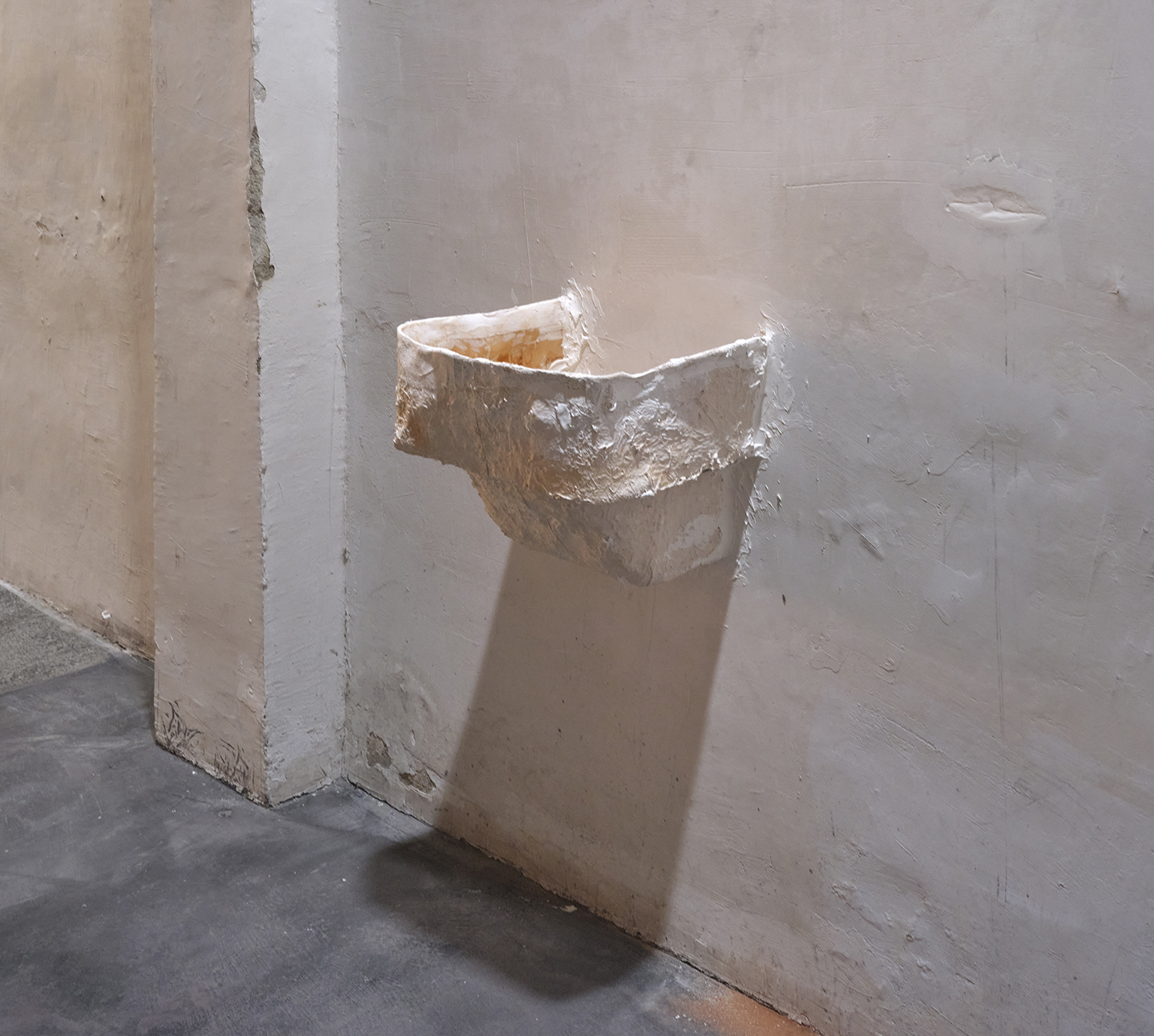
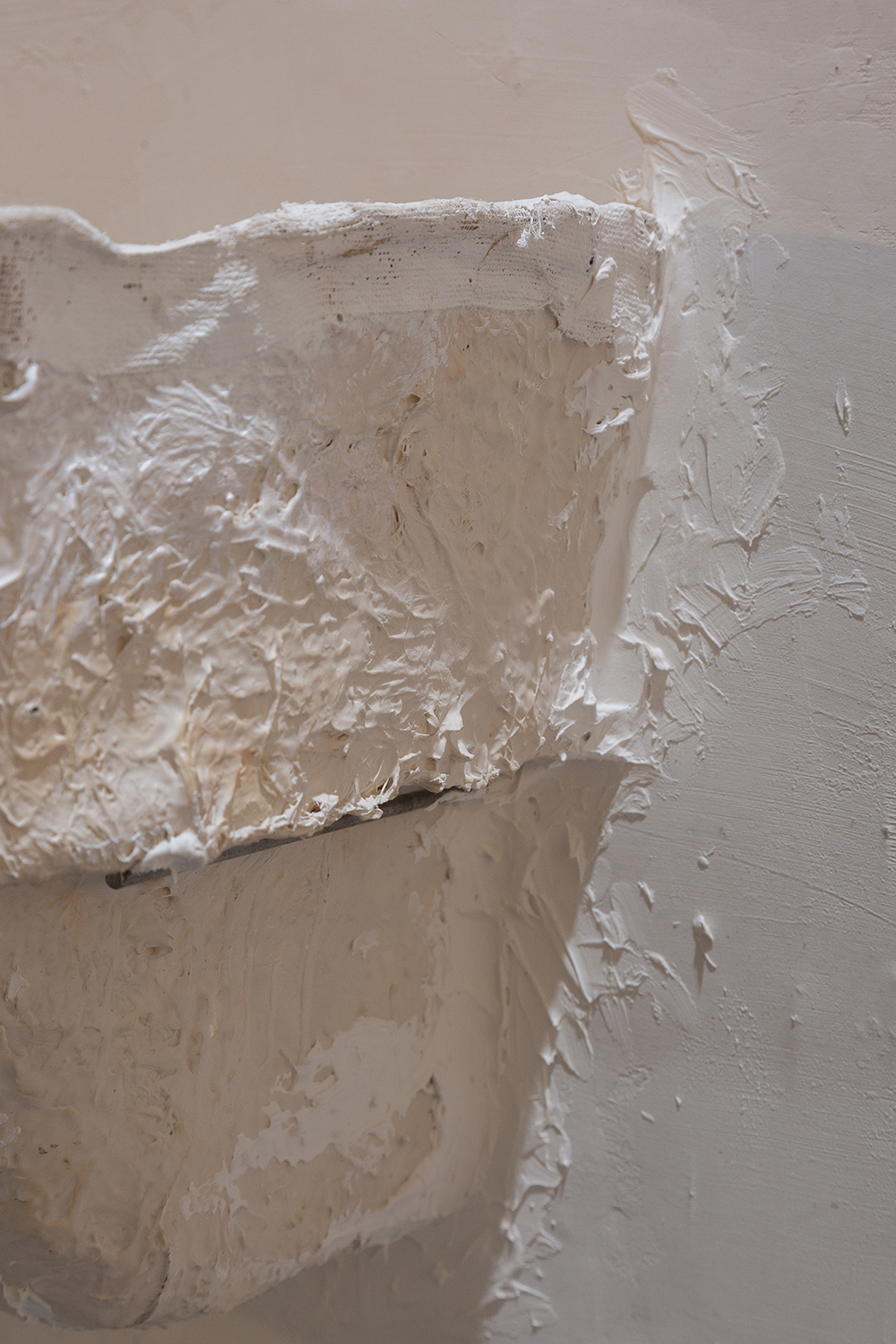
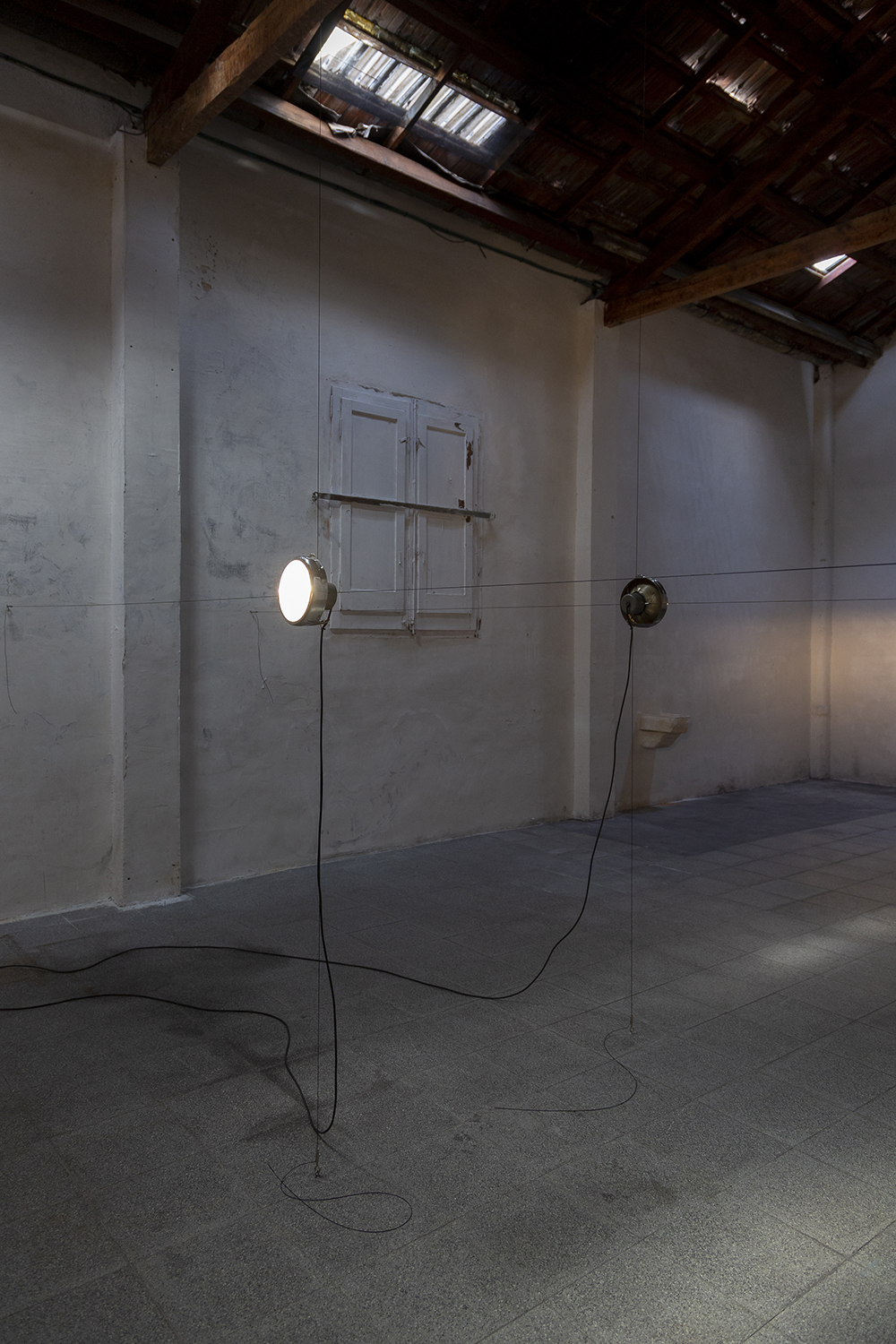
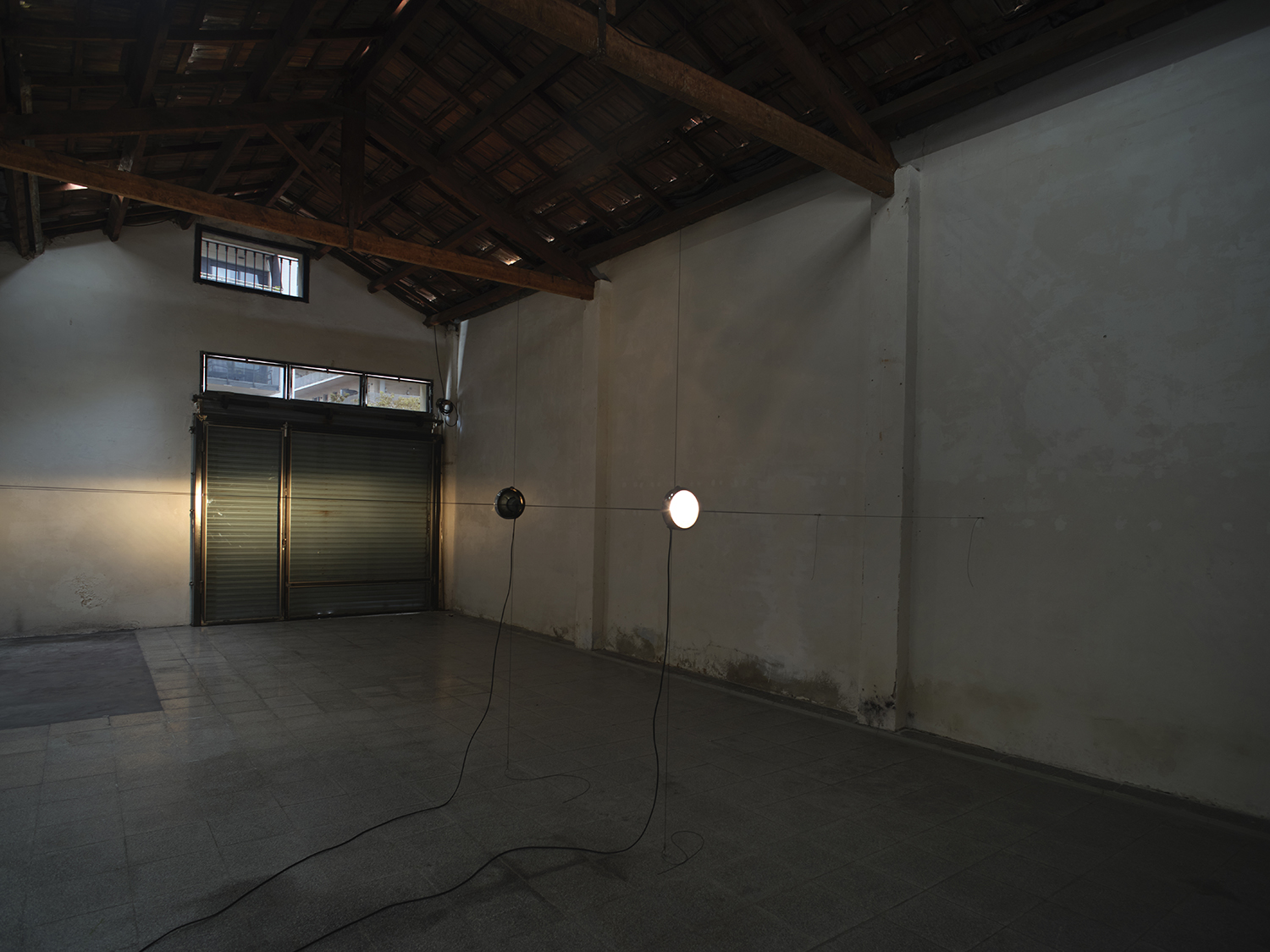
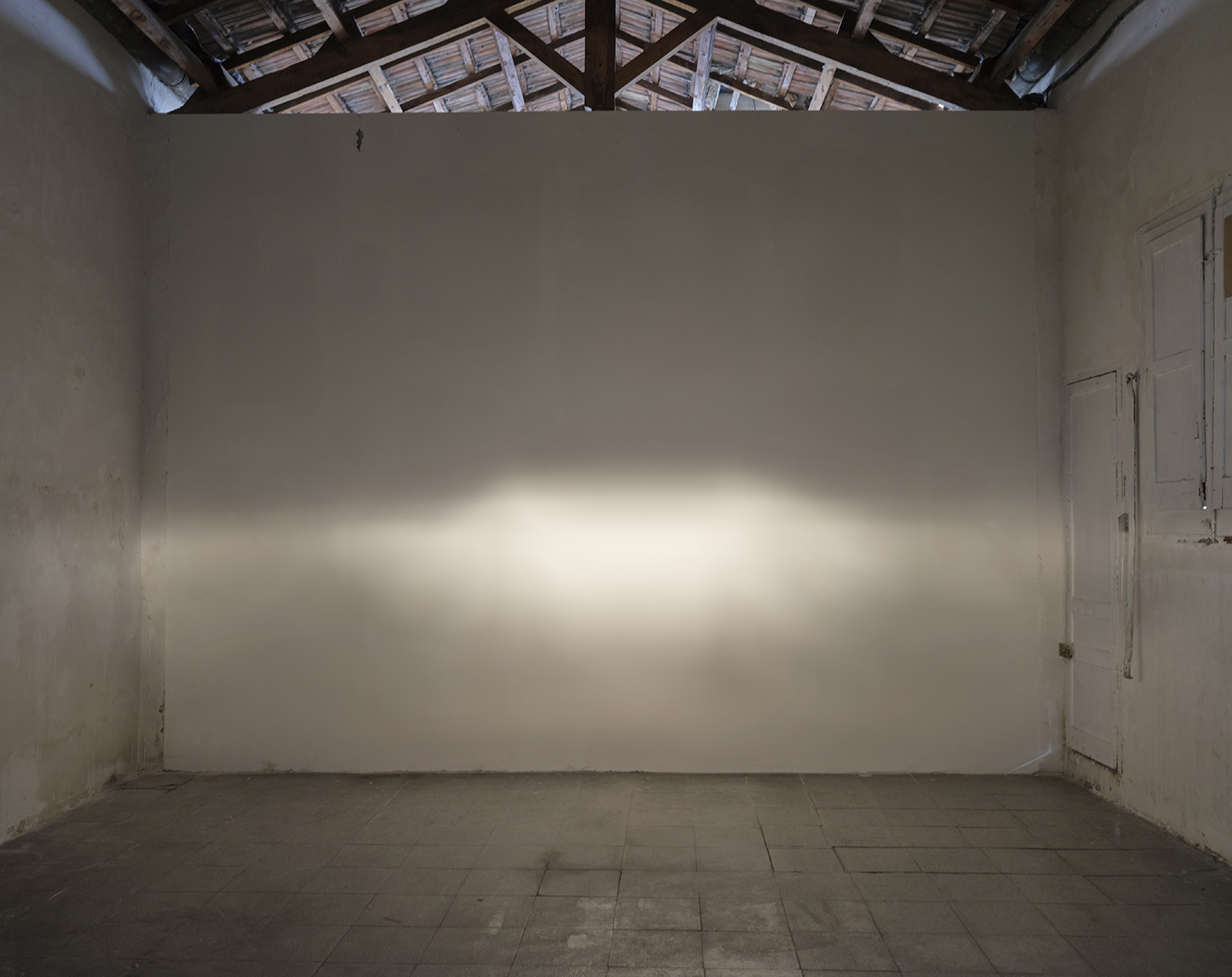
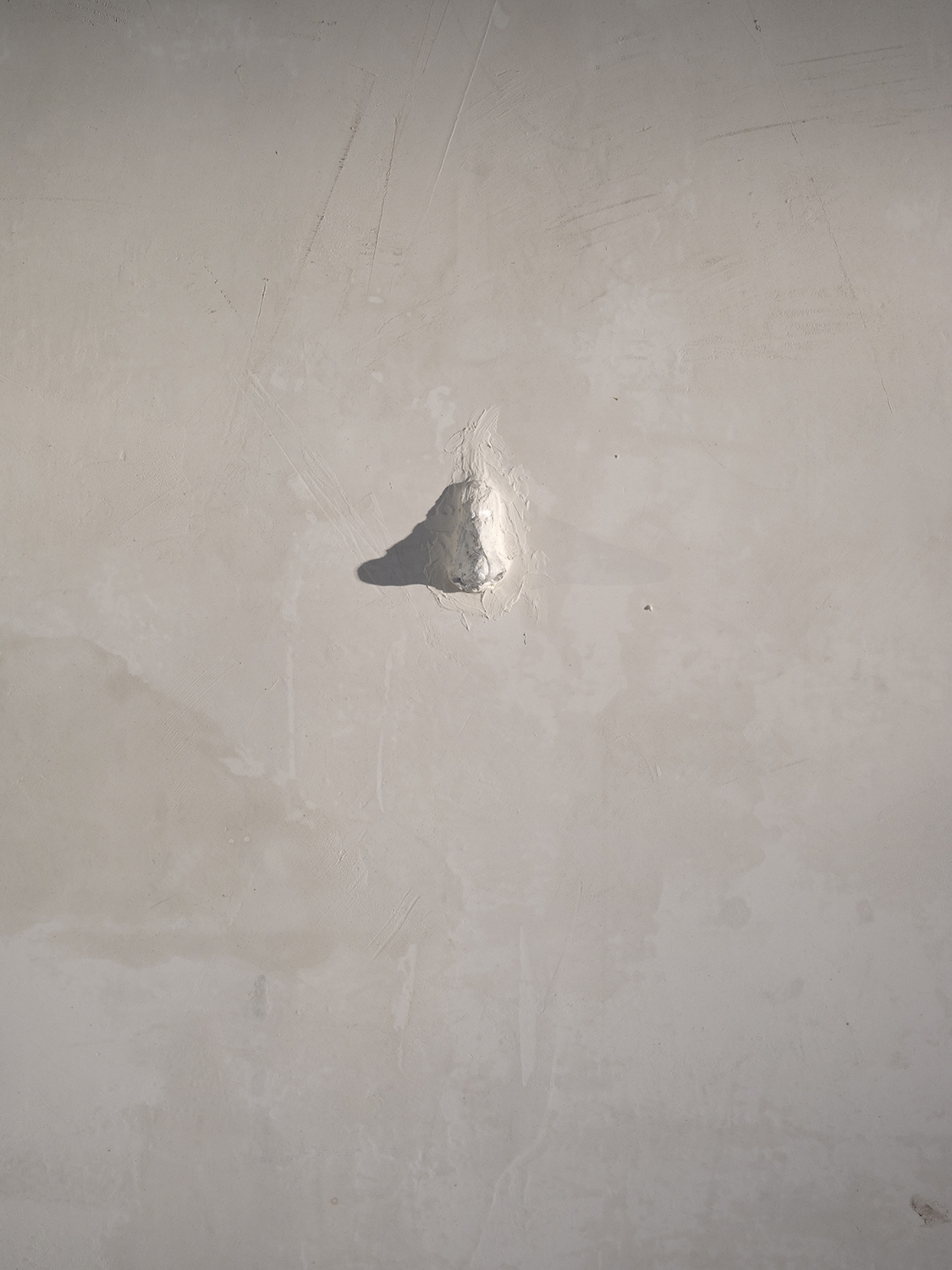
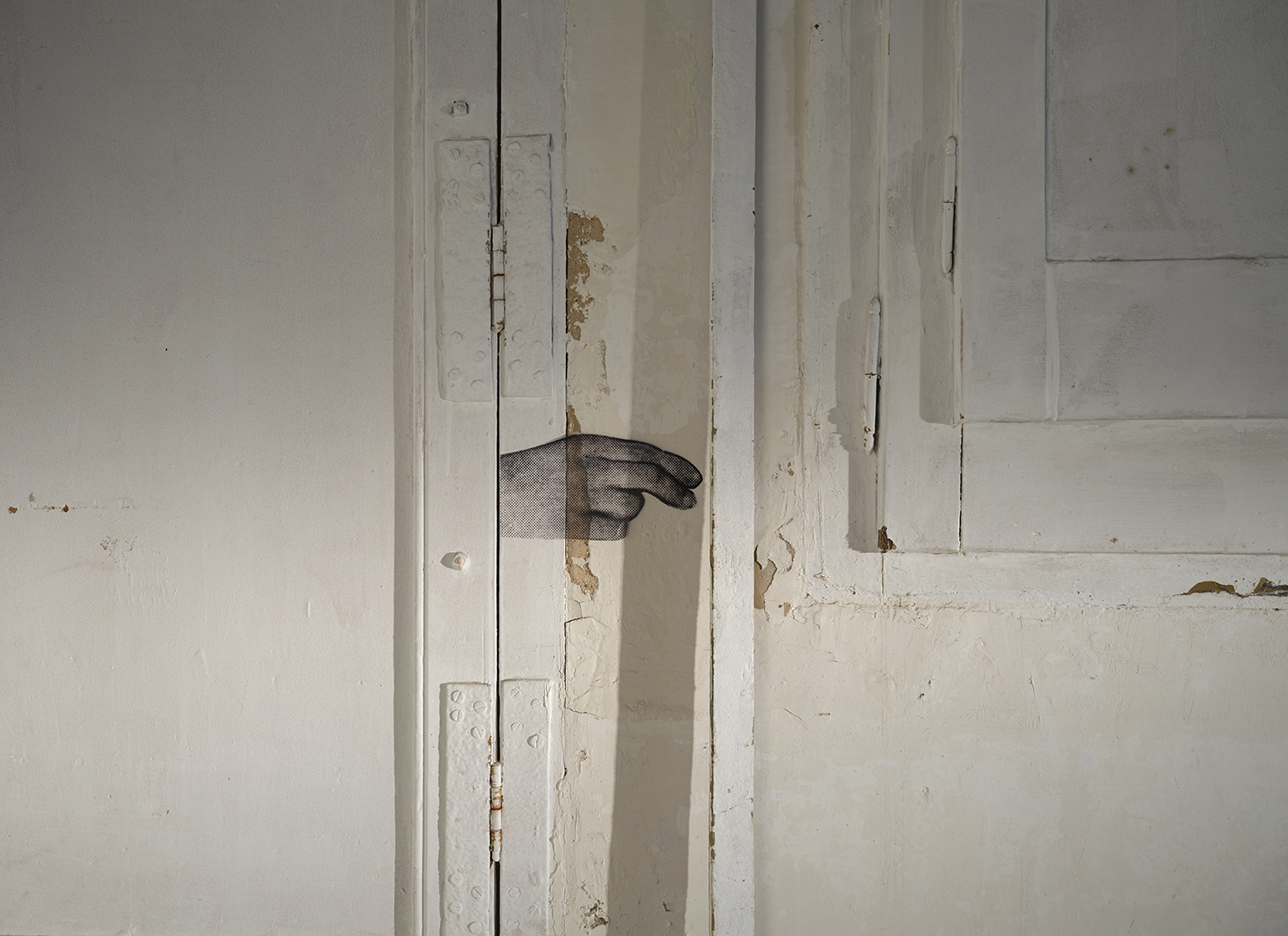
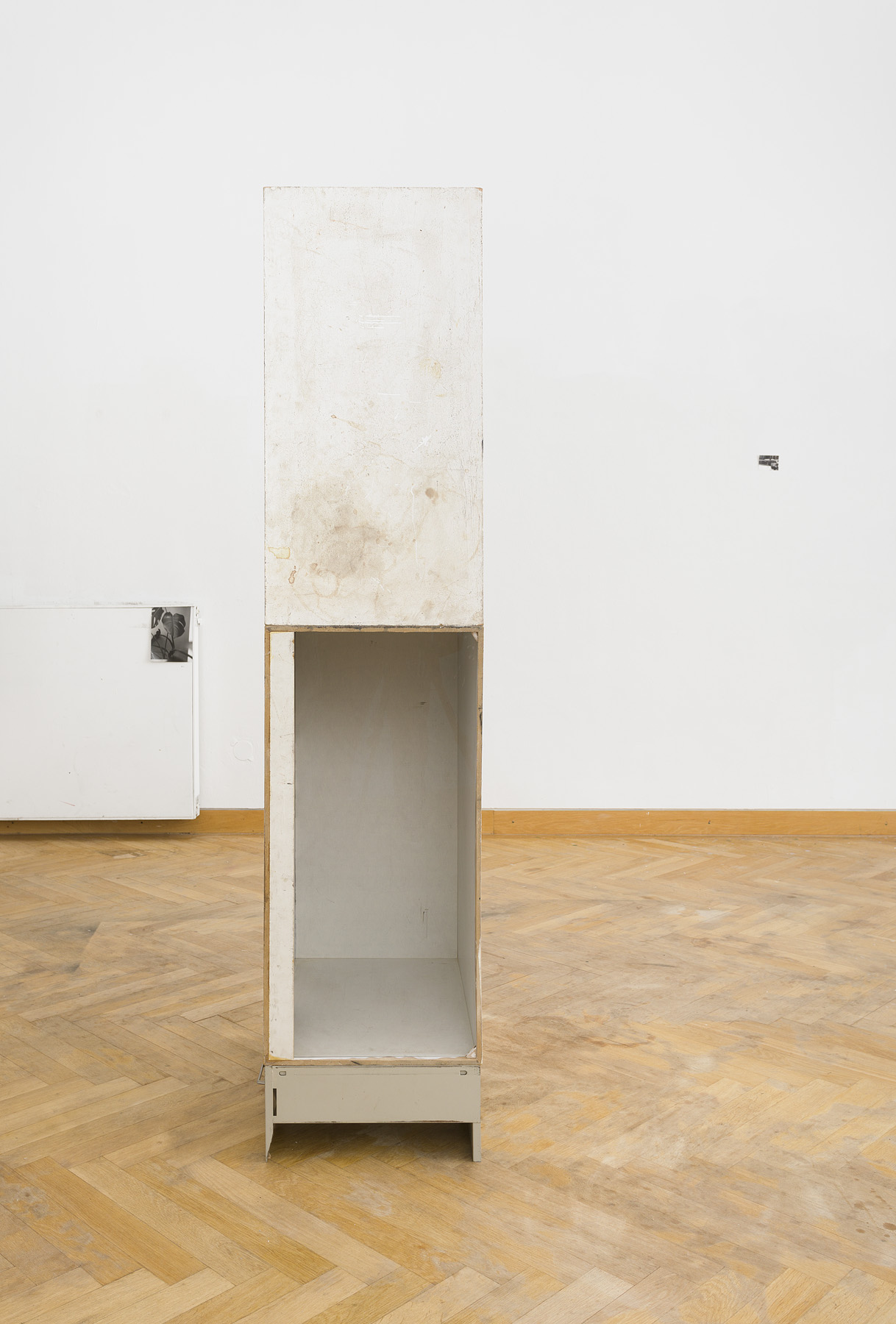
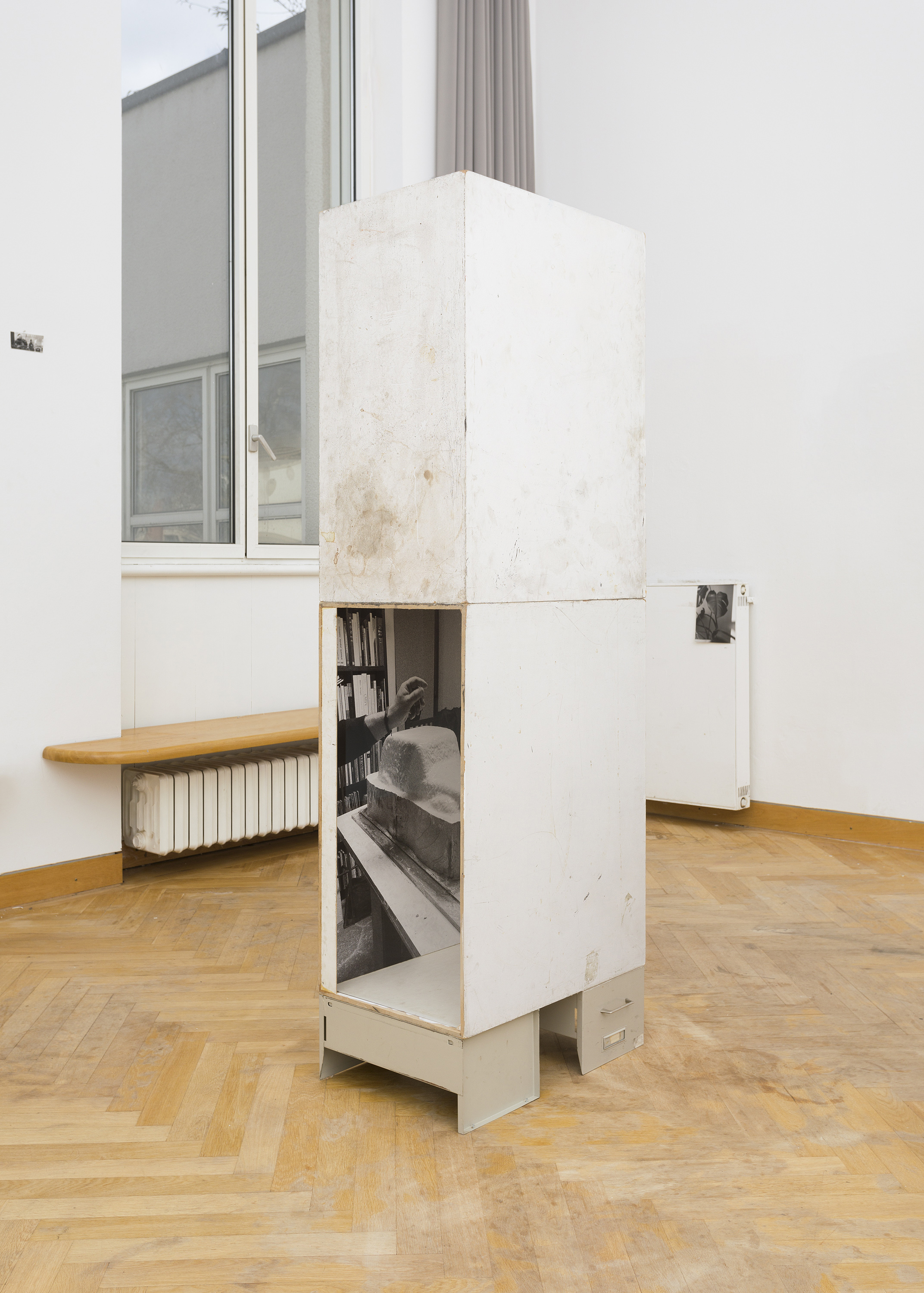
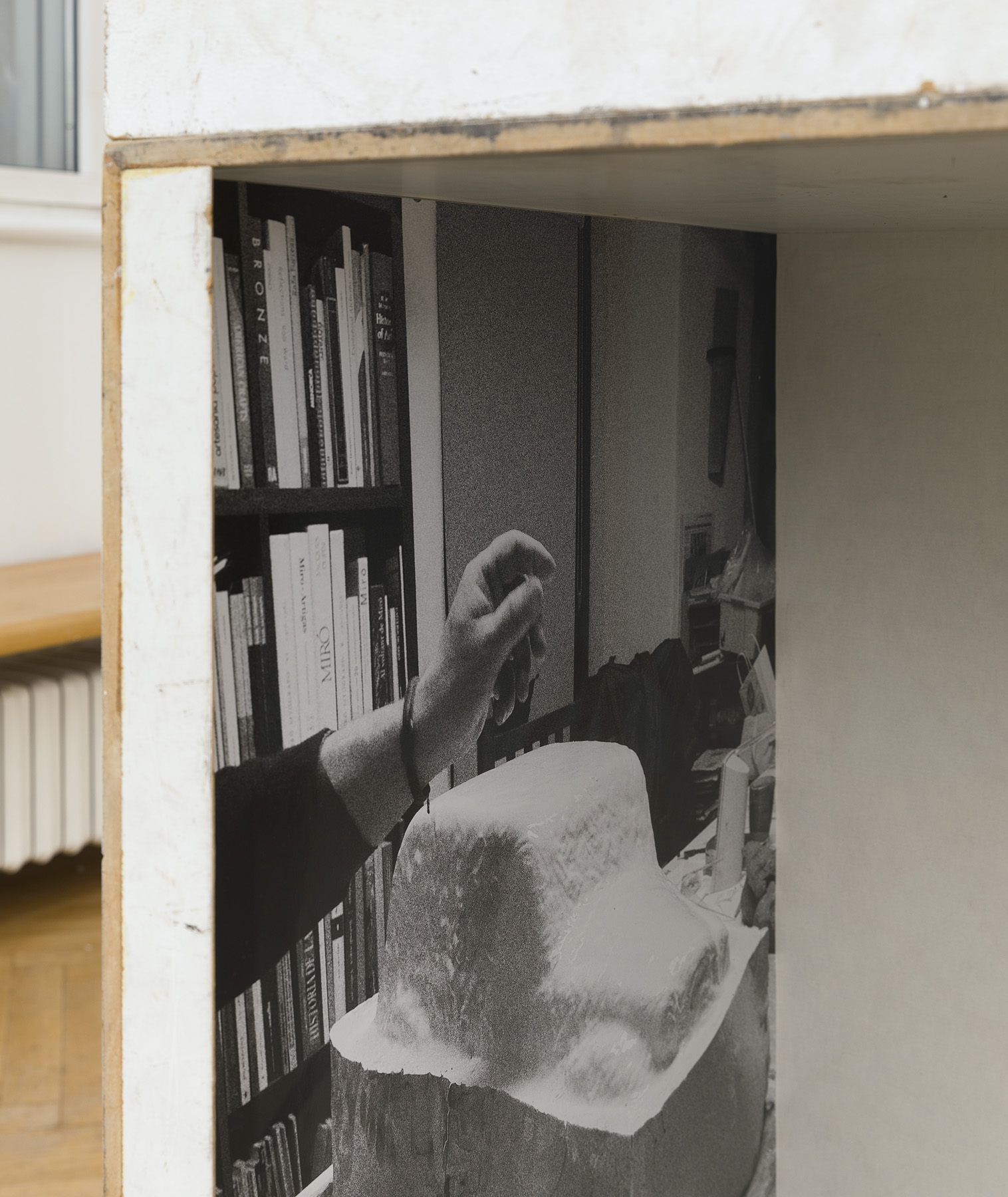
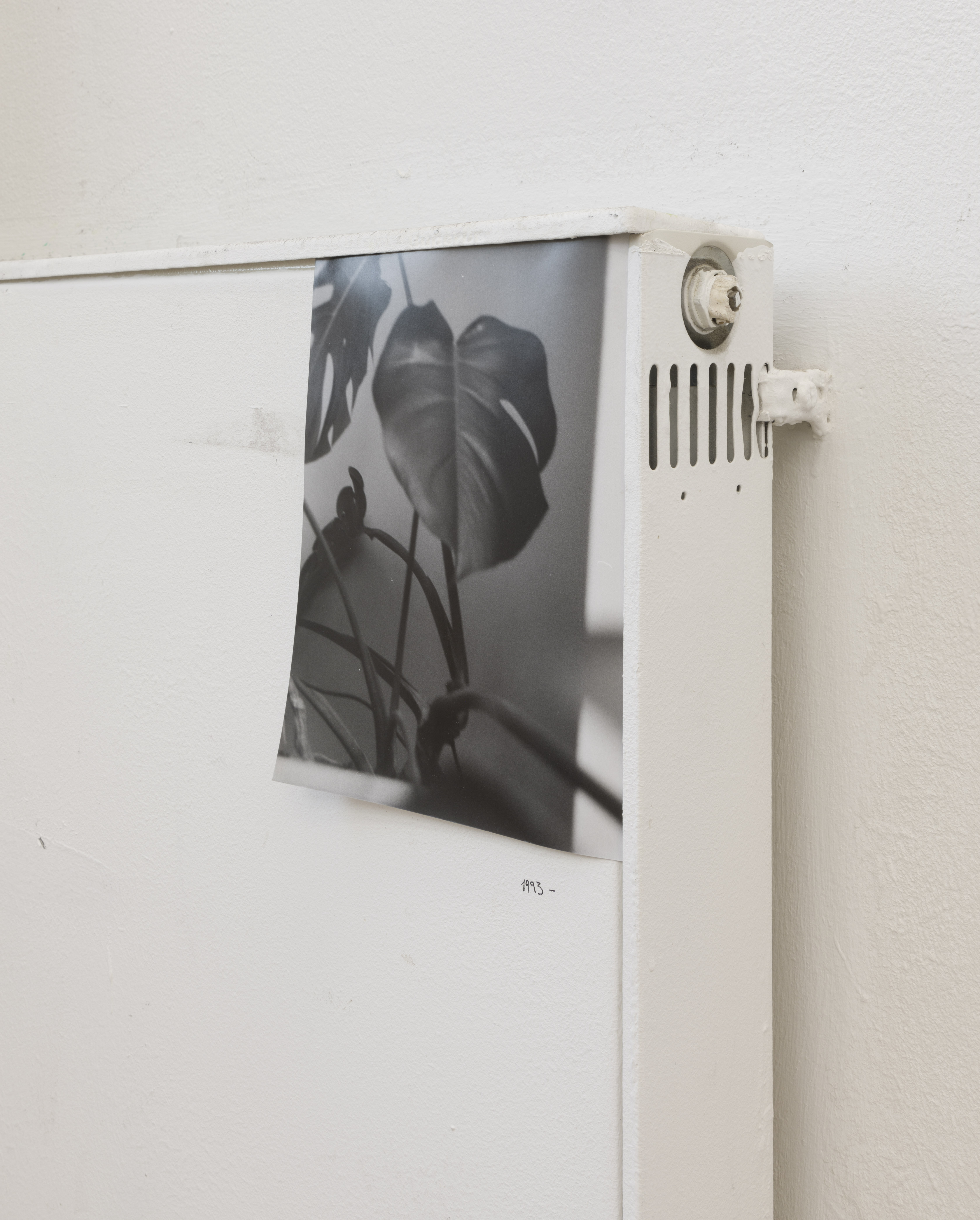
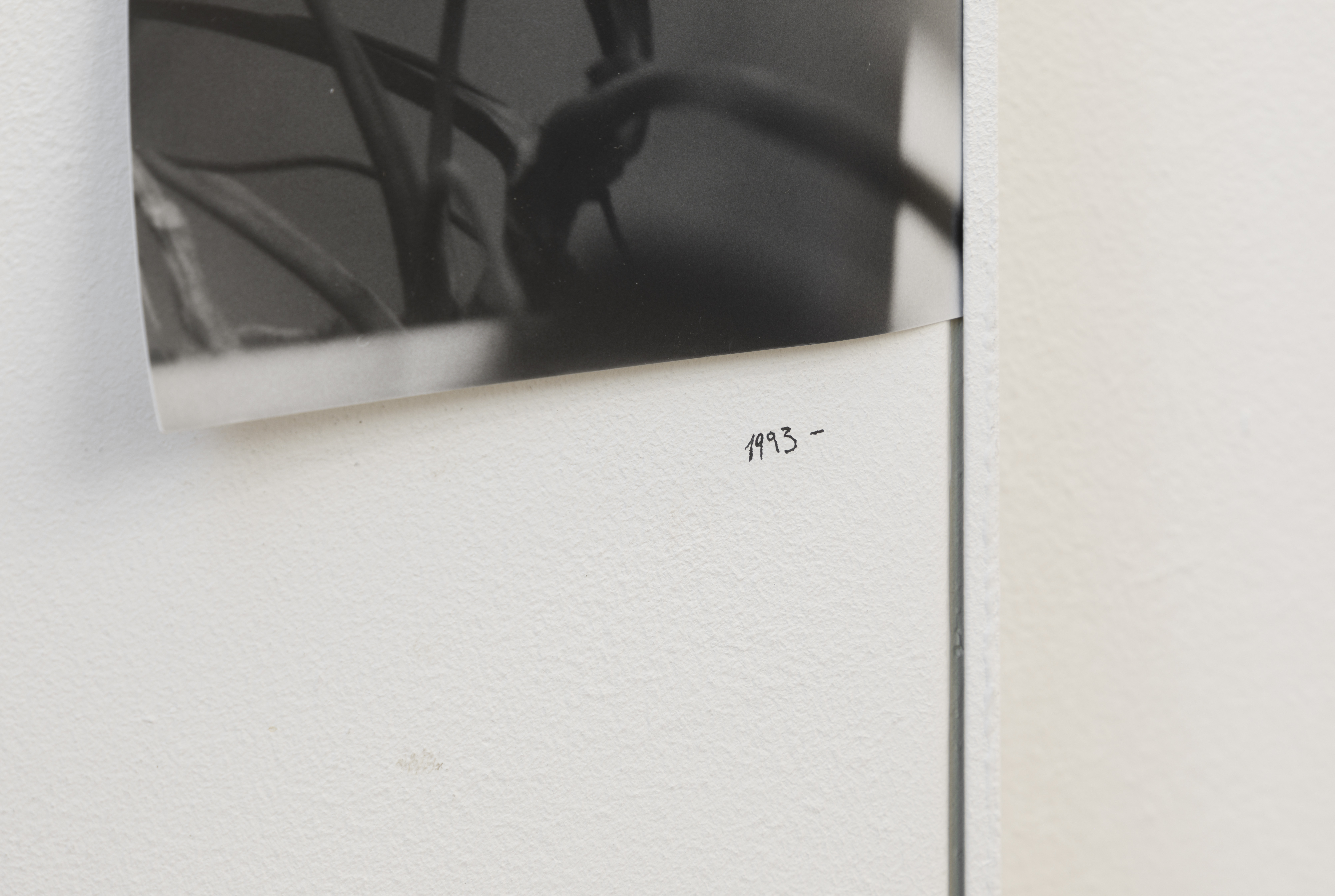
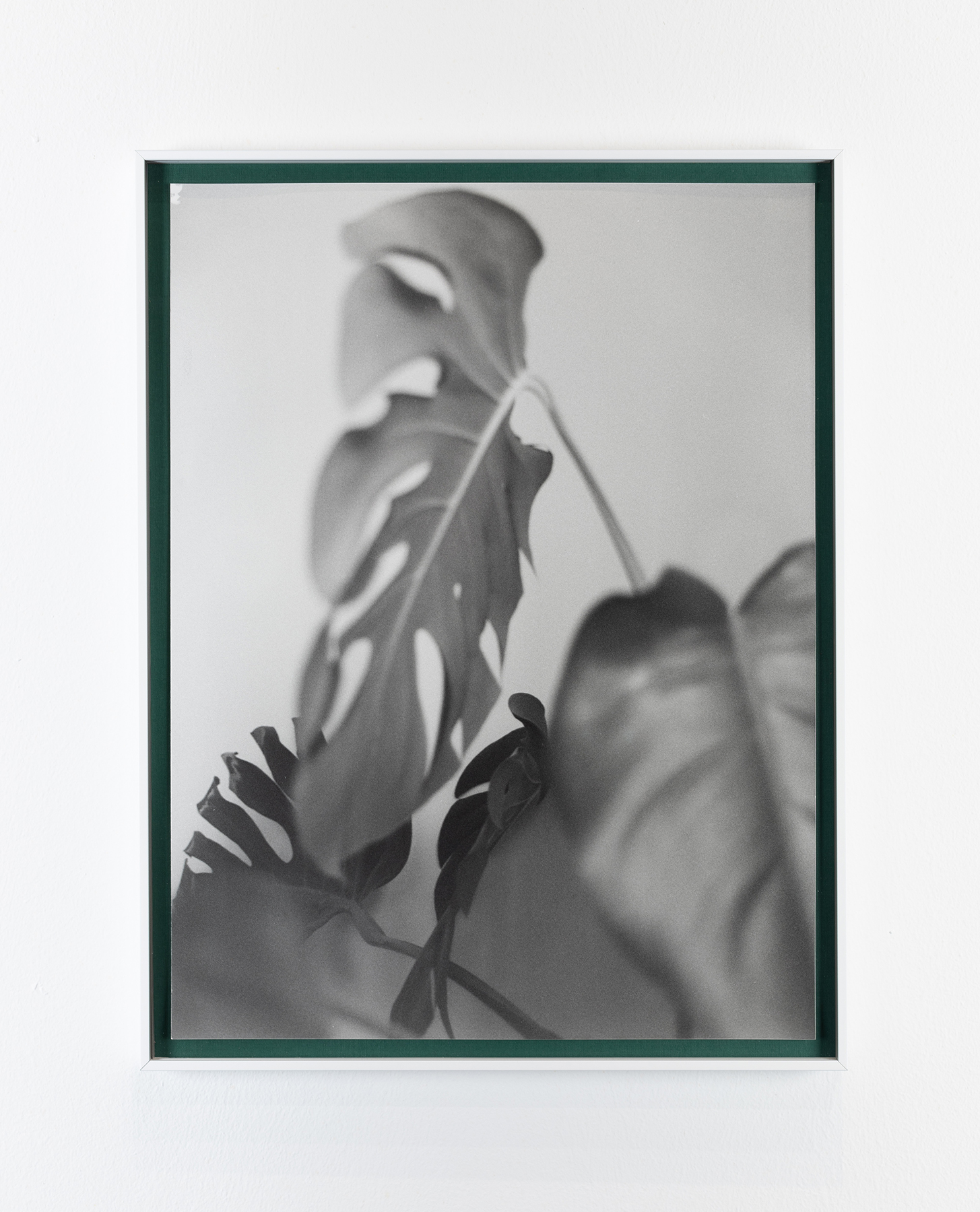
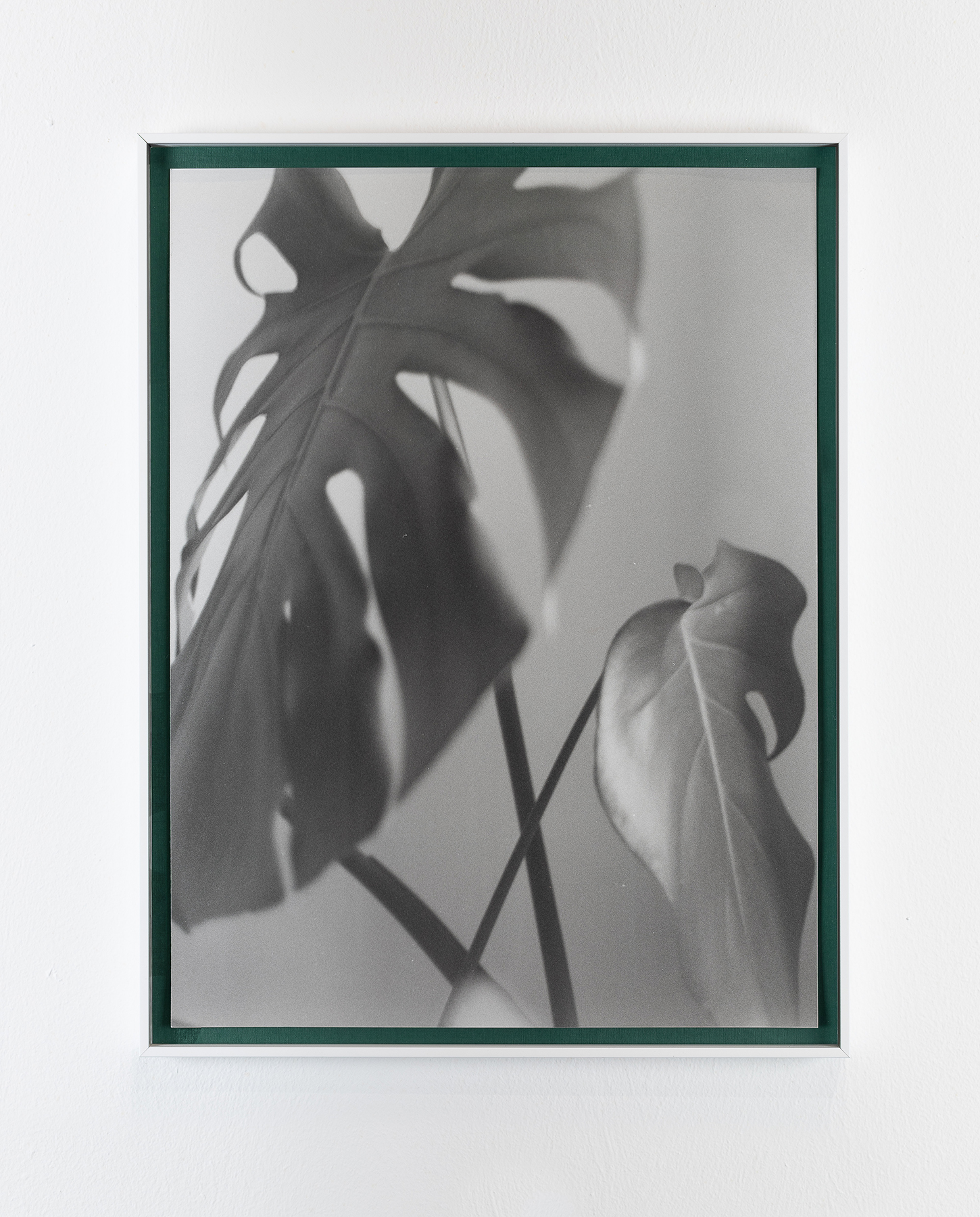
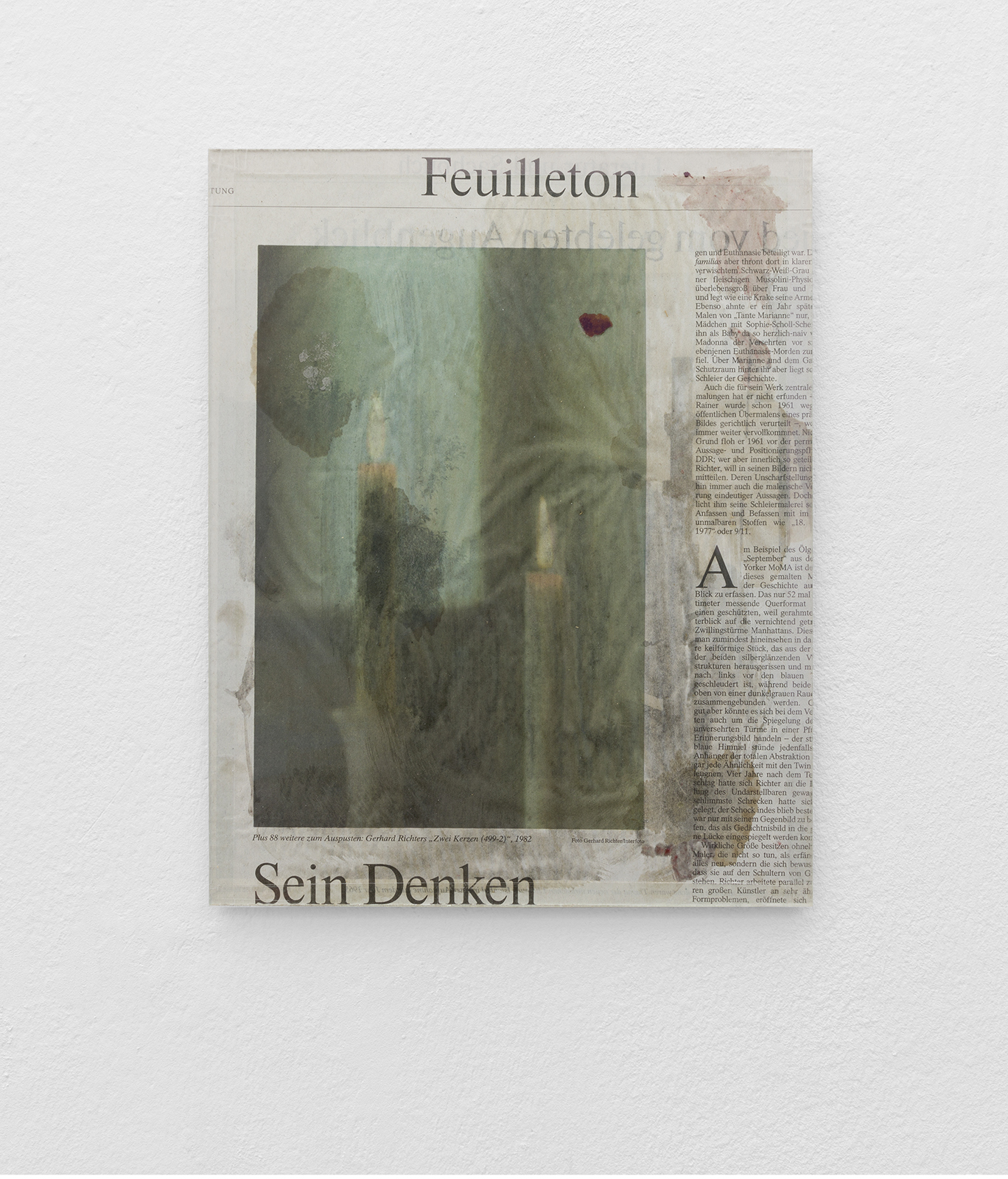
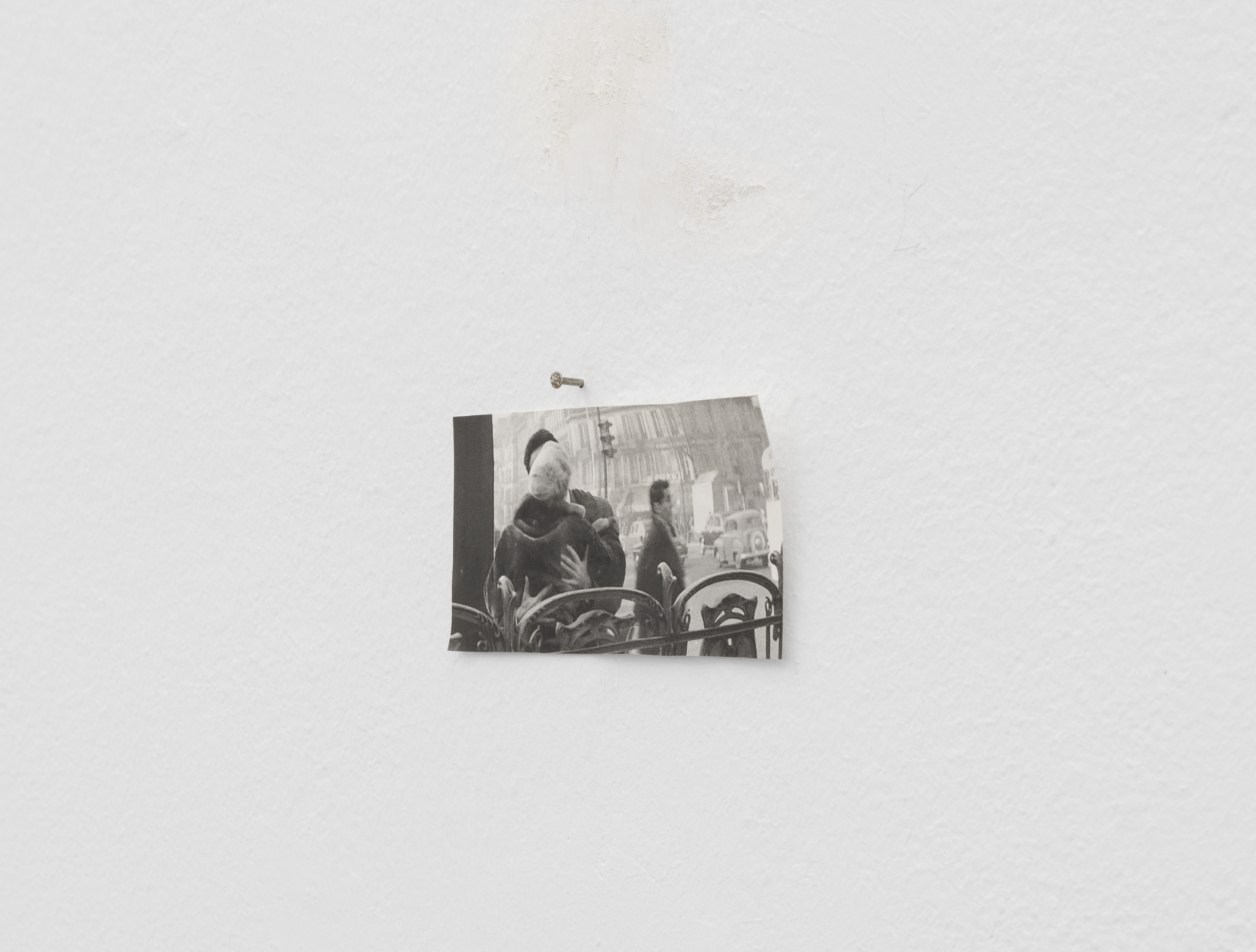
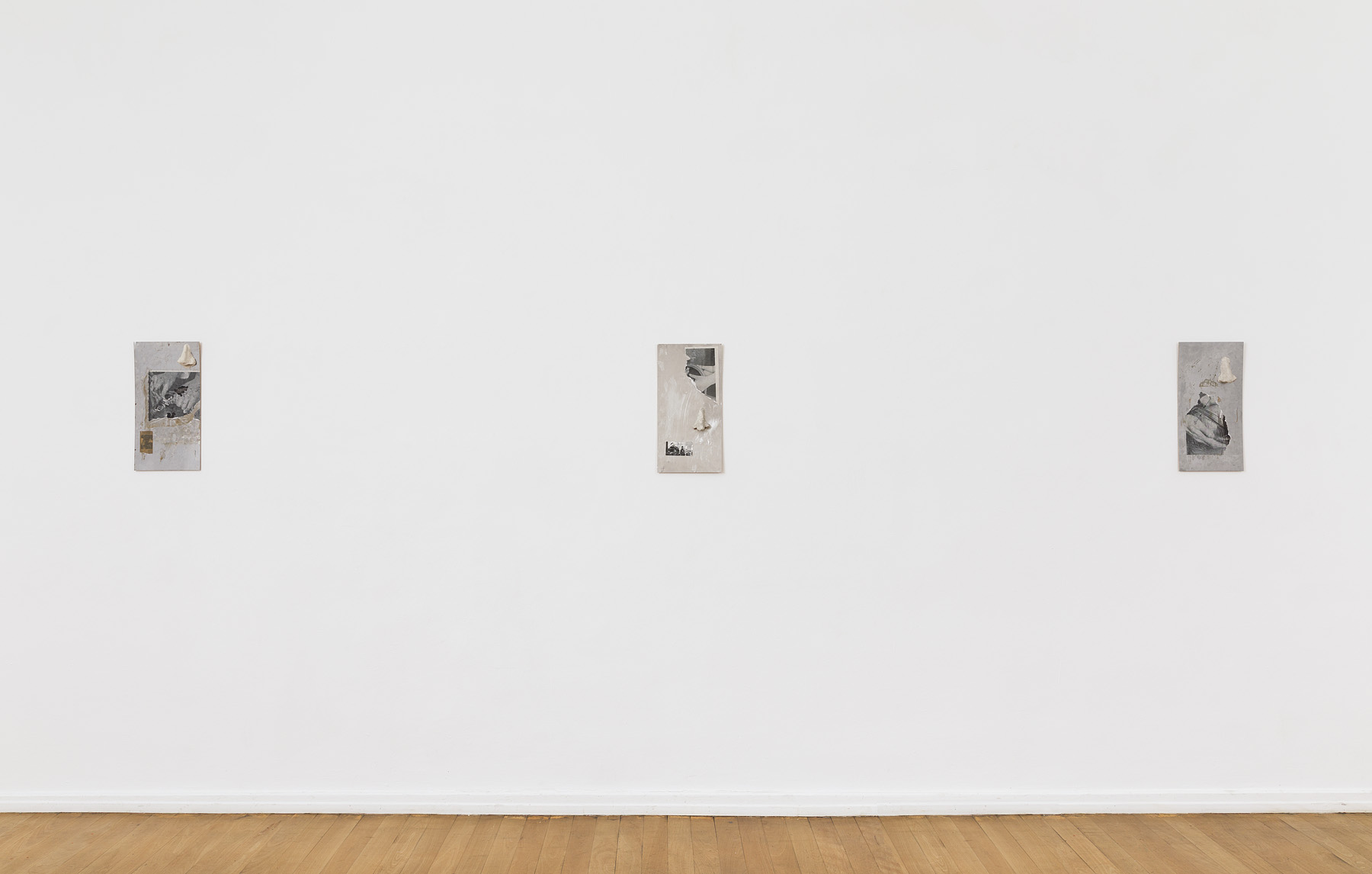
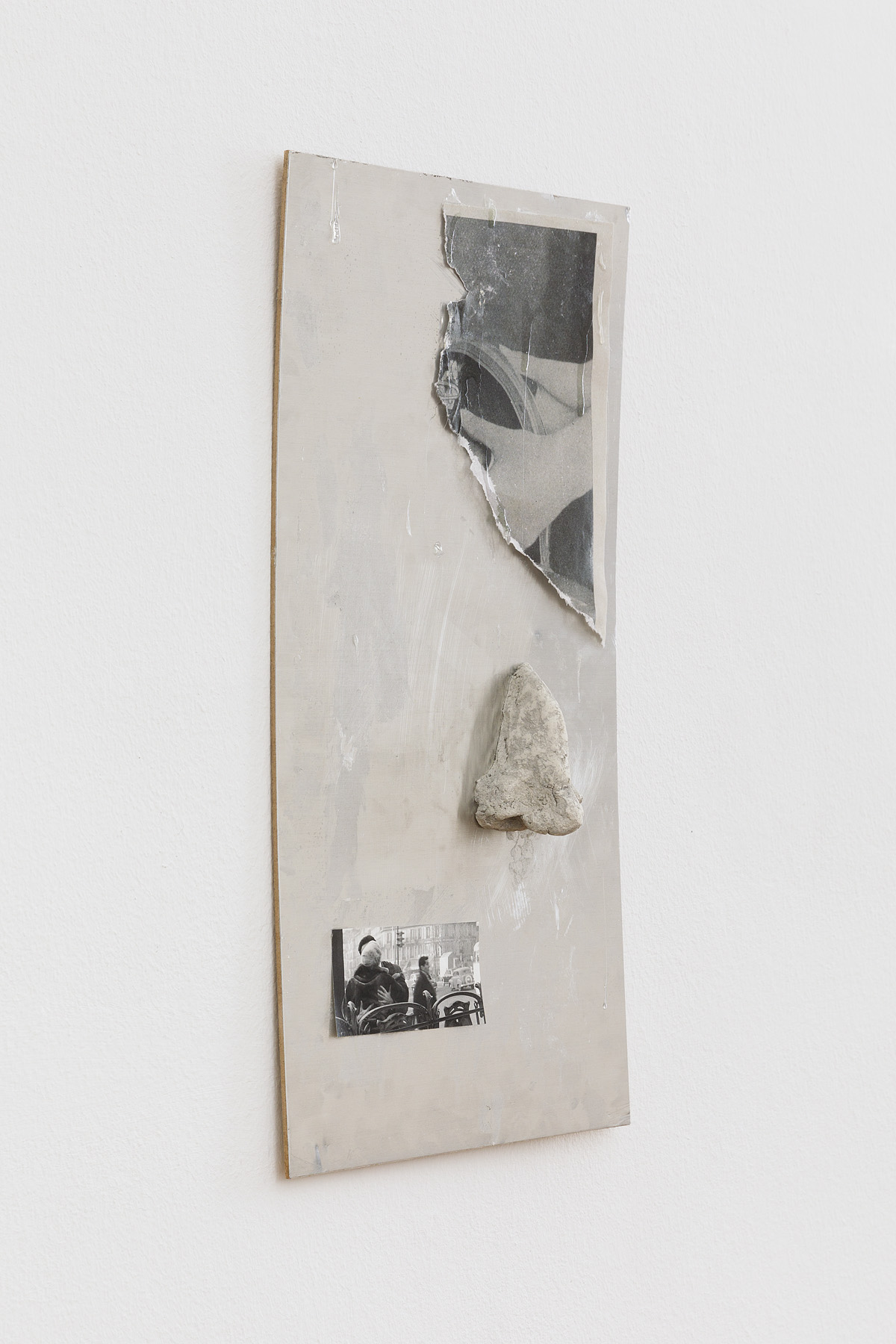
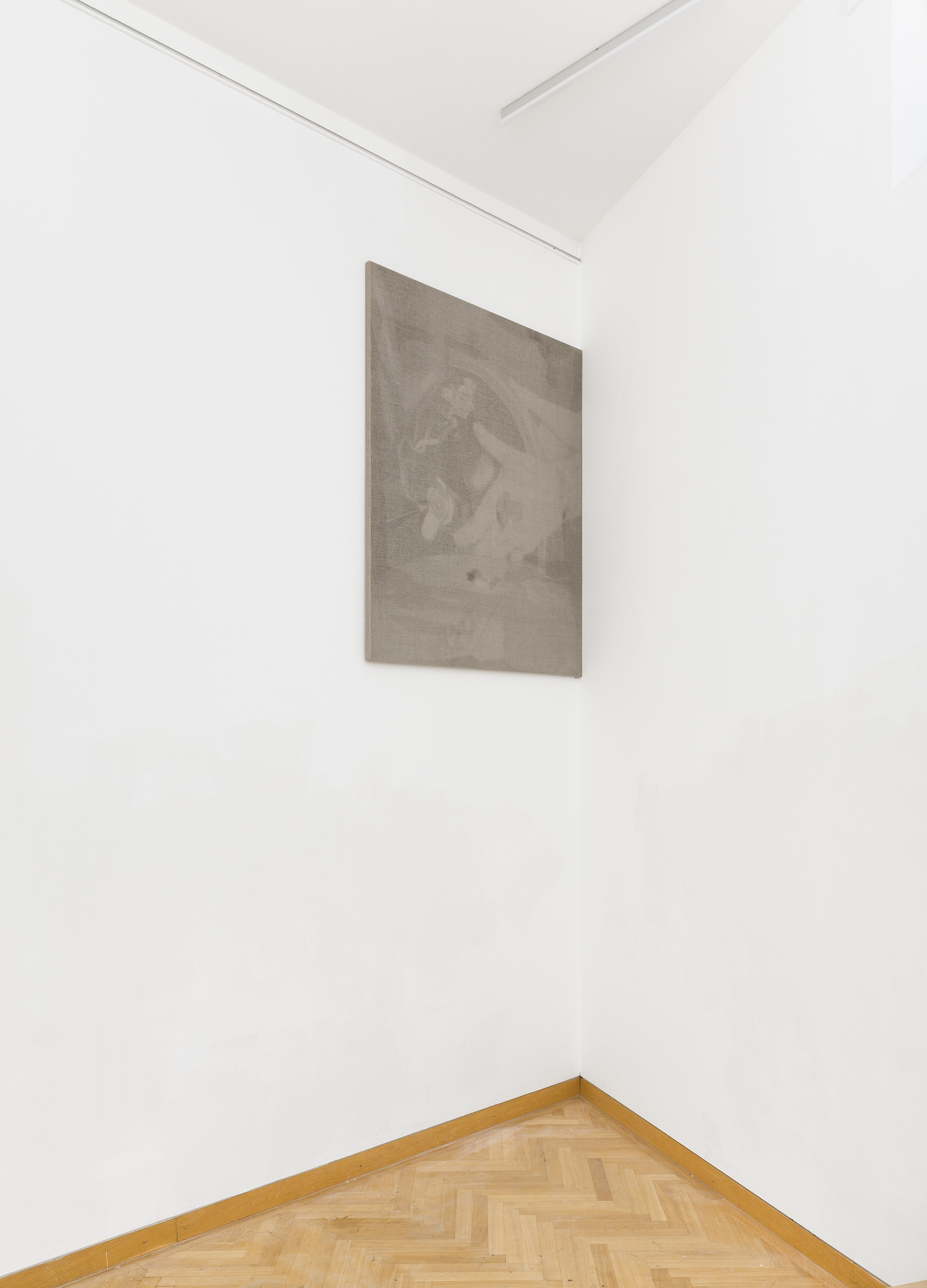
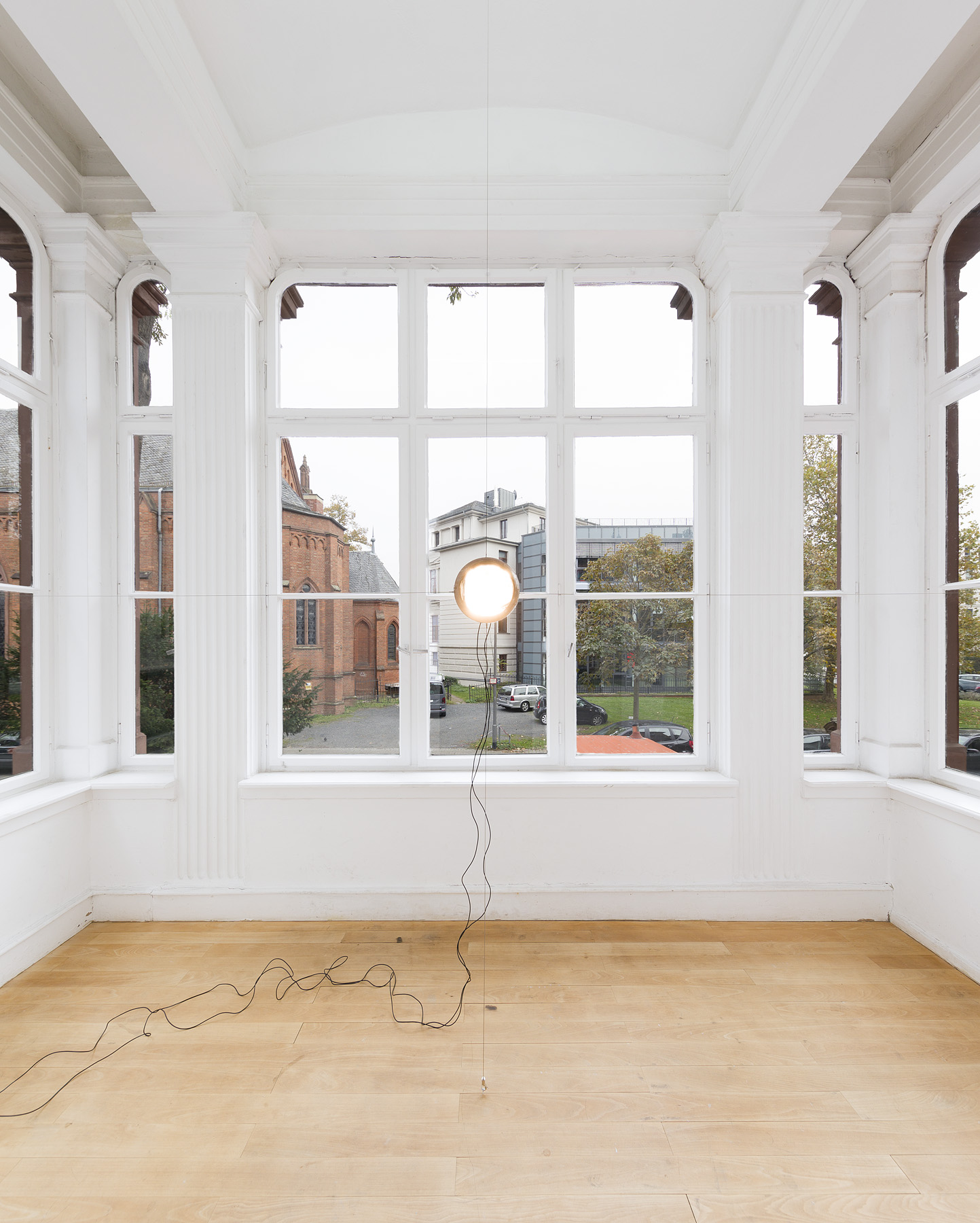
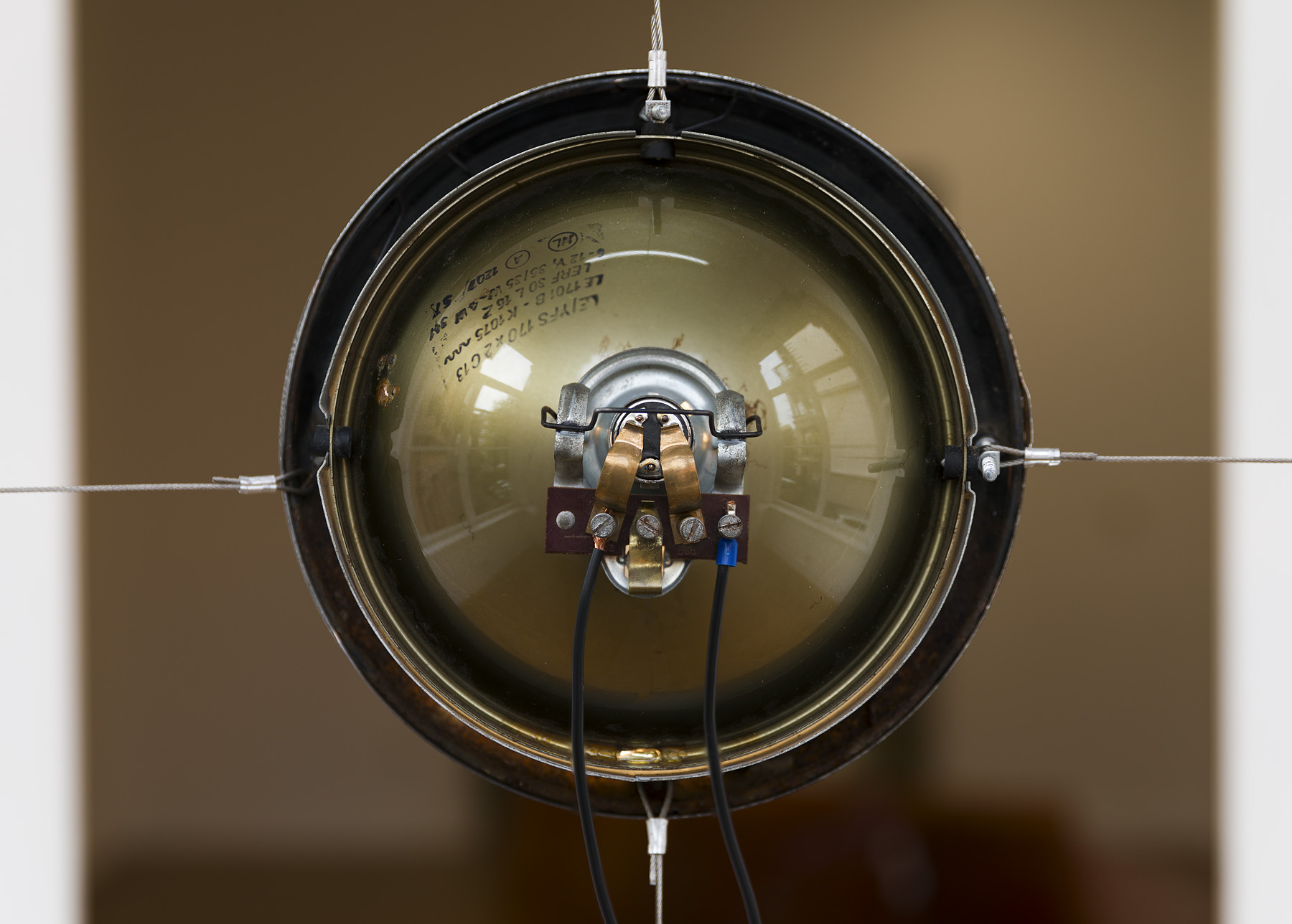
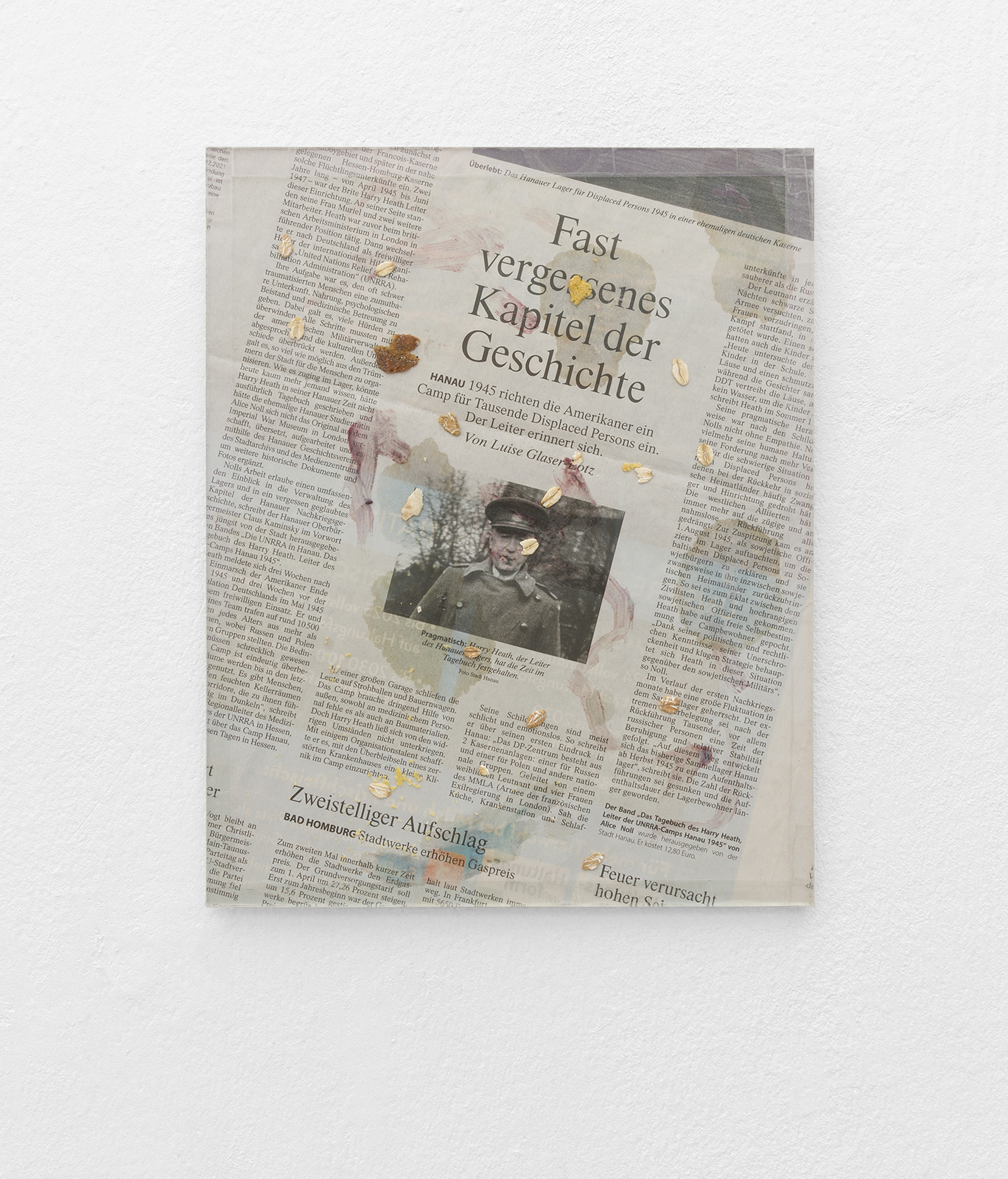
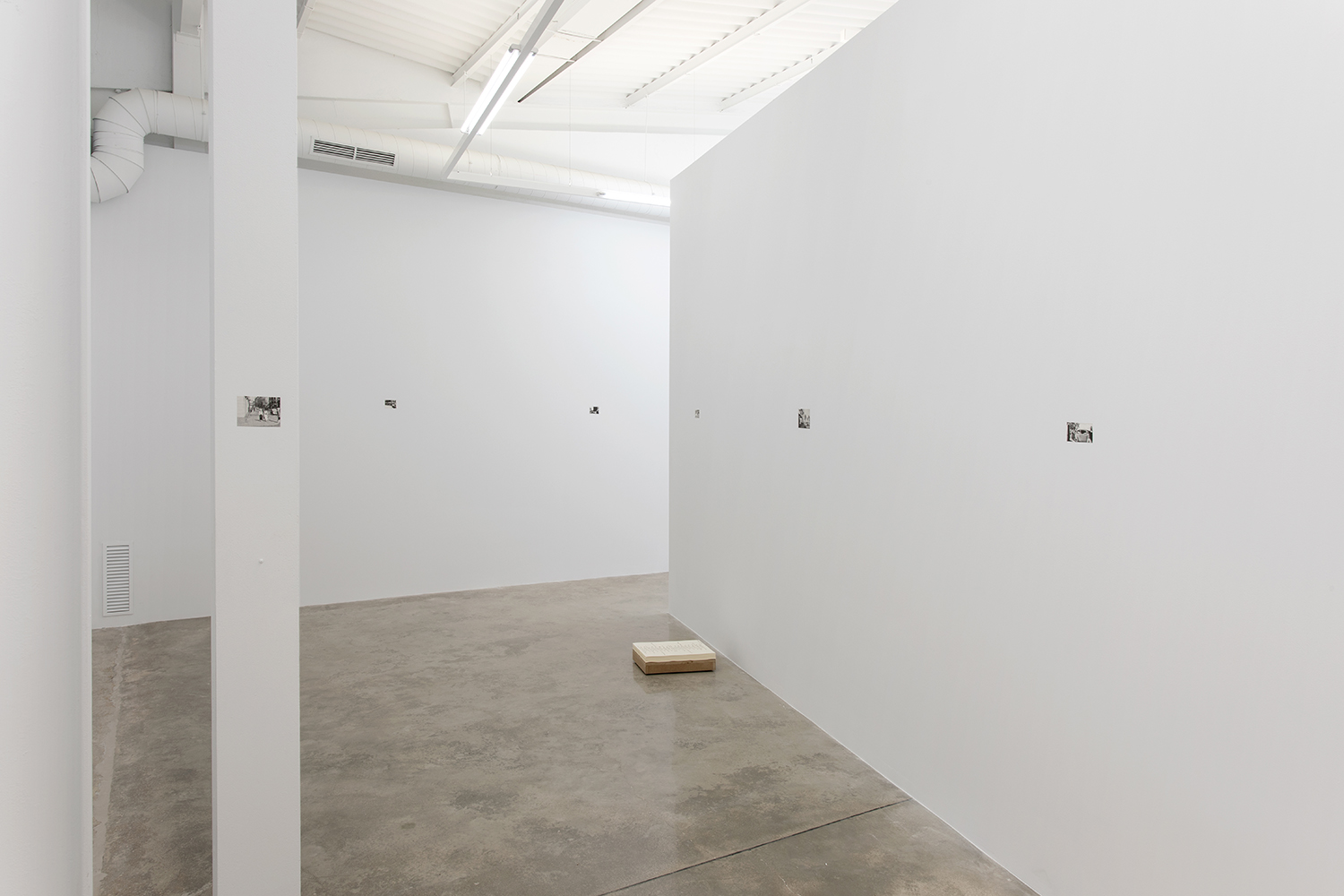
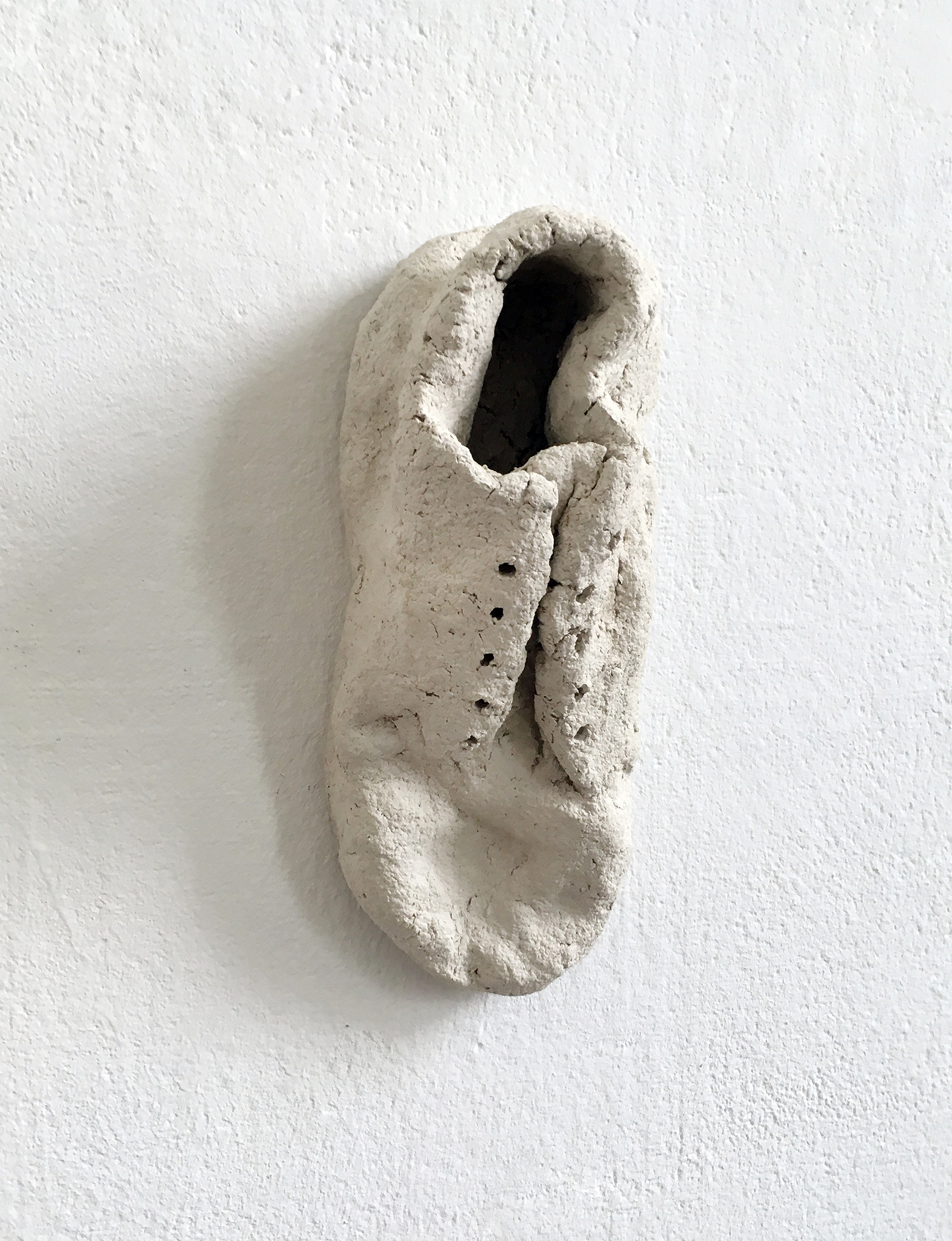
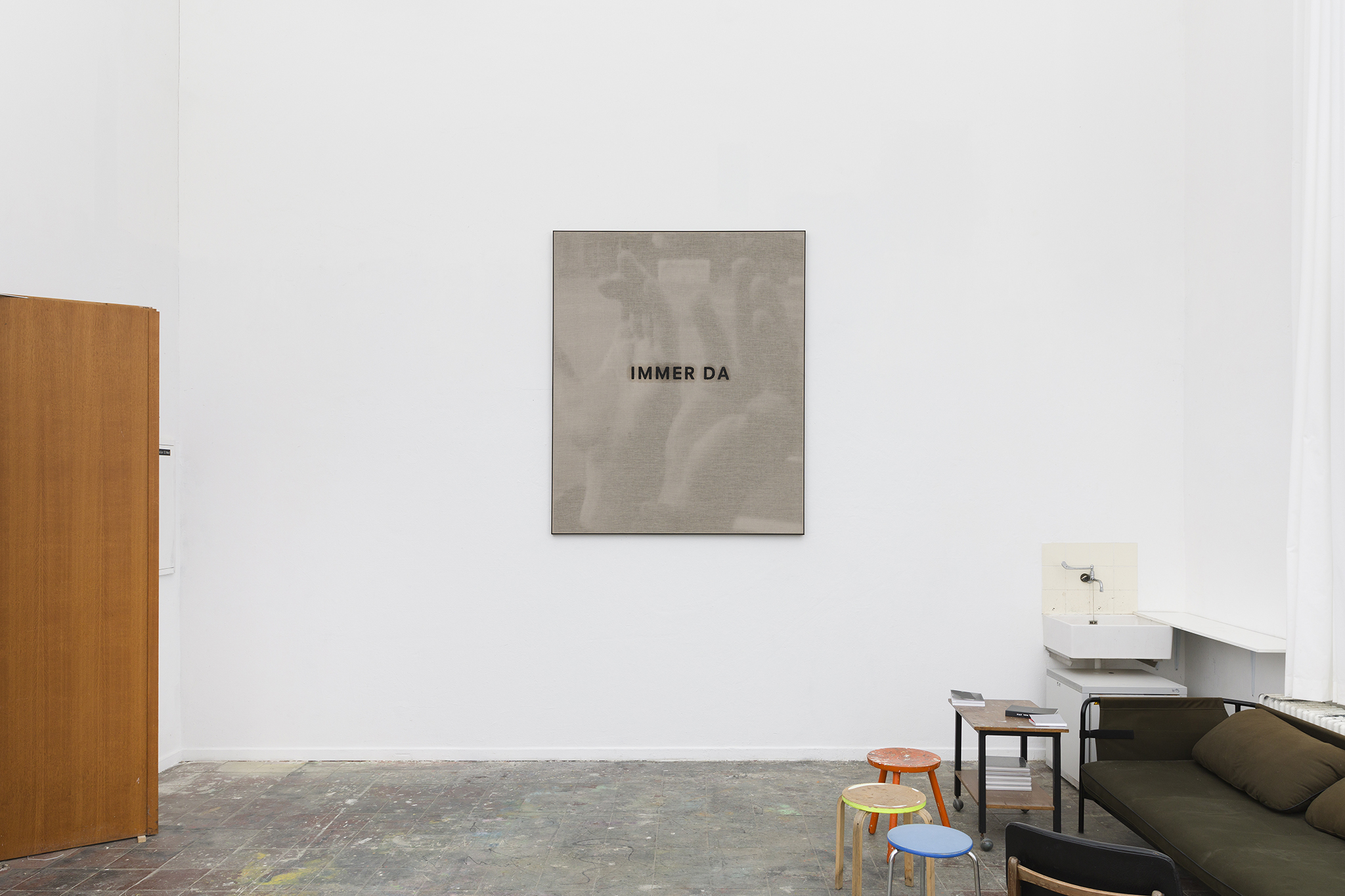
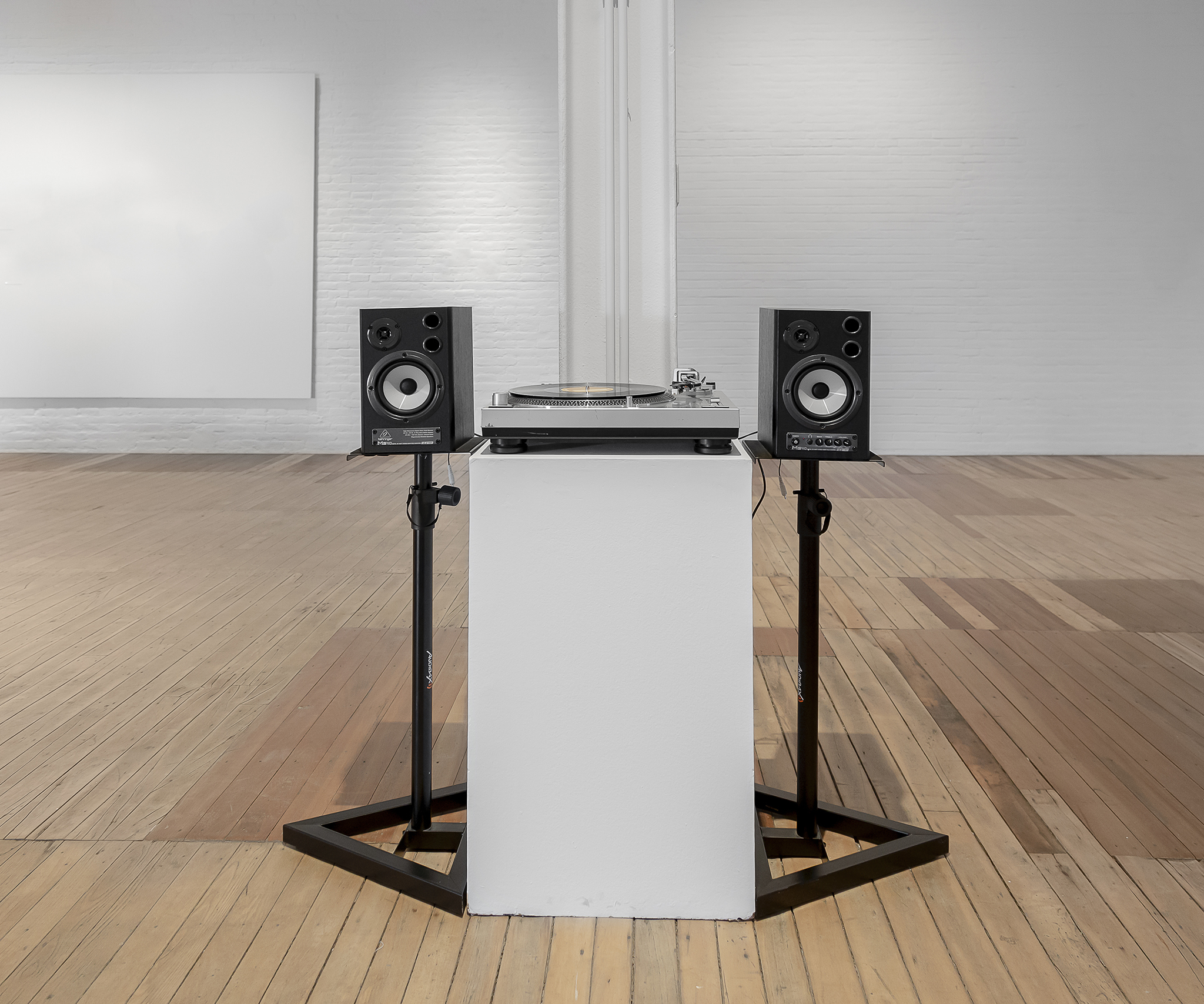
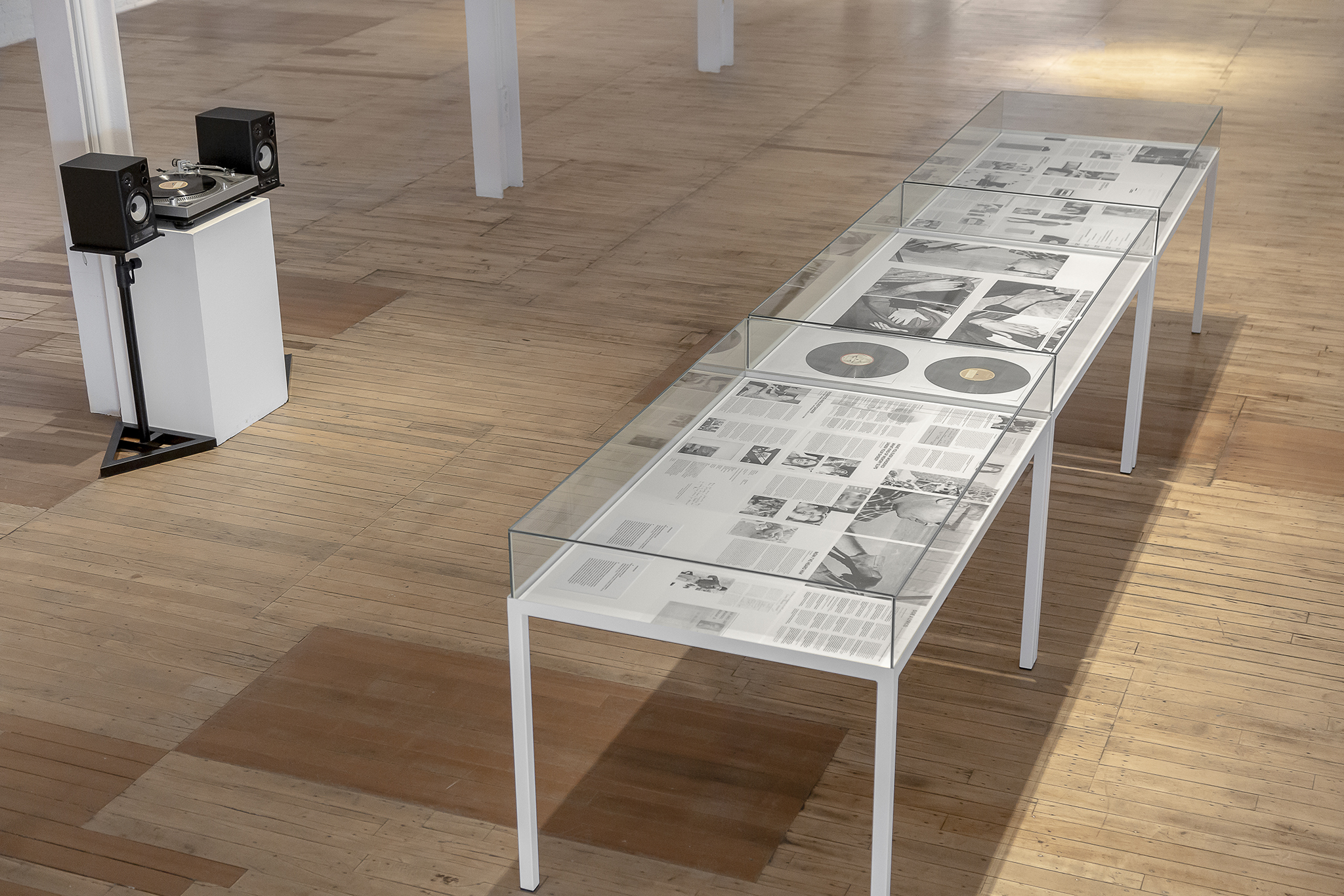
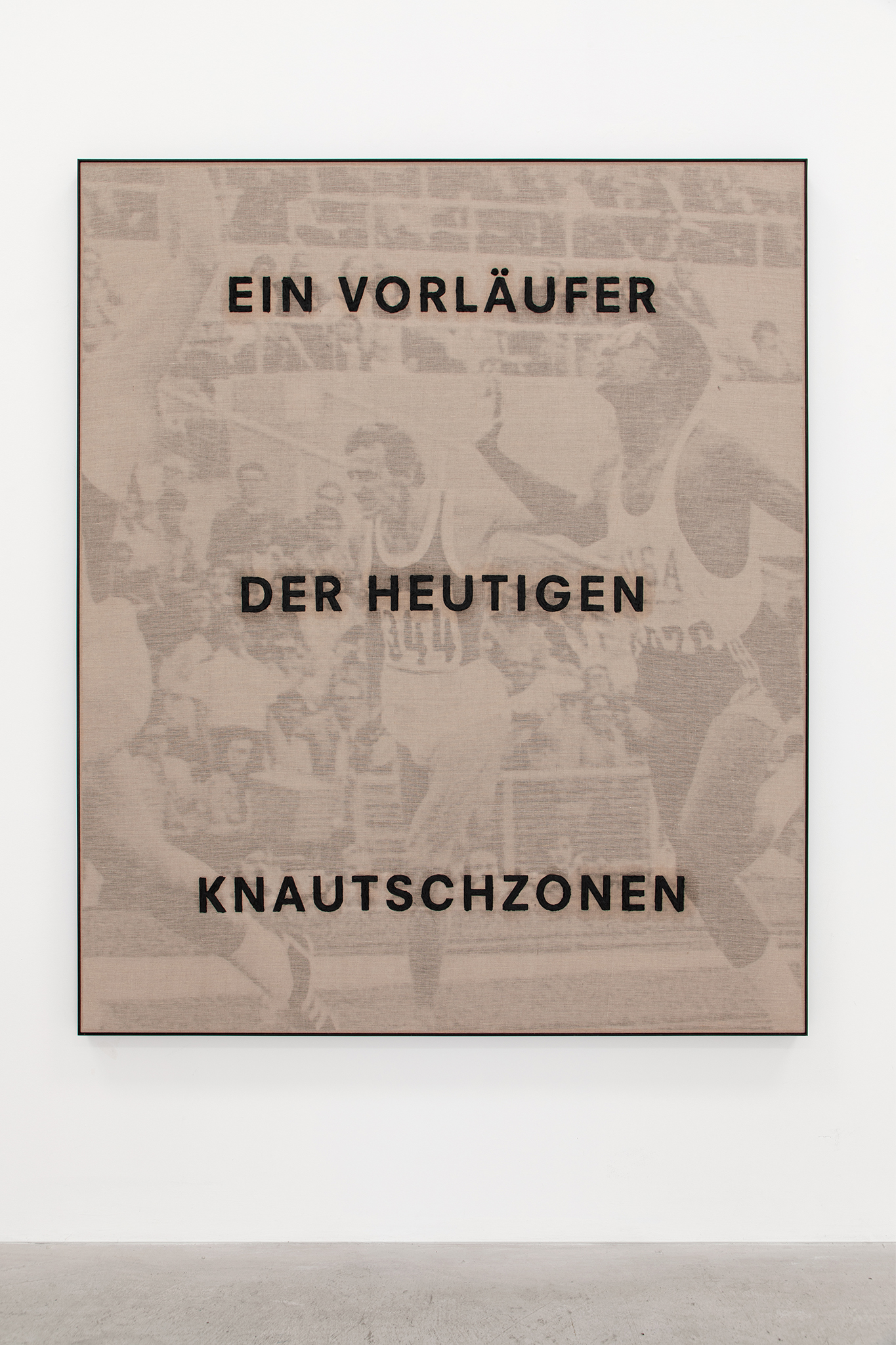
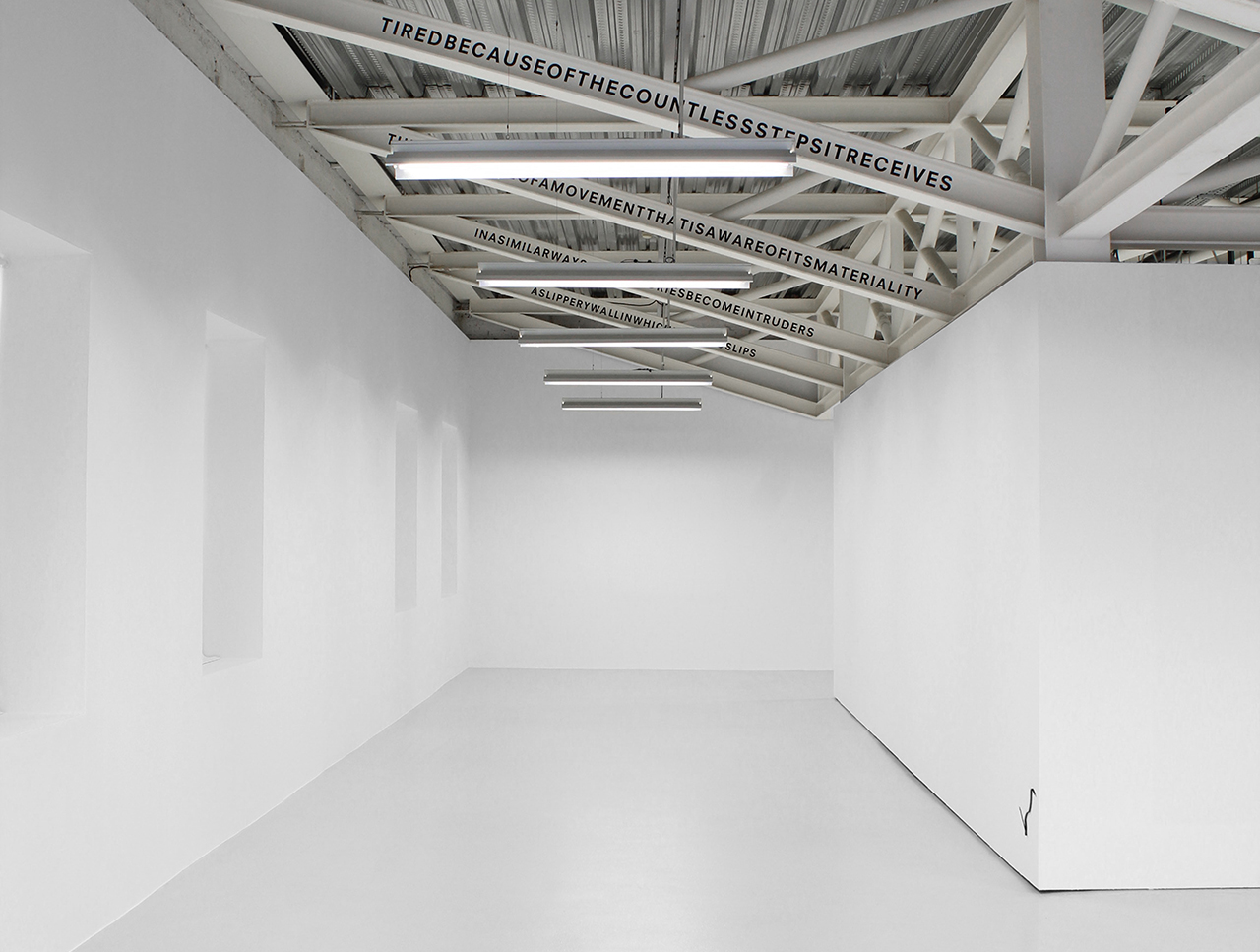
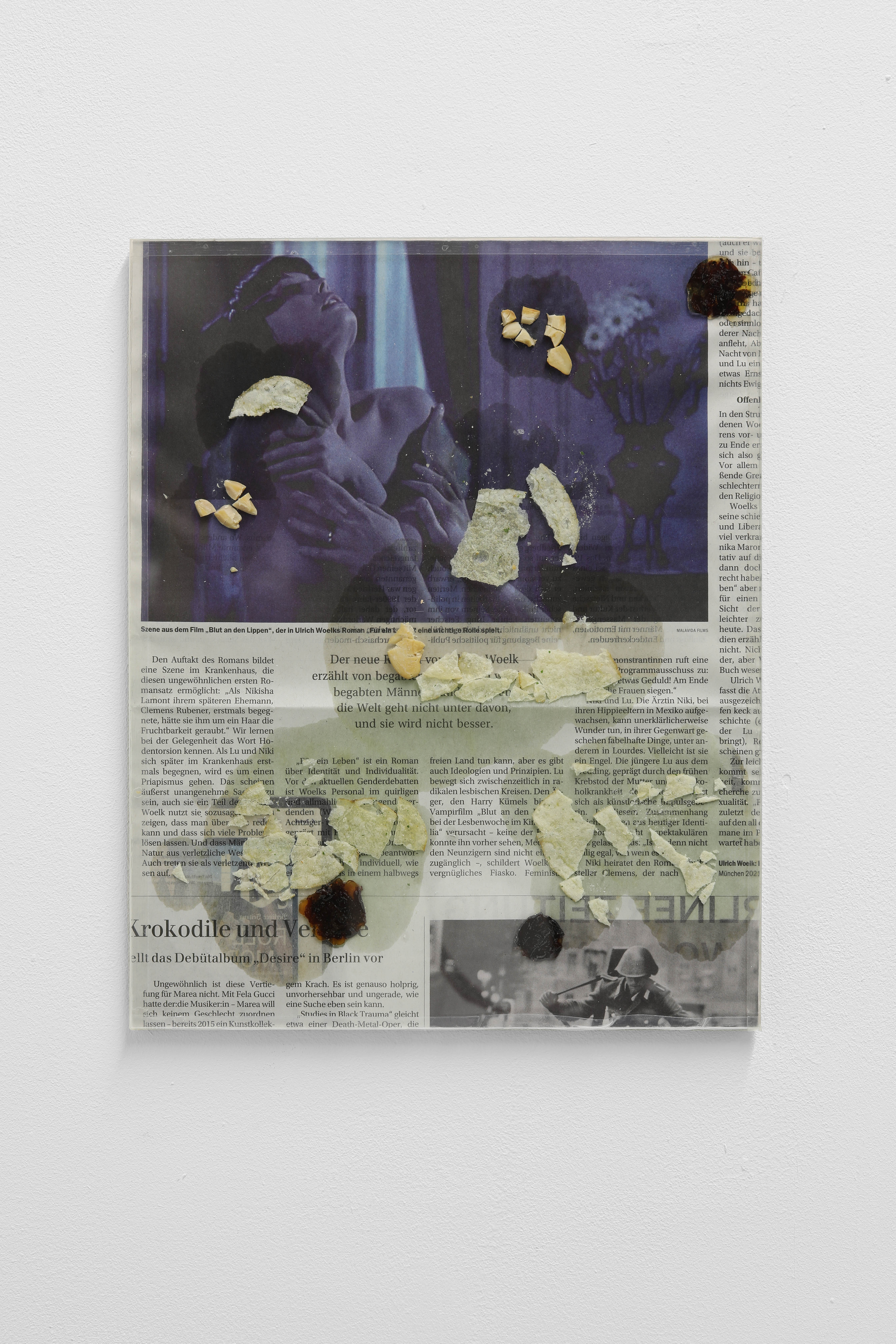
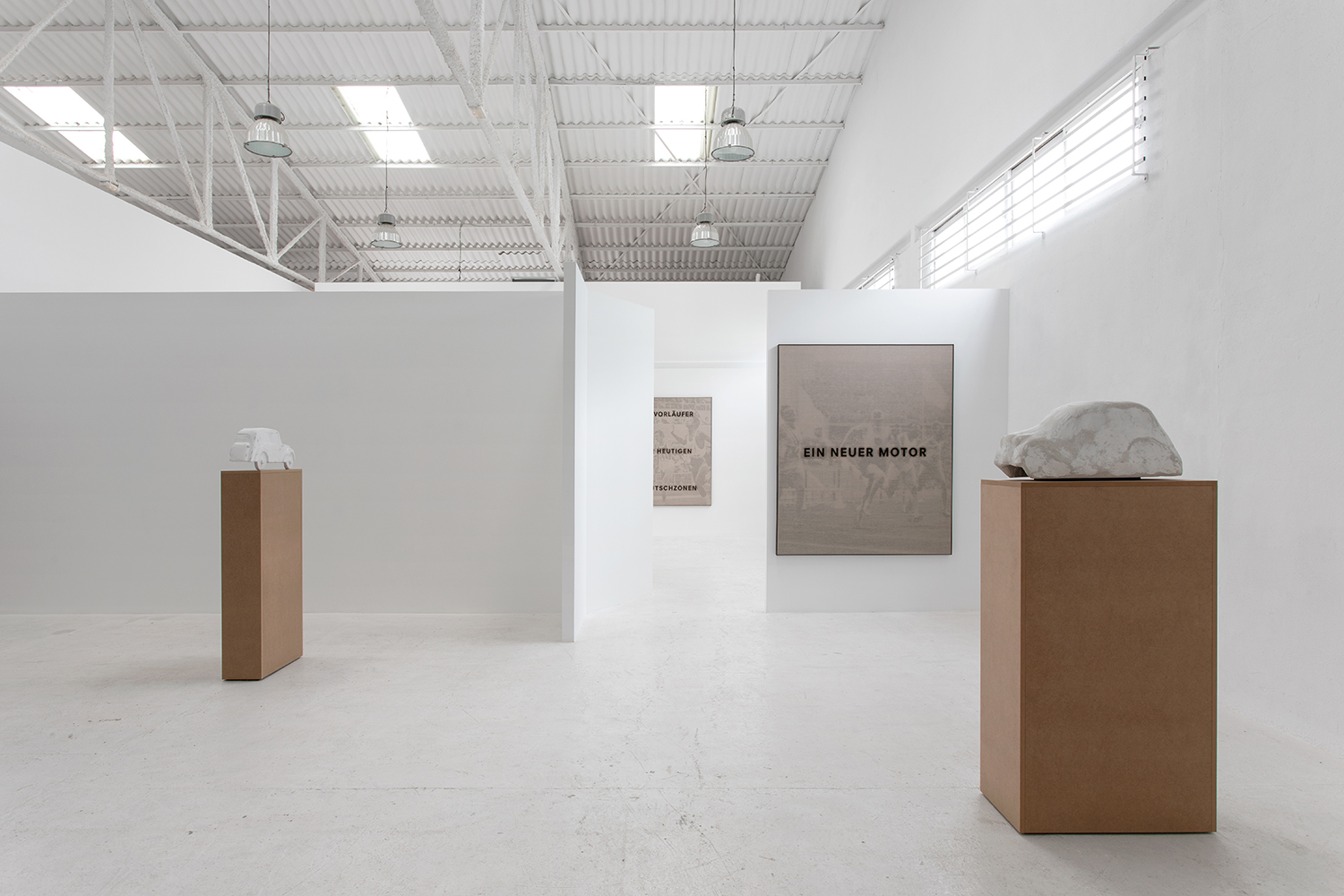
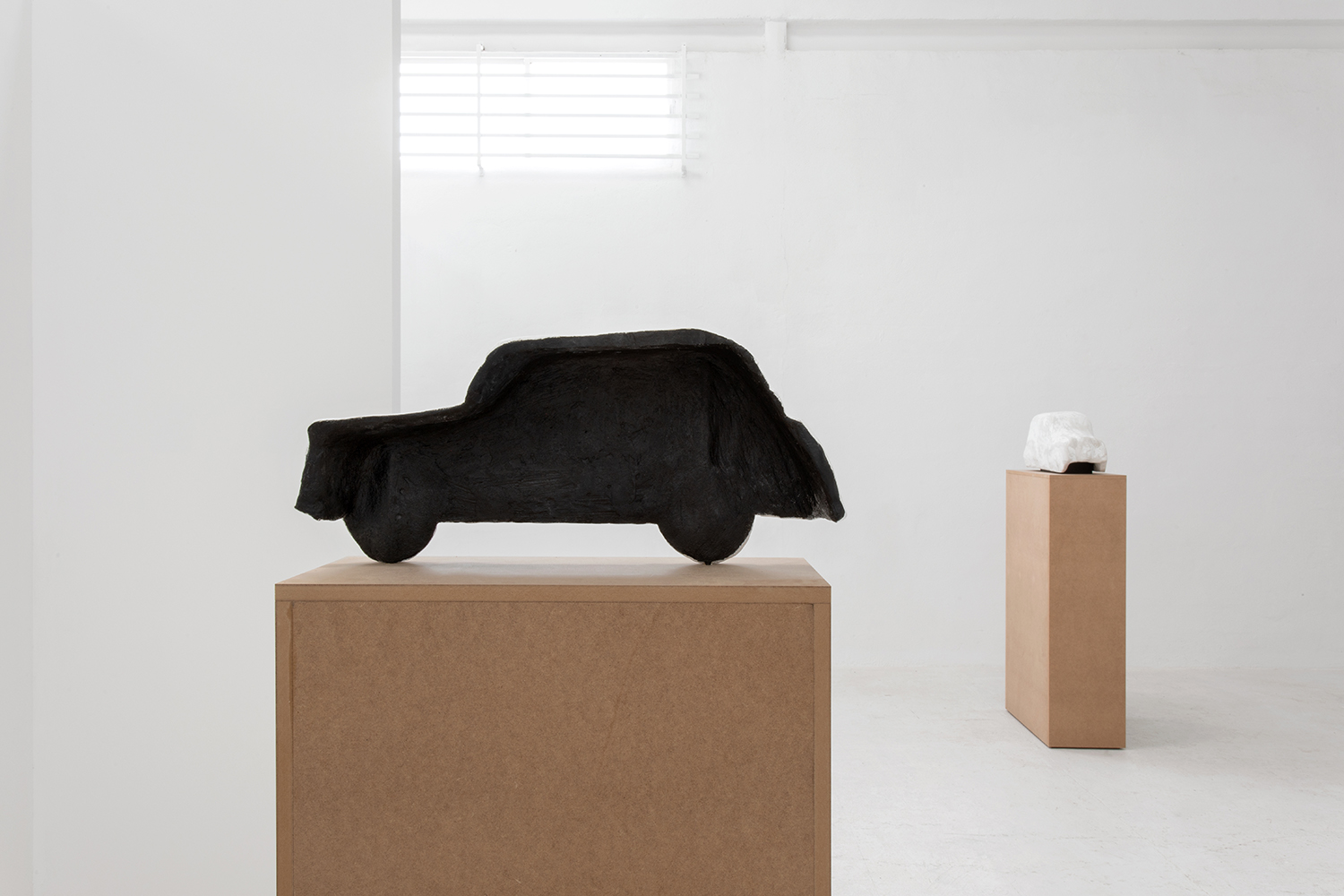
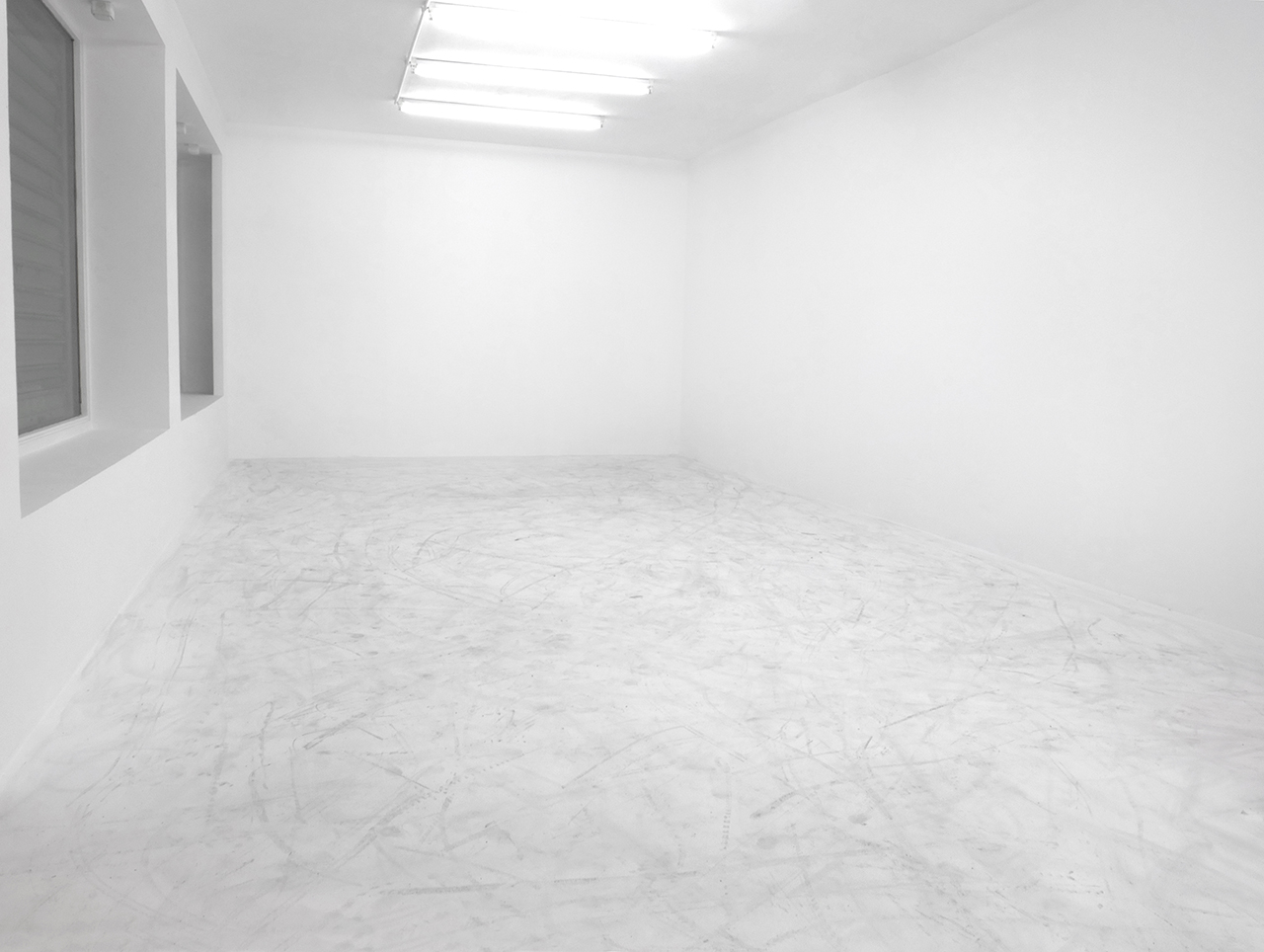
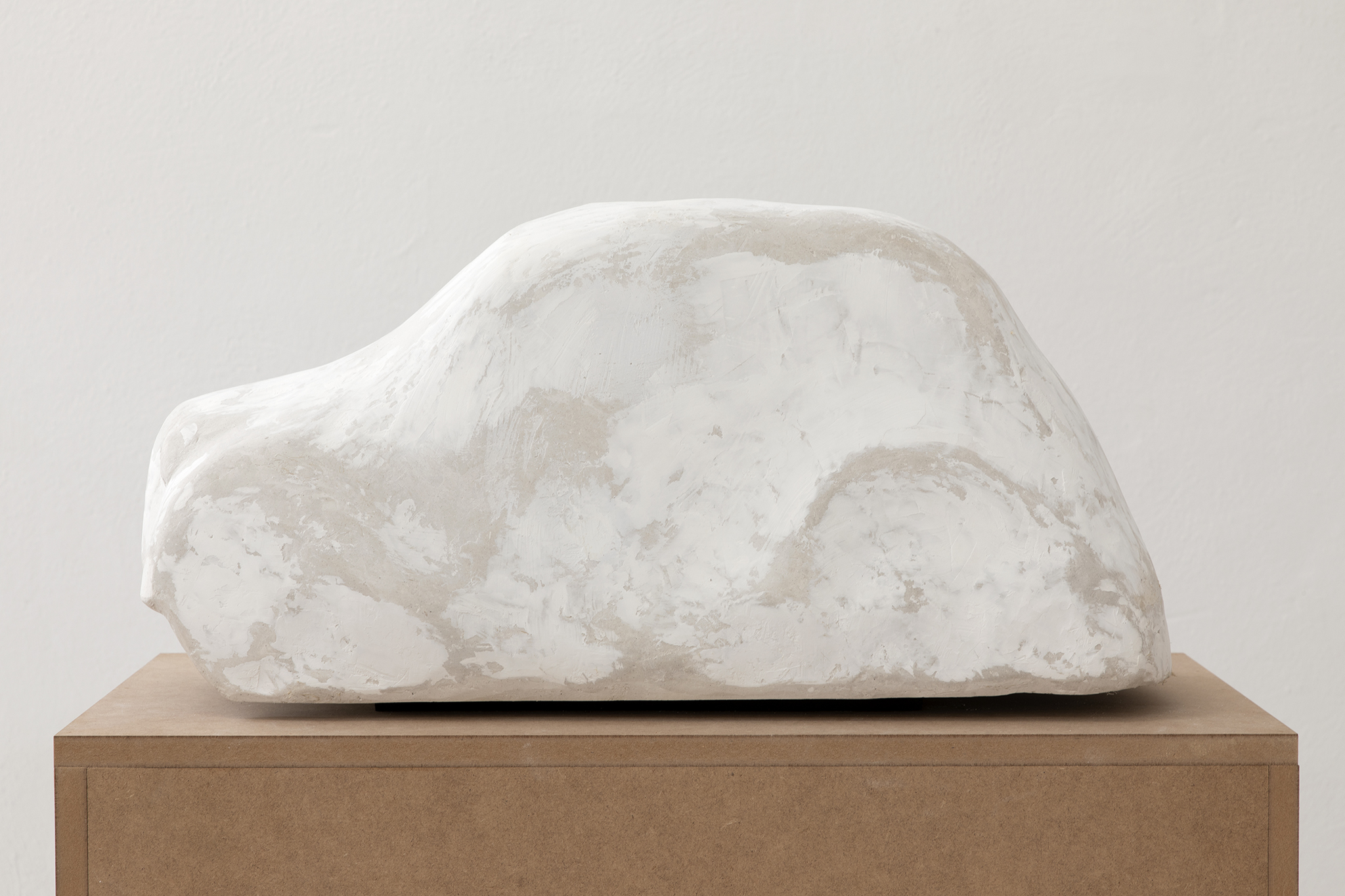
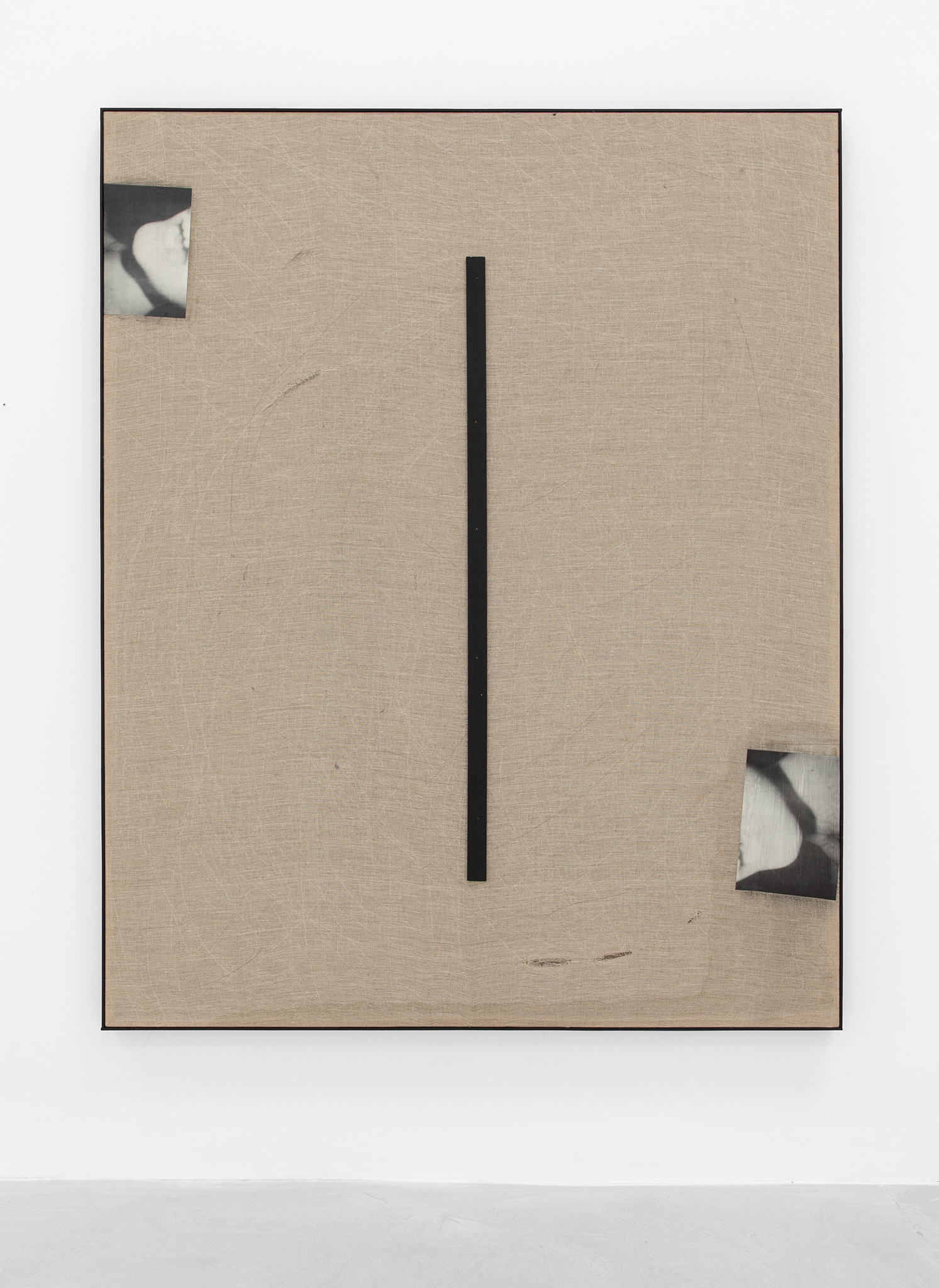
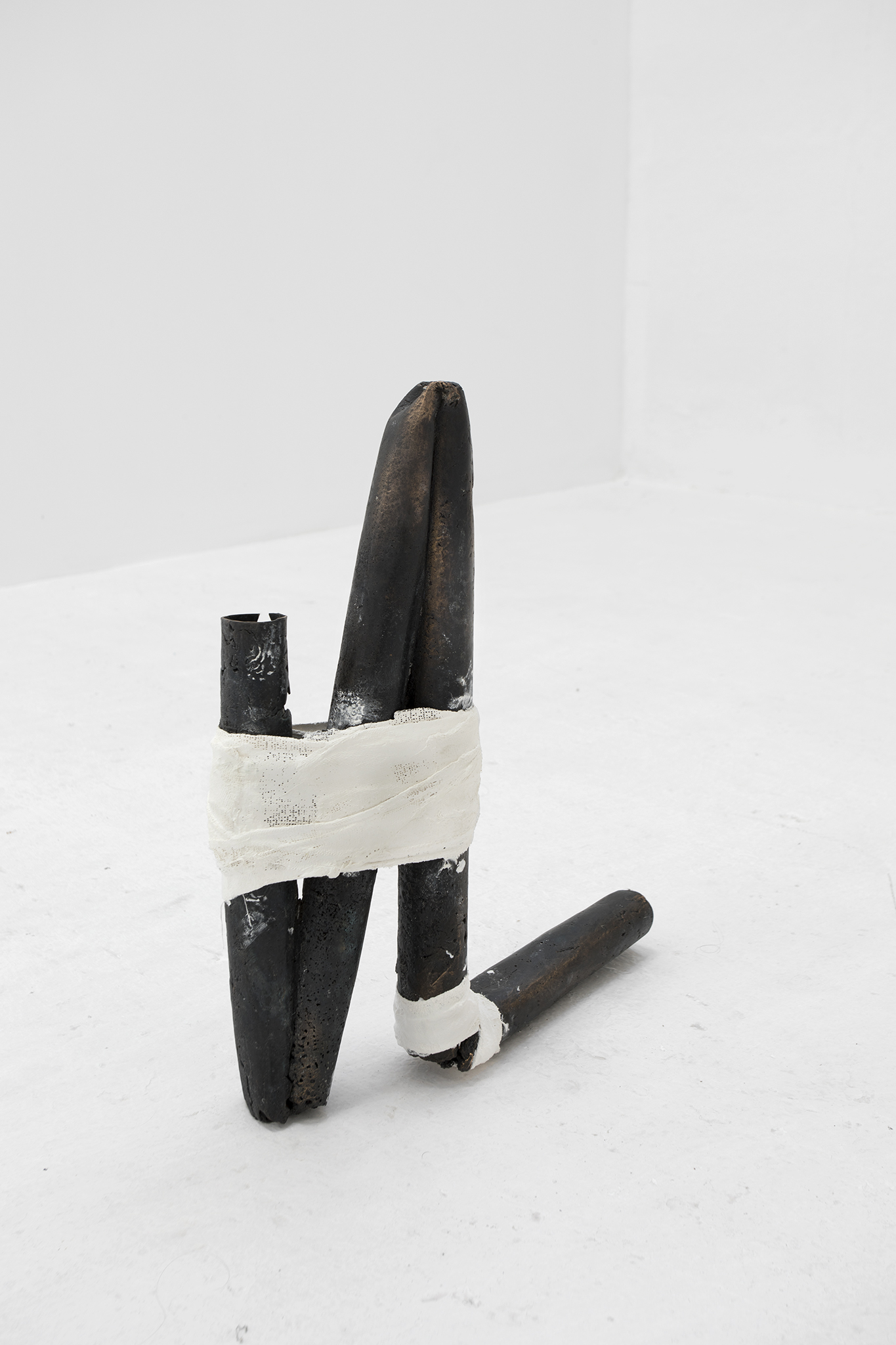
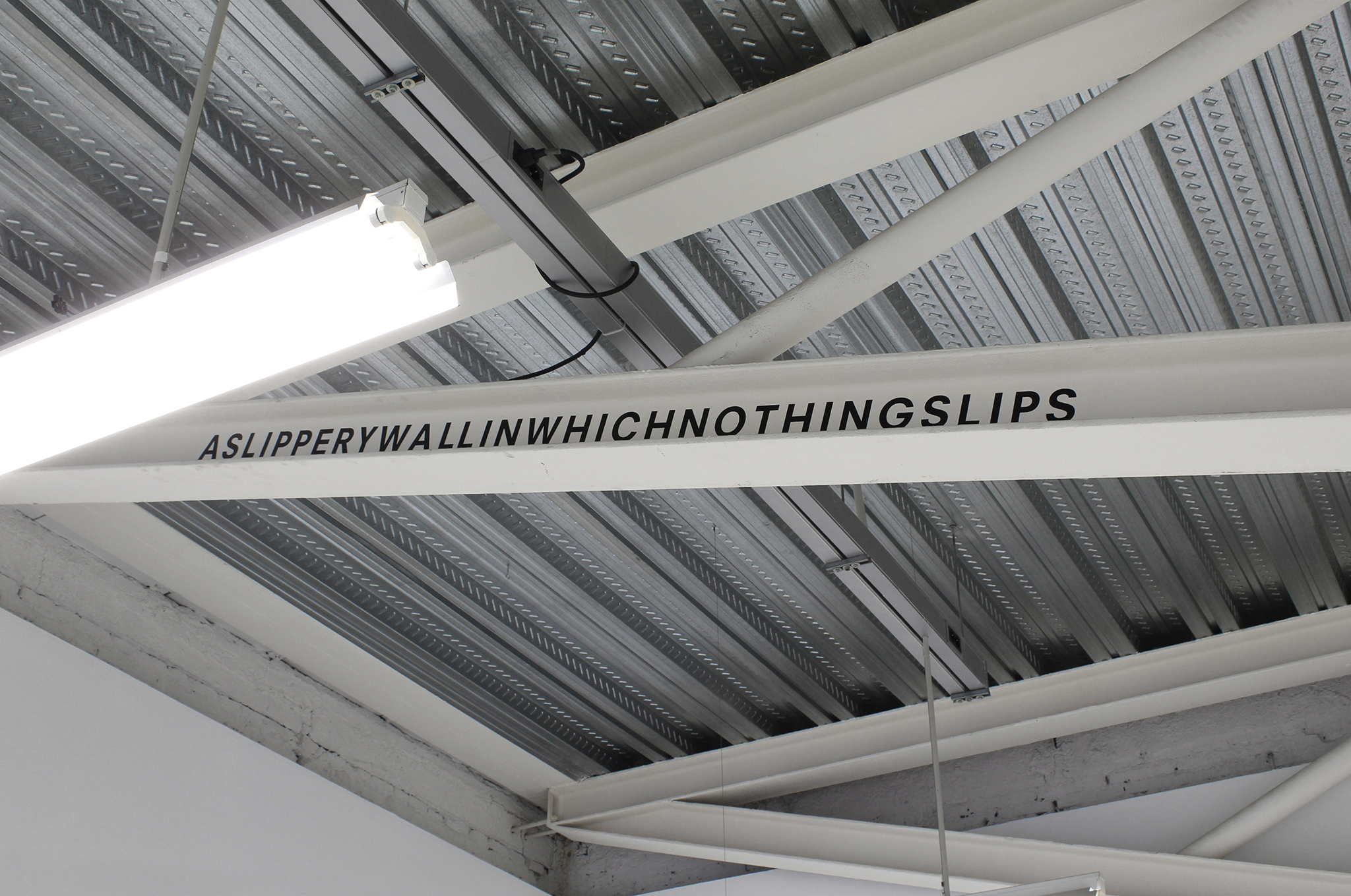
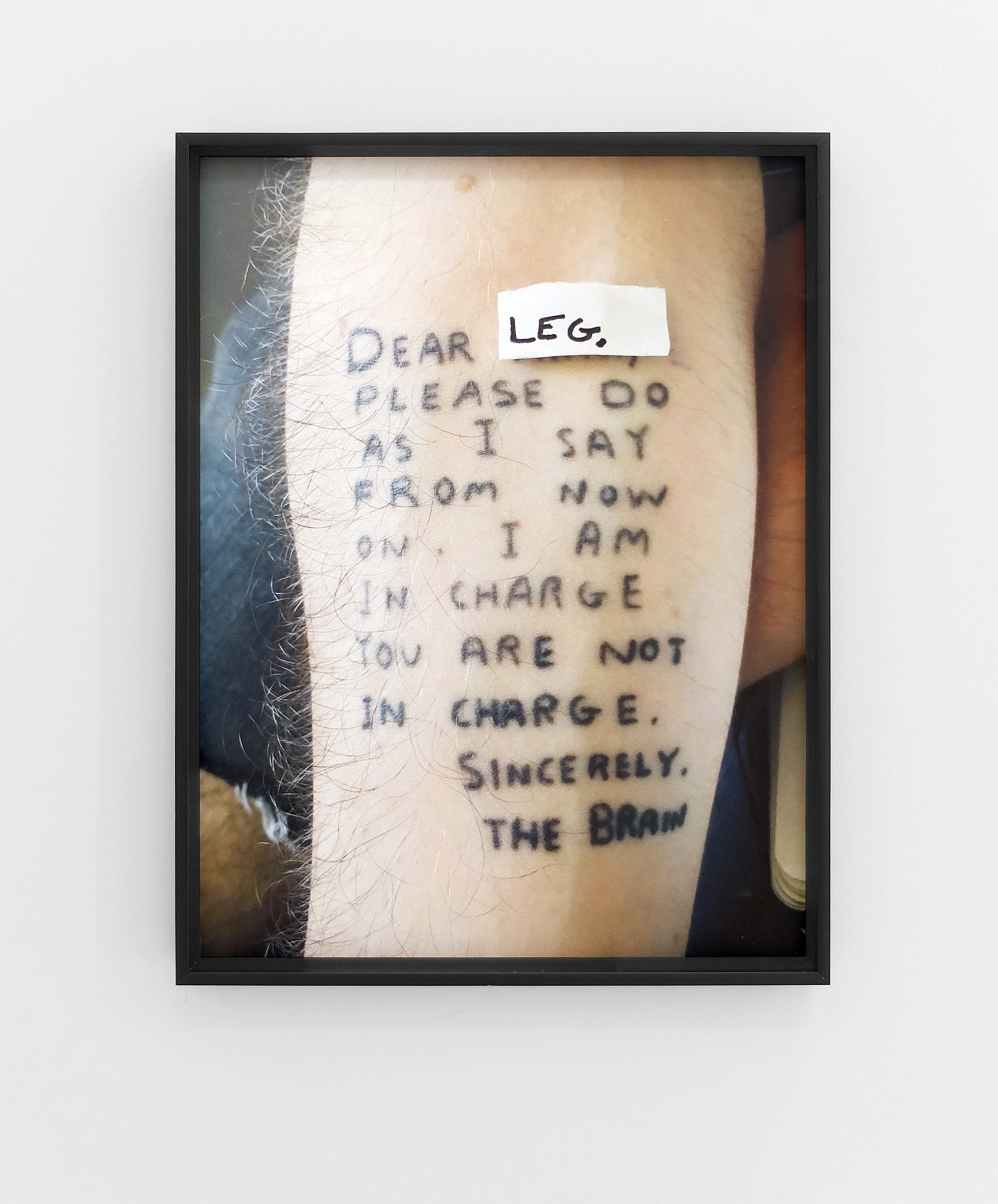
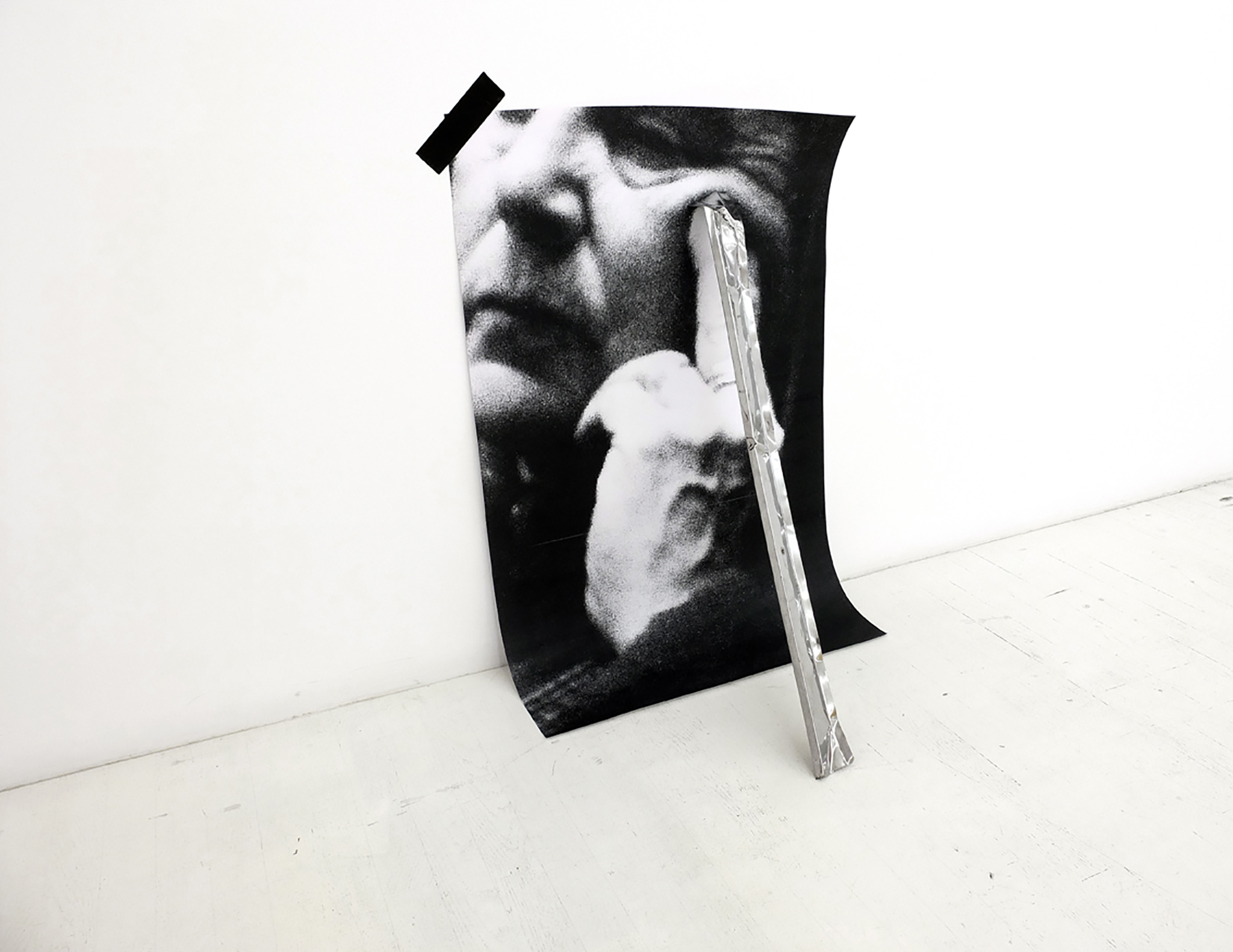
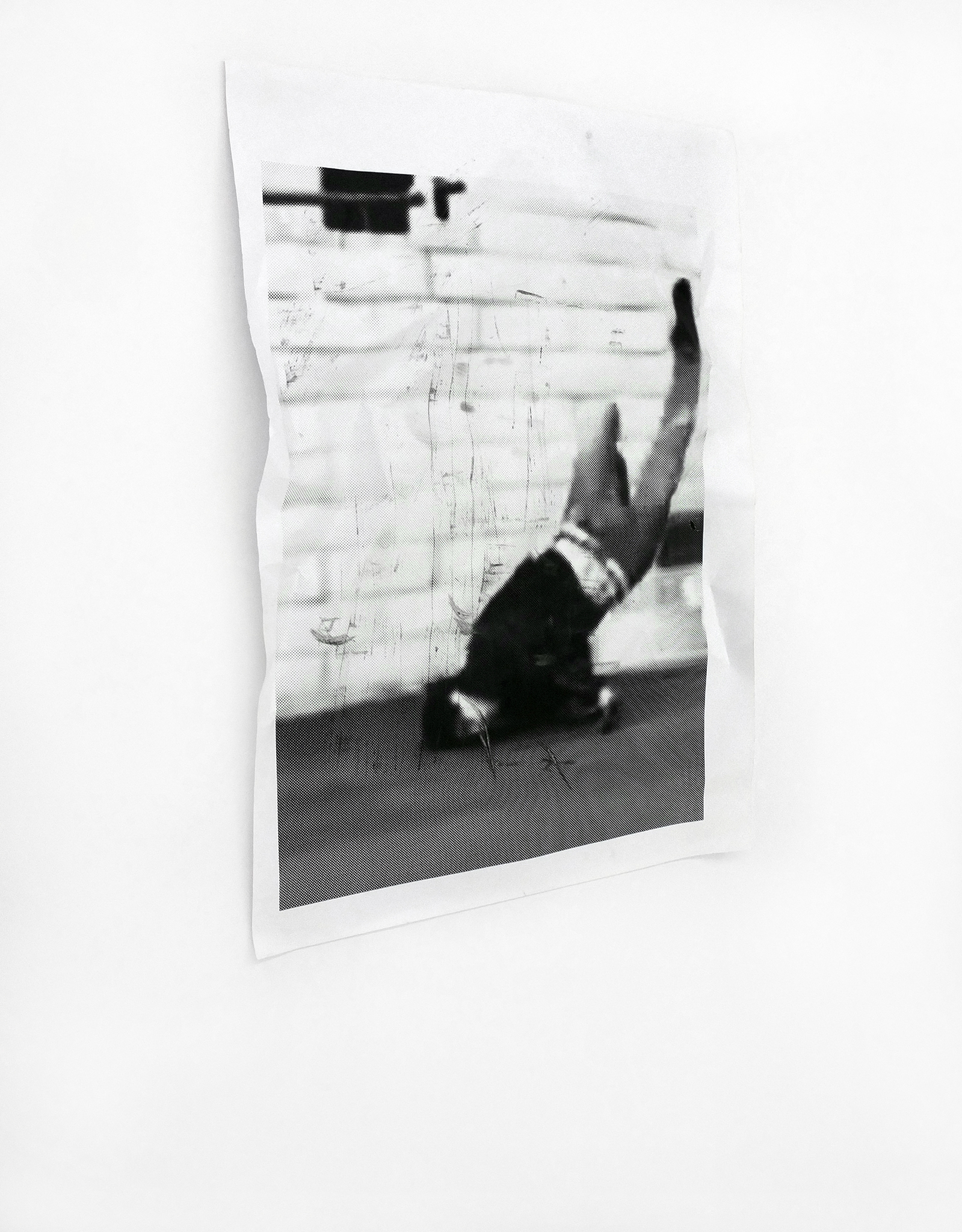
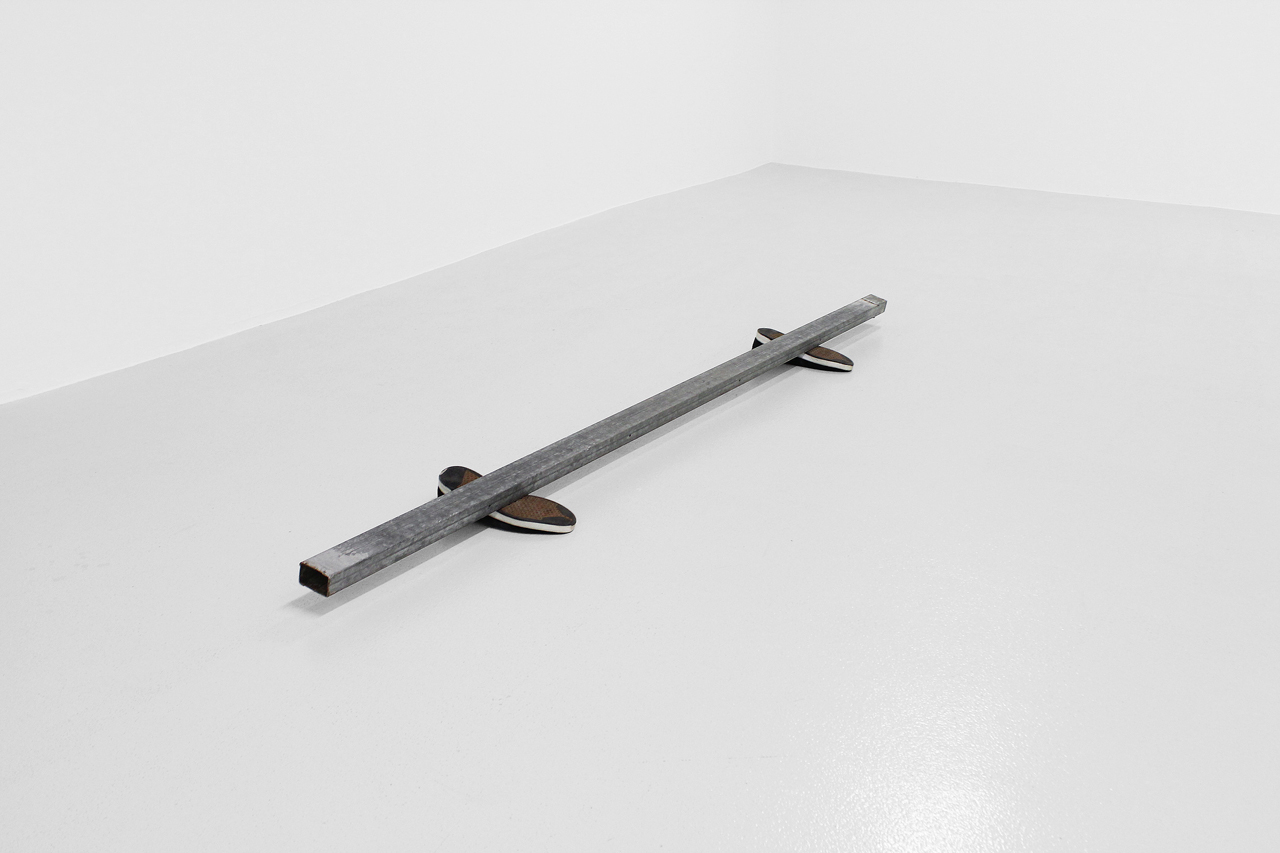
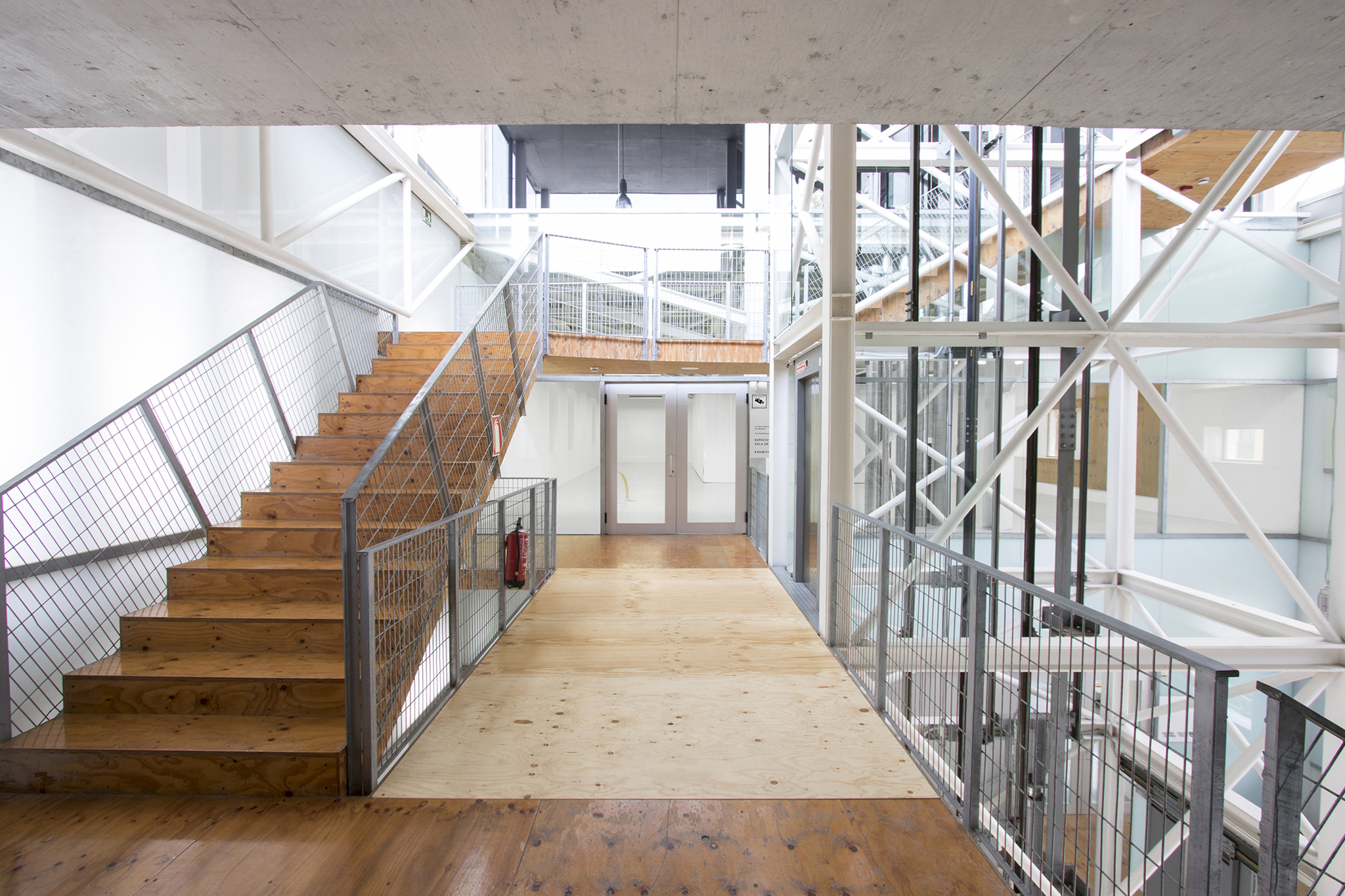
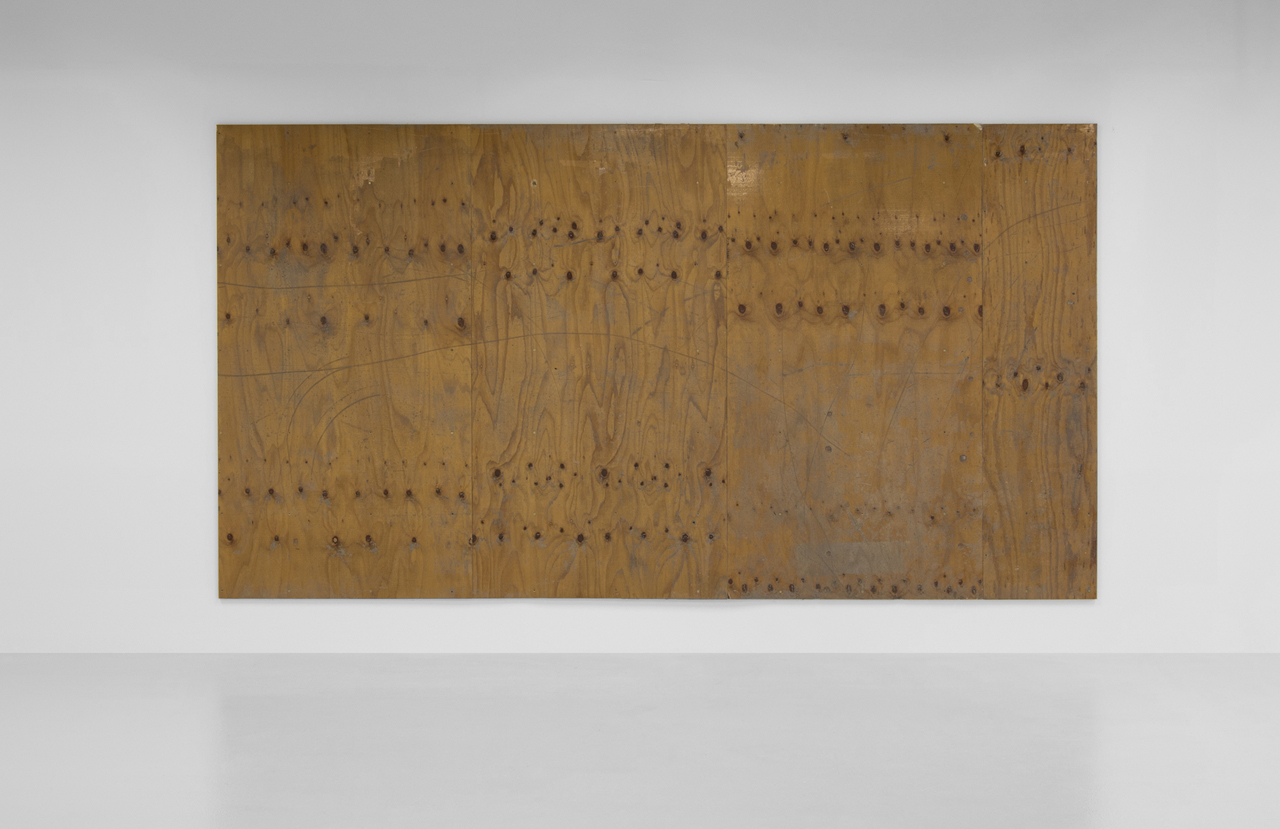
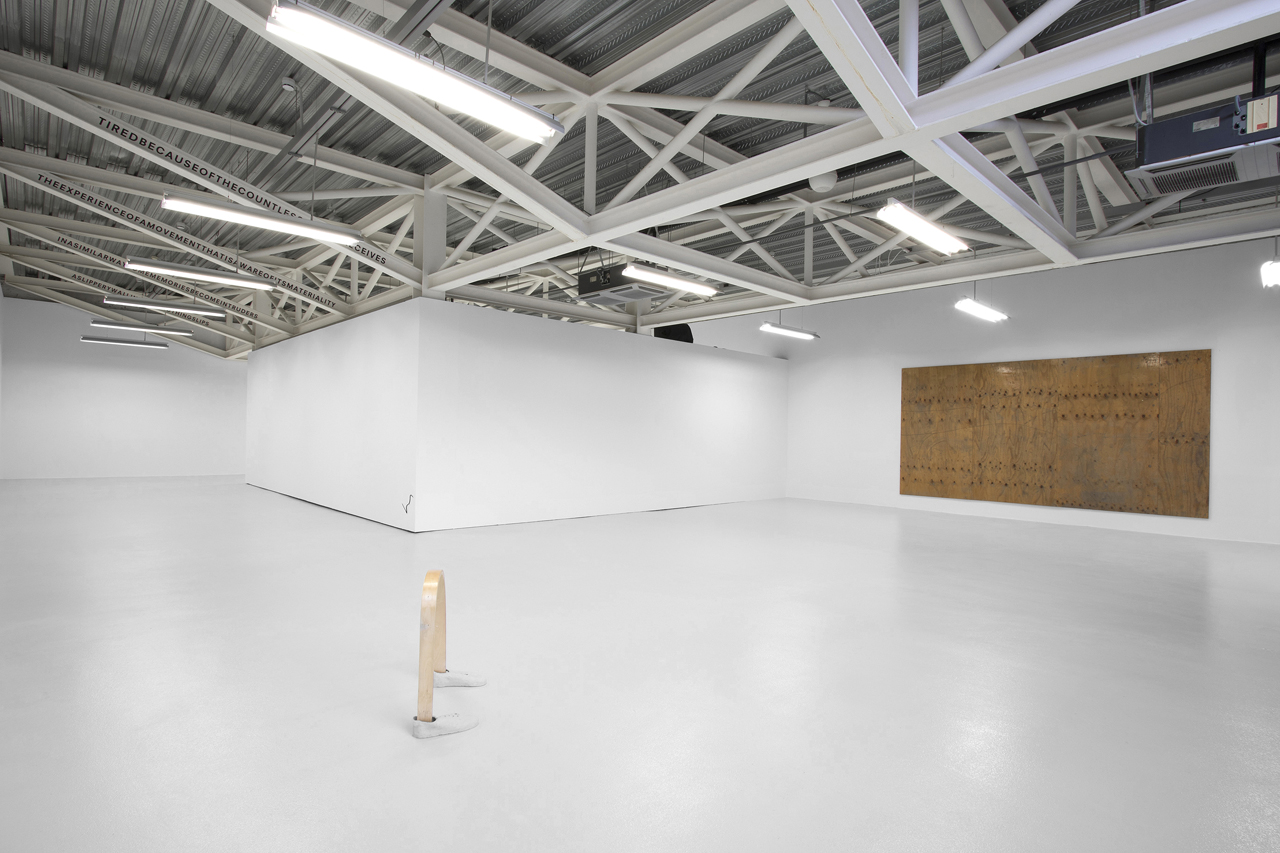
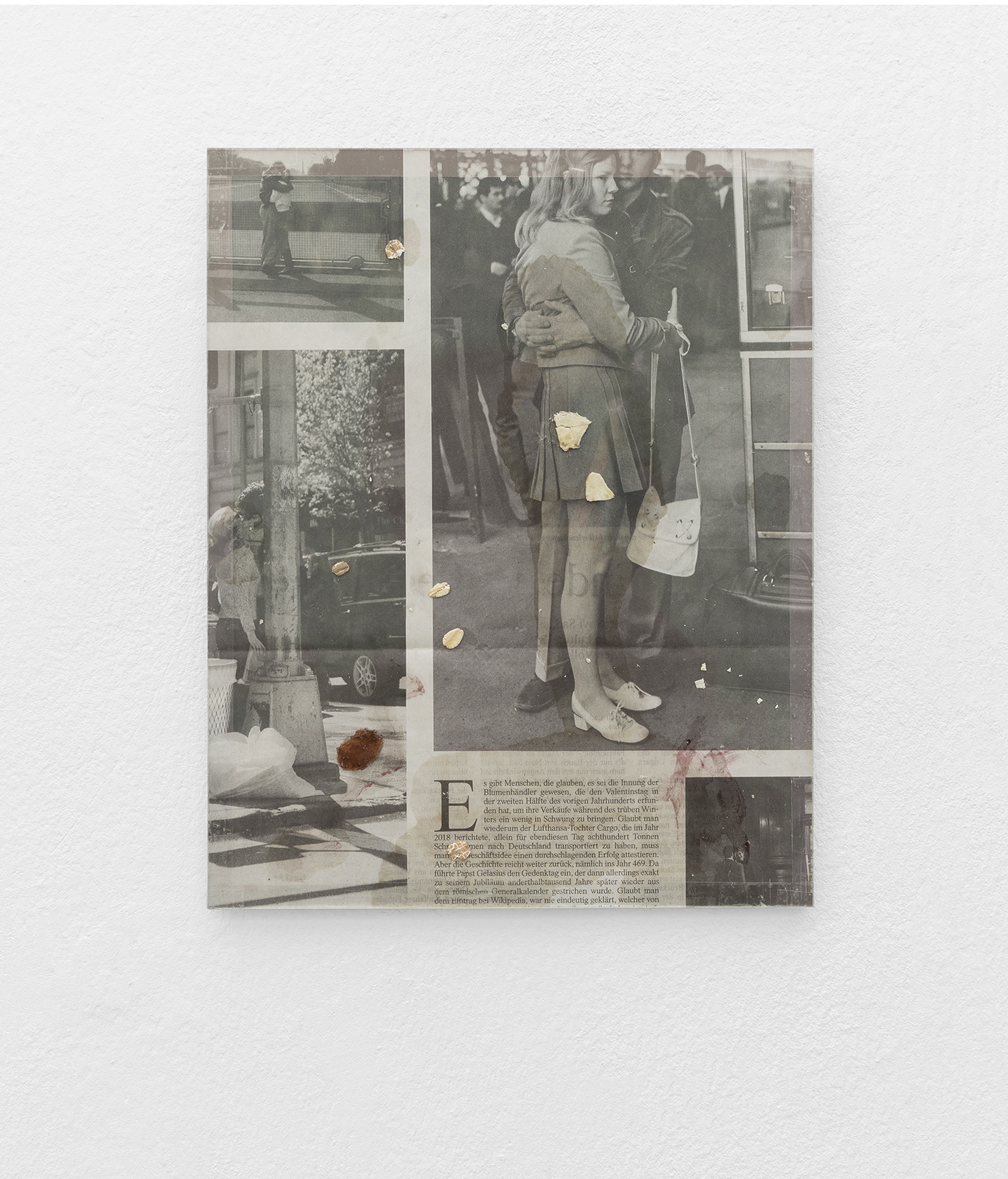
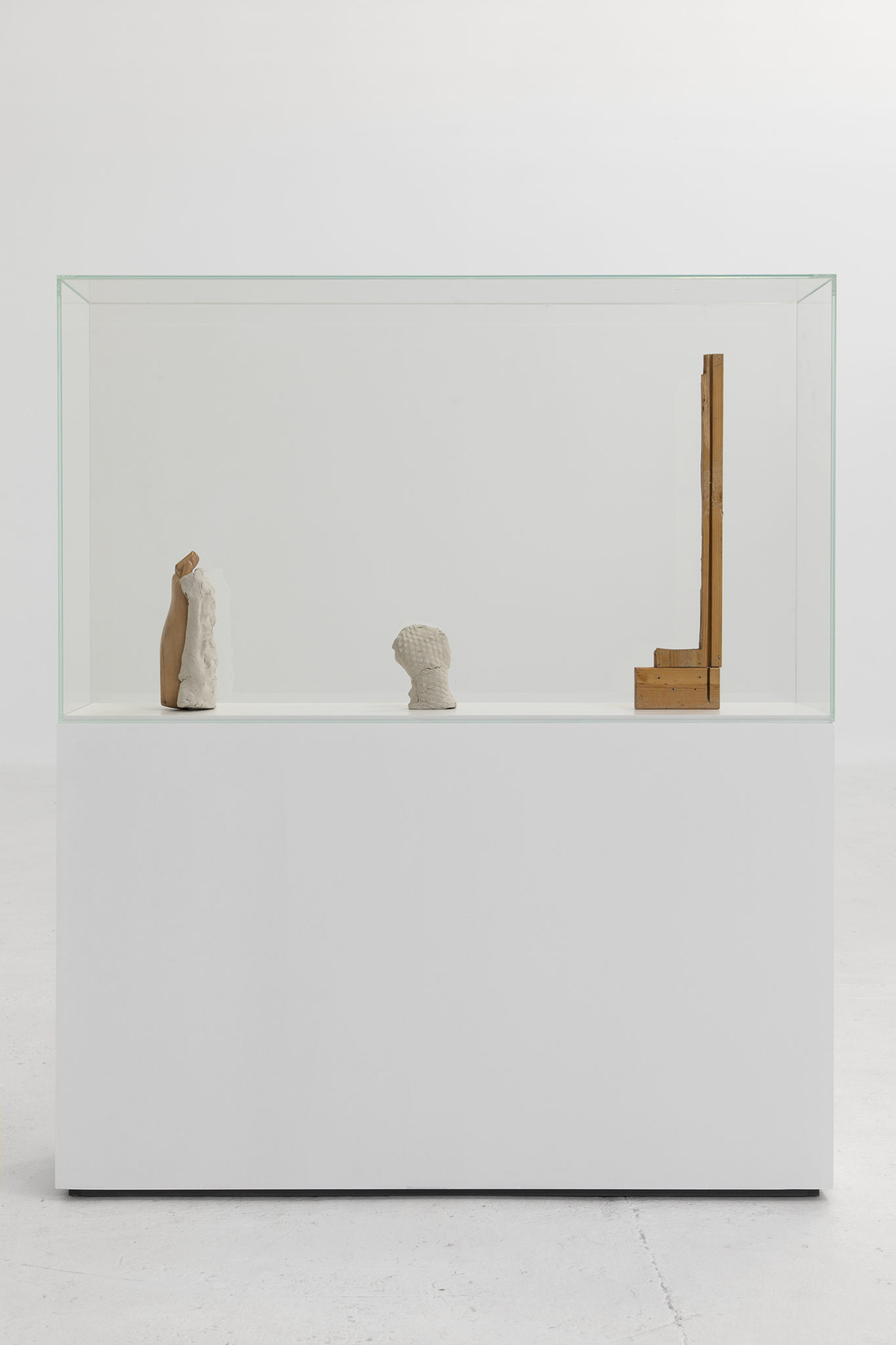
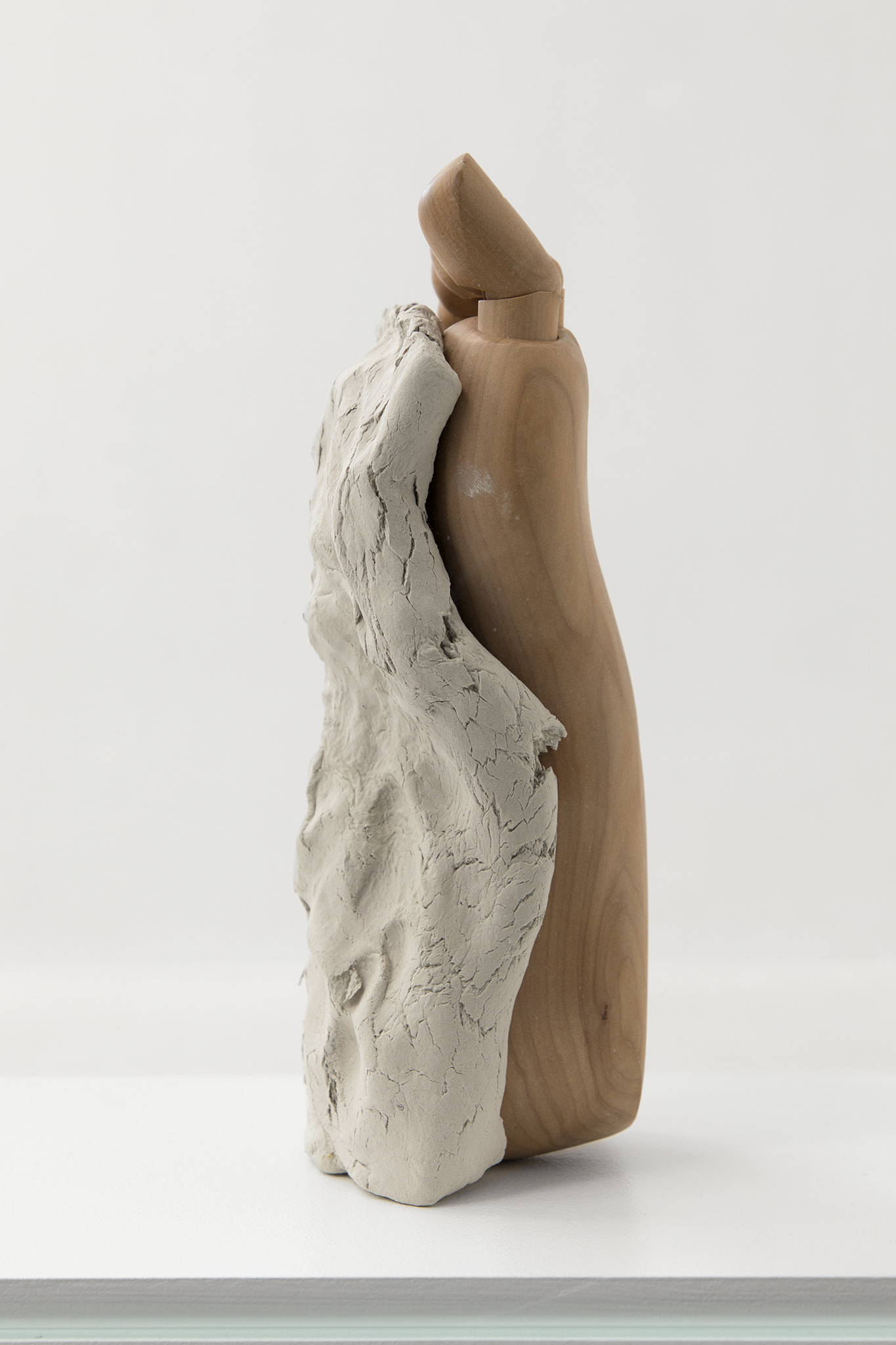
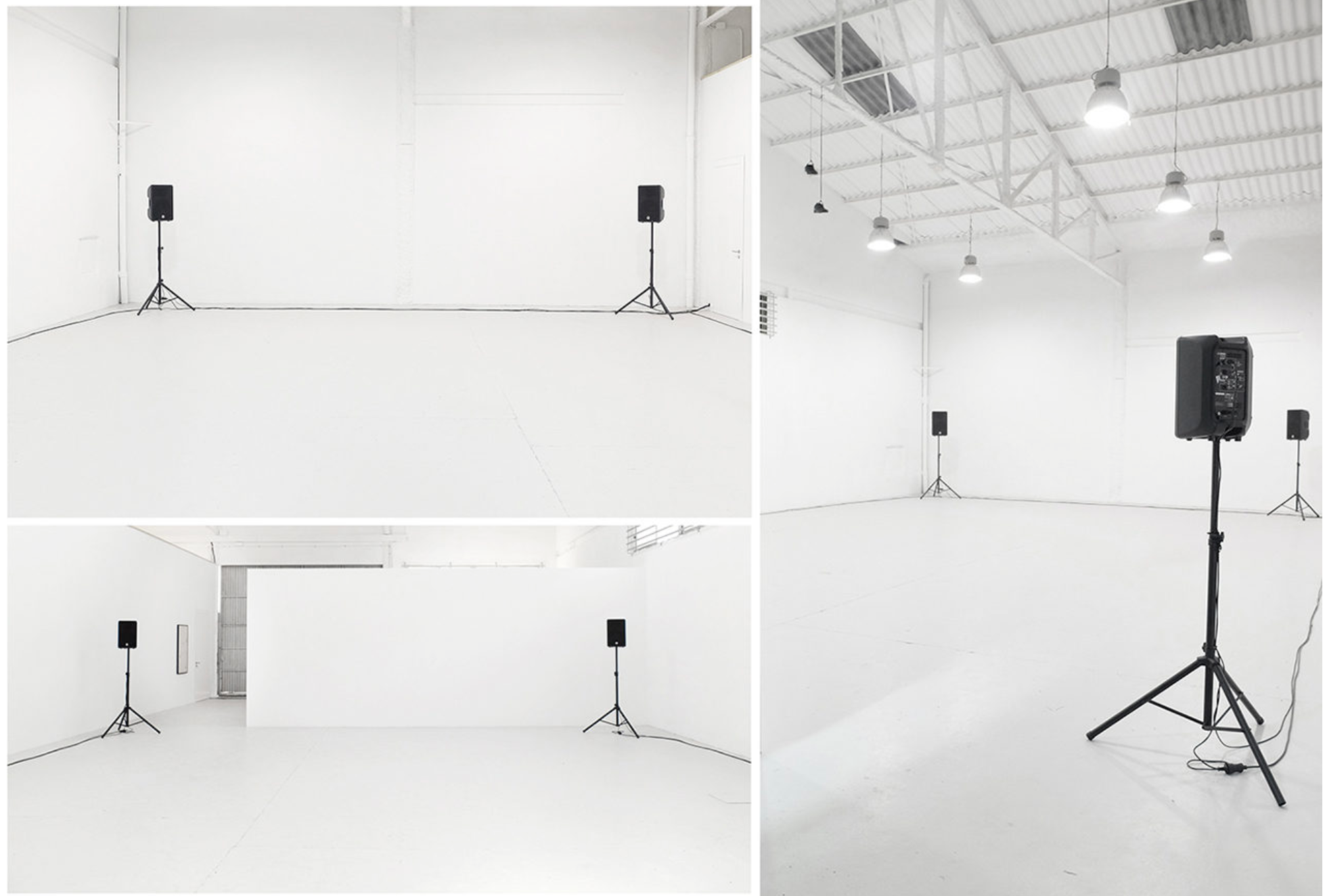
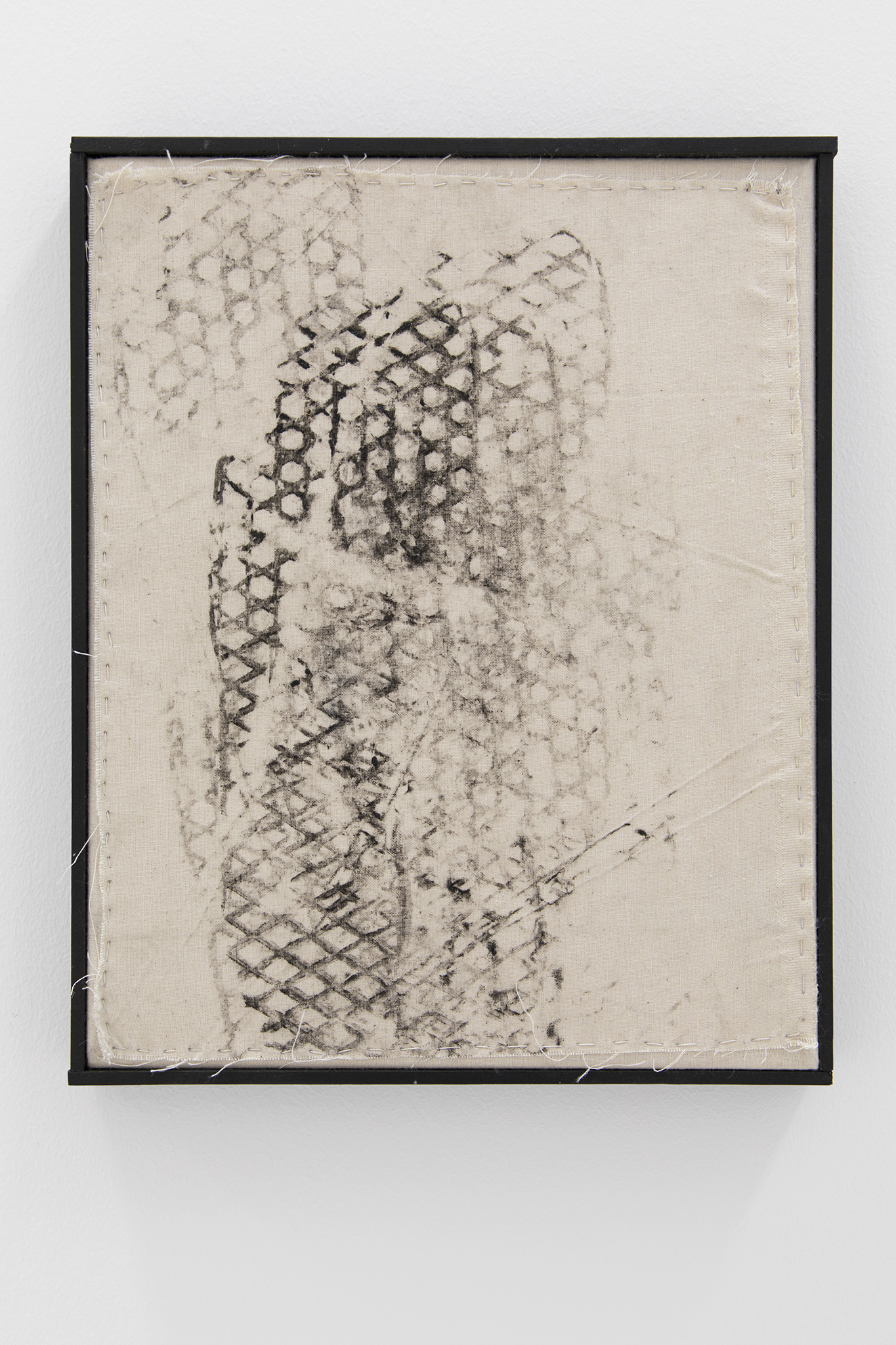
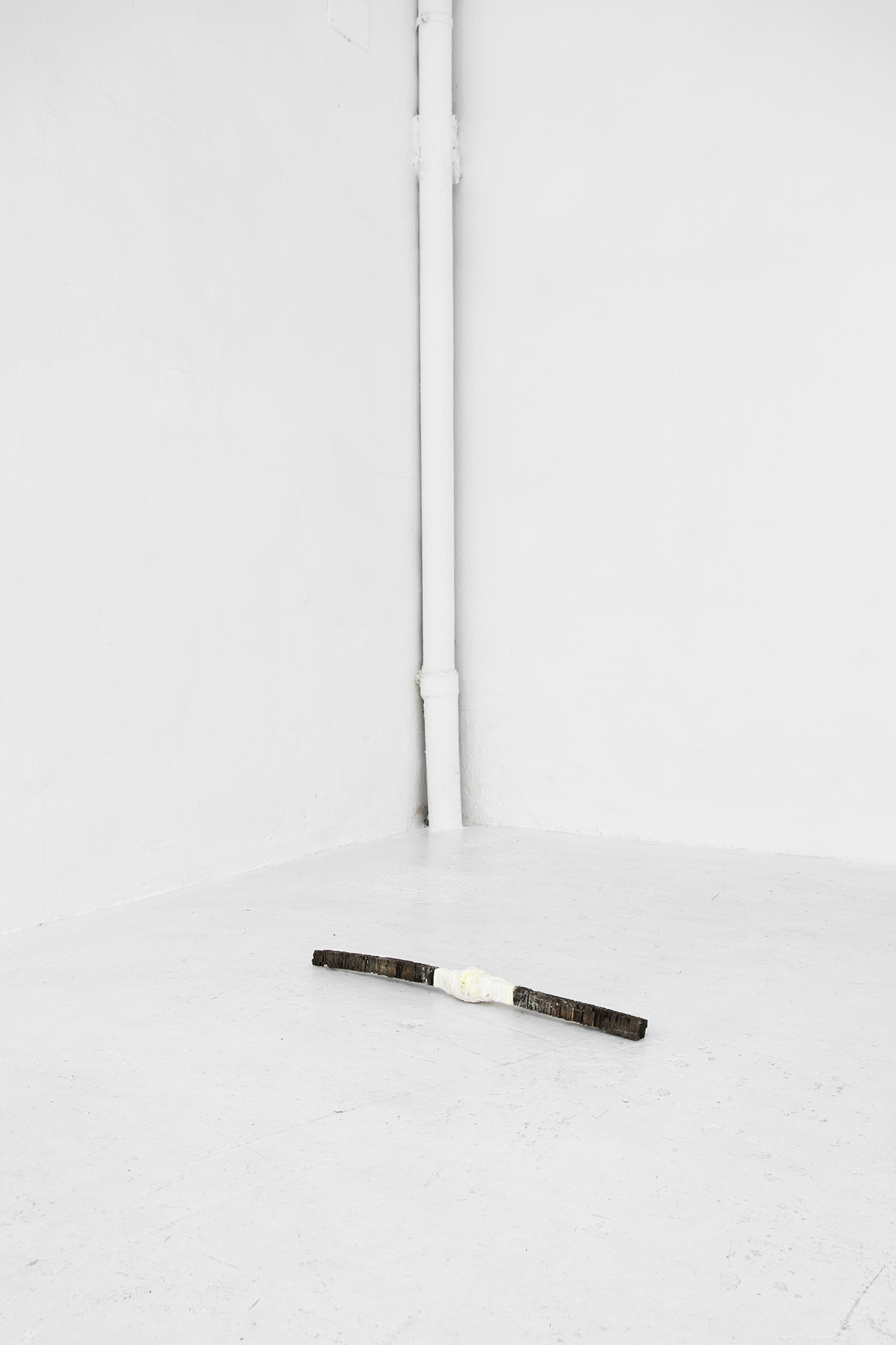
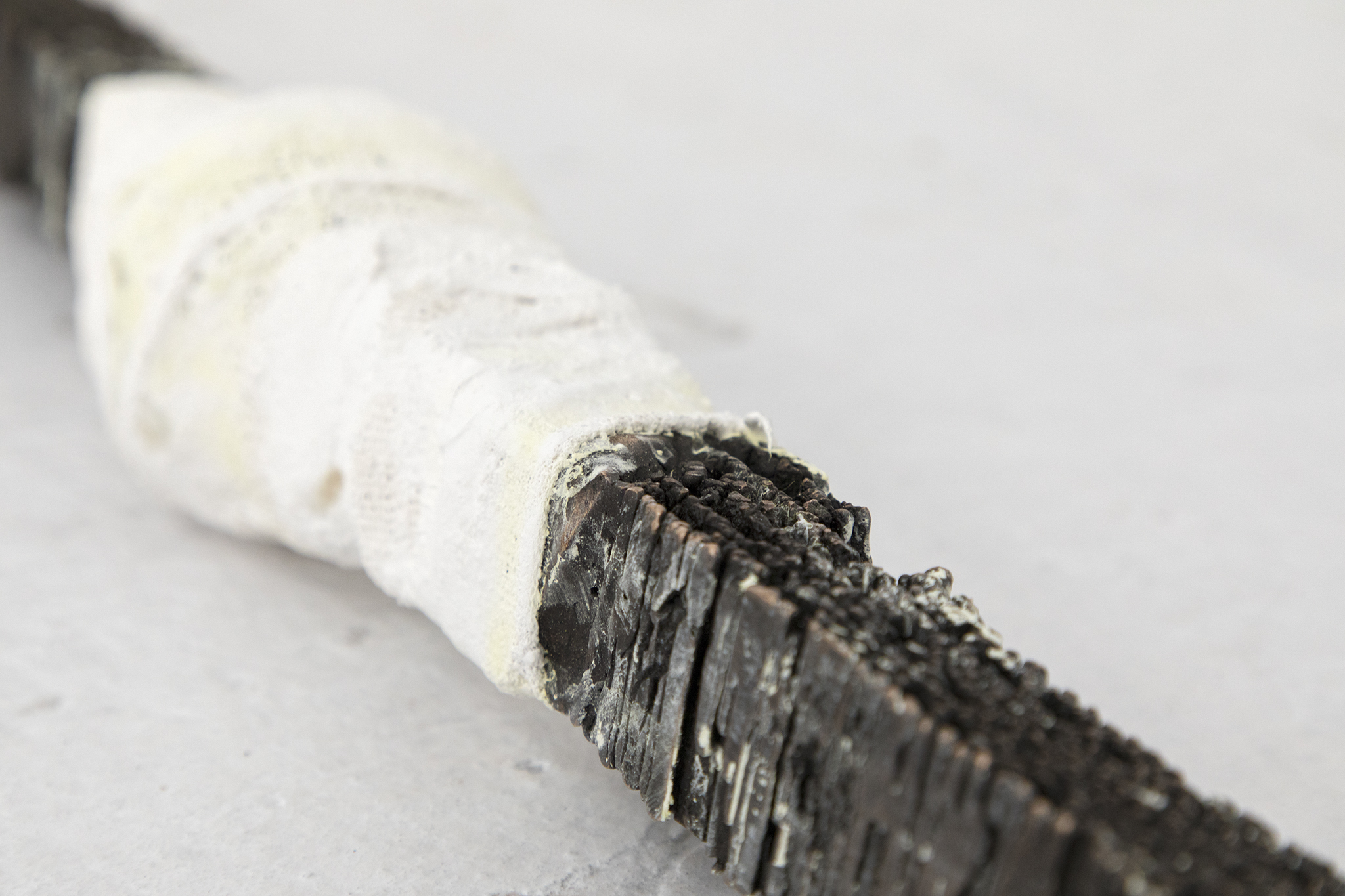
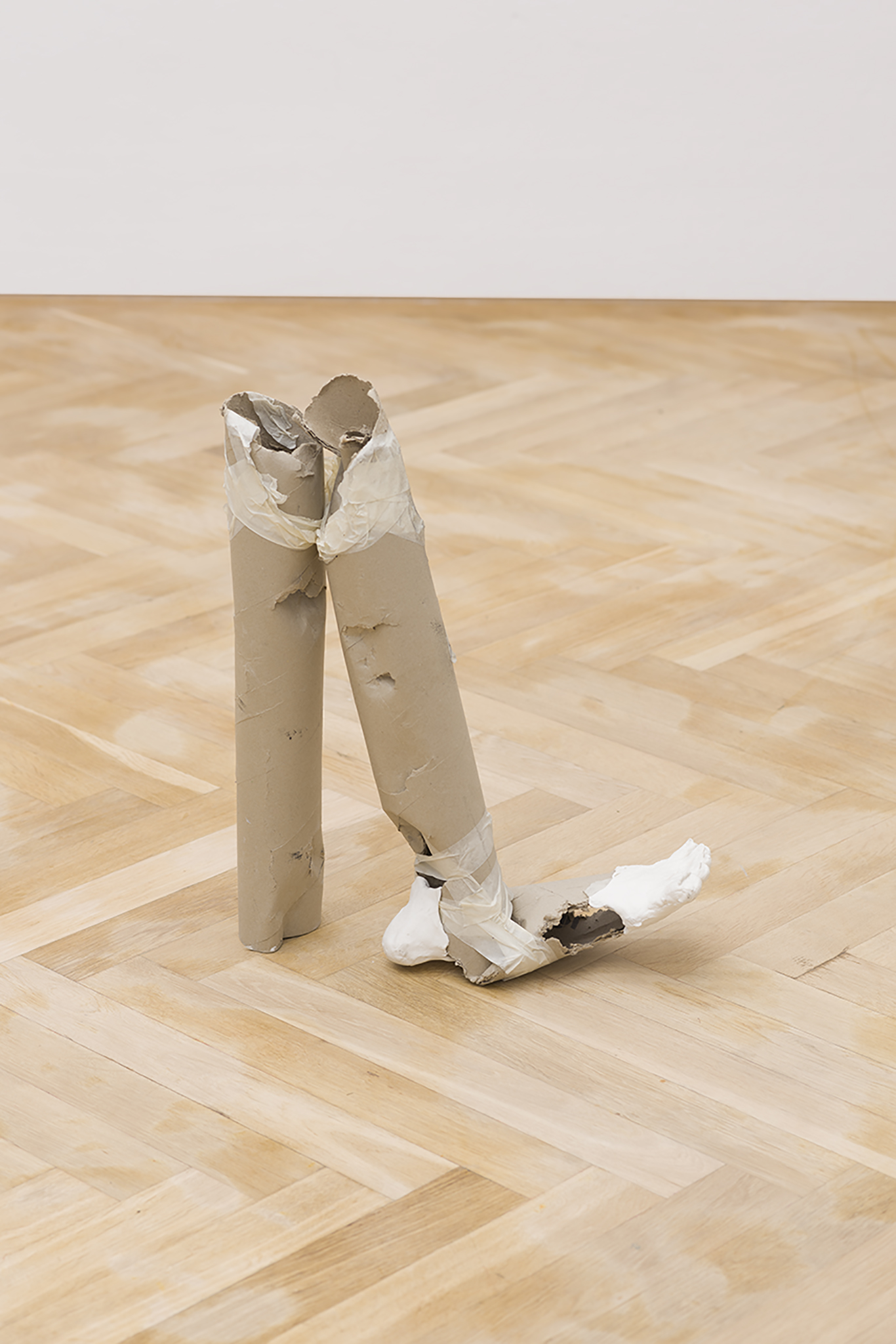
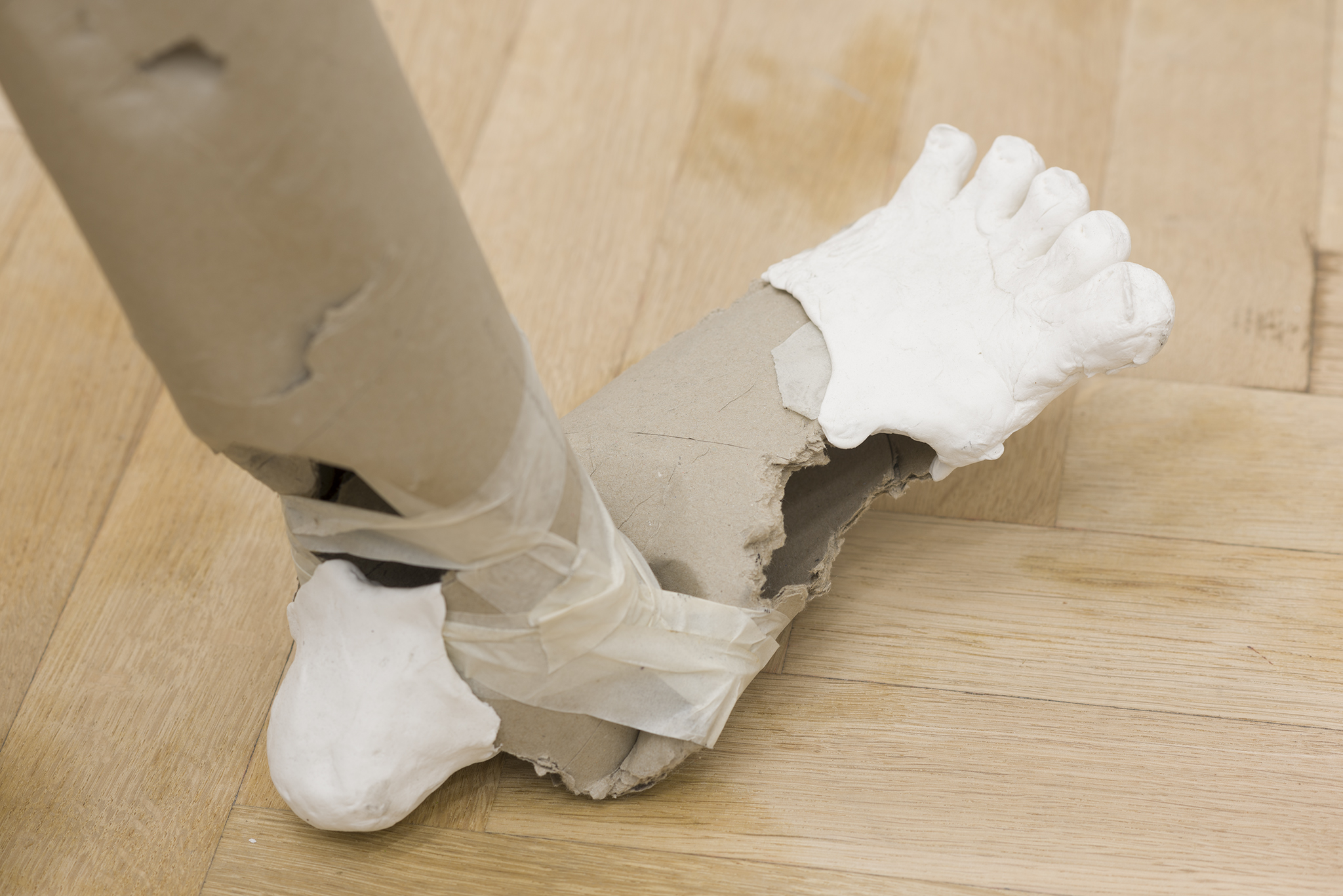
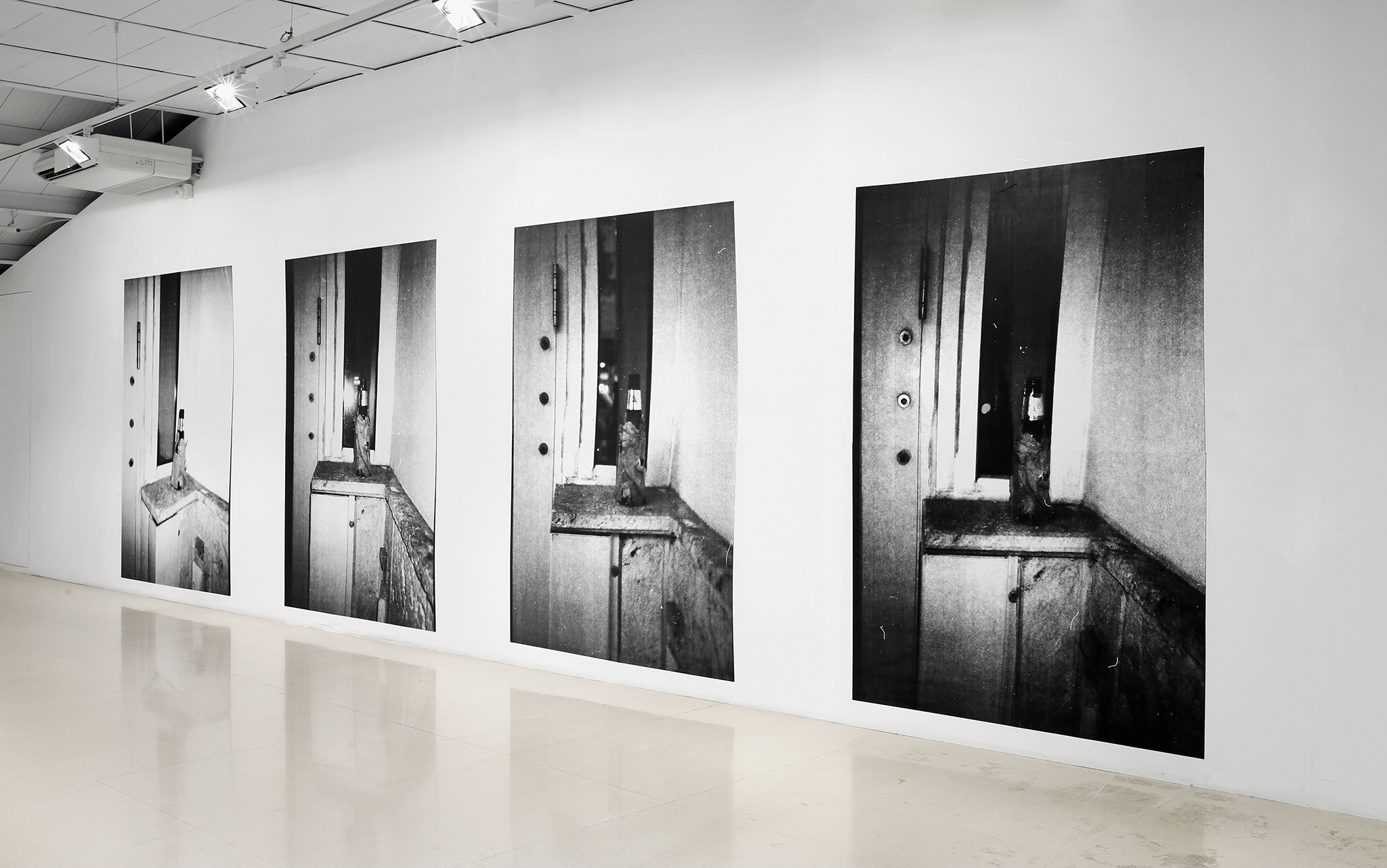
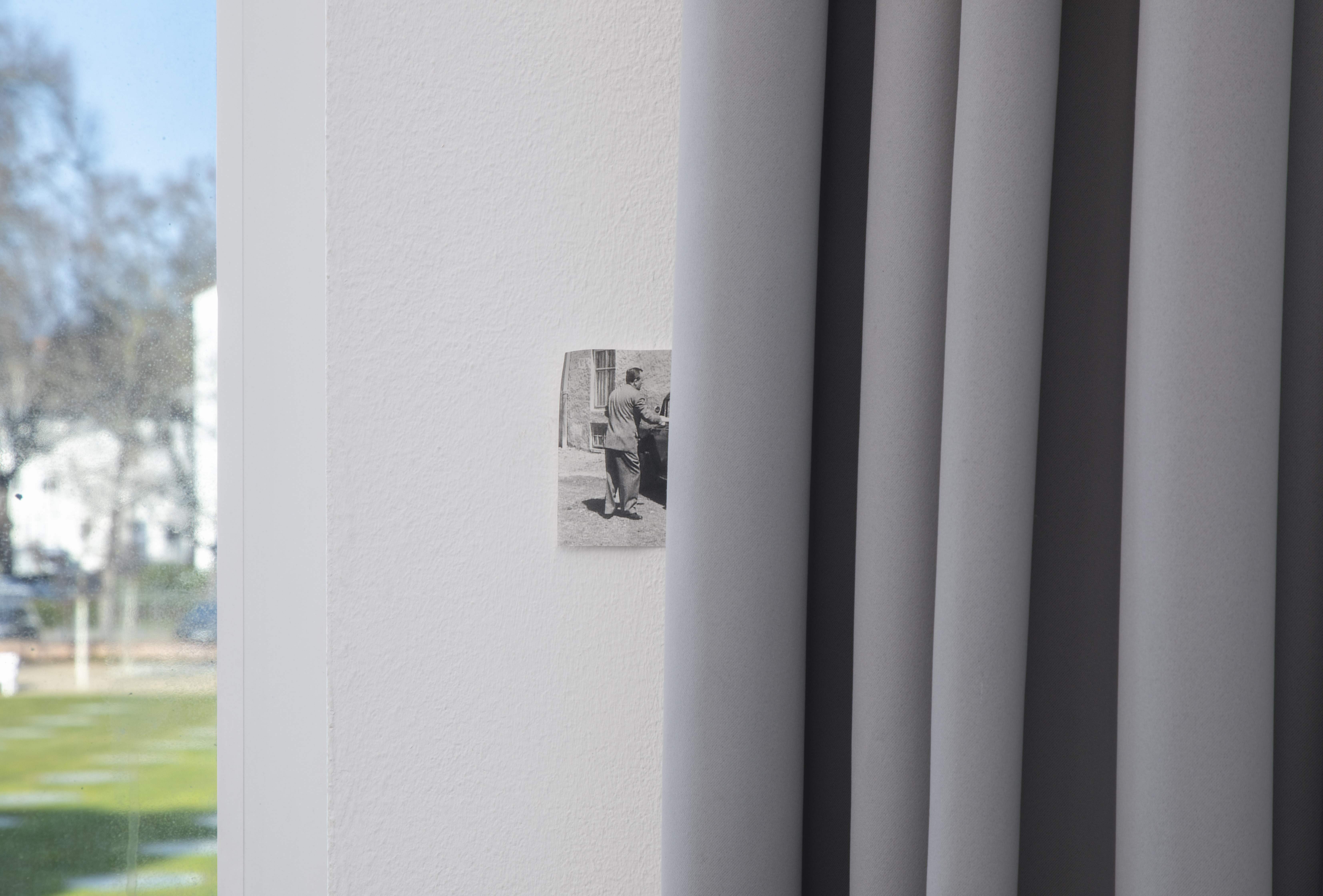
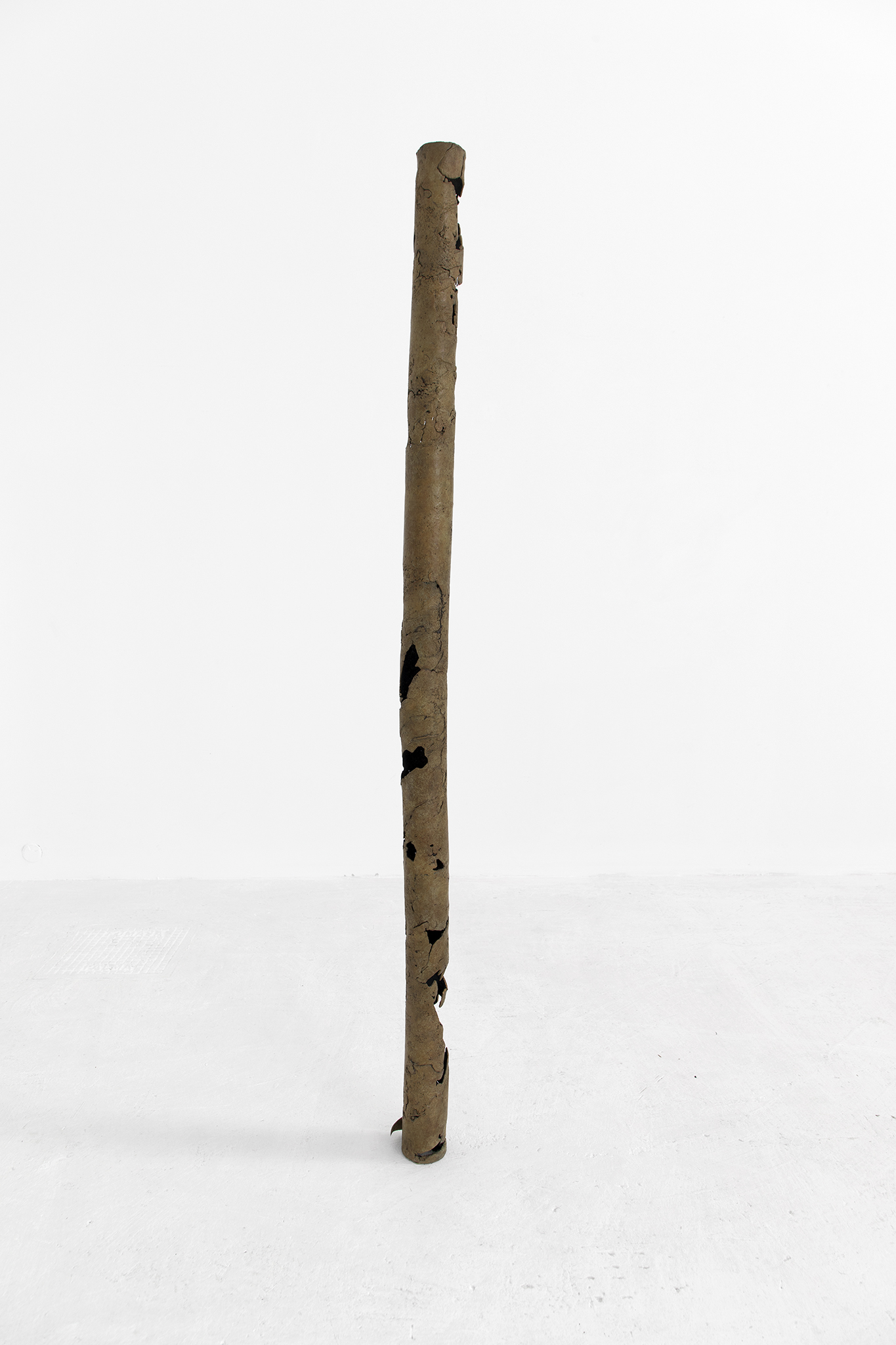
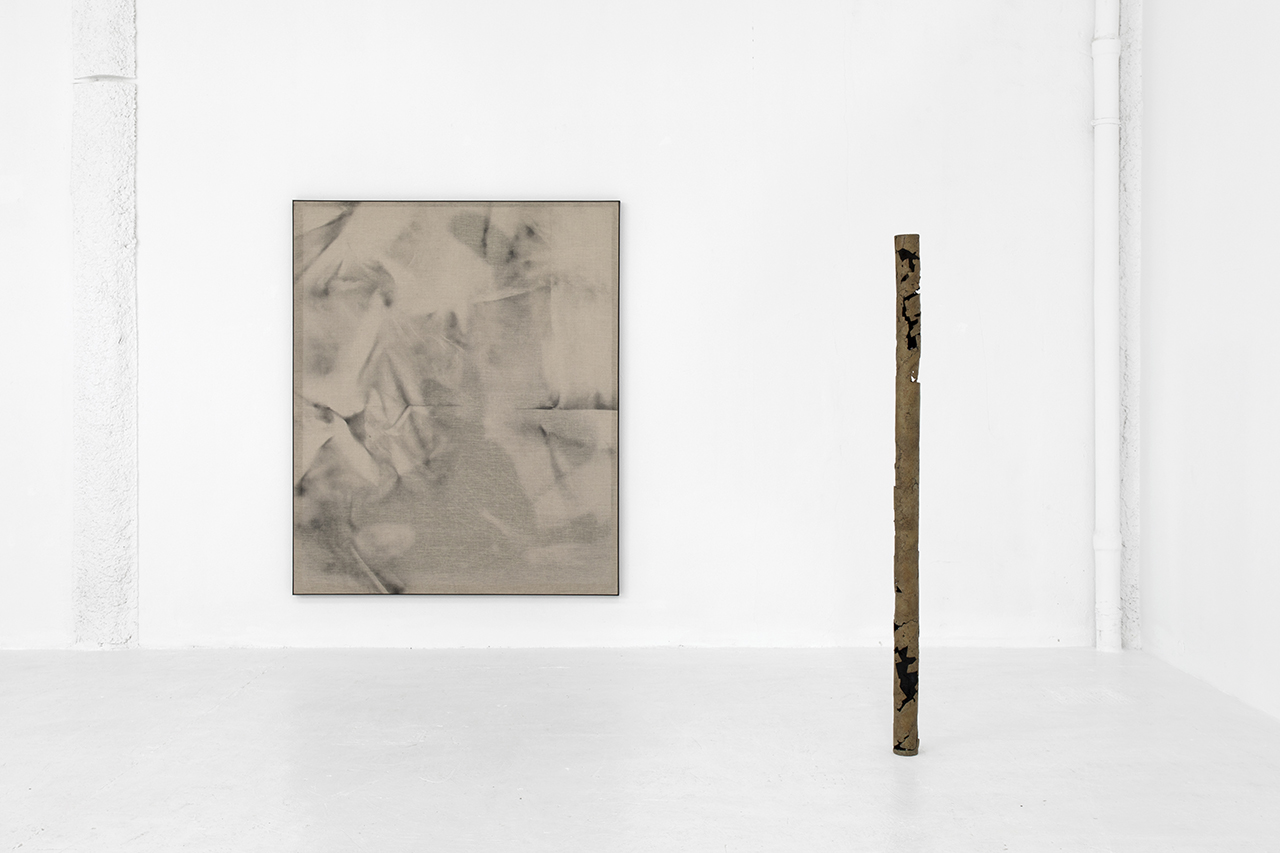
SELECTION OF EXHIBITIONS & PROJECTS (TO BE UPDATED)
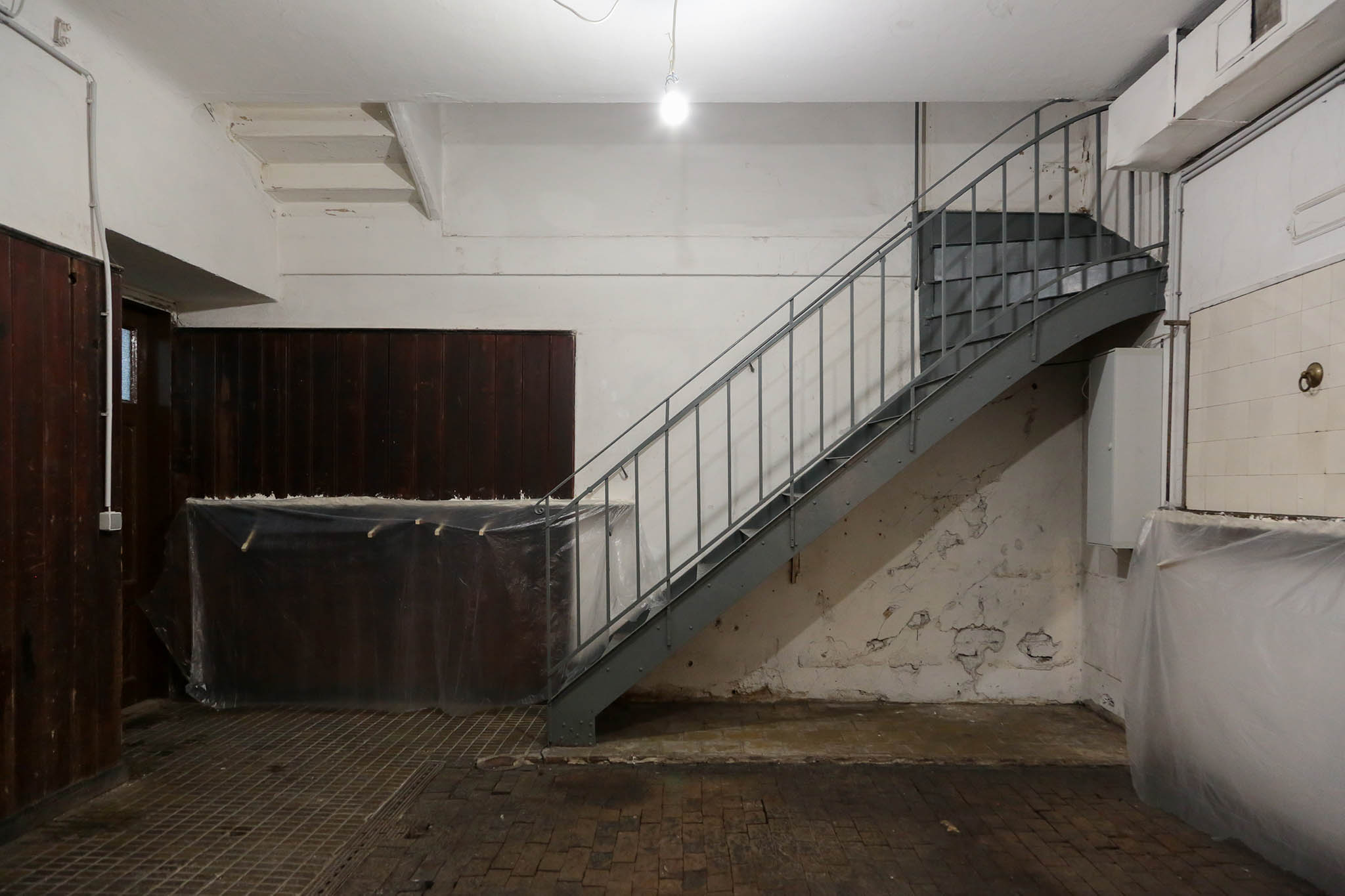

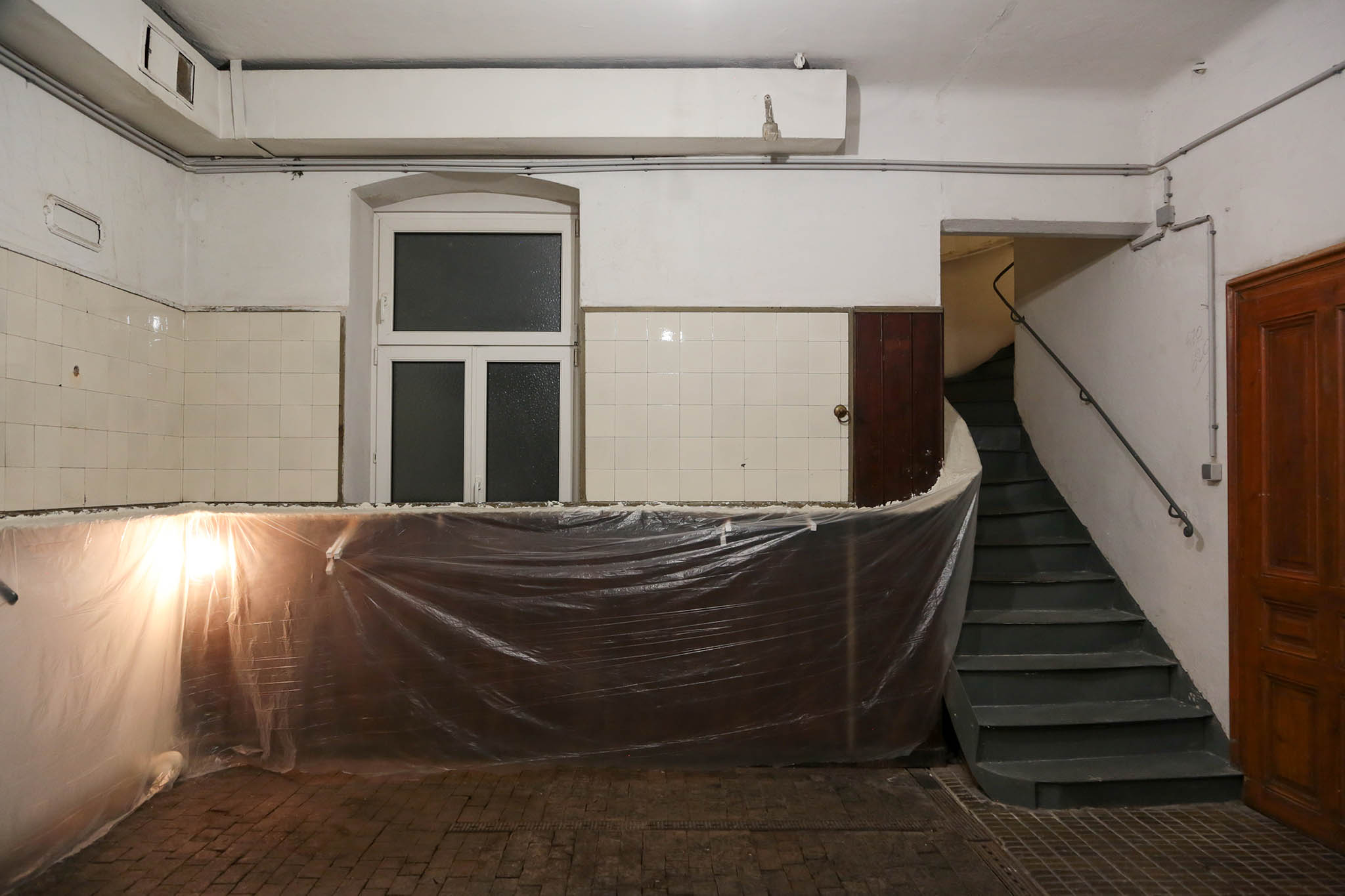

— what if you enter a space
— what if you exit
— and re-enter
— what if up and down fold into one surface
— your shoe is broken
— your shoelace is loose
— undone
— what if you enter a space, and stay
— your walls are falling apart
— crumbling
— what if you scrape the loose plaster with your finger
— what if it gathers tight beneath your nail, hurting a little
— what if the paint is still wet
— dripping
— what if you leave fingerprints everywhere
— staining
— tracing
— what if you point out key moments
[Read more]
— what if you exit
— and re-enter
— what if up and down fold into one surface
— your shoe is broken
— your shoelace is loose
— undone
— what if you enter a space, and stay
— your walls are falling apart
— crumbling
— what if you scrape the loose plaster with your finger
— what if it gathers tight beneath your nail, hurting a little
— what if the paint is still wet
— dripping
— what if you leave fingerprints everywhere
— staining
— tracing
— what if you point out key moments
[Read more]
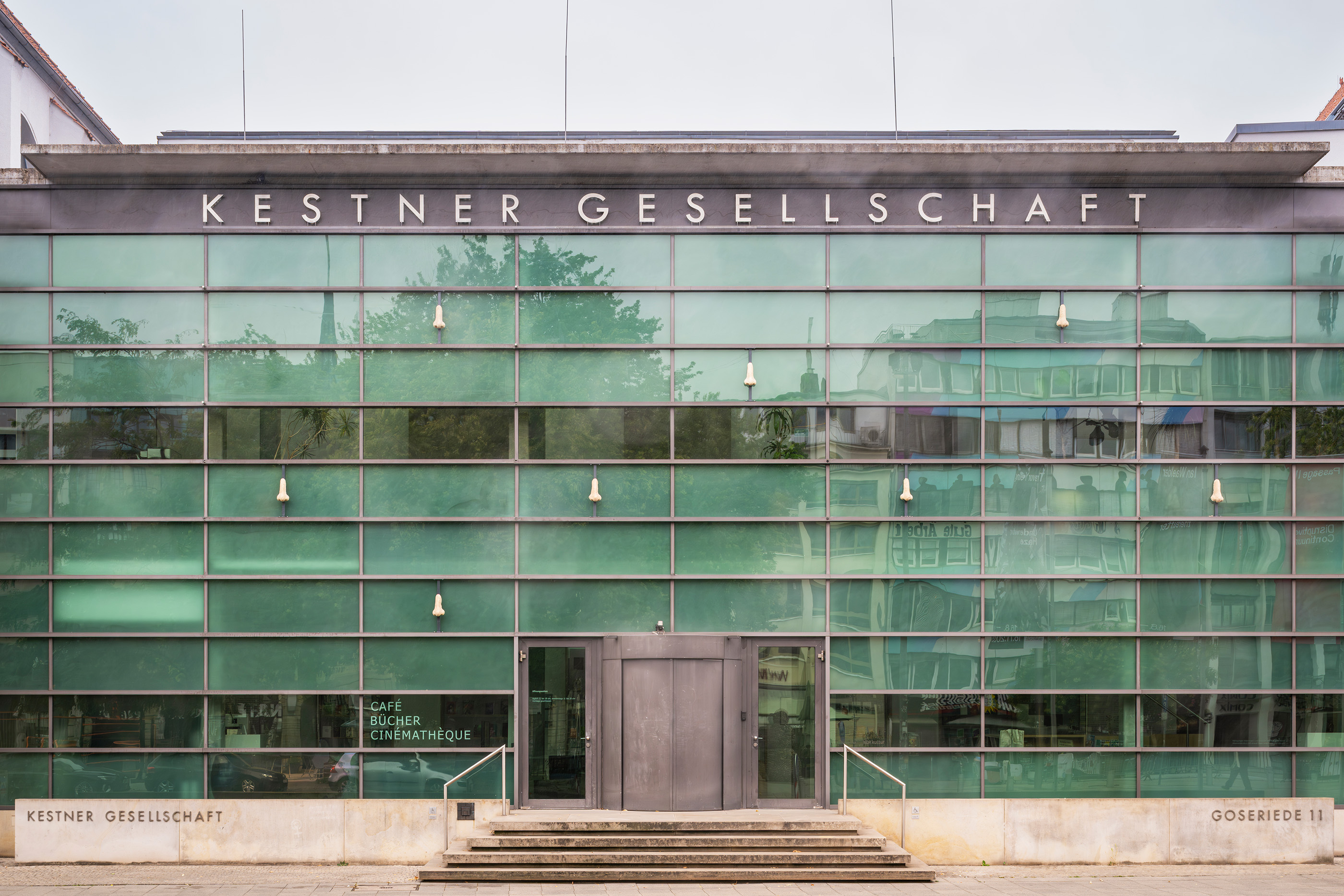

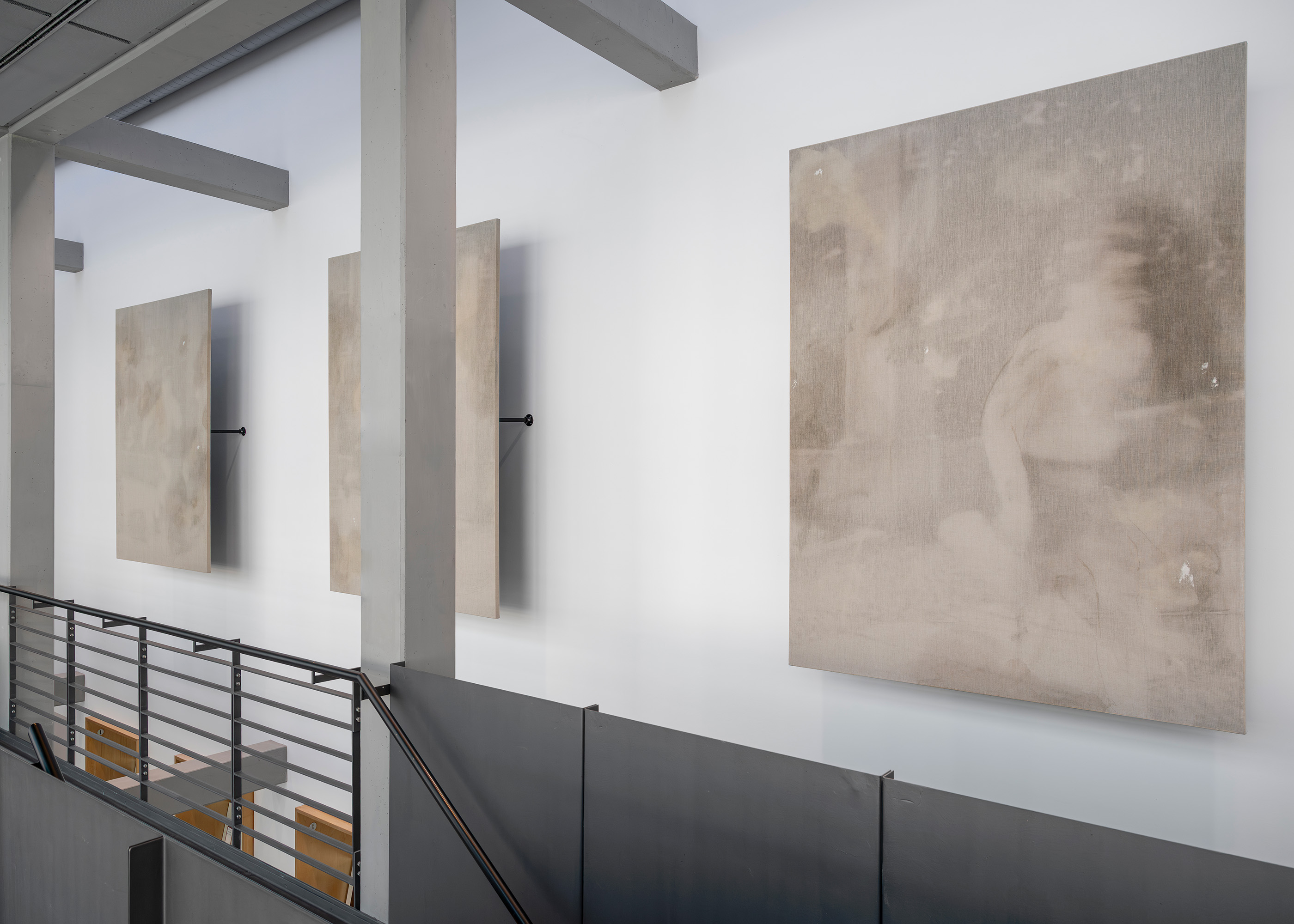
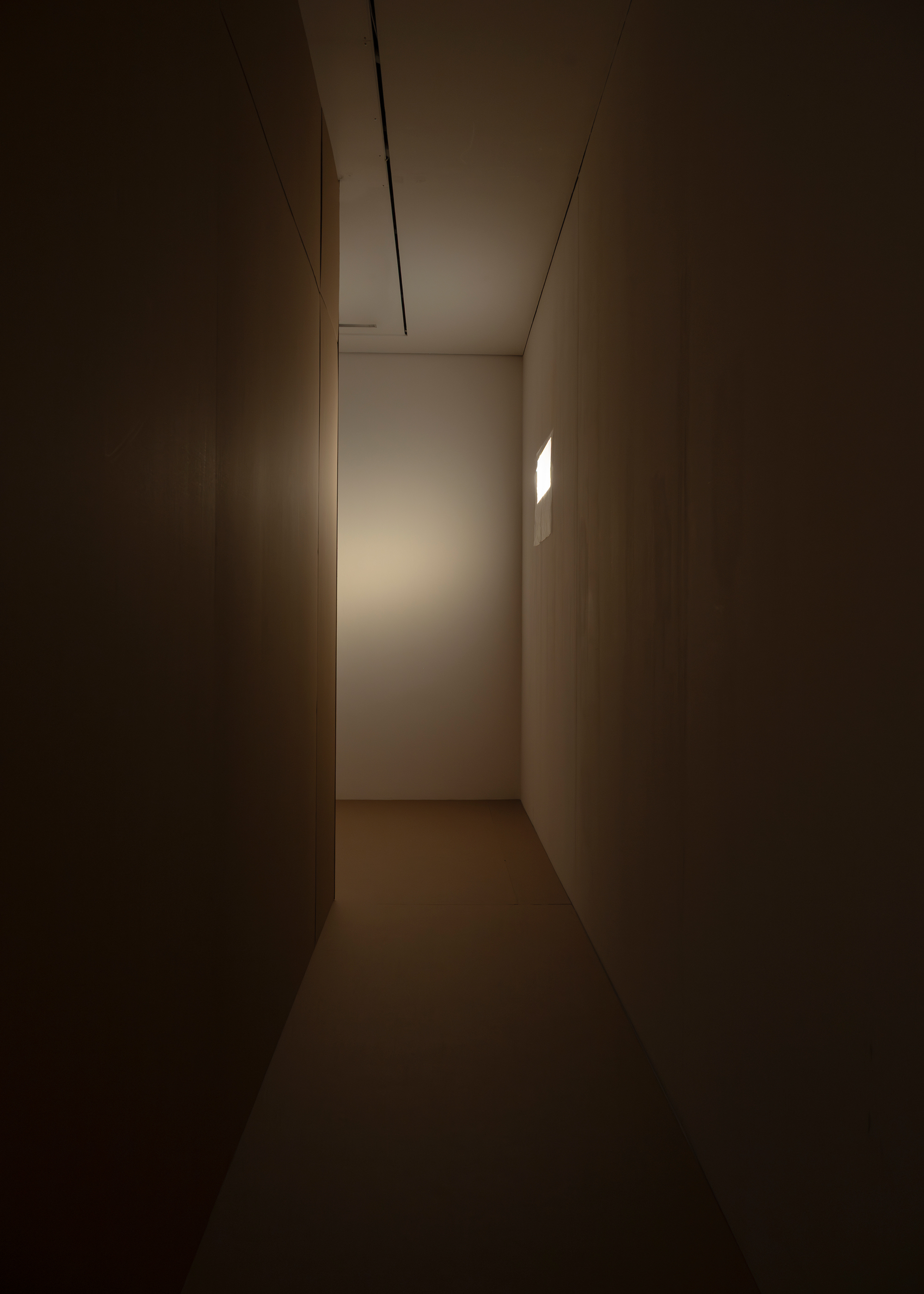
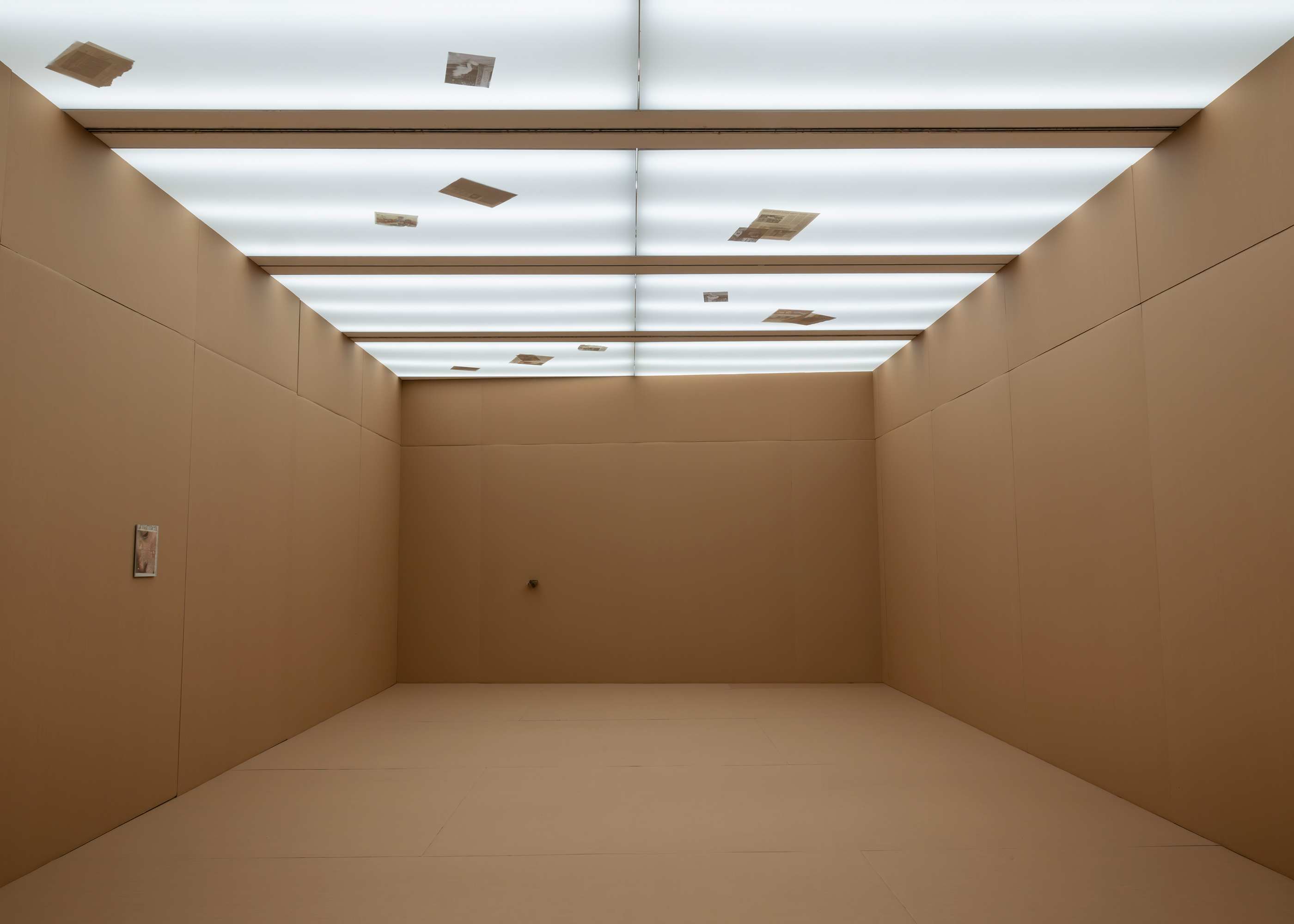
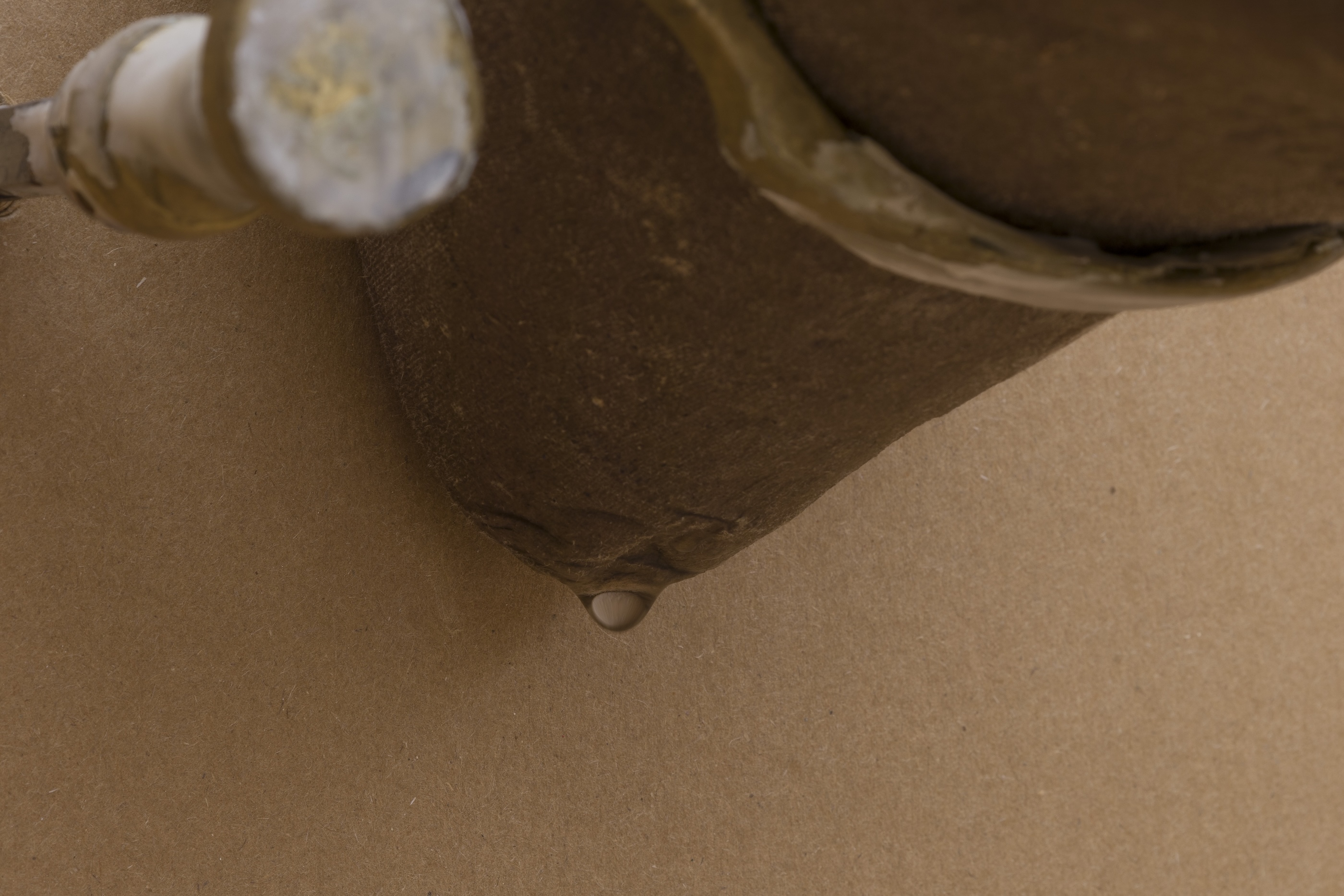
014.
Solo exhibition at Kestner Gesellschaft
Hannover, Germany
Curated by Alexander Wilmschen
Assistant curator, Emilia Radmacher
Full documentation and info
“thereafter”
2025Solo exhibition at Kestner Gesellschaft
Hannover, Germany
Curated by Alexander Wilmschen
Assistant curator, Emilia Radmacher
Full documentation and info
In thereafter, Ian Waelder connects the façade, atrium, and arcade hall of the Kestner Gesellschaft for the first time to form a spatial narrative between inside and outside, past and present. His works begin at the edges of the rememberable: familial traces, biographical fractures, everyday remnants – not as evidence, but as fragile carriers of a story that resists linear narration.
At the center of Waelder’s solo exhibition stands a labyrinthine structure made of cardboard, evoking the image of a packed moving box. The offset entrance of the arcaded hall diverts the gaze away from clear paths. Inside, sculptures, newspaper collages, a piano melody, and the materiality of cardboard and light condense into a dense assemblage—including a newspaper article covered with oats and traces of butter with the headline “Erbarmen” (“Mercy”), a deformed shoe last with a porcelain-like nose titled (...)
[Read more]
At the center of Waelder’s solo exhibition stands a labyrinthine structure made of cardboard, evoking the image of a packed moving box. The offset entrance of the arcaded hall diverts the gaze away from clear paths. Inside, sculptures, newspaper collages, a piano melody, and the materiality of cardboard and light condense into a dense assemblage—including a newspaper article covered with oats and traces of butter with the headline “Erbarmen” (“Mercy”), a deformed shoe last with a porcelain-like nose titled (...)
[Read more]
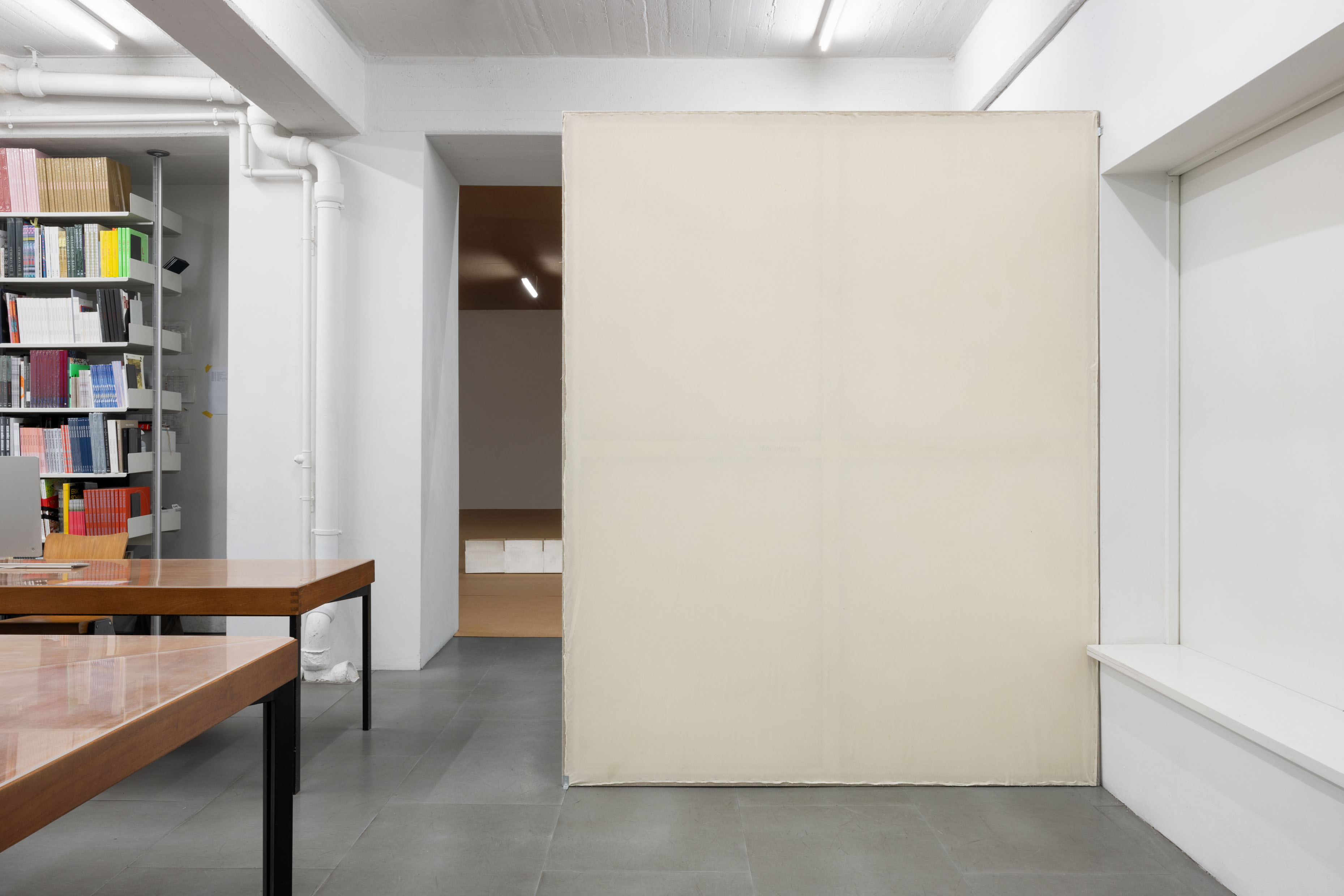


012.
Solo exhibition at carlier | gebauer
Berlin, Germany
Text by Chus Martínez
Full documentation and info
“cadence”
2025Solo exhibition at carlier | gebauer
Berlin, Germany
Text by Chus Martínez
Full documentation and info
(...) There is a veritable cascade of books in which only the grandparents speak, but in most cases the authors only use their presence, their lives, to enhance their own. We are little vampires of the past. I felt in love with the writing of Milan Kundera because he described, like no one else, the Western ways of capitalizing eternity.
I think you all will relate to the work of Ian Waelder. In a very steady way, he has been affirming his artistic practice –mostly developing installations, sculptures, sound and films—as the embodiment of a site to remember. Before entering the work of perhaps now, after having been there, think about it as a “site” not as a sculpture and not as an installation. A site is a place as seen through our mind. Here the site Ian Waelder has produced is a three-dimensional logical place defined by the intervention in the space and the sculptures that we encounter there (...)
[Read more]
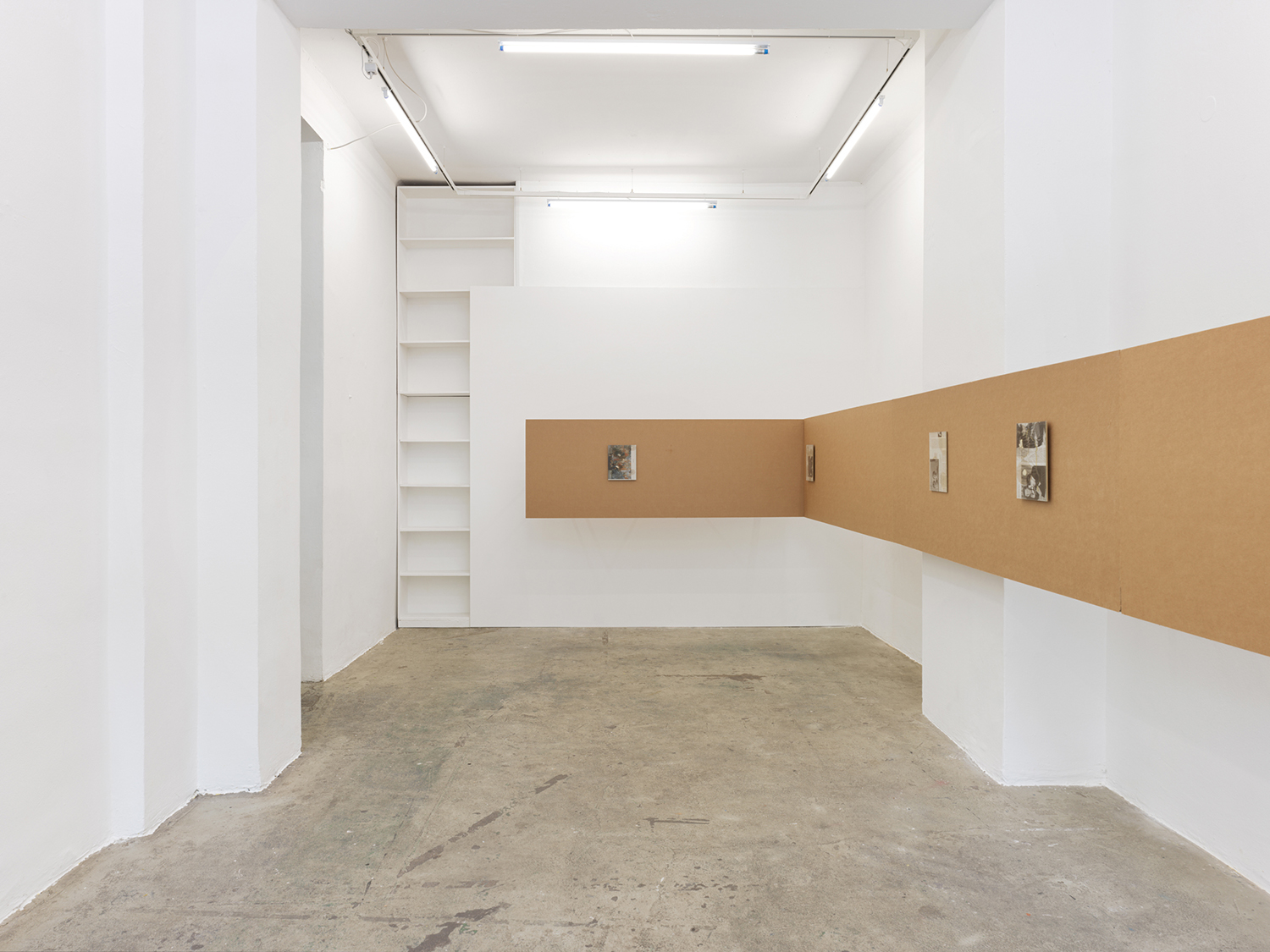
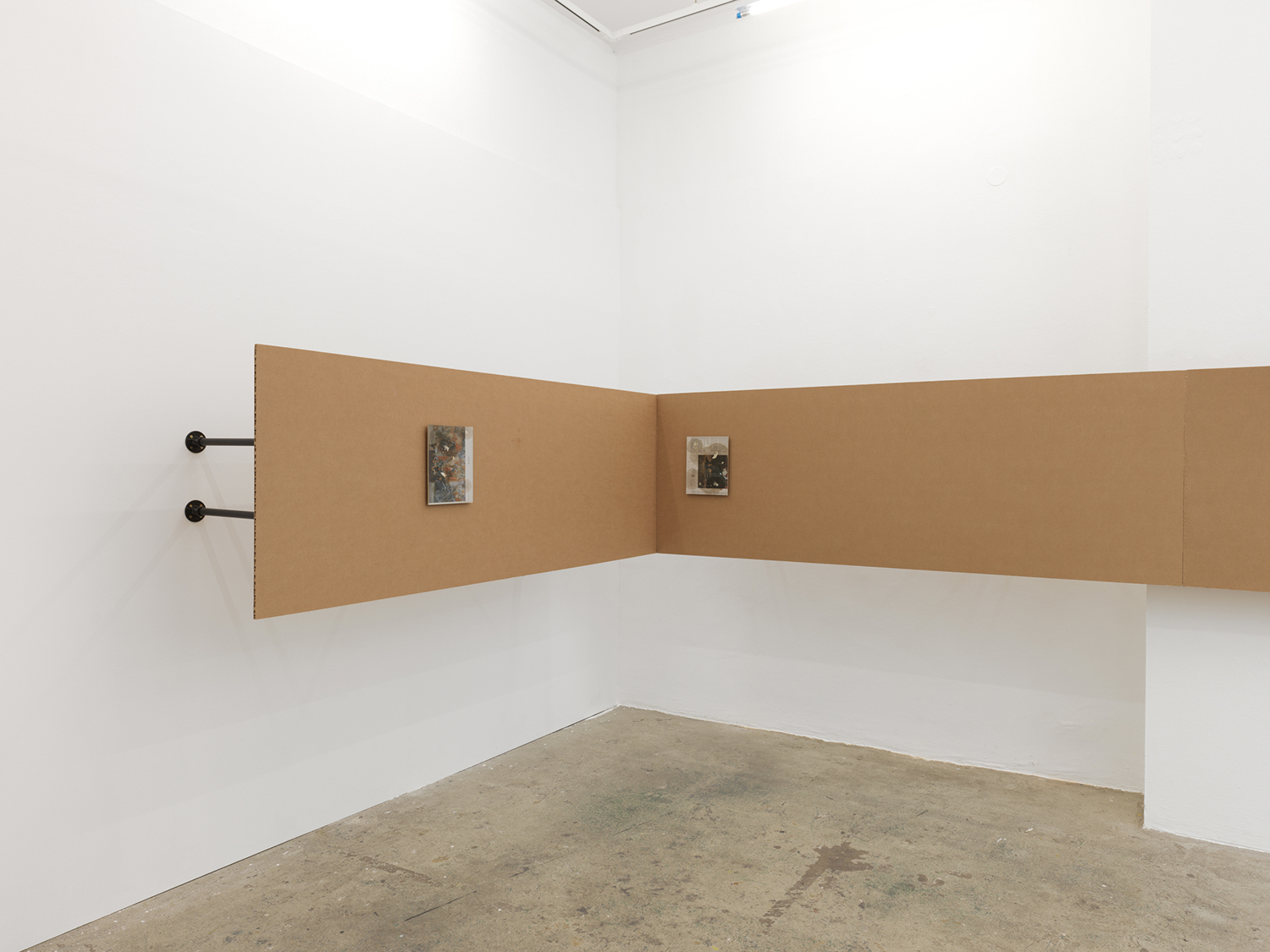

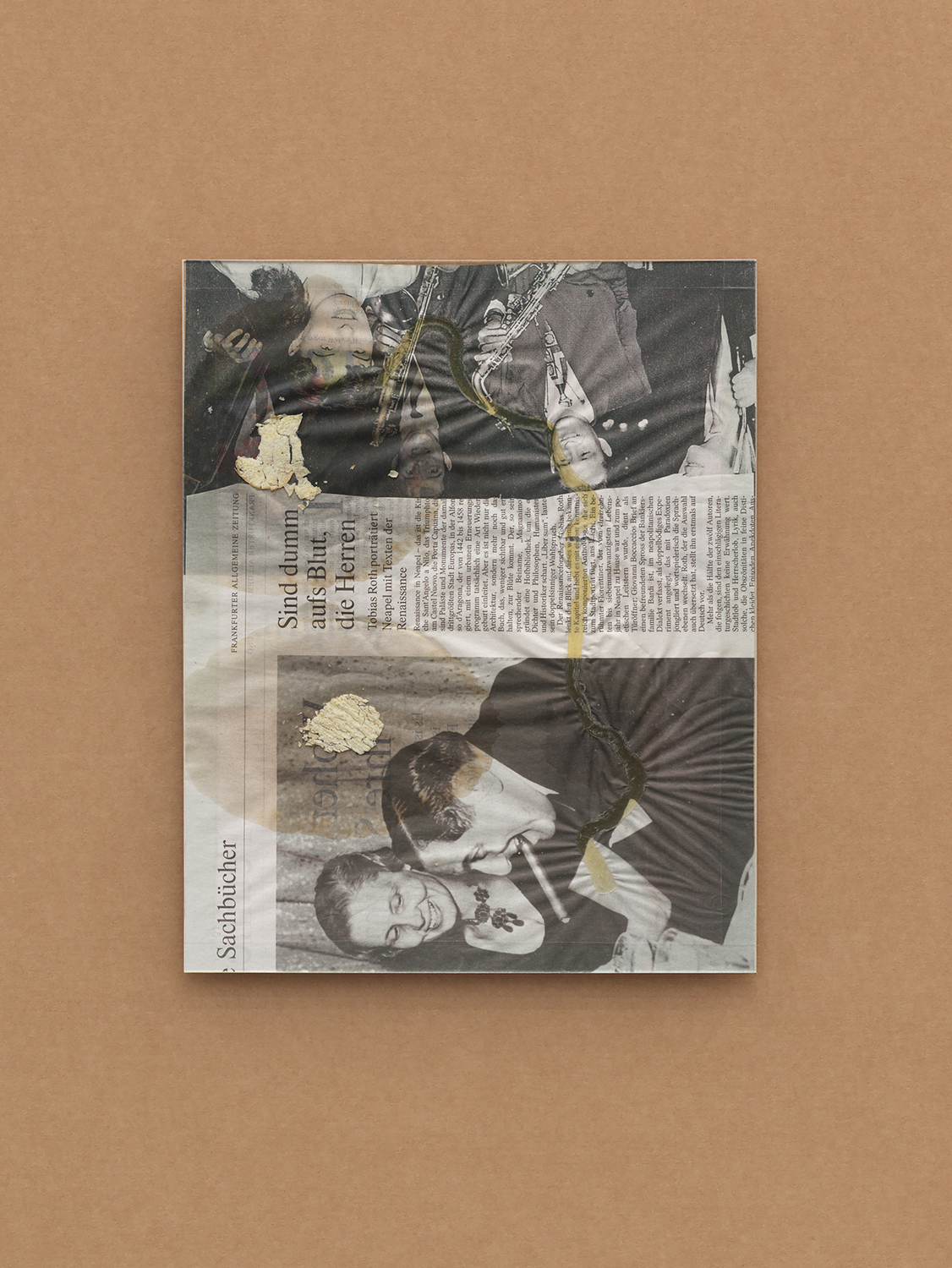
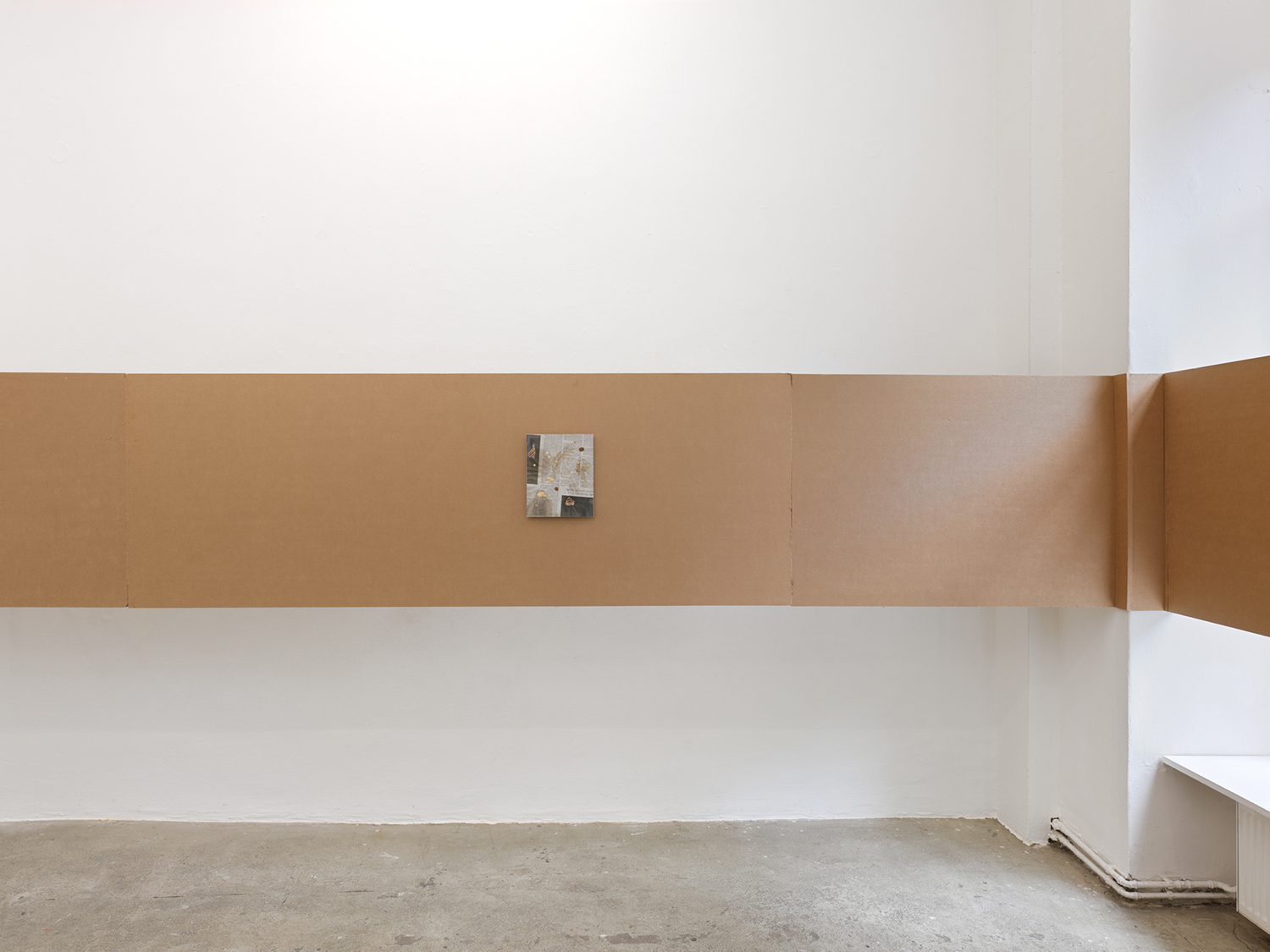
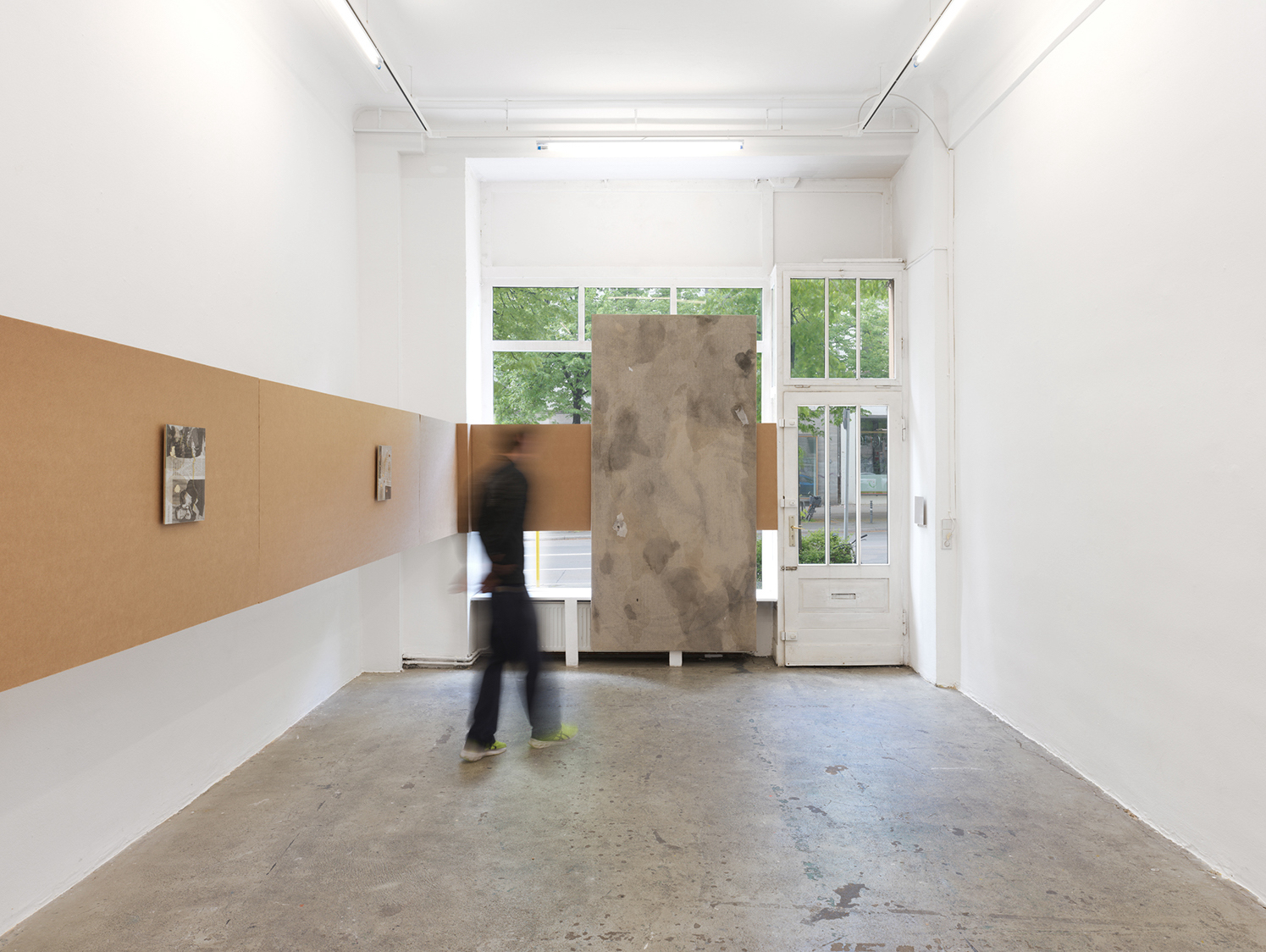
011.
Solo exhibition at Super Super Markt
Berlin, Germany
Text by Esmeralda Gómez Galera
Full documentation and info
“Here Not Today”
2024Solo exhibition at Super Super Markt
Berlin, Germany
Text by Esmeralda Gómez Galera
Full documentation and info
(...) In the exhibition, this series is displayed on a cardboard architecture that turns the gallery into a narrow space, like a corridor that recreates an intimate environment, partially blocking the window light and leading us to a frontal encounter with the painting Refraction (Hand in diminuendo) (2024). This architecture, along with the contrast in size between the works, makes us aware of the necessary distance to approach and read them. While the linen work demands distance and the image reveals itself better the further away one goes from it, the smaller works on paper demand, in the artist’s words, “that you get closer and closer, almost until your nose touches the glass”.
However, the process and its traces reveal how there is something of both in the two. What to hide and what to show? How far can we go in abstracting a figure so that it remains recognizable?
[Read more]